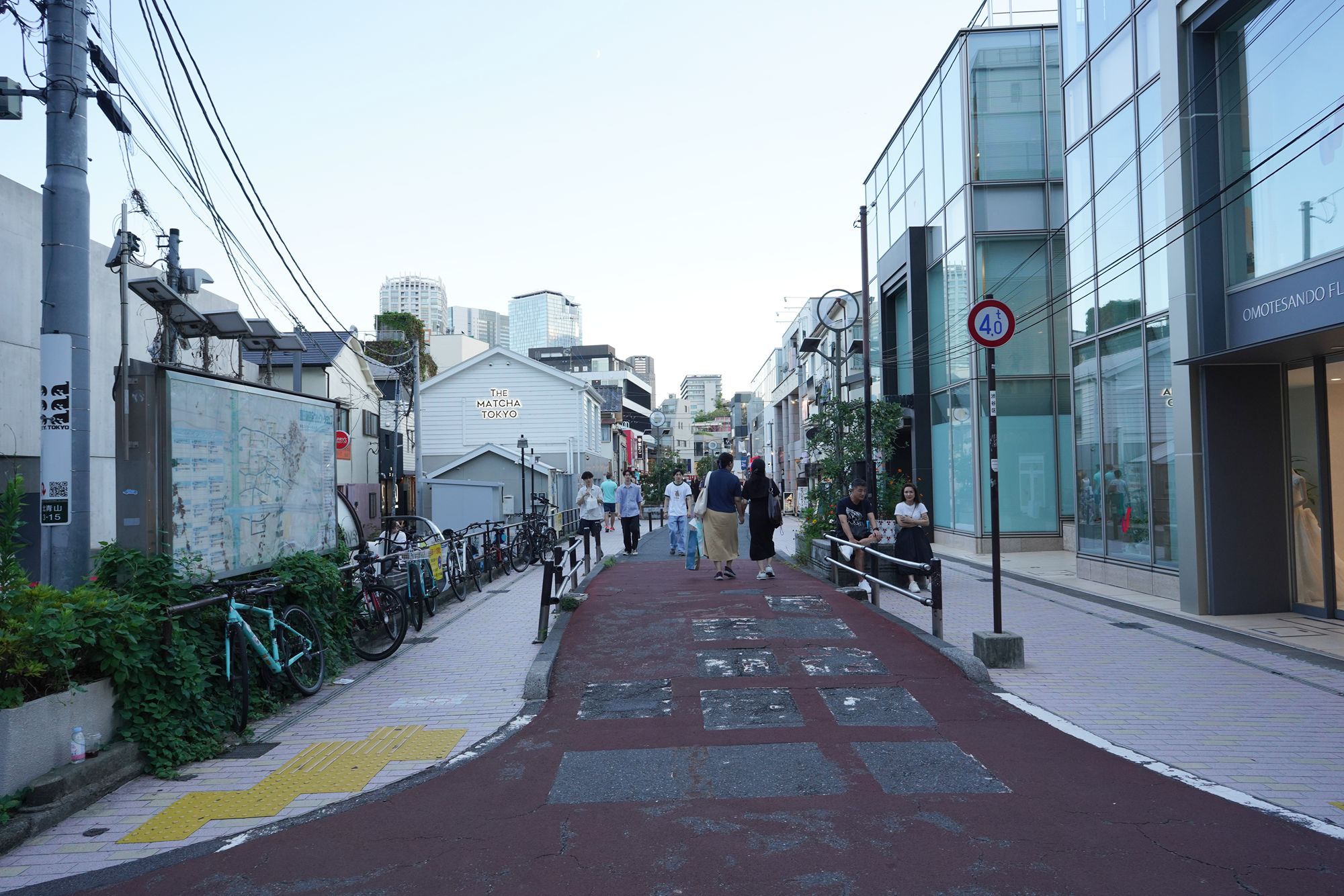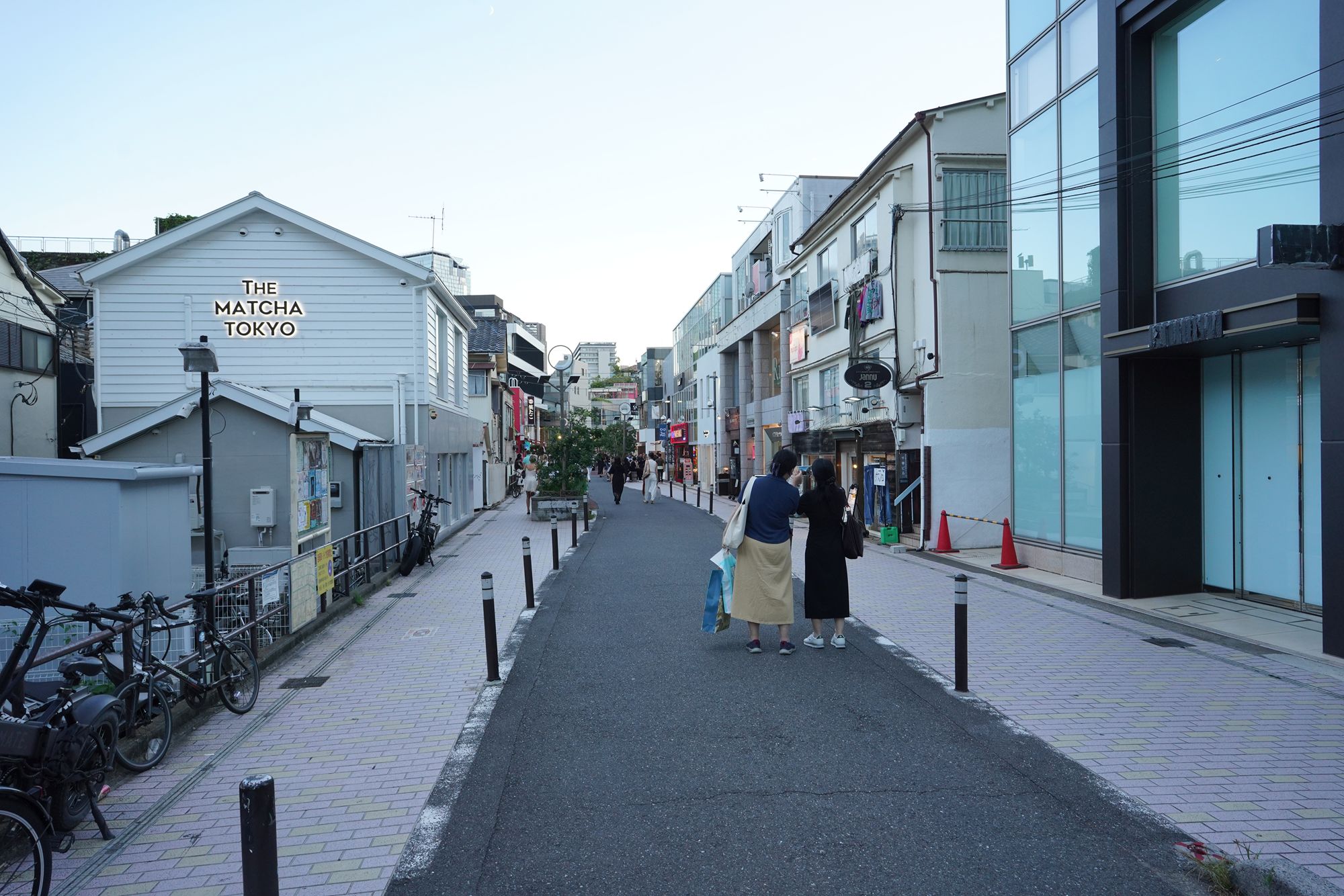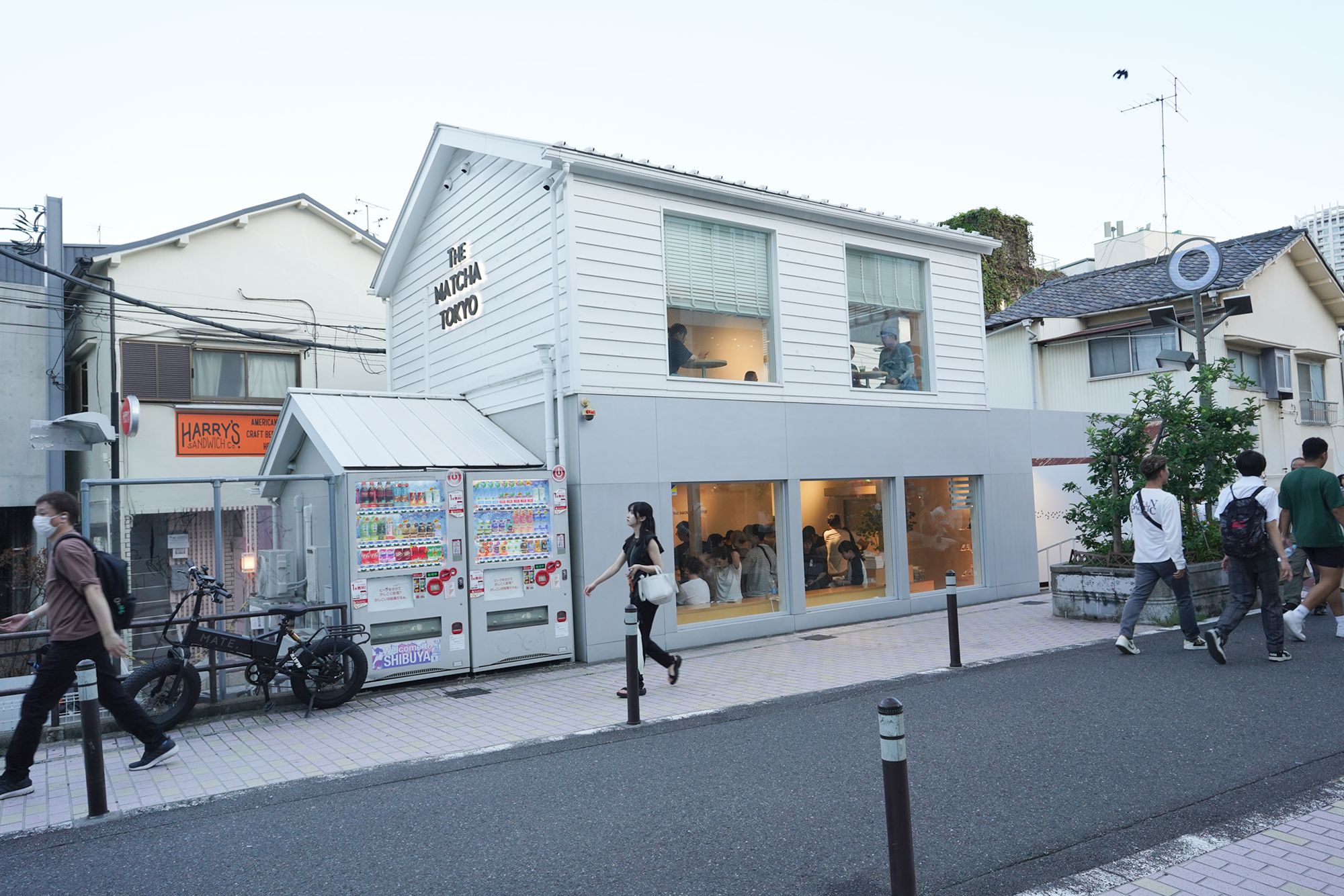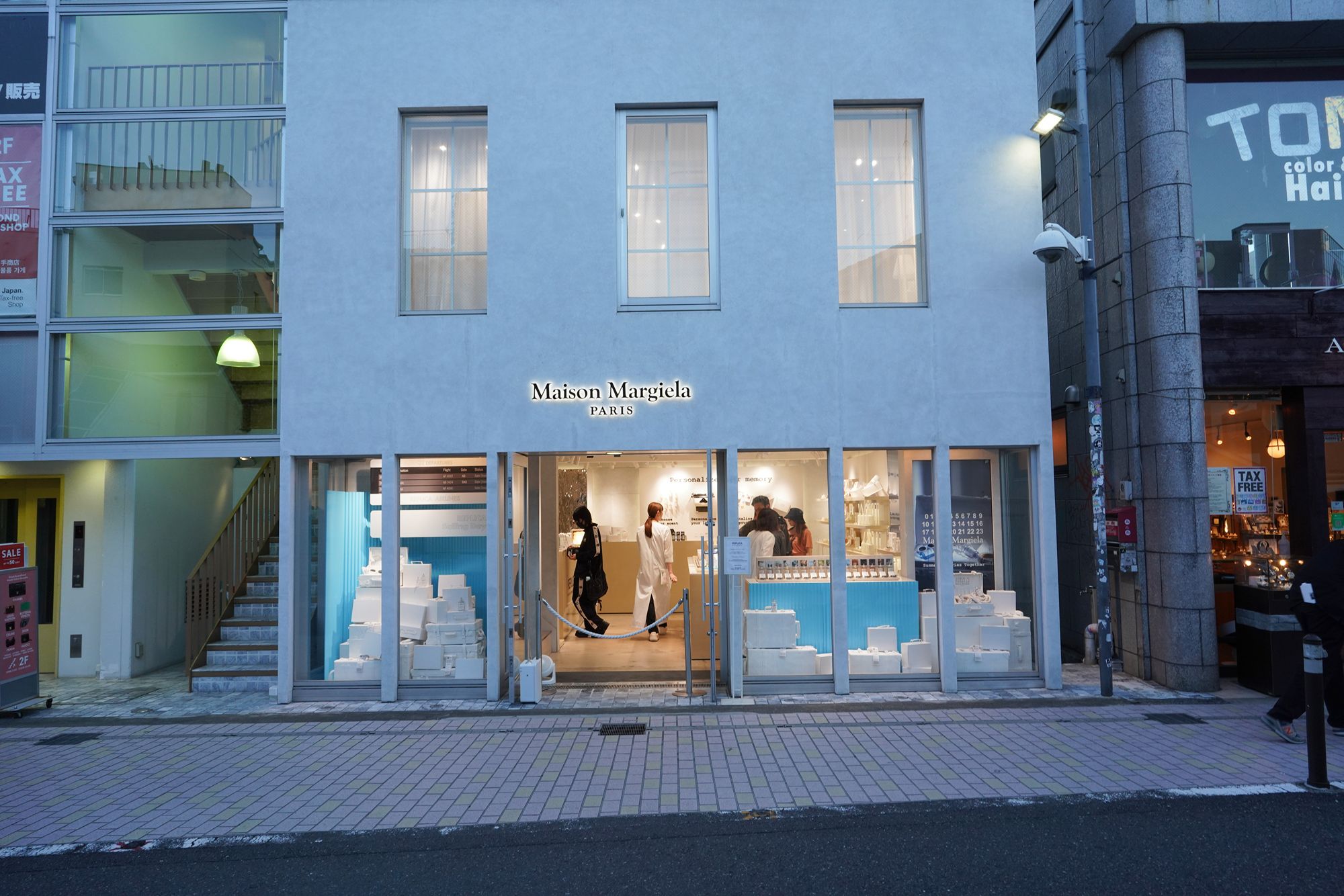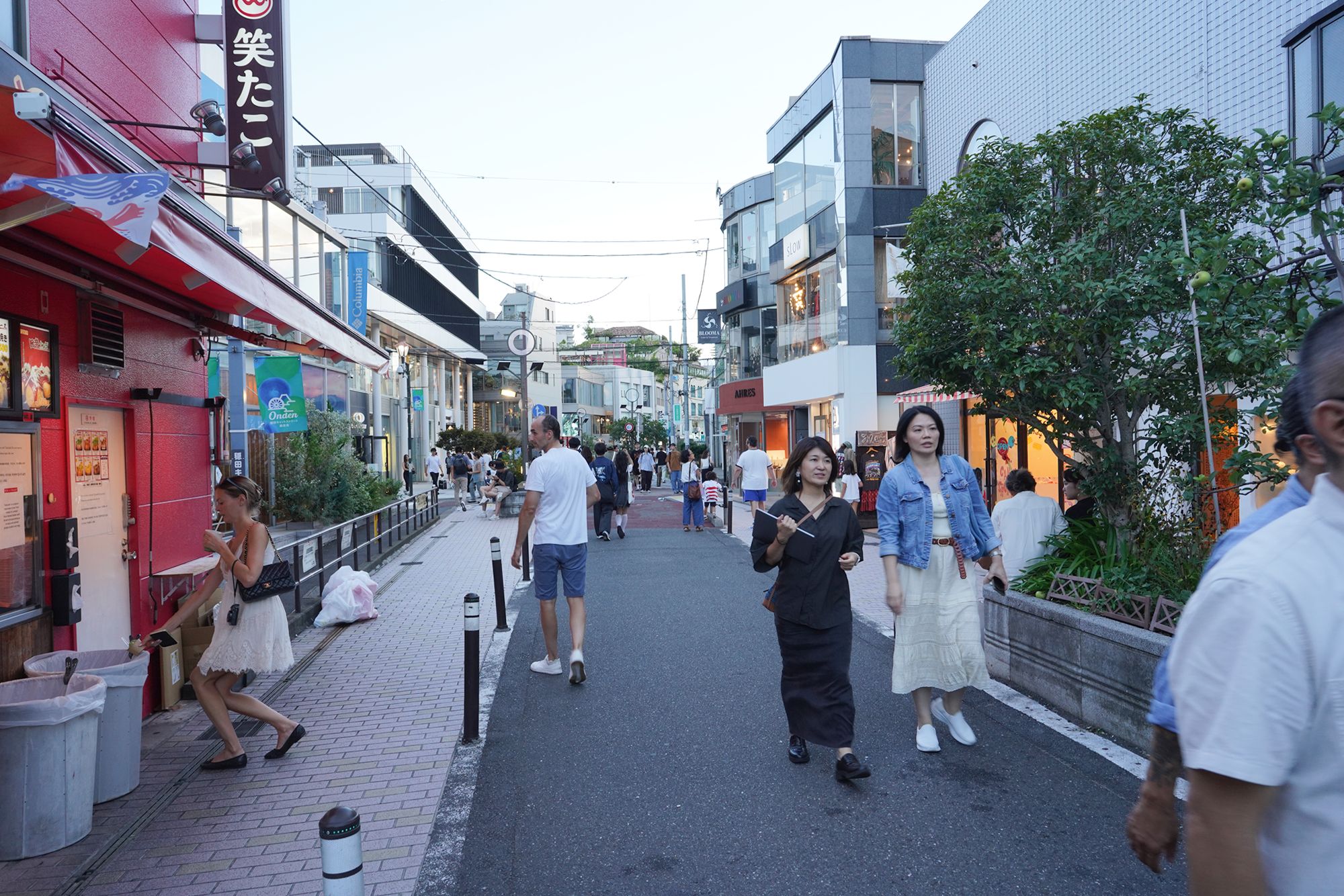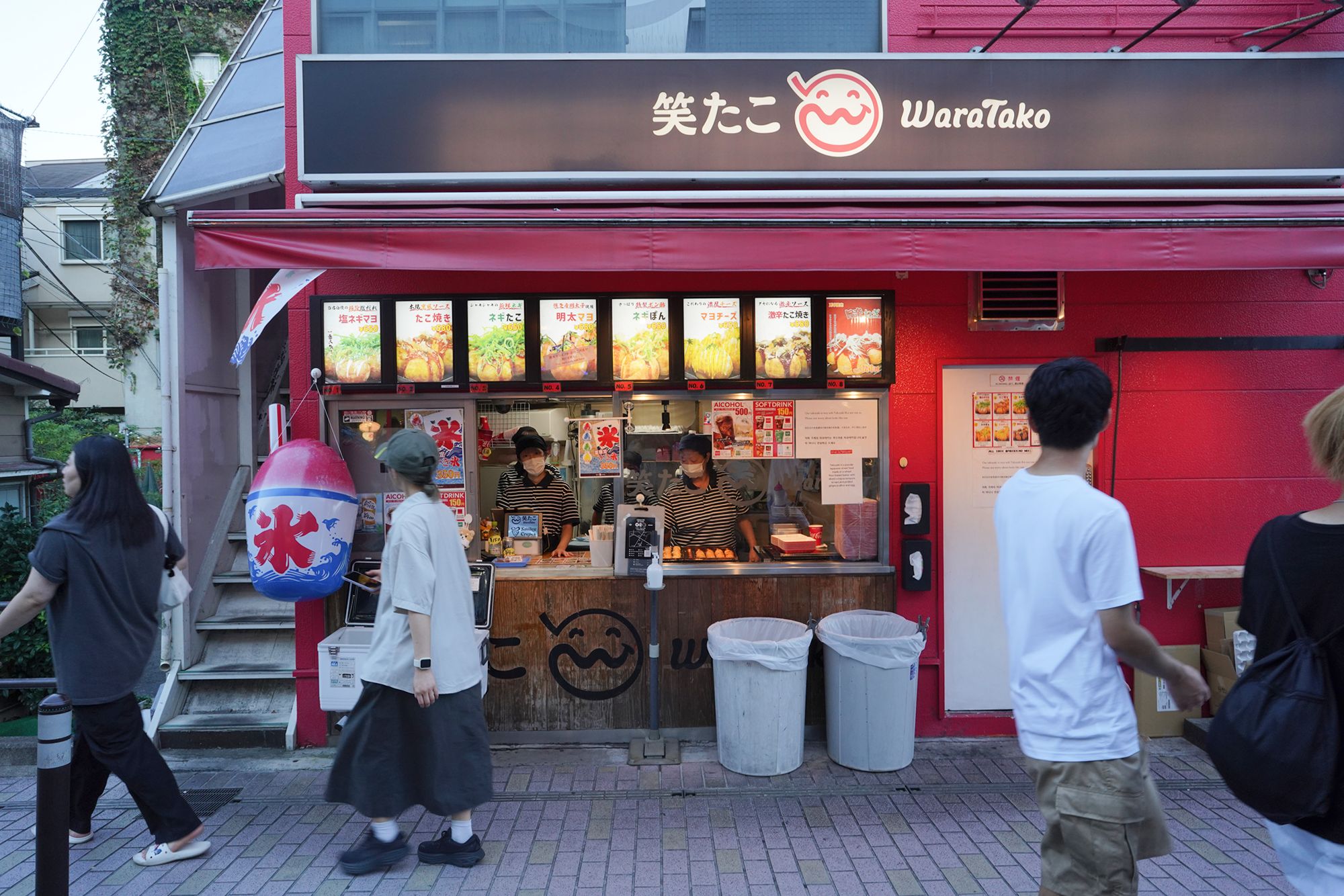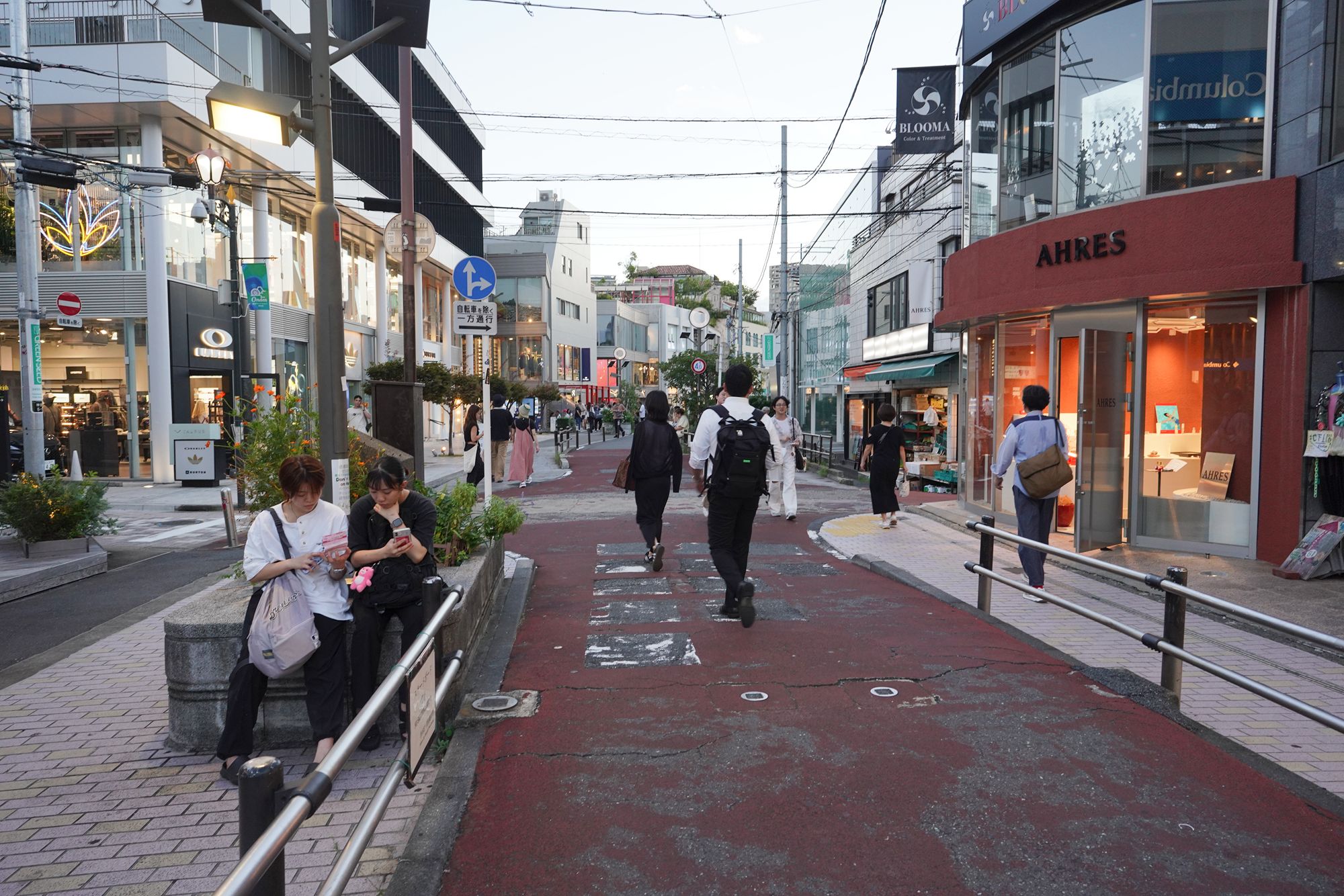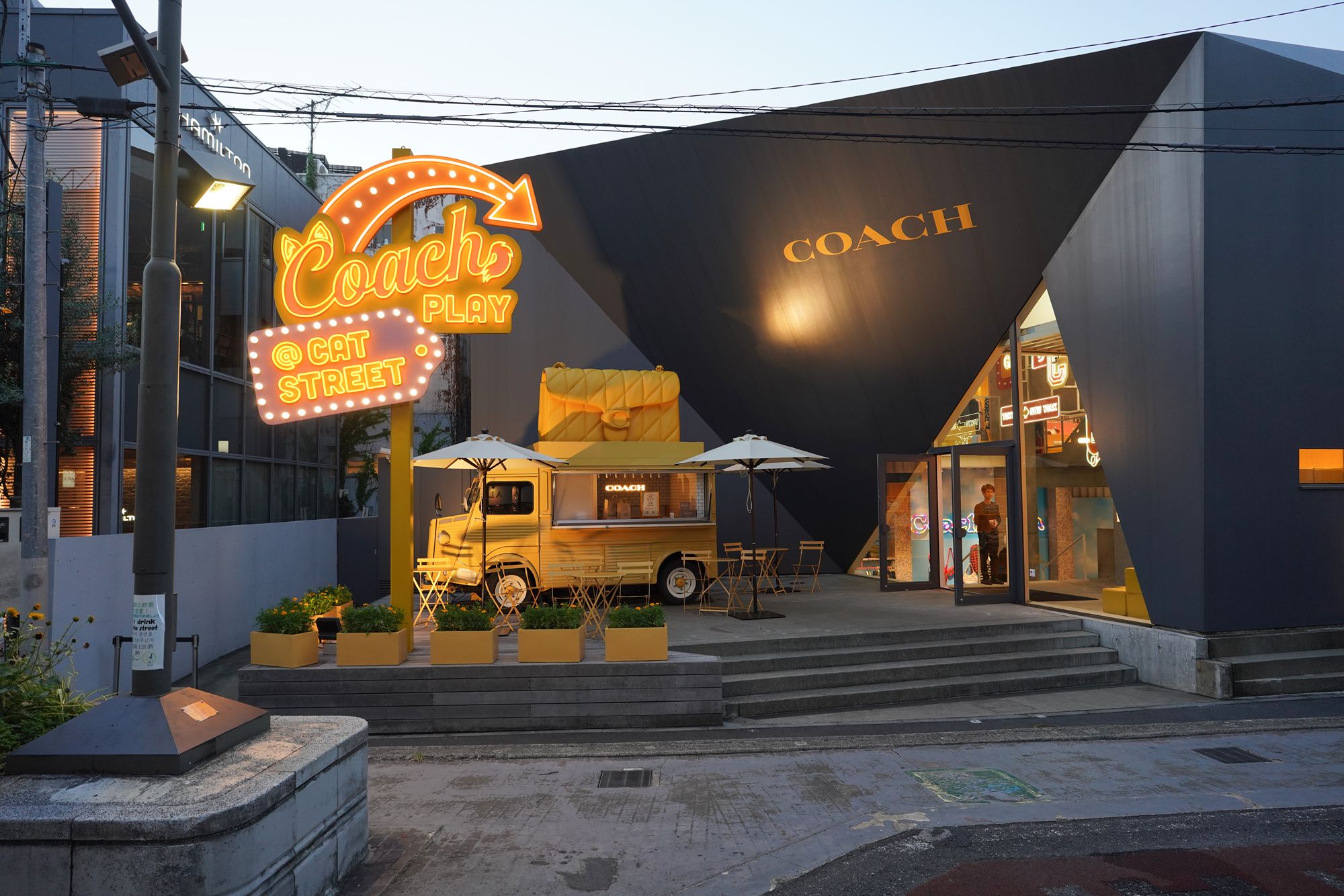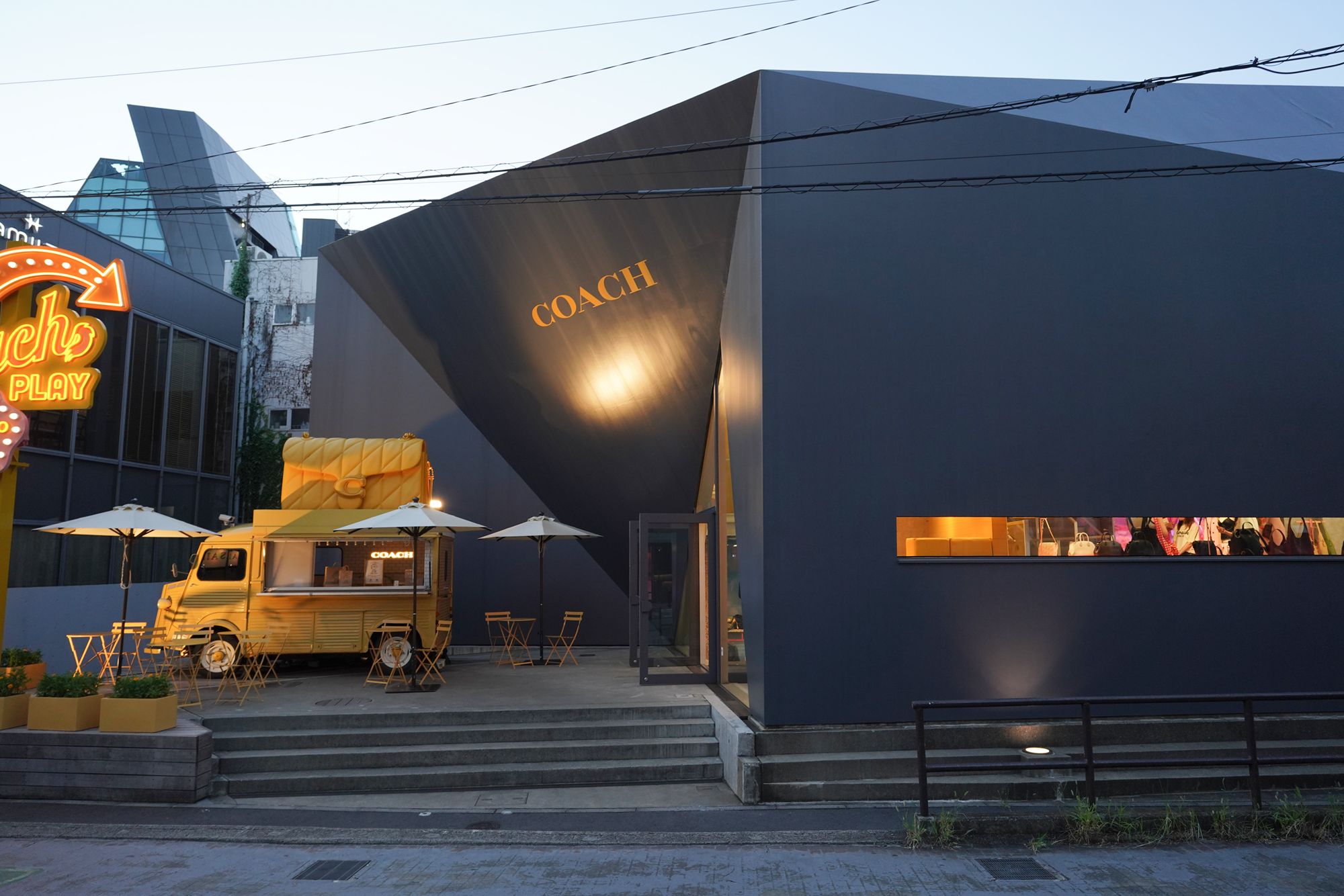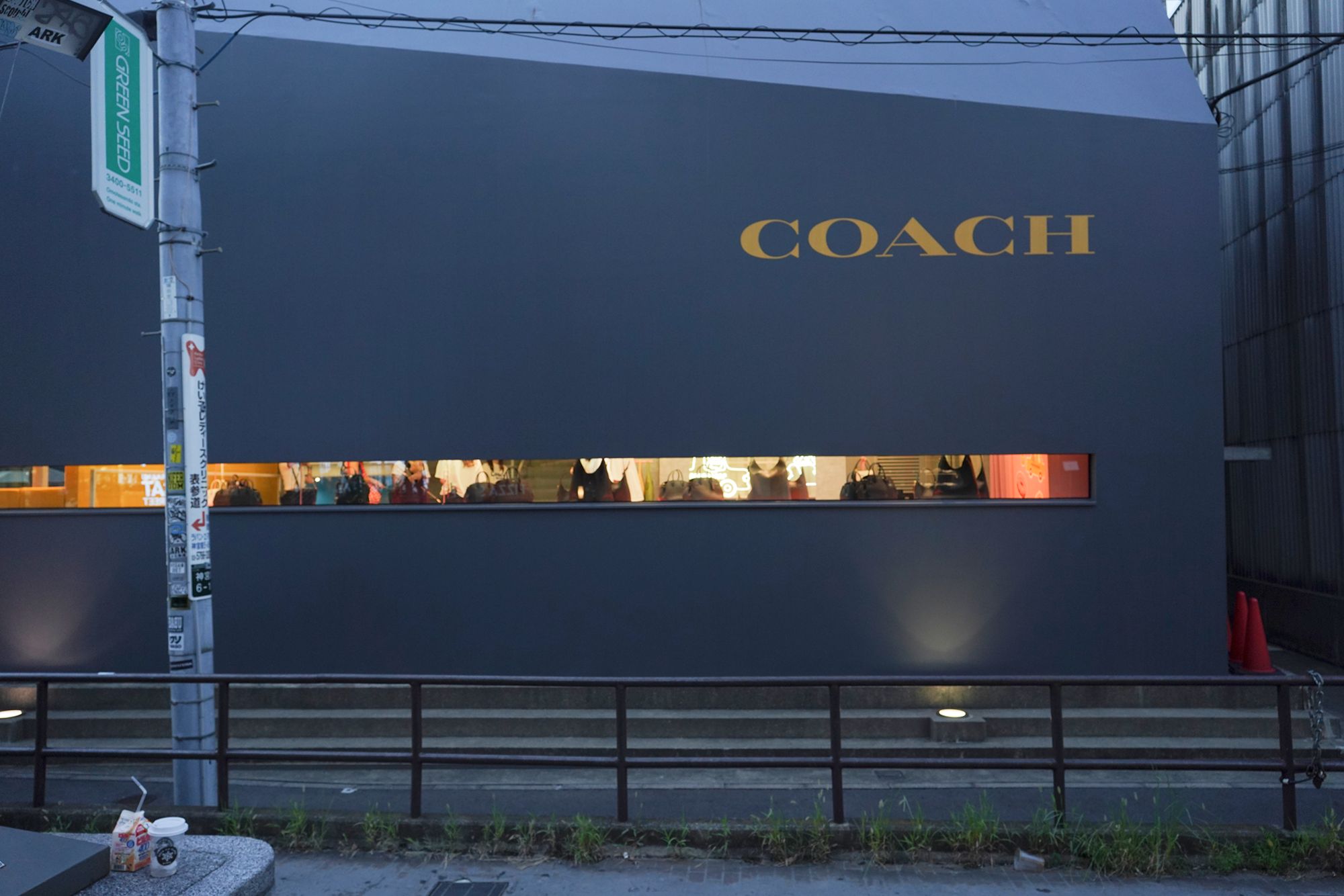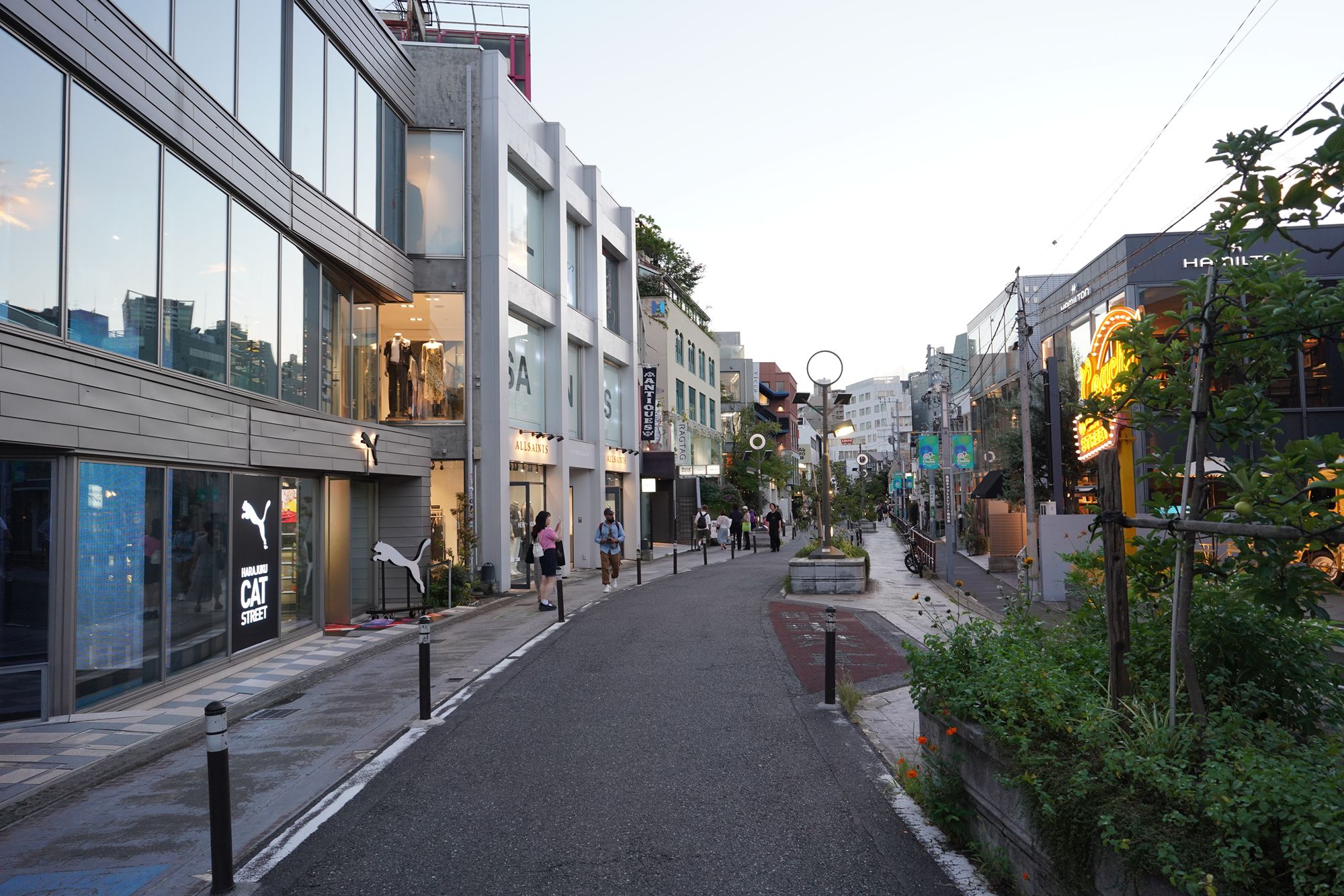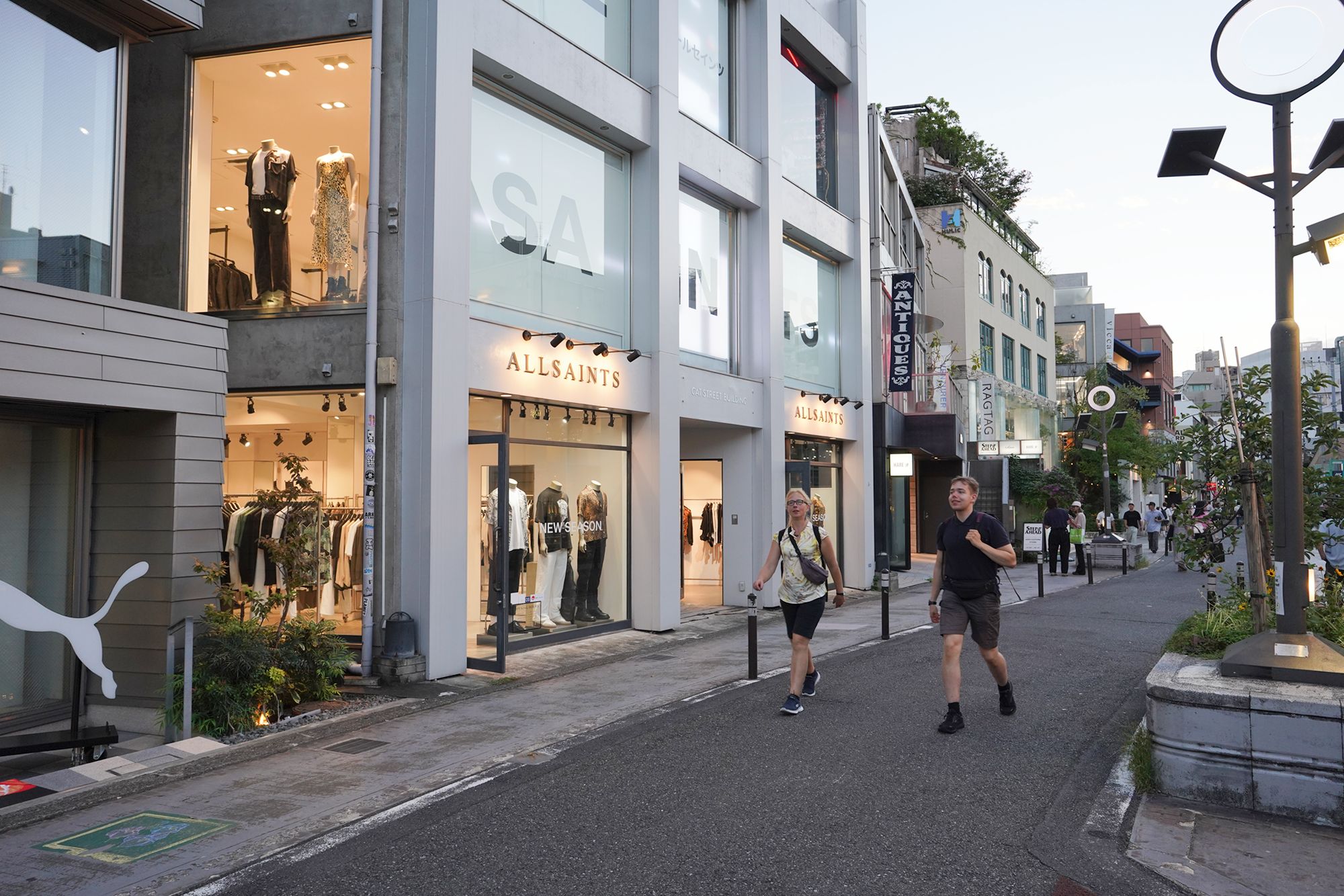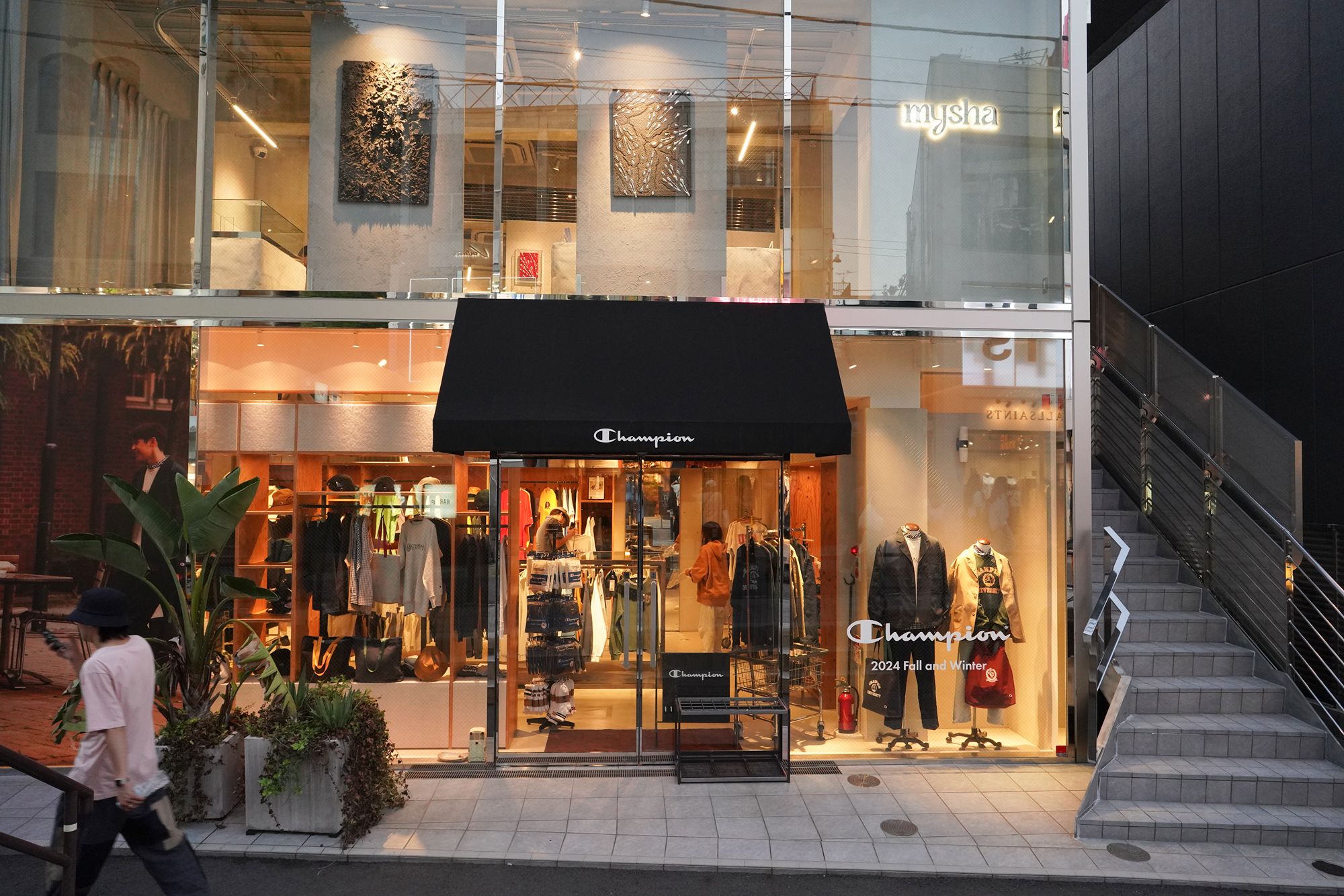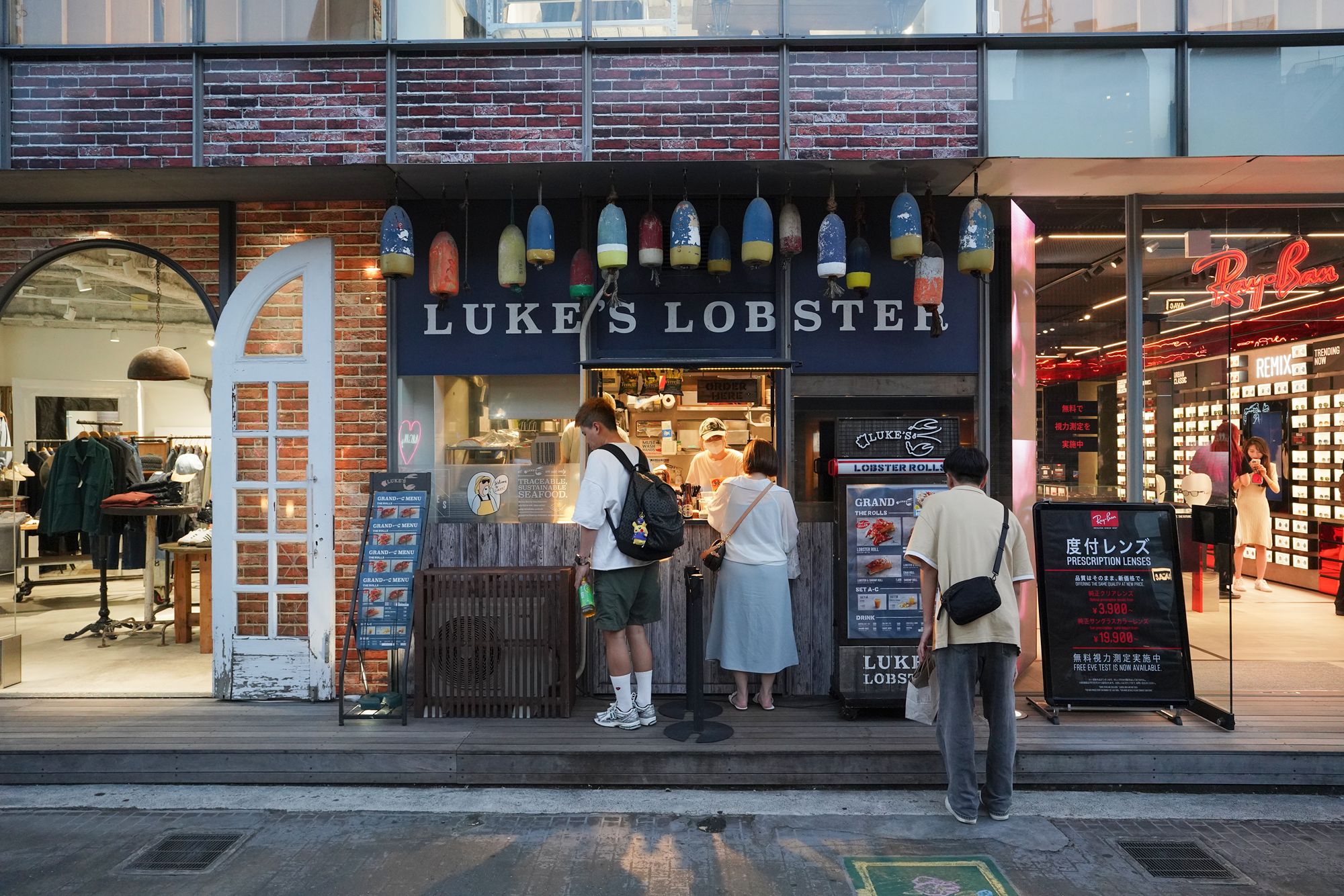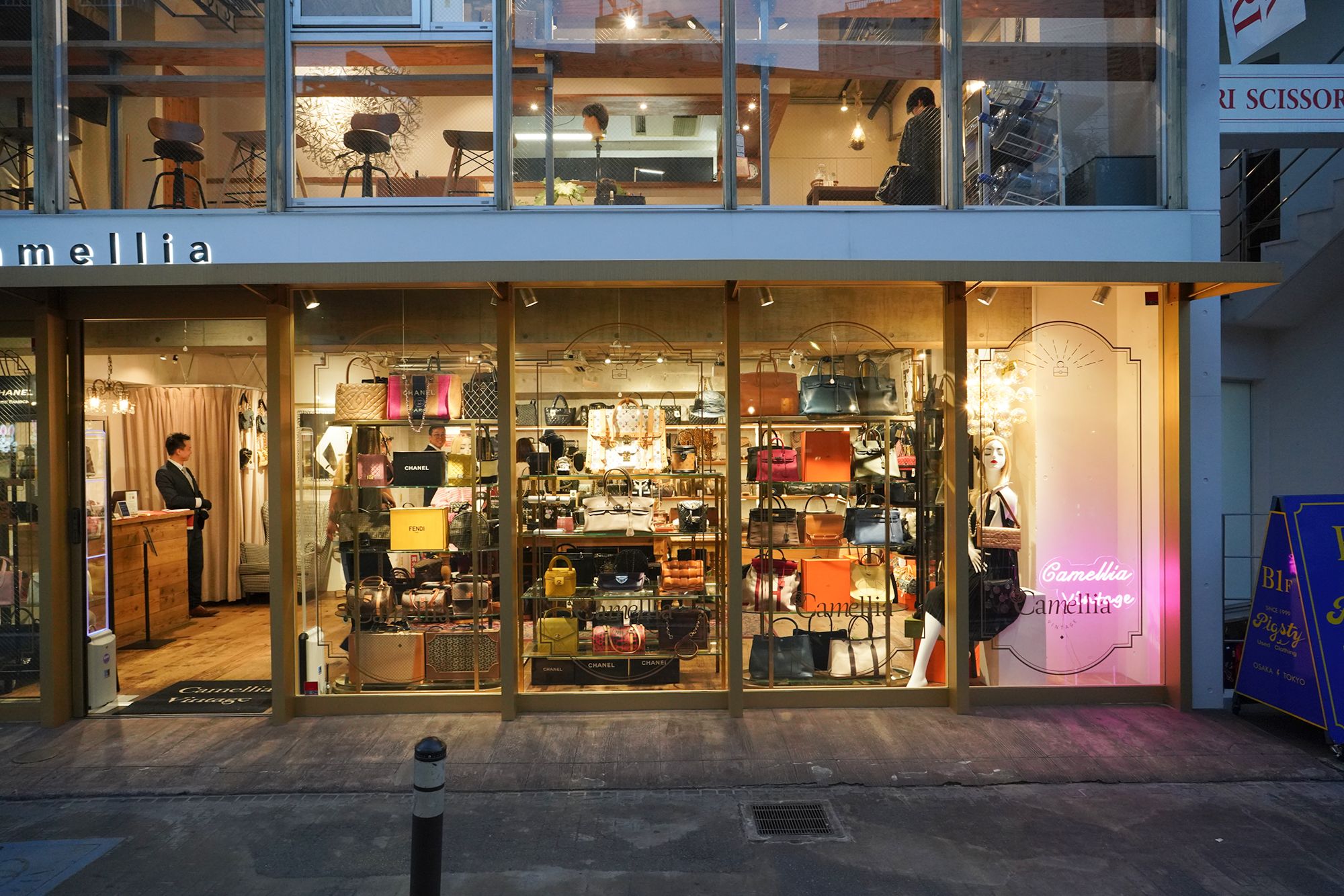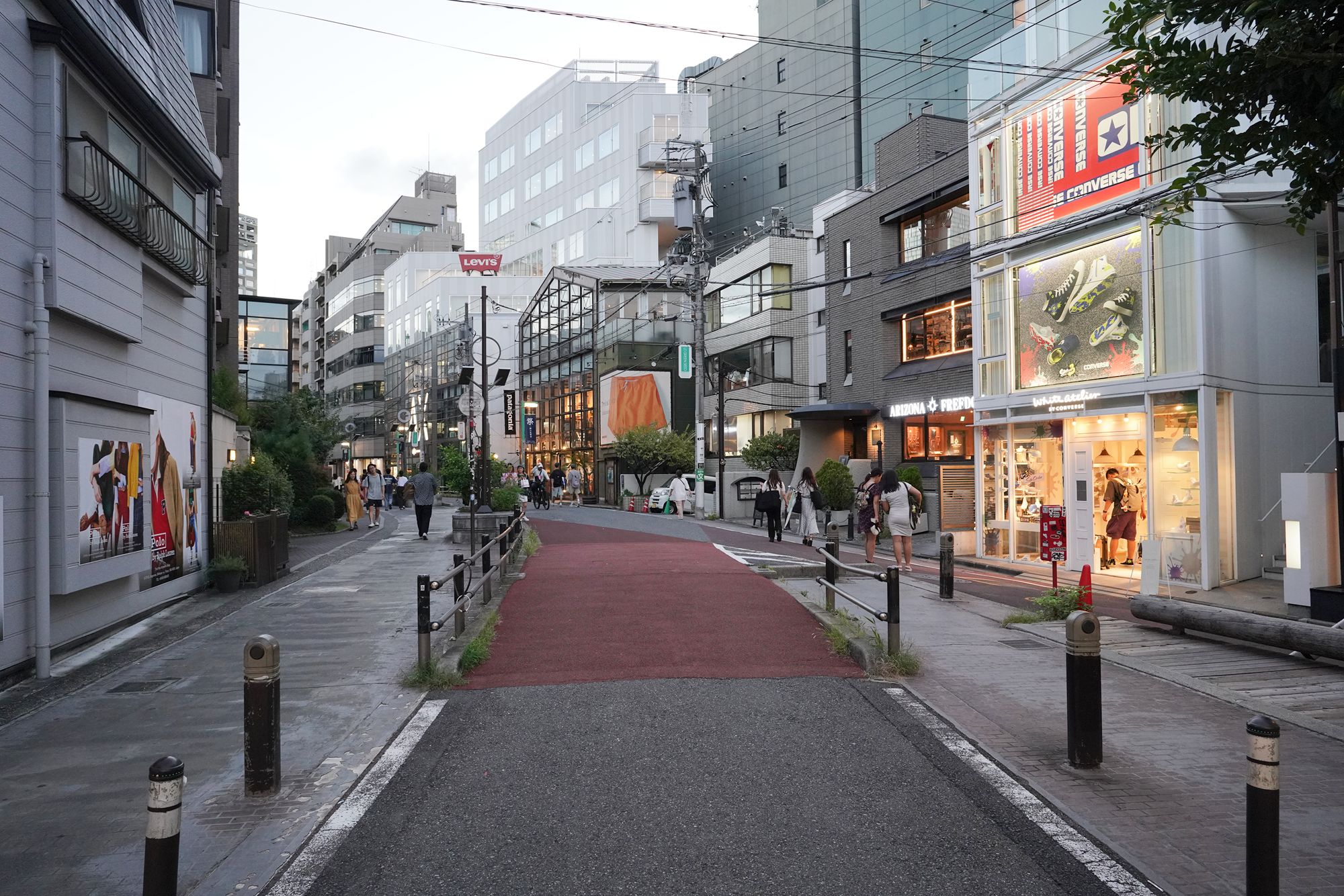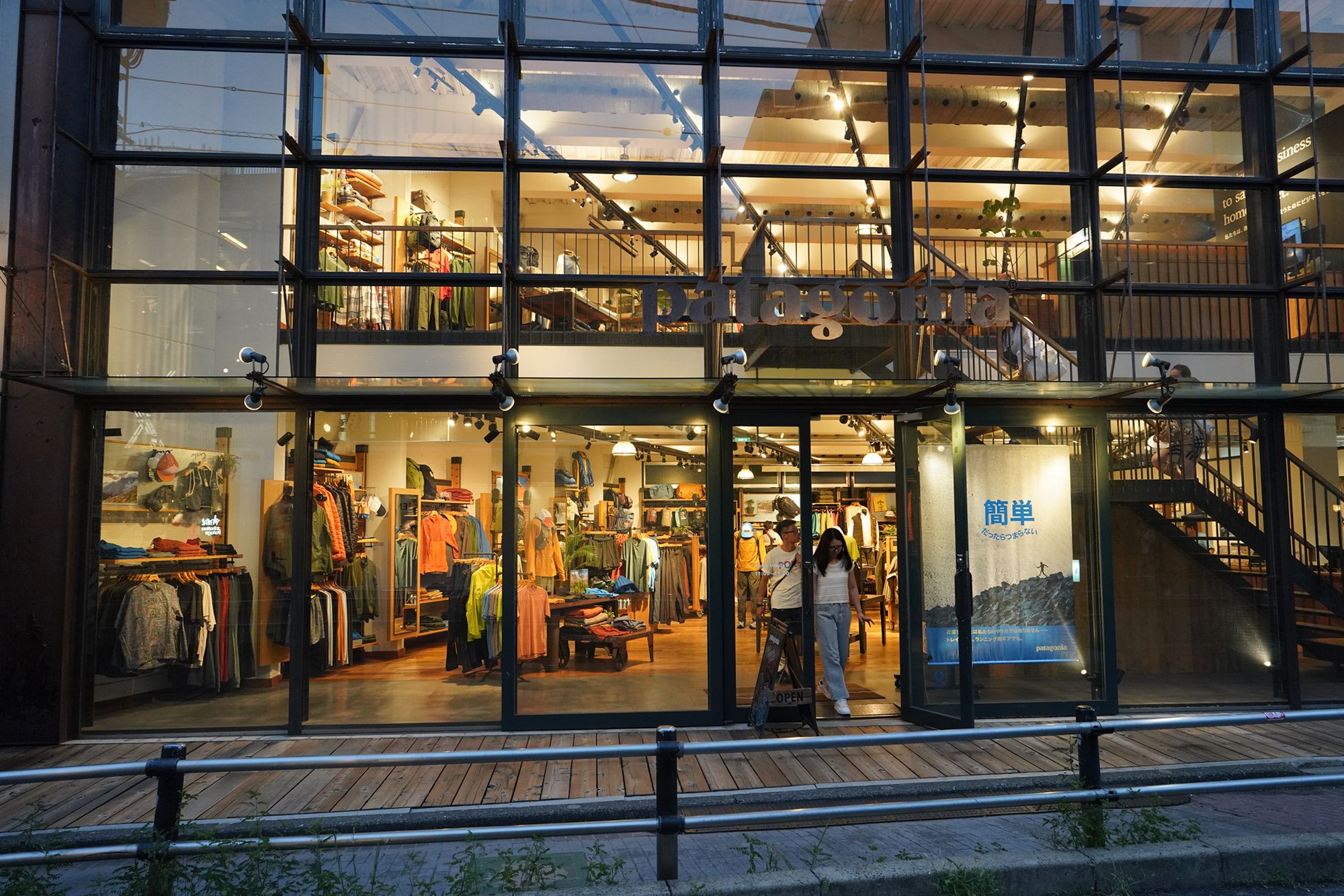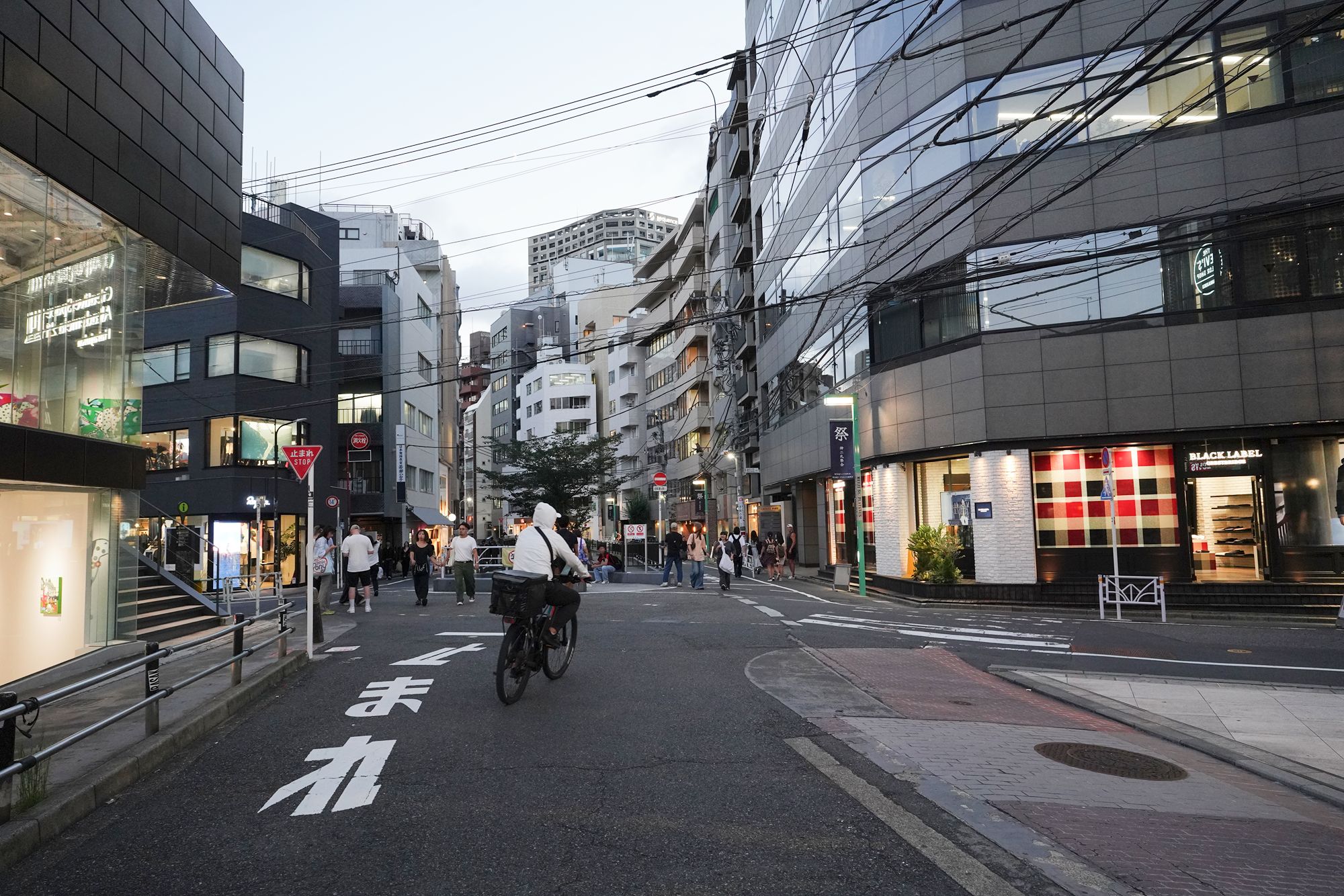Takeshita Street, Meiji Jingu, Omotesando, and Cat Street, Tokyo, Japan
Omotesando is a chic and vibrant district in Tokyo, often referred to as Tokyo’s Champs-Élysées. Meiji Jingu is one of Tokyo’s most iconic Shinto shrines. 978
Meiji Jingu: 1-1 Yoyogikamizonocho, Shibuya City, Tokyo 151-8557, Japan
Omotesando Hills: 4 Chome-12-10 Jingumae, Shibuya City, Tokyo 150-0001, Japan
Cat Street: 6-chōme-7 Jingūmae, Shibuya City, Tokyo 150-0001, Japan
Date Picture Taken: September, 2024
Omotesando is known for its tree-lined avenue, luxury shopping, cutting-edge architecture, and refined dining, it’s a must-visit destination for fashion enthusiasts and culture seekers.
But before going to Omotesando Main Street, I stopped at Takeshita Street, a nearby location, to see it first.
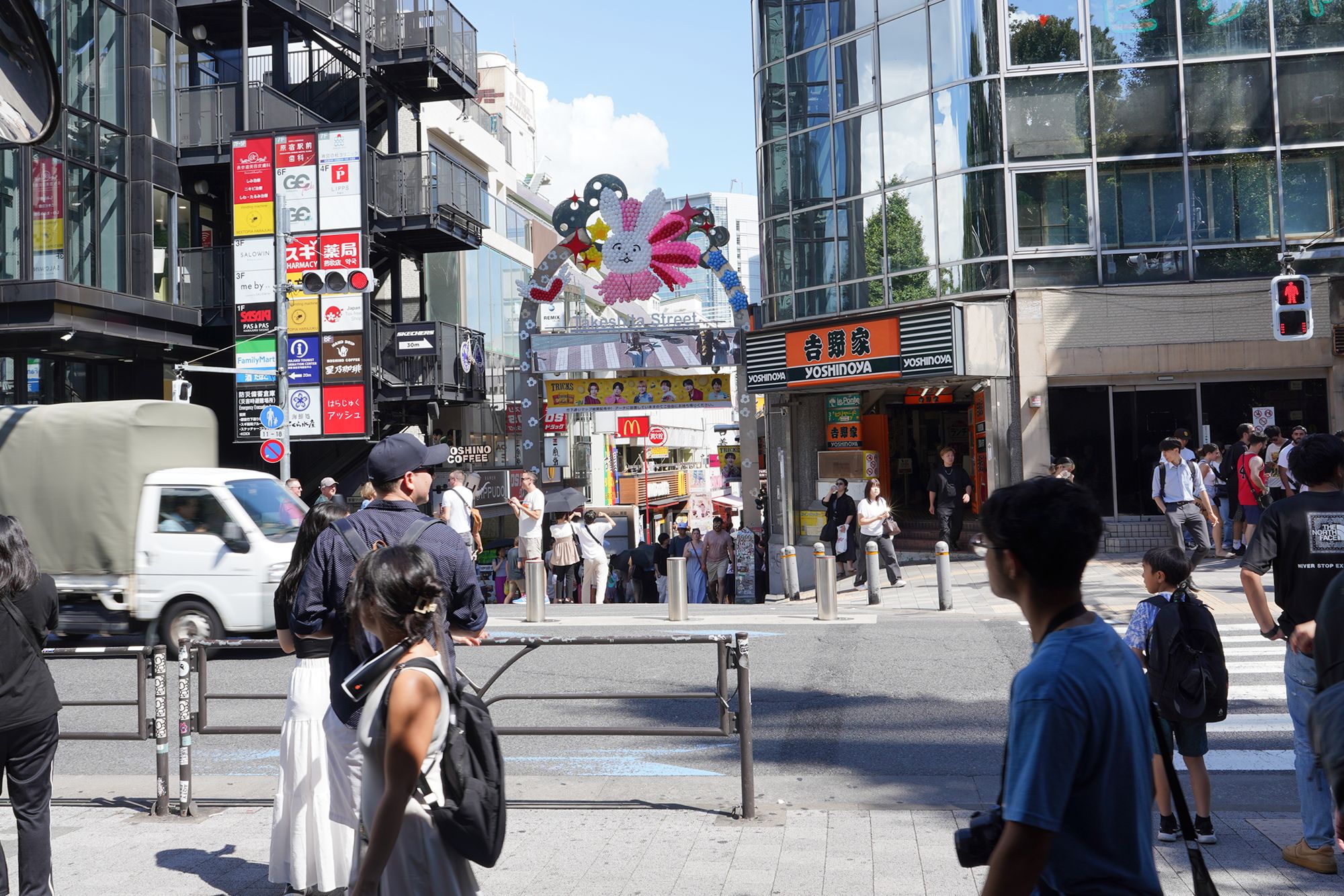
The entrance to Takeshita Street. It is a narrow street with youthful energy, quirky fashion, and trendy shops.
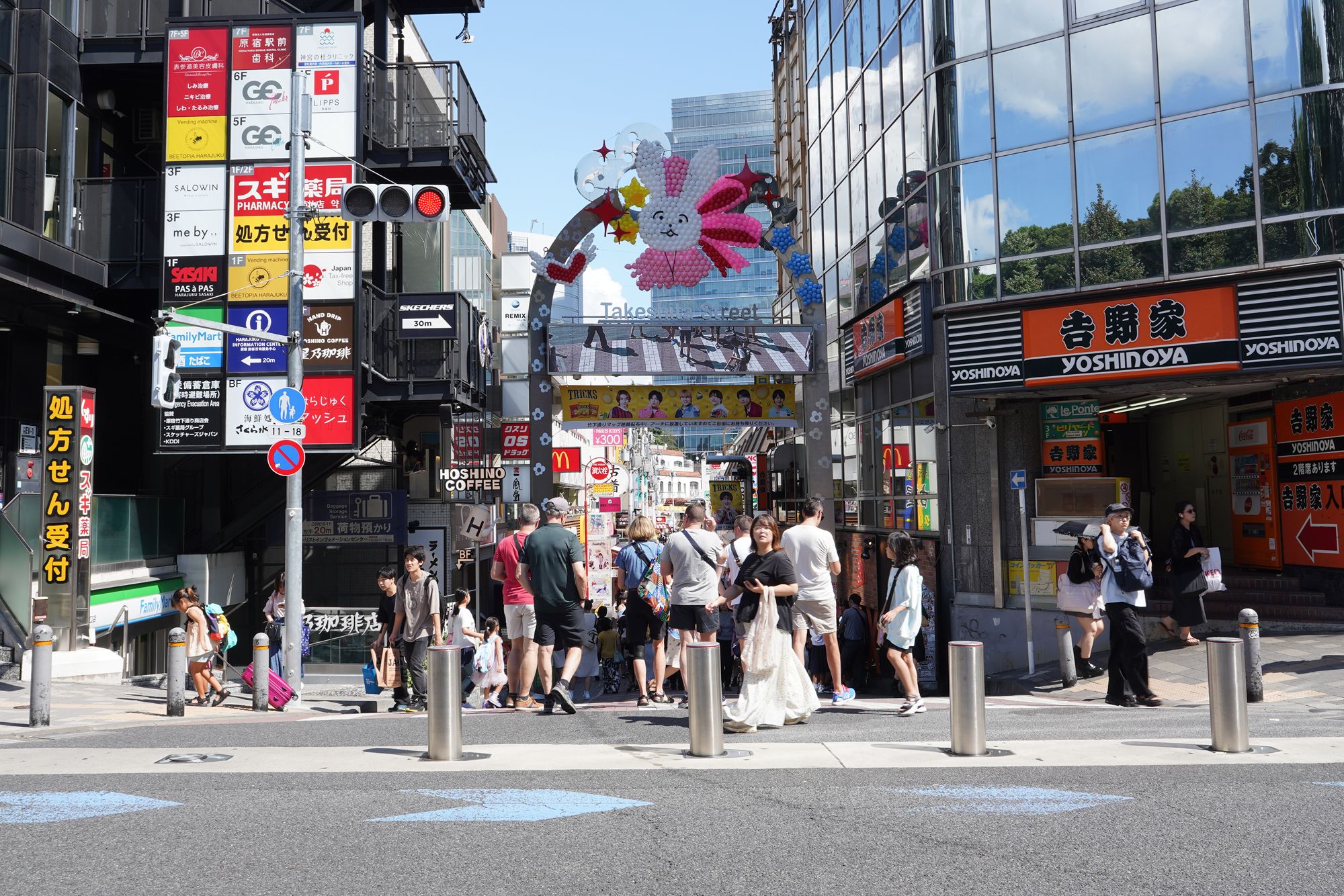

Time for lunch
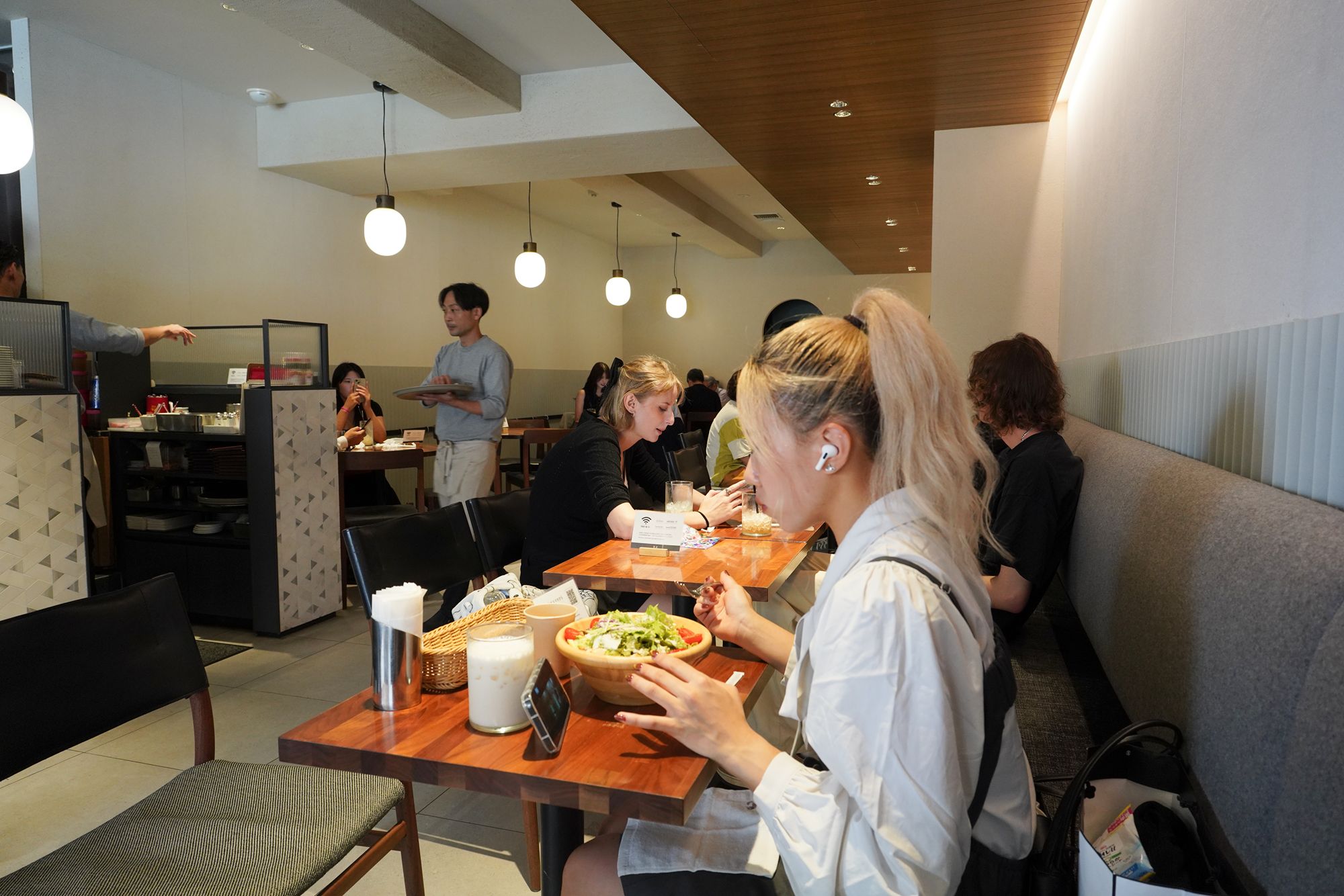

While eating lunch, I changed my mind about seeing Meiji Jingu before Harajuku Street because it is next to Harajuku Street. So I went to Meiji Jingu first.
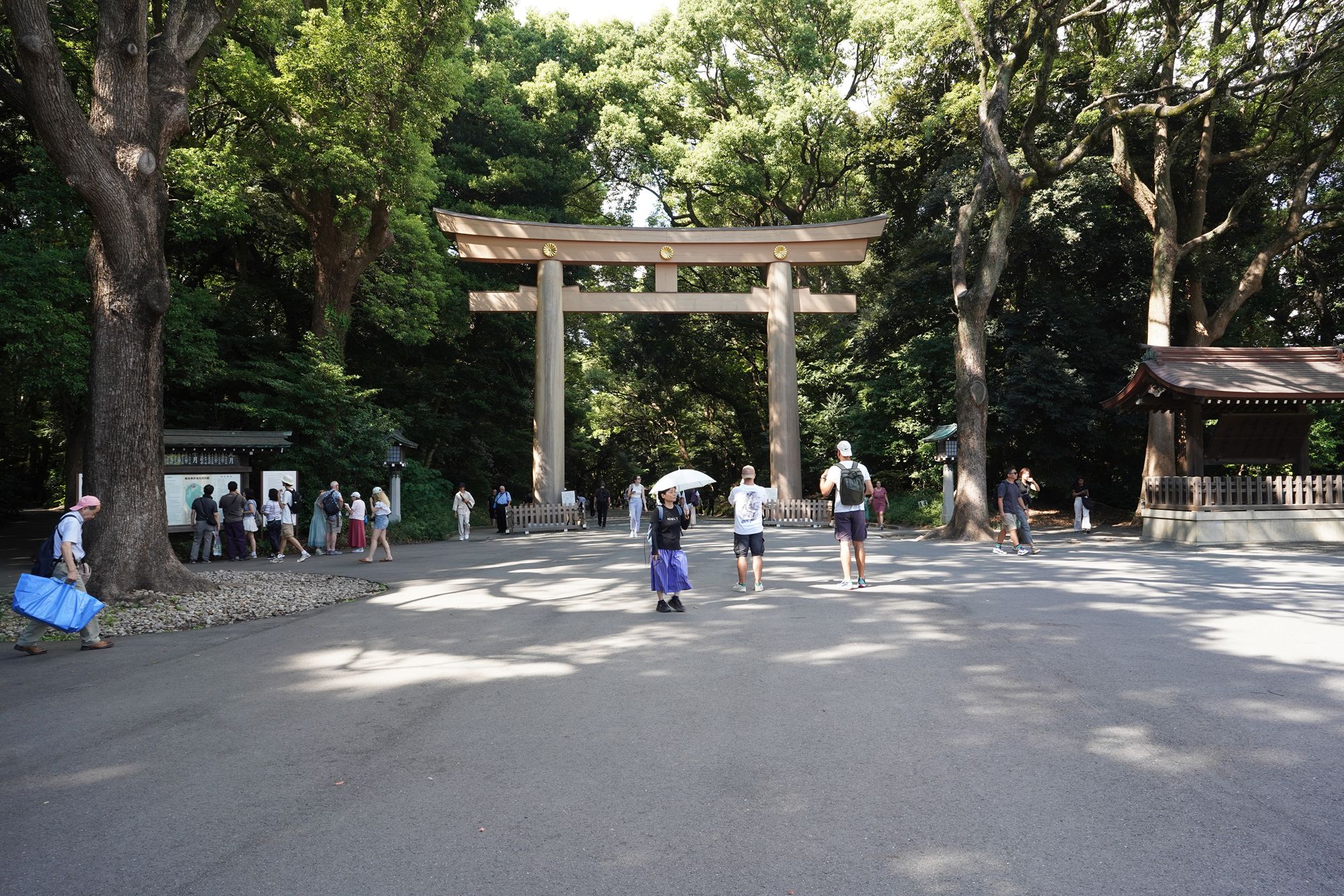
Entered through the towering wooden torii gates at the shrine’s entrance. These impressive gates mark the transition from a bustling city to a sacred space.

The walk from the main gate to the main shrine building is quite long.
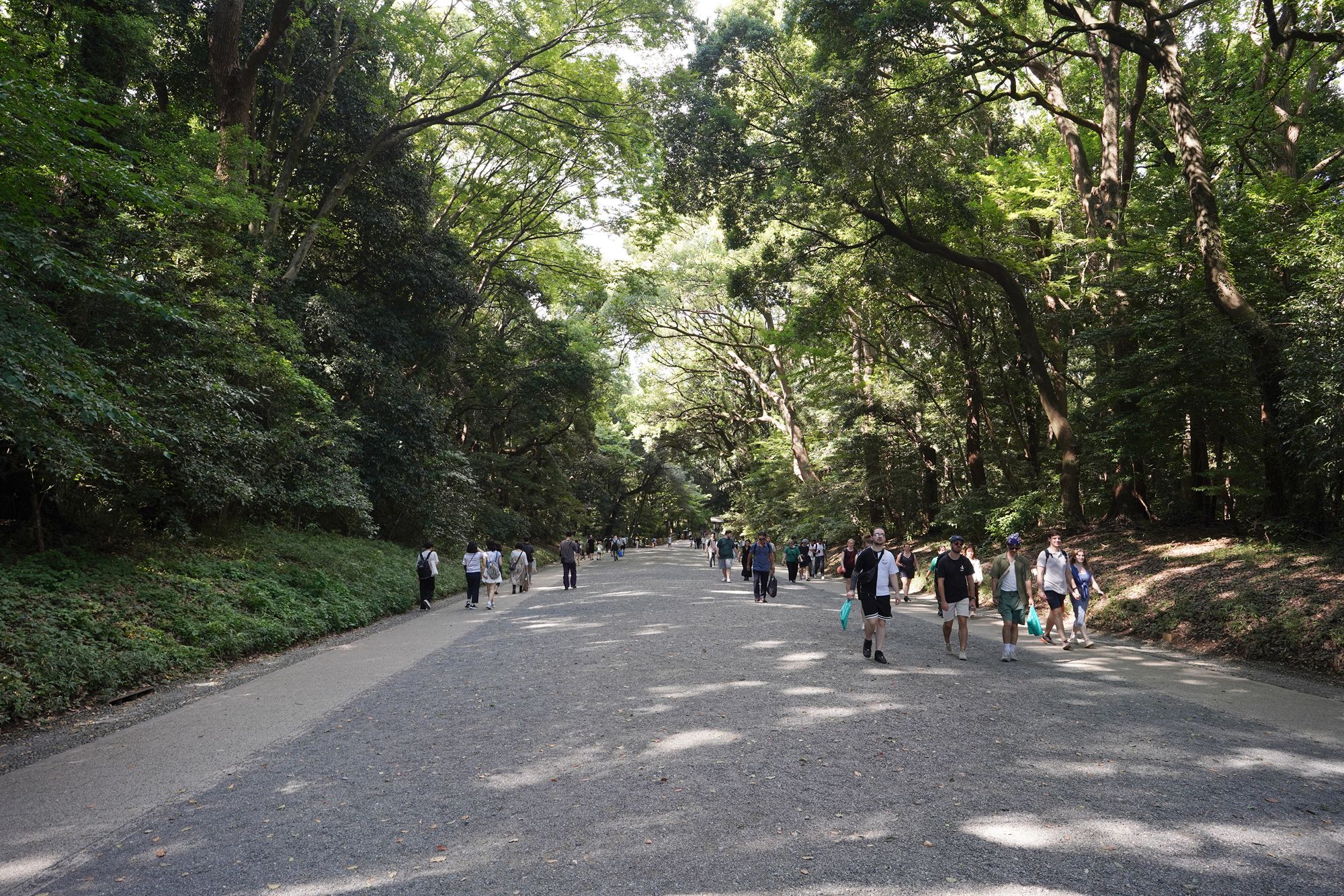
A side street

Dedicated to Emperor Meiji and Empress Shoken, the shrine is a spiritual retreat in the heart of Tokyo, offering tranquility and cultural insight.
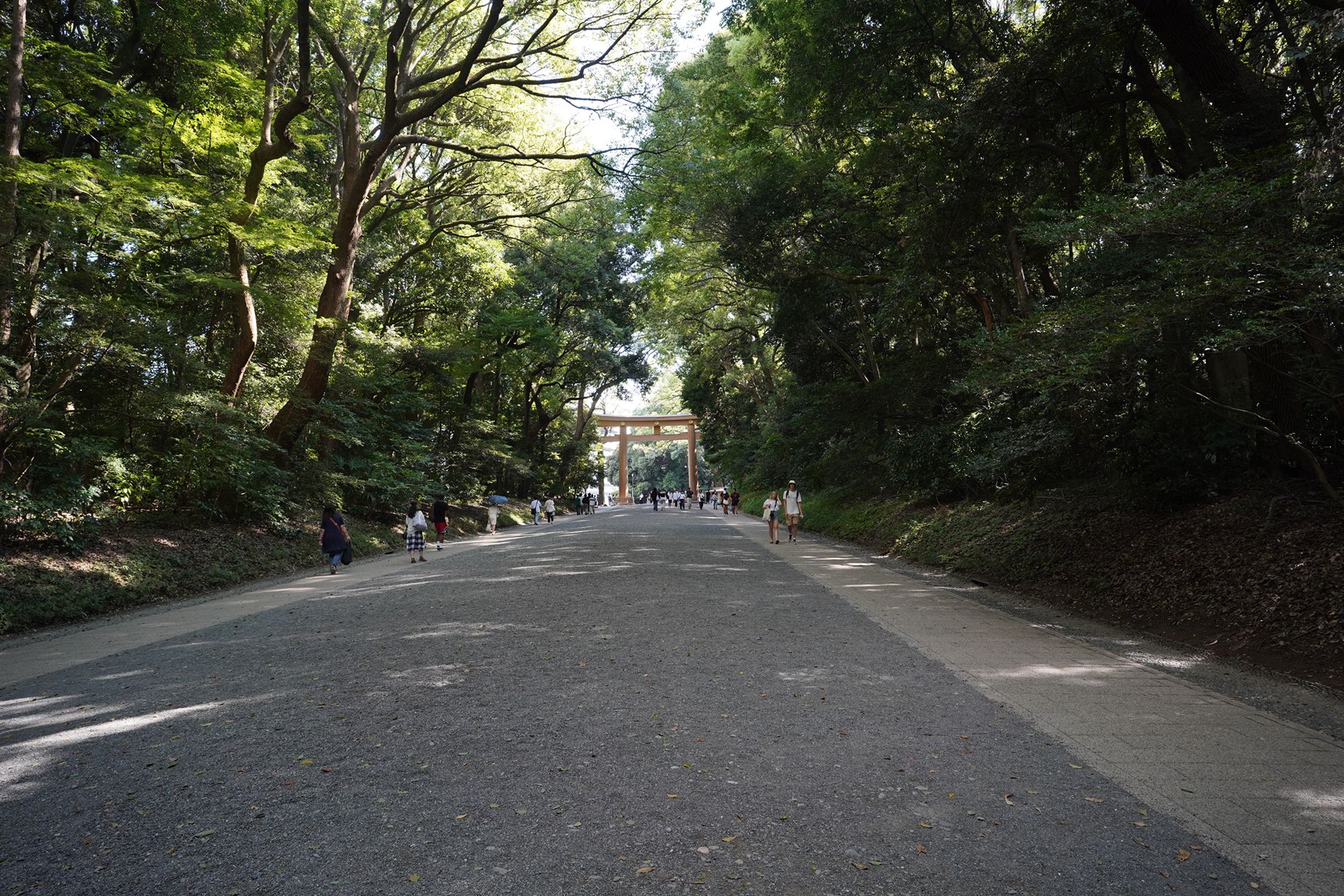

The approach to the shrine is a peaceful gravel path surrounded by over 100,000 trees, creating a natural oasis that blocks out the city’s noise.

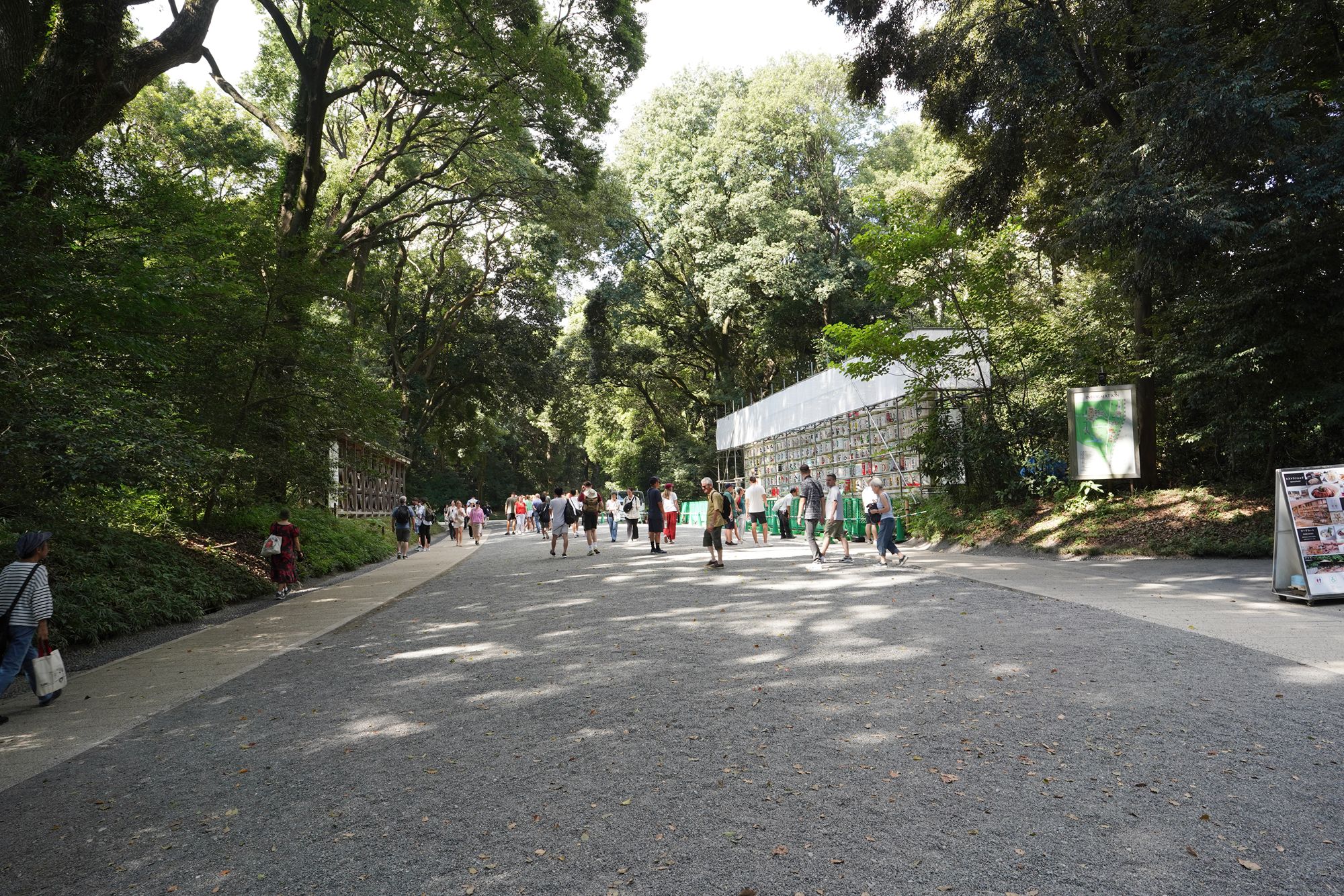
Along the approach, you’ll find traditional sake barrels (kazaridaru) and wine barrels gifted by winemakers from France, symbolizing international relations.
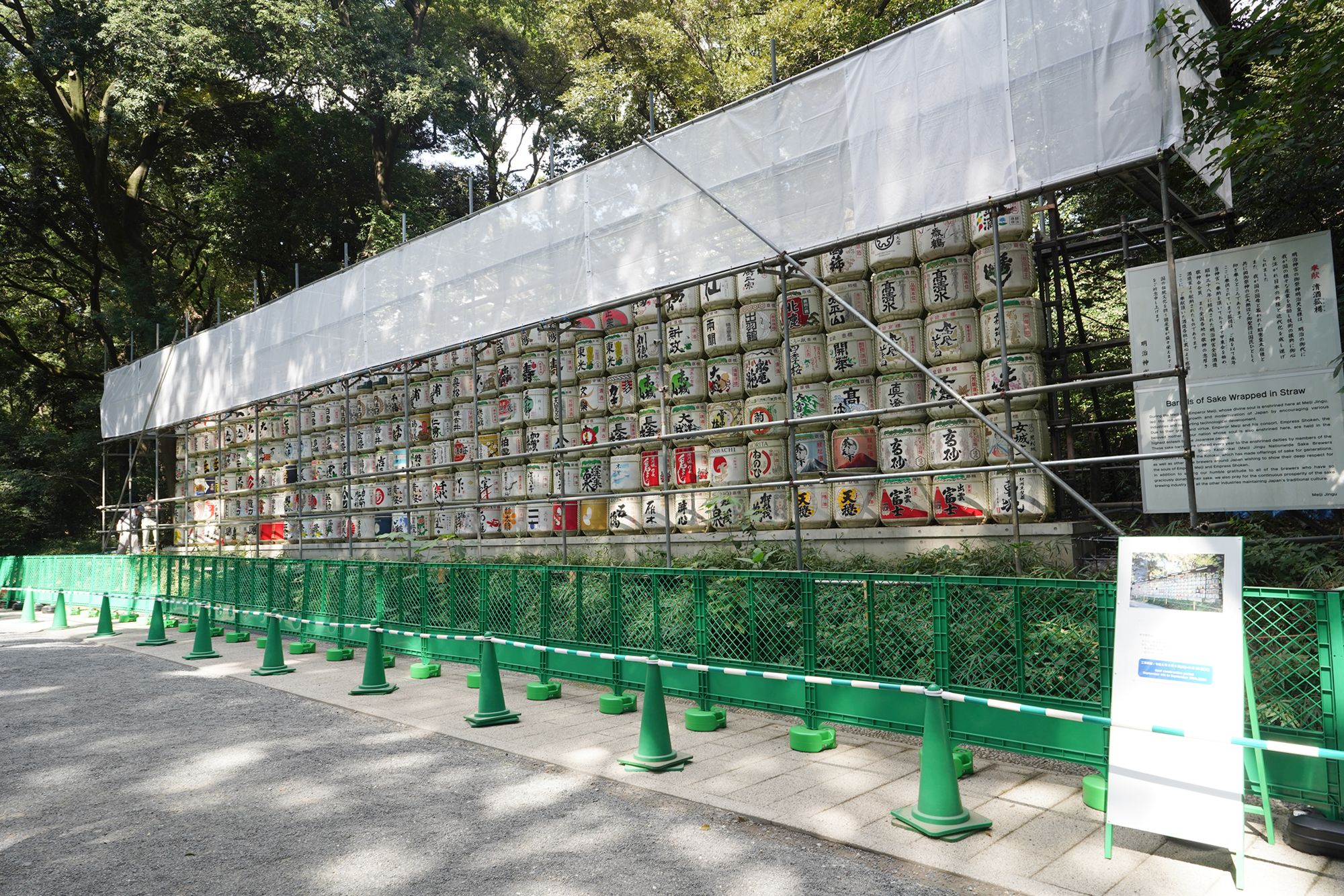
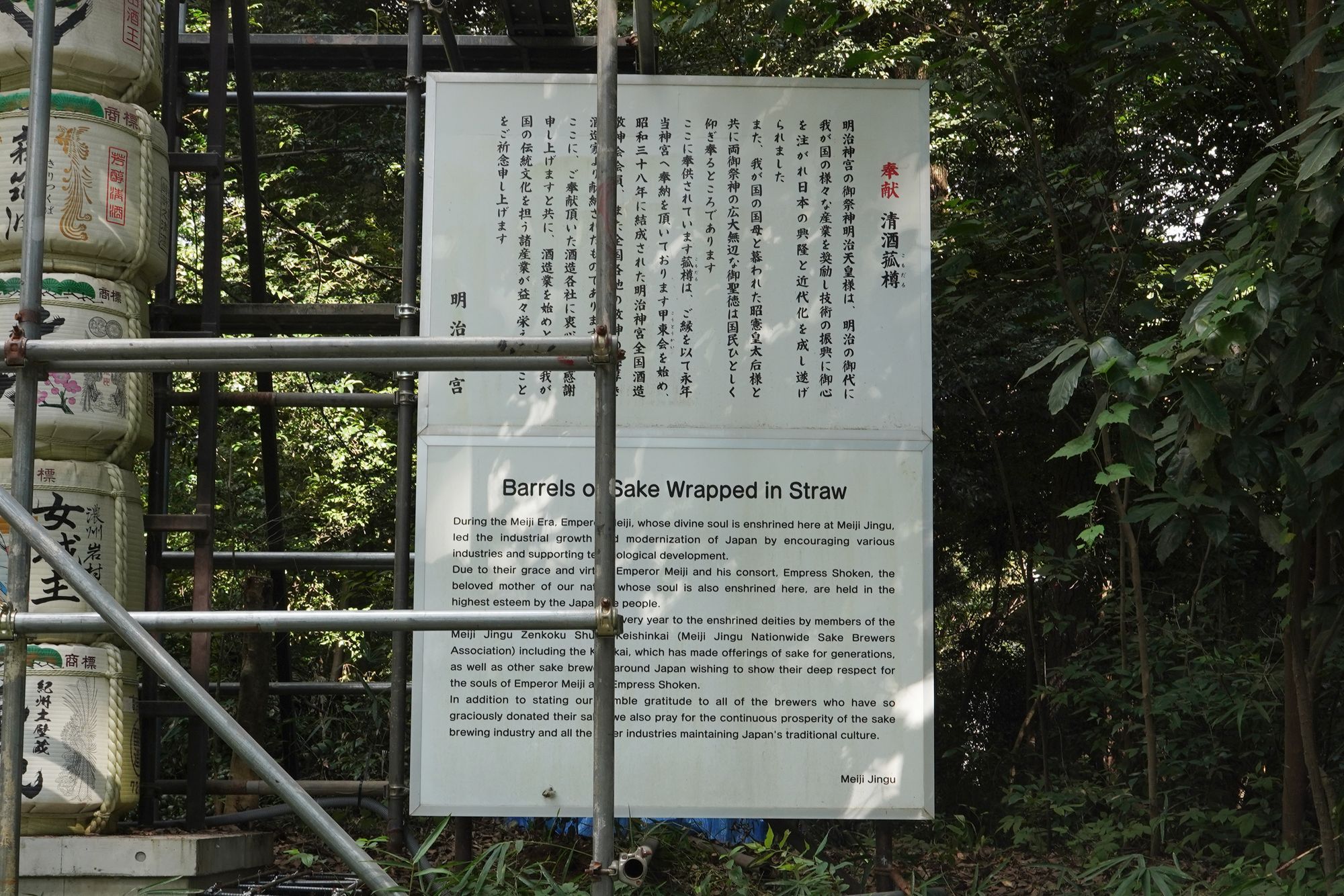
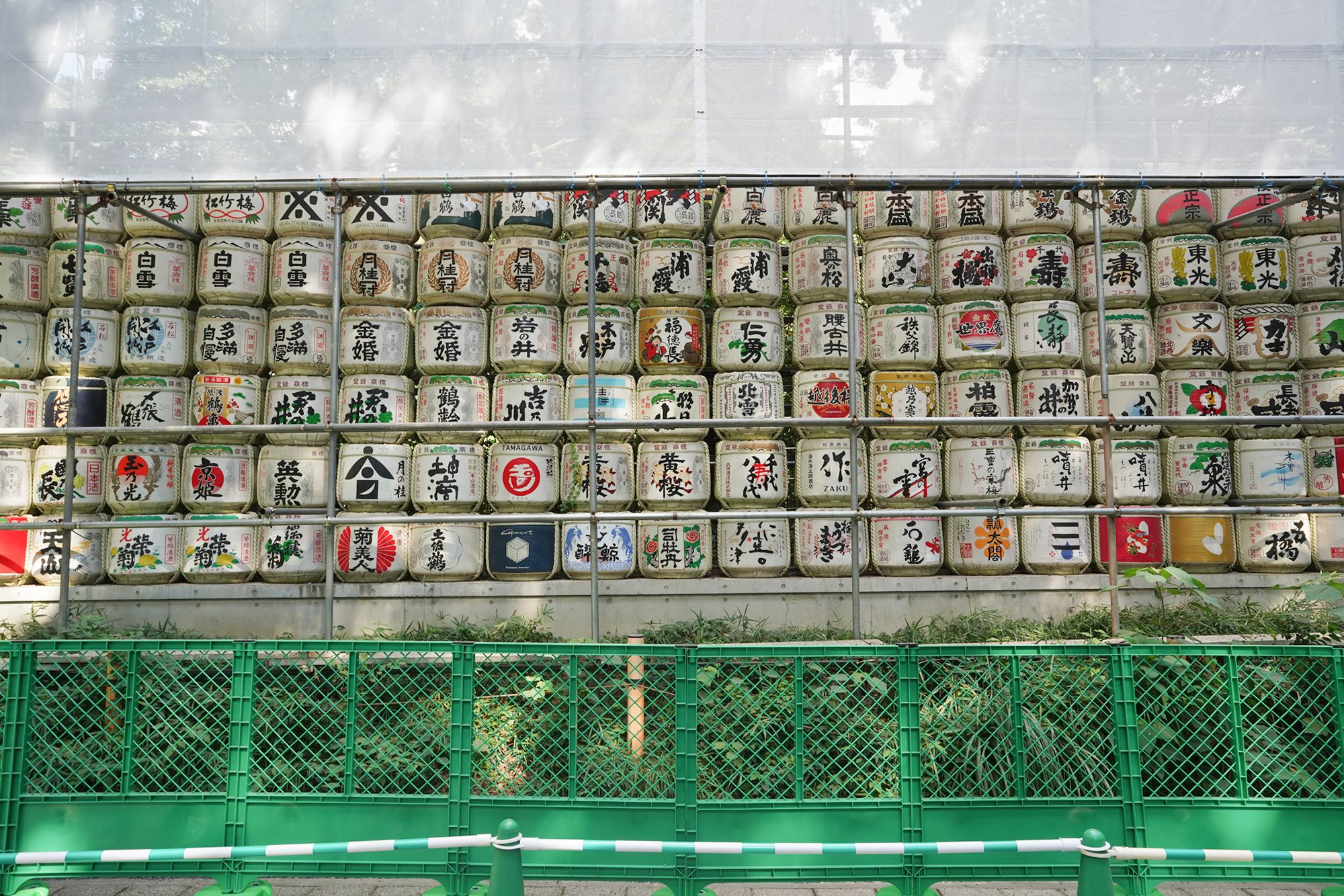
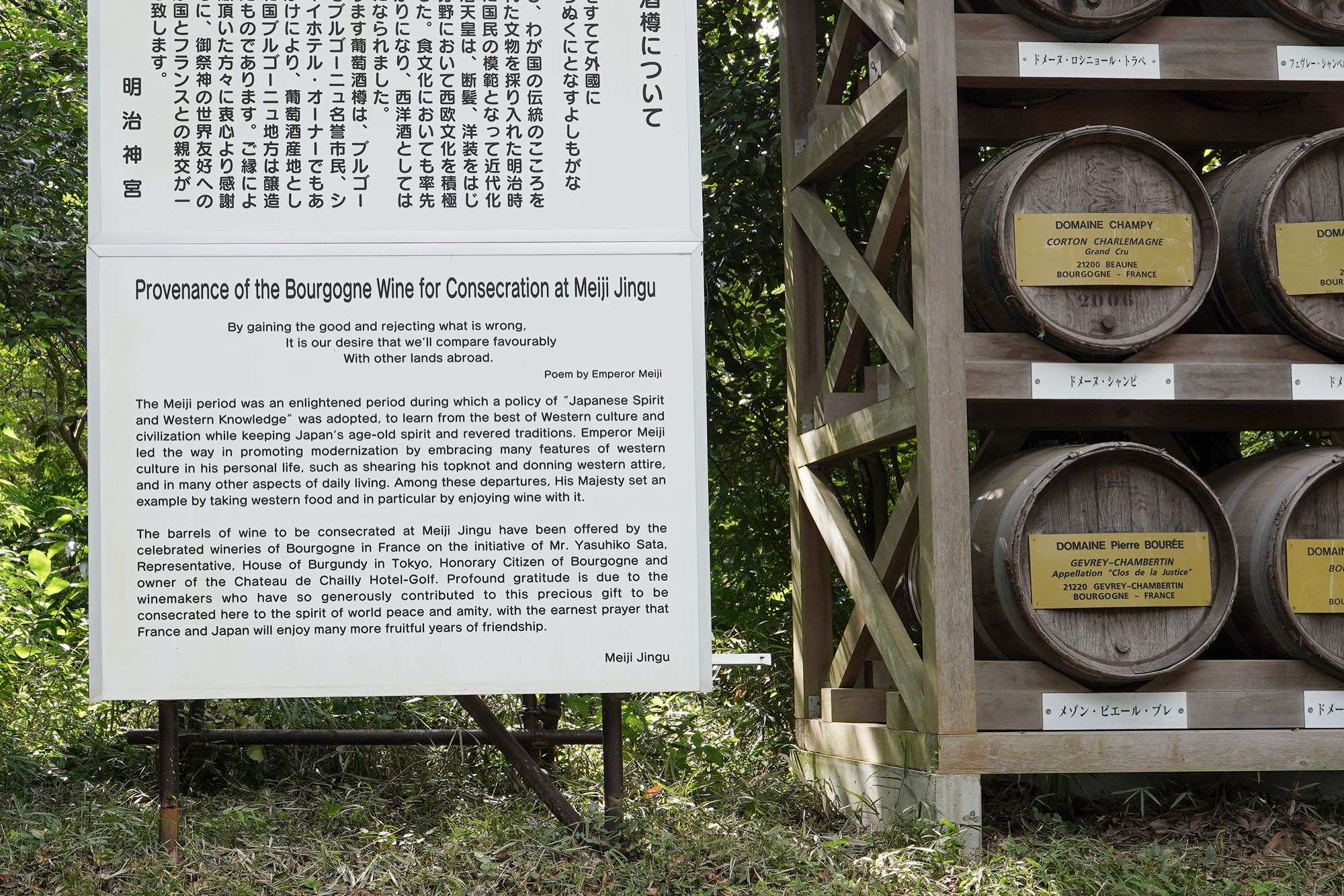
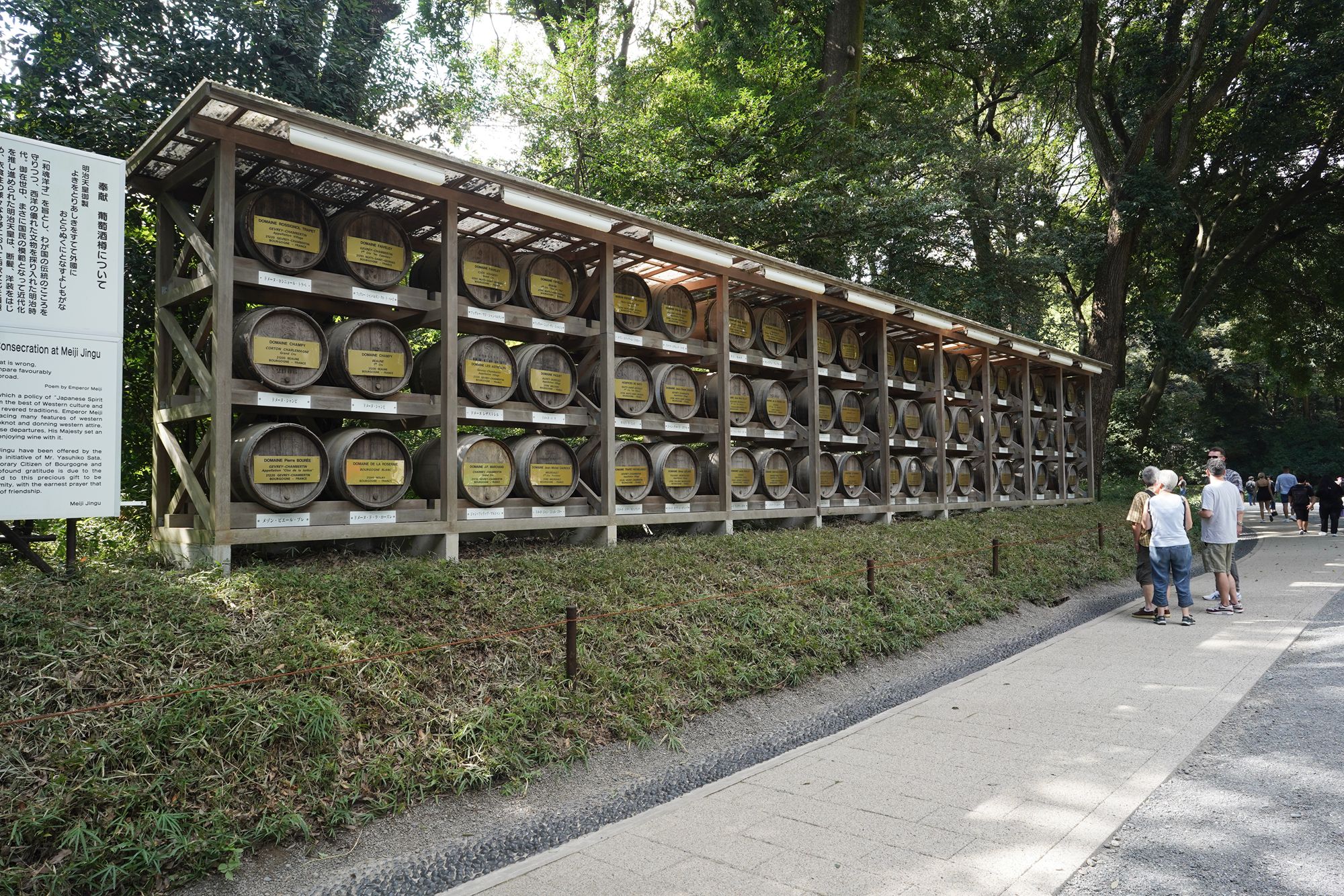
Second torri gate
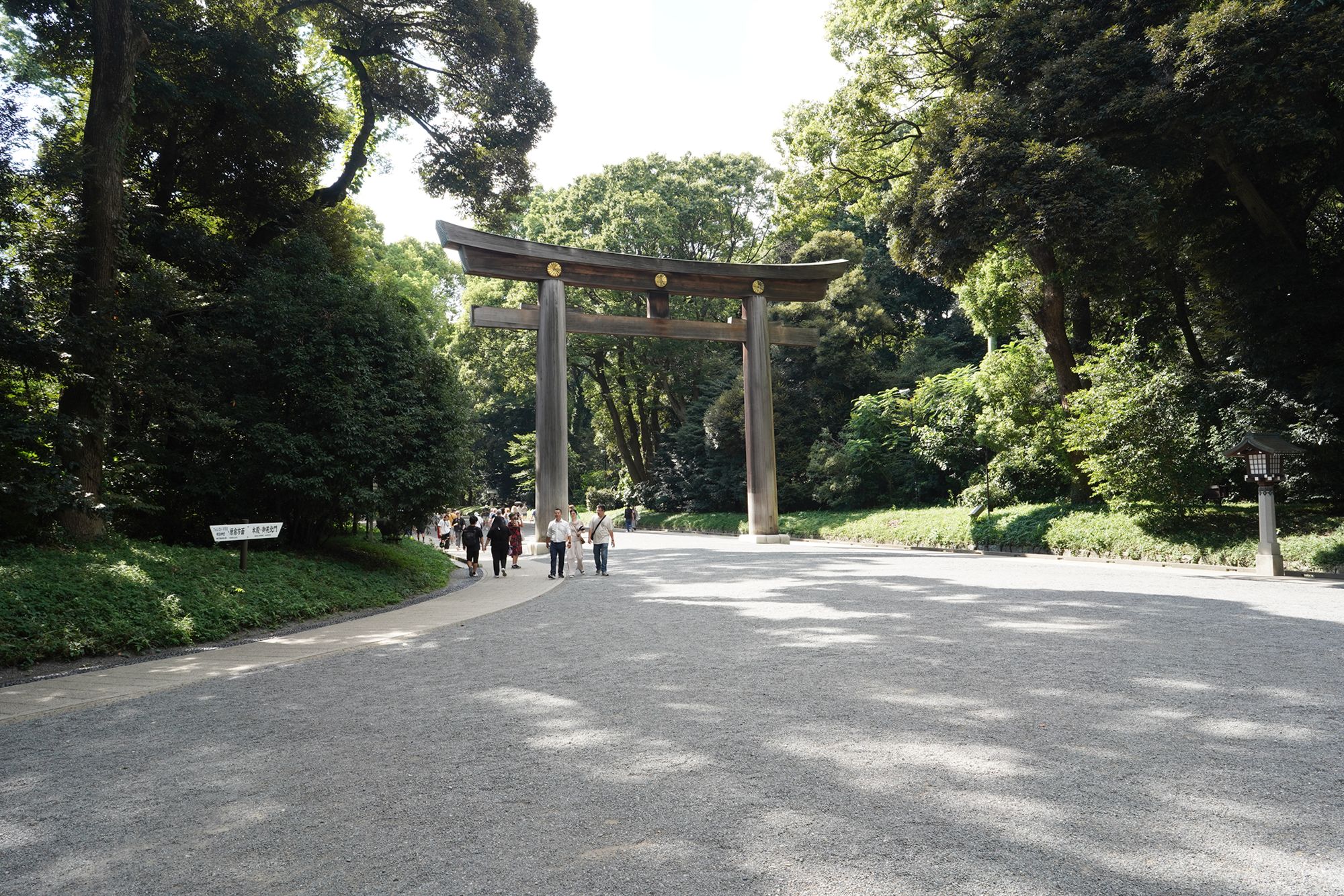
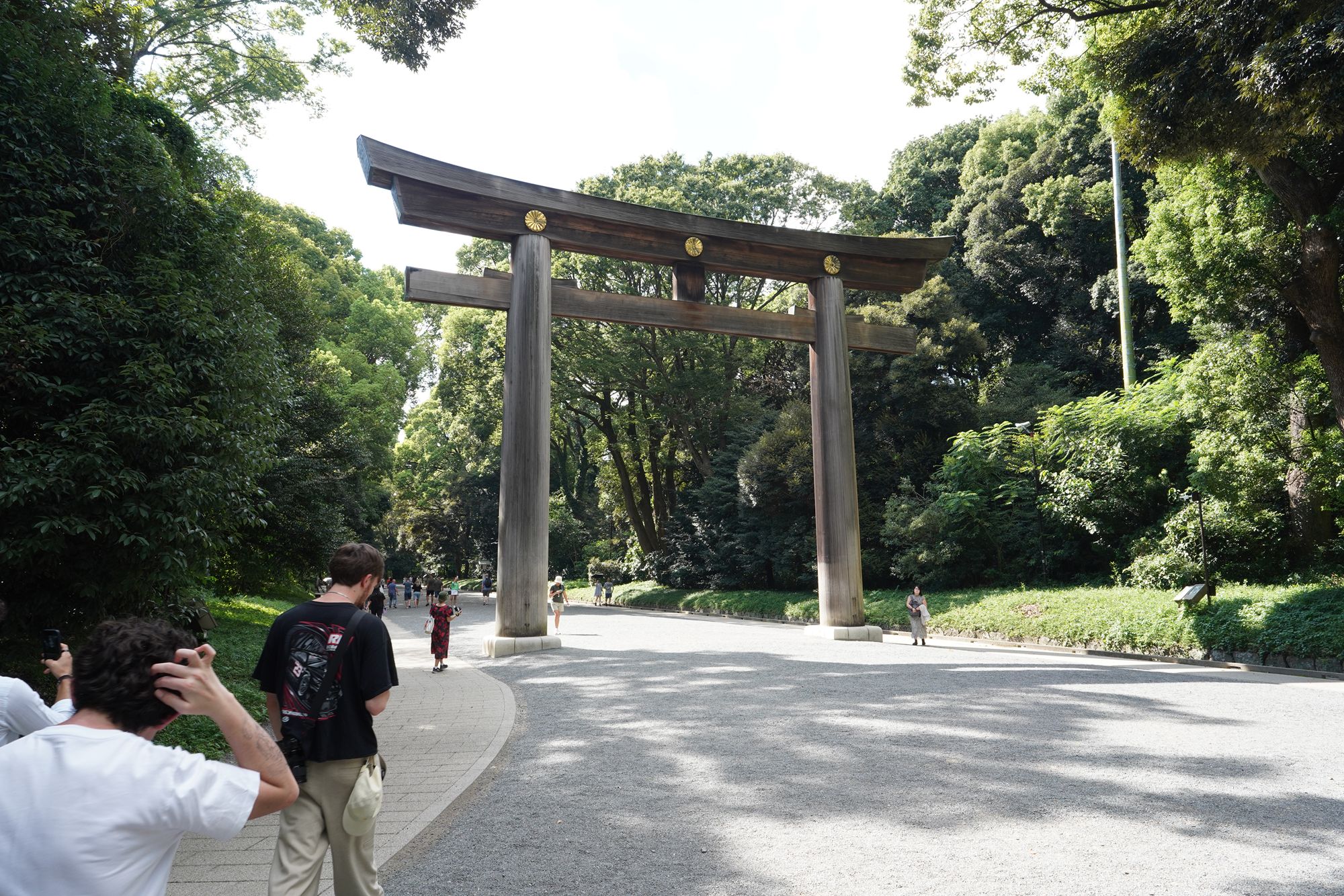
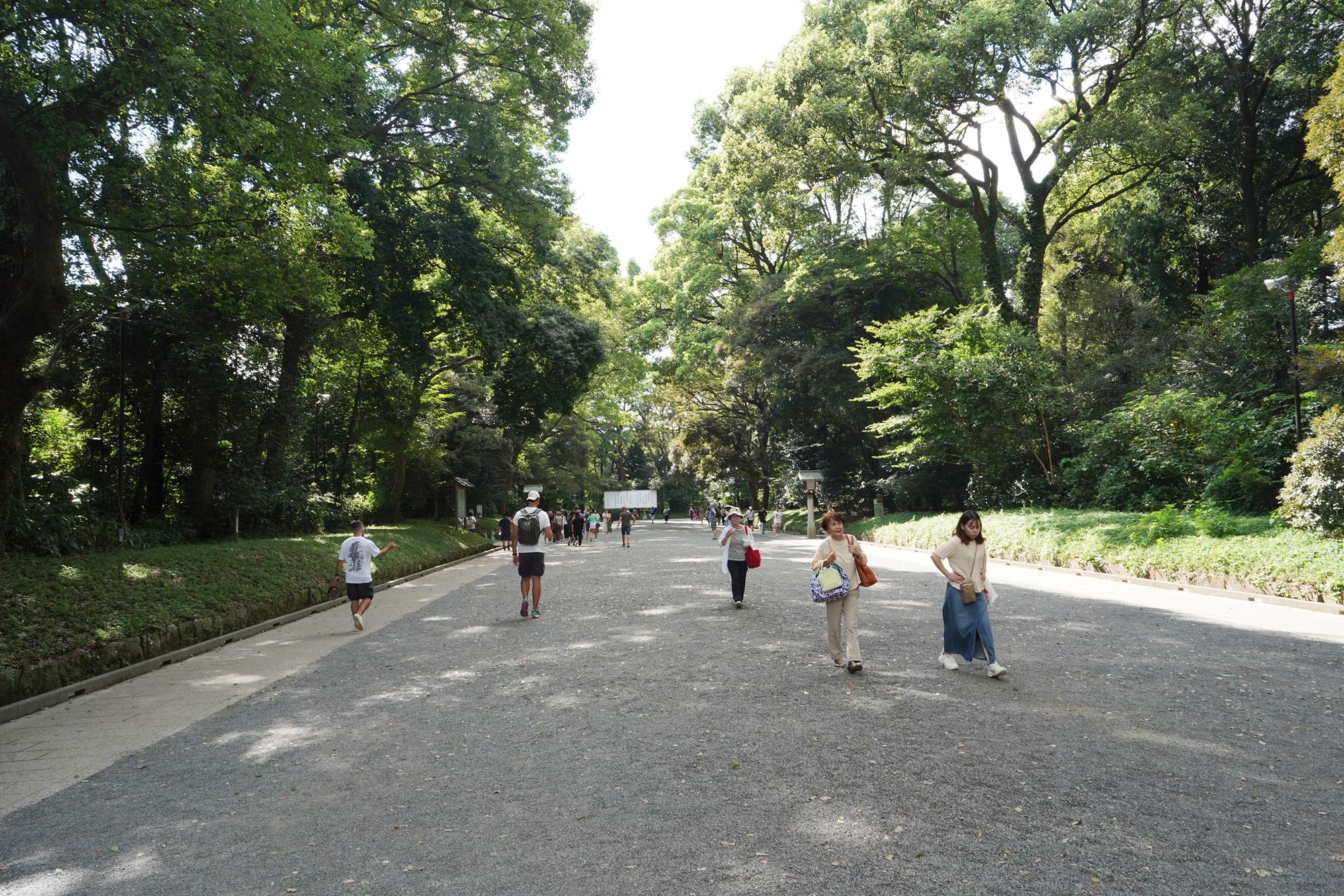
Inner Garden (Meiji Jingu Gyoen)
A beautiful Japanese garden featuring a koi pond, seasonal flowers, and a tranquil tea house.
Seeing the garden is optional

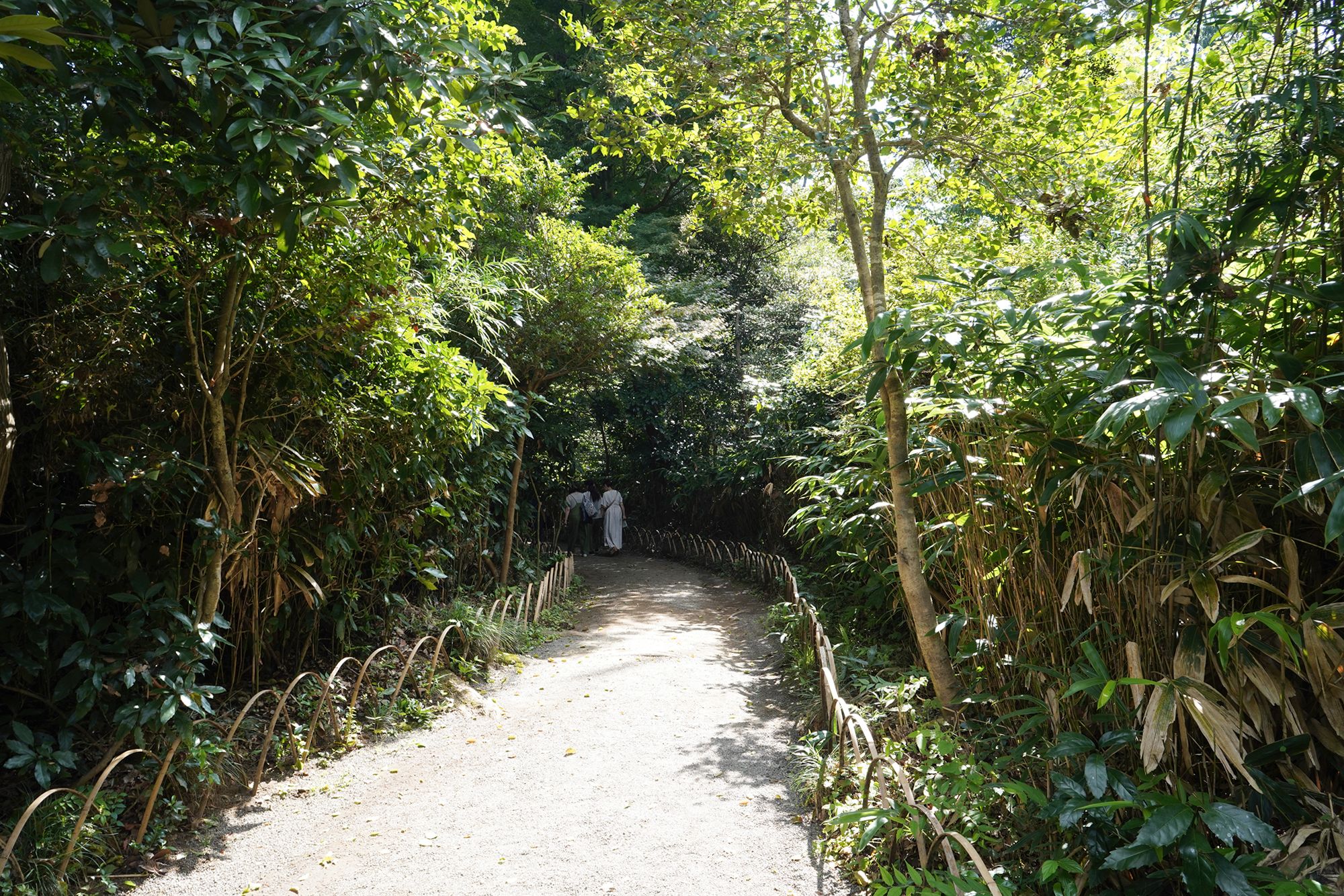
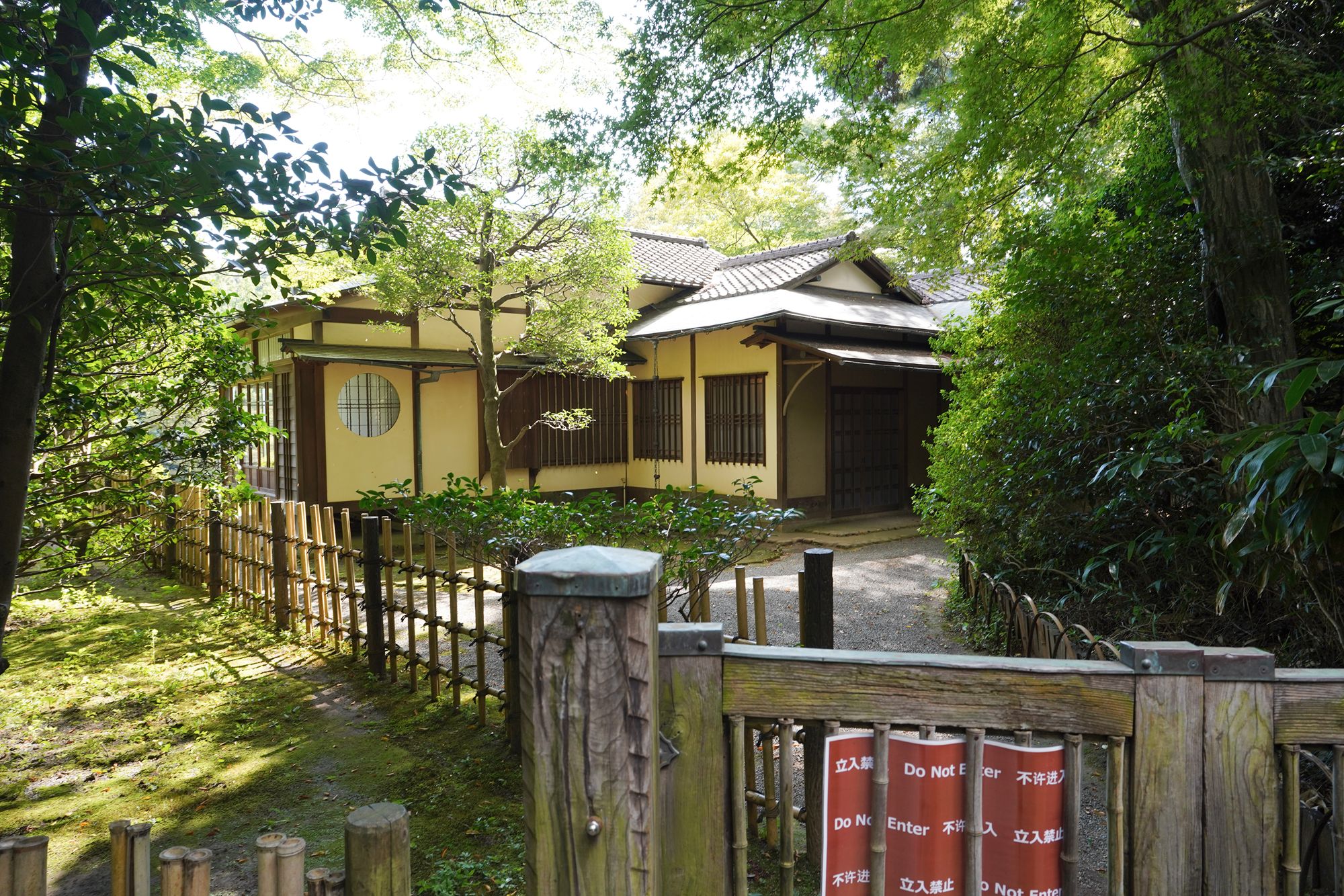

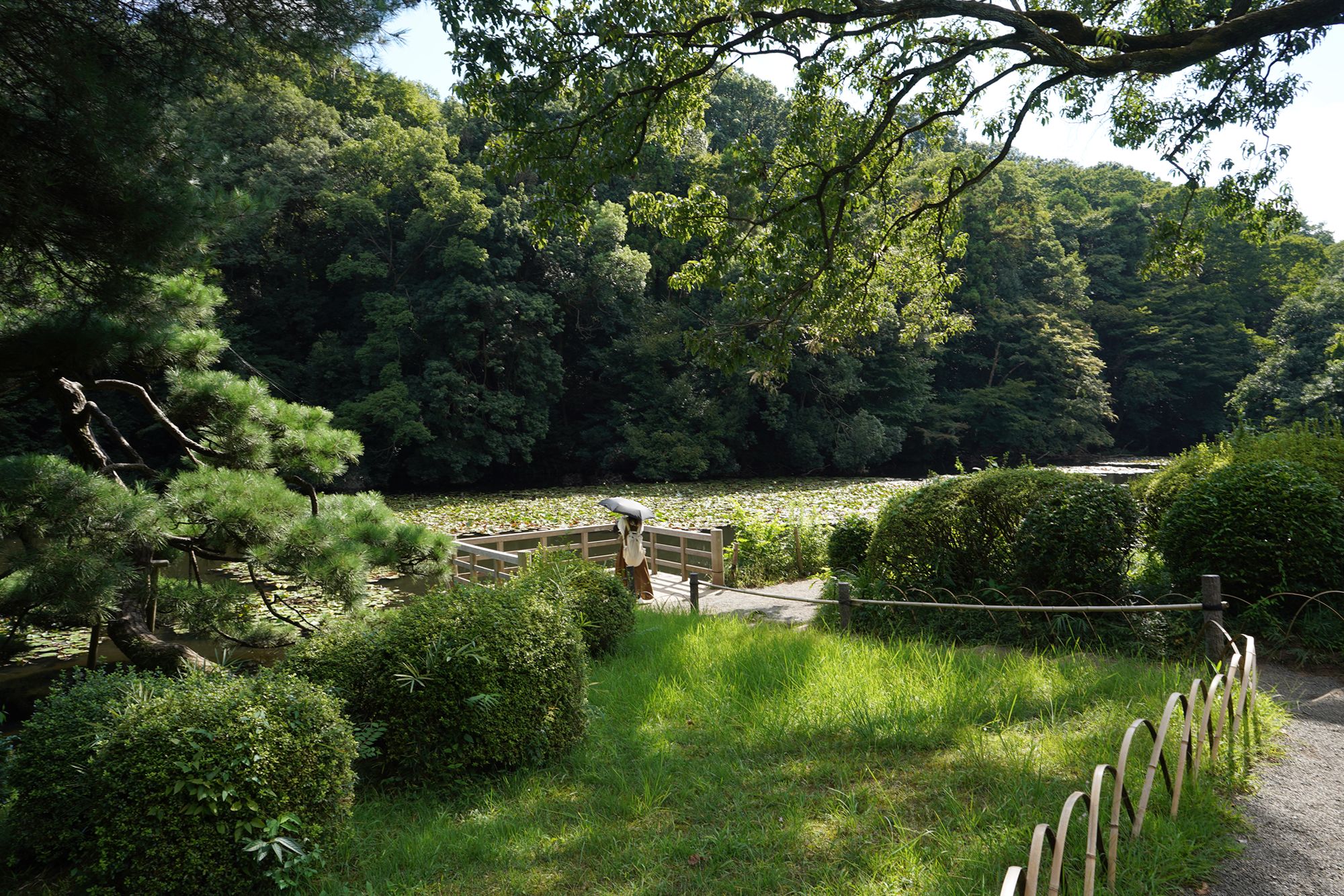
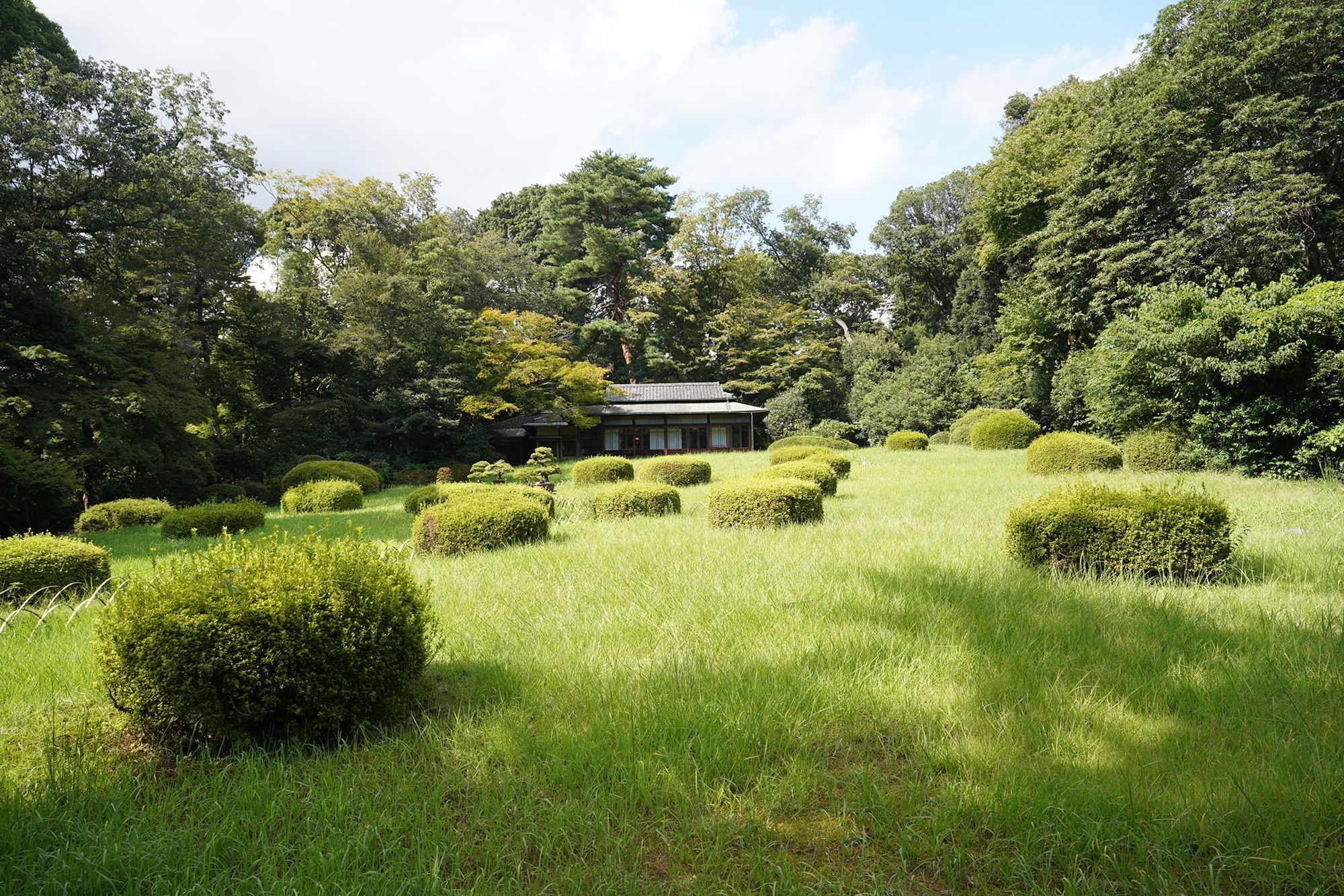
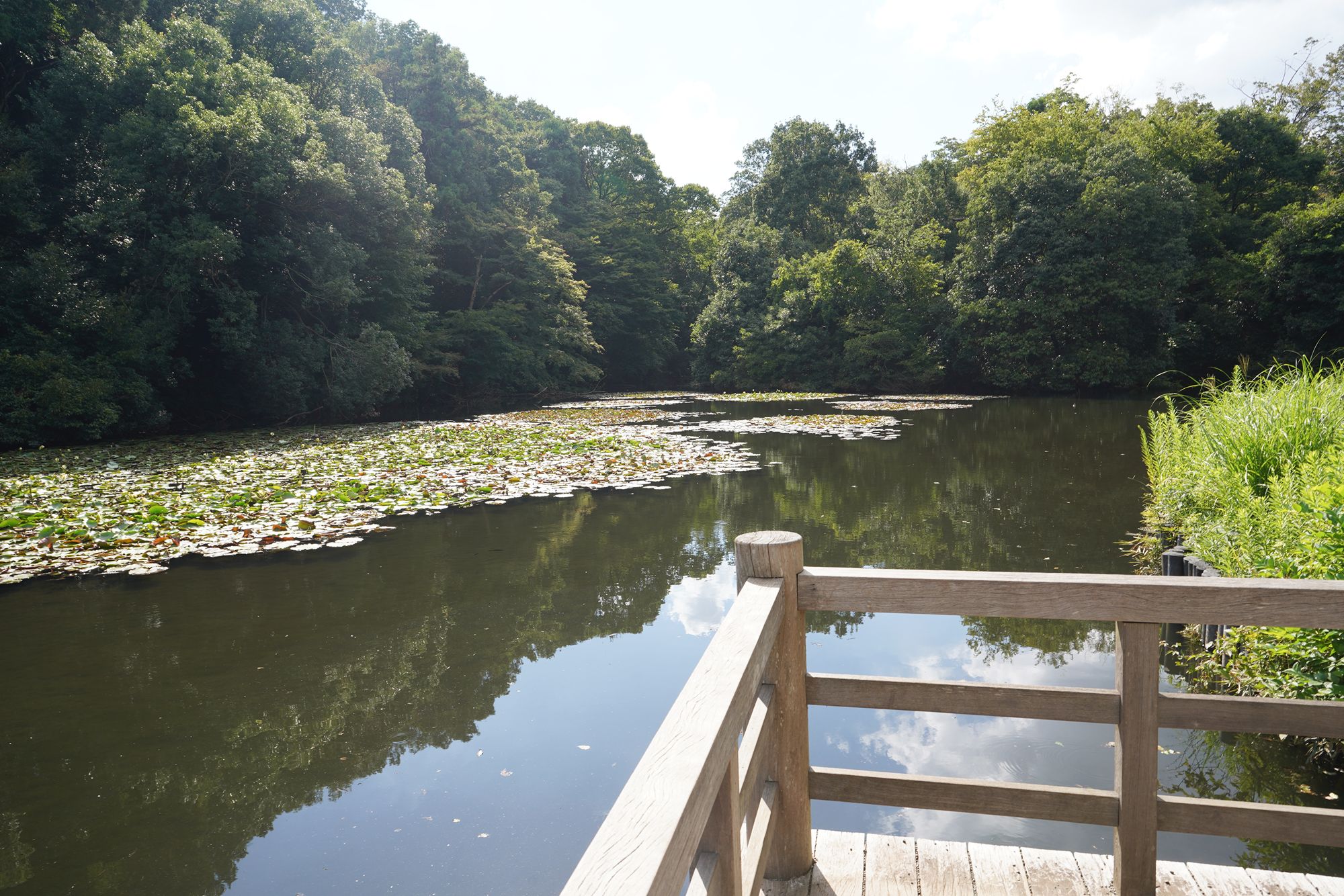
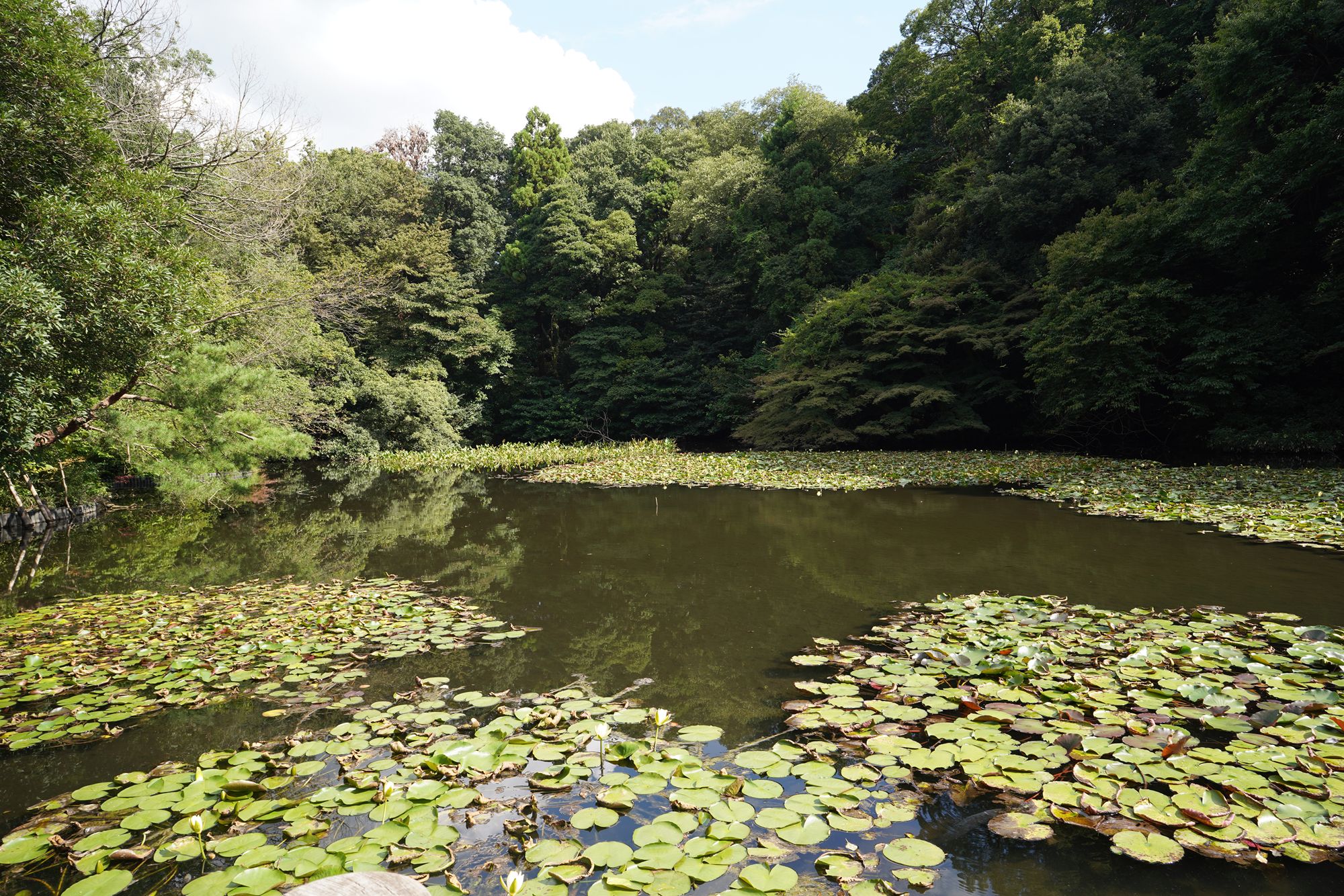
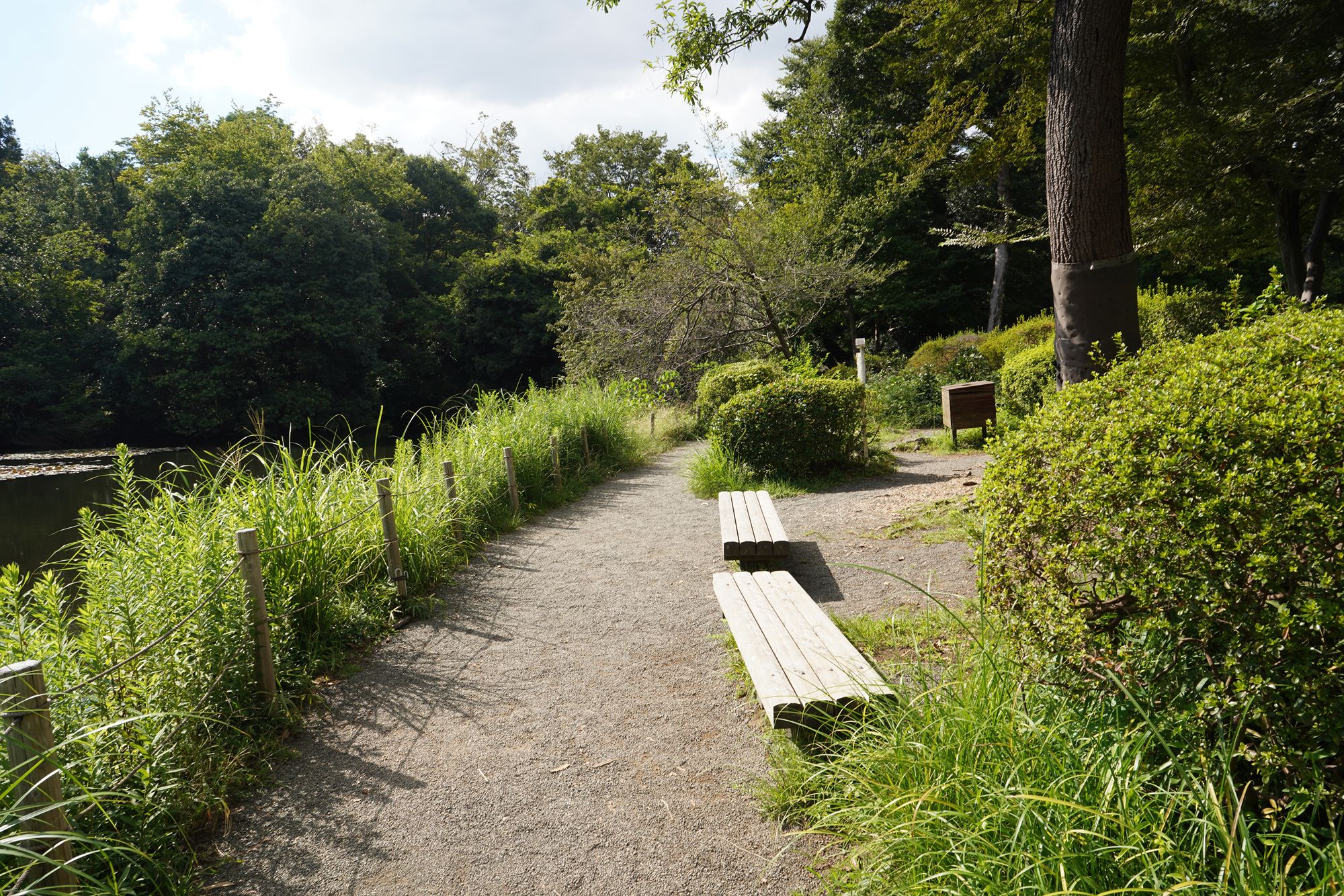
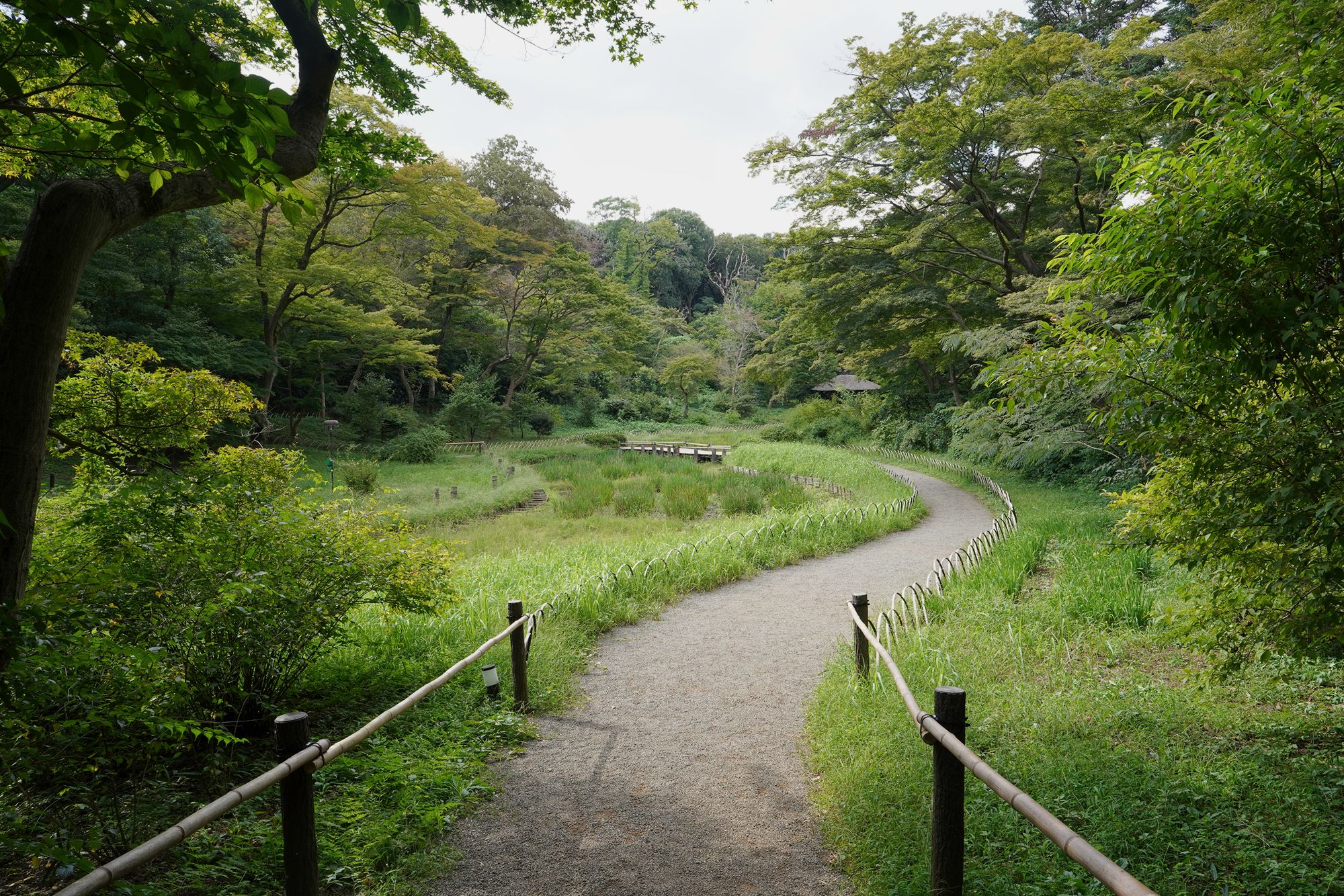
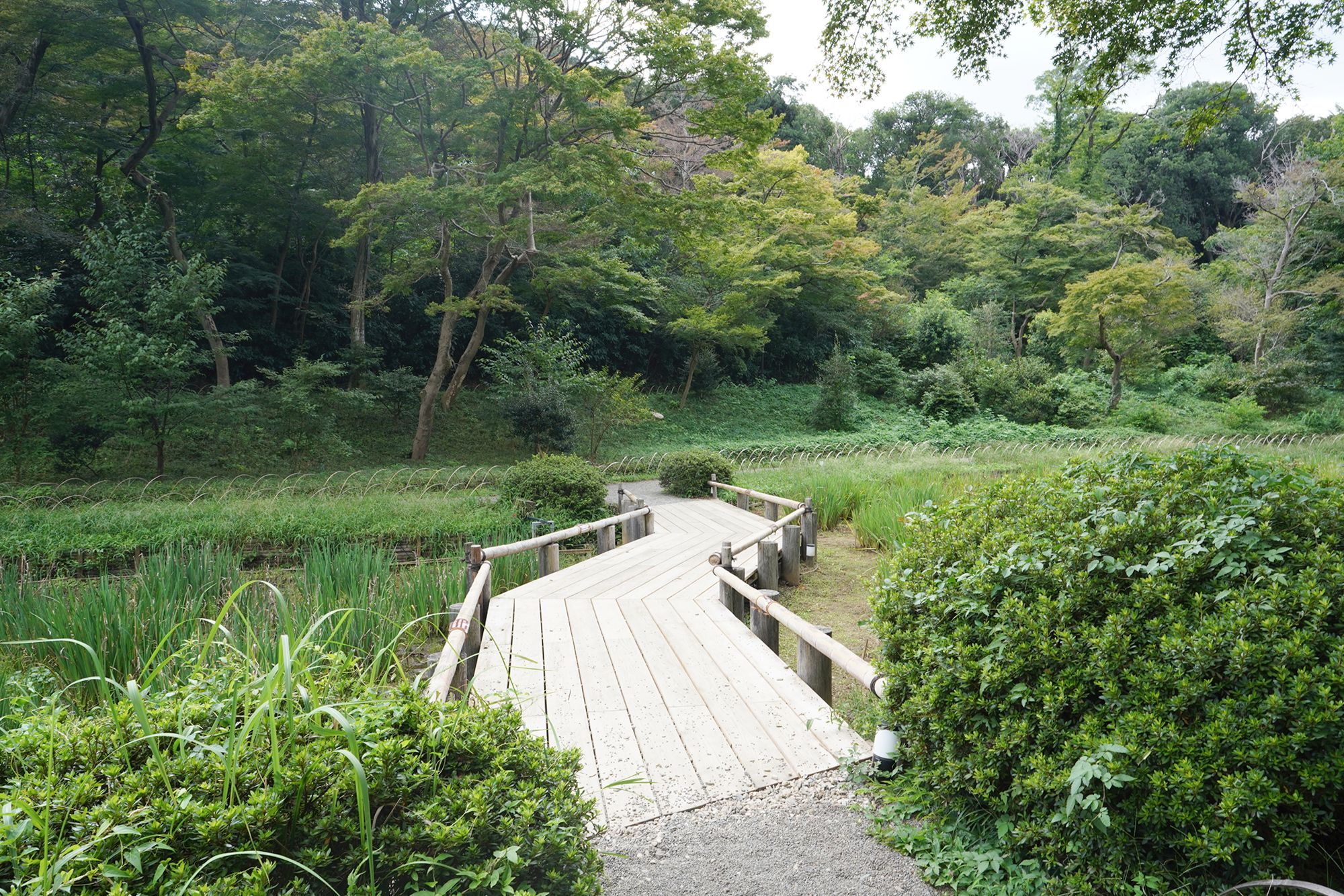
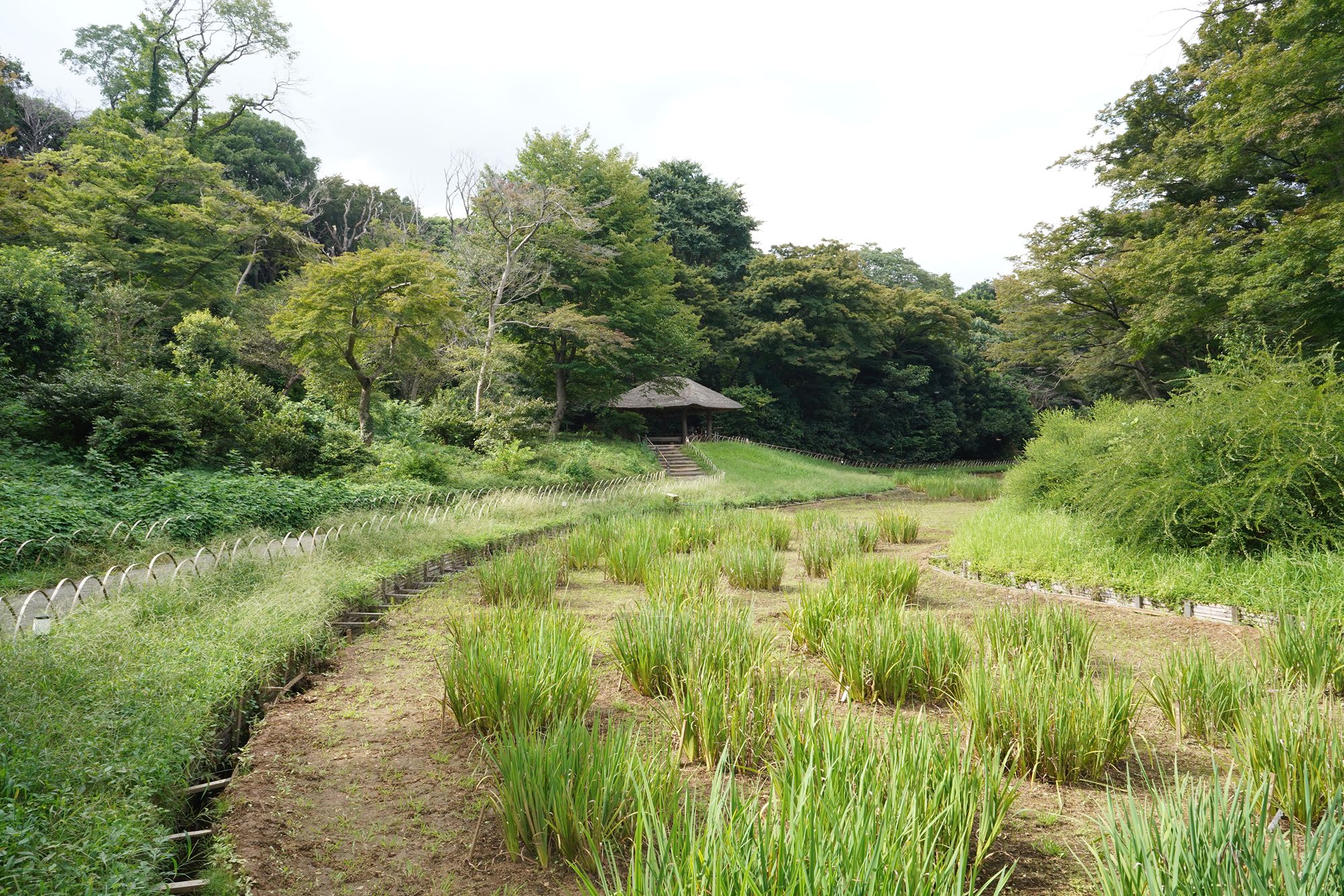
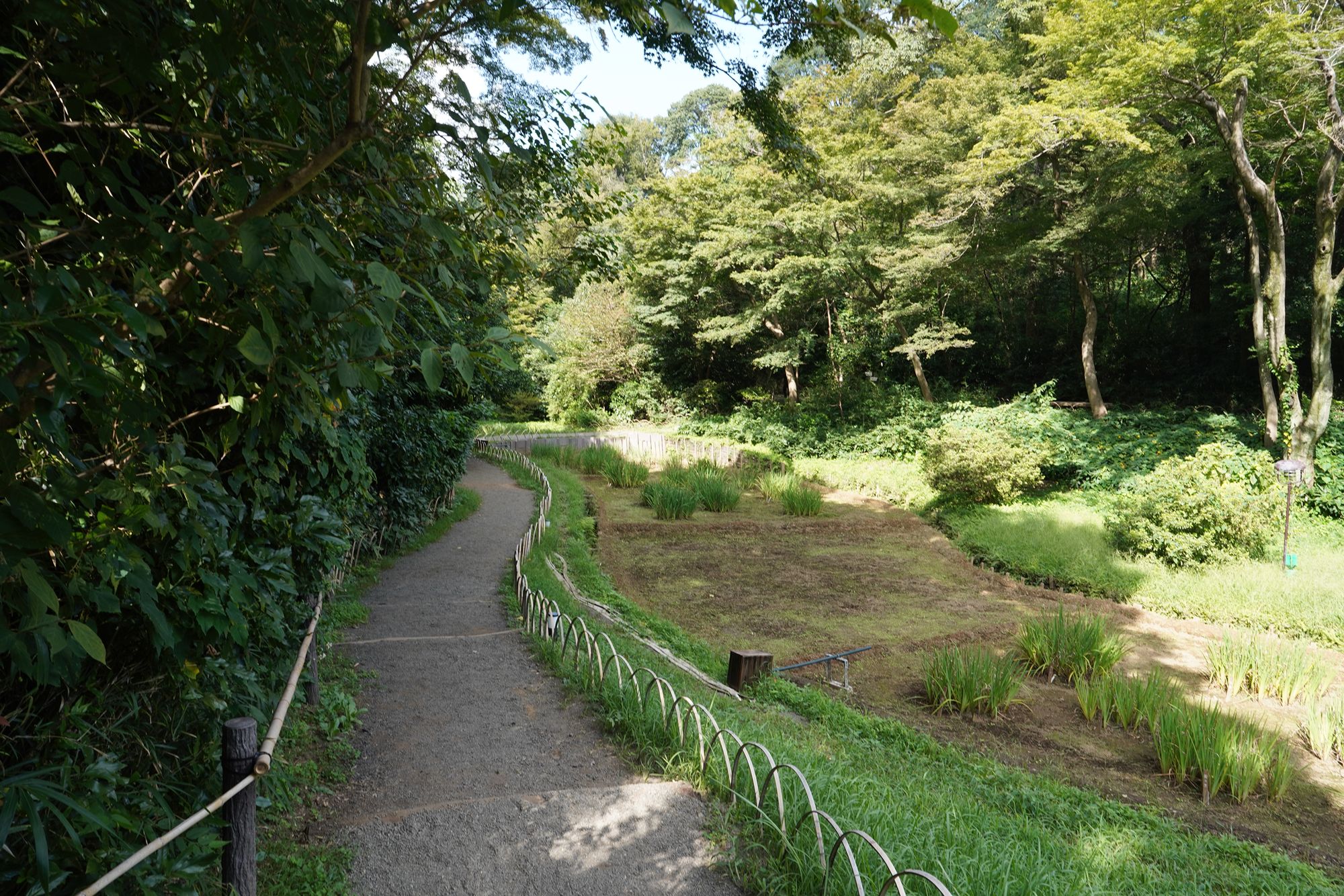

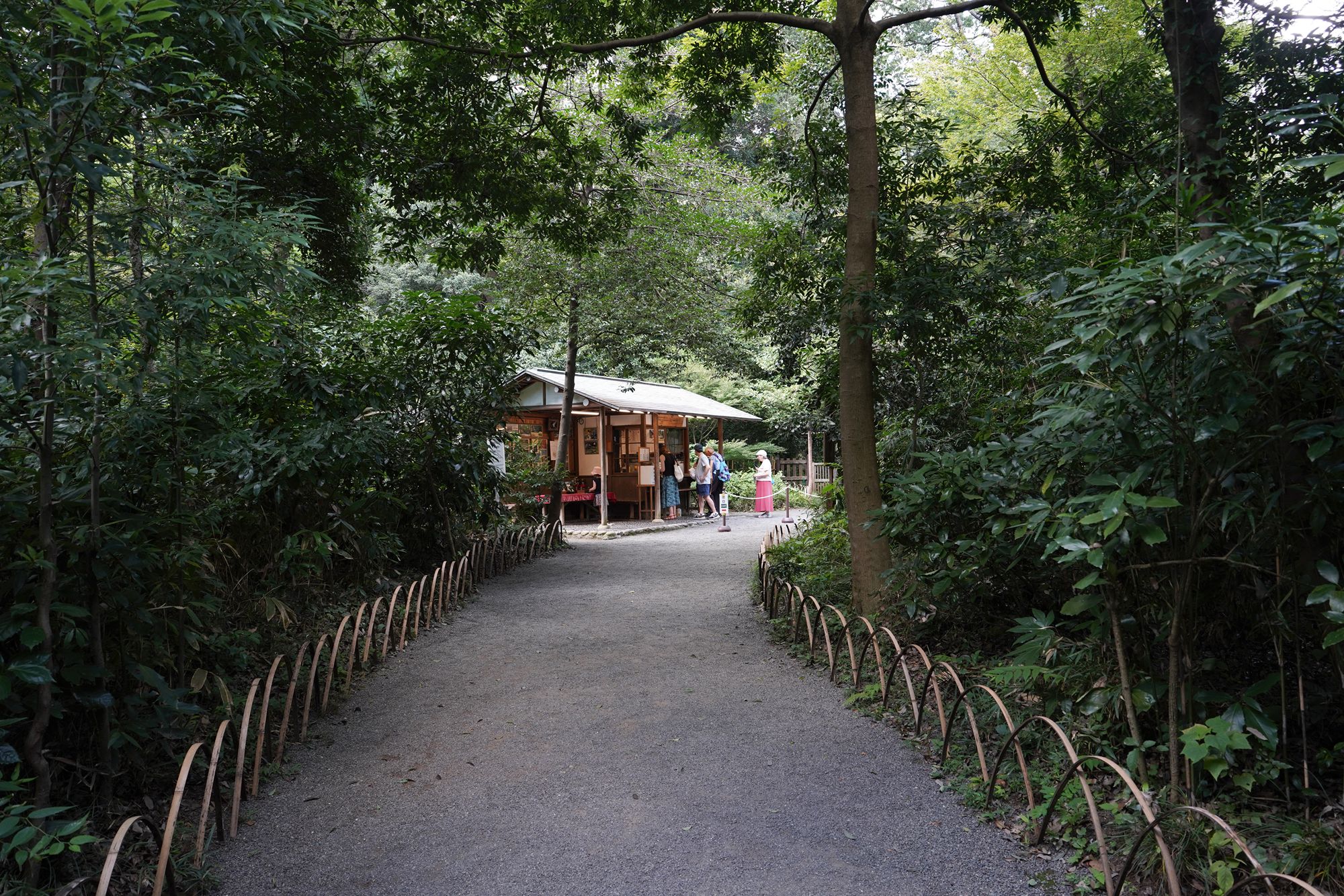
Out of the garden and back to the main road to the shrine

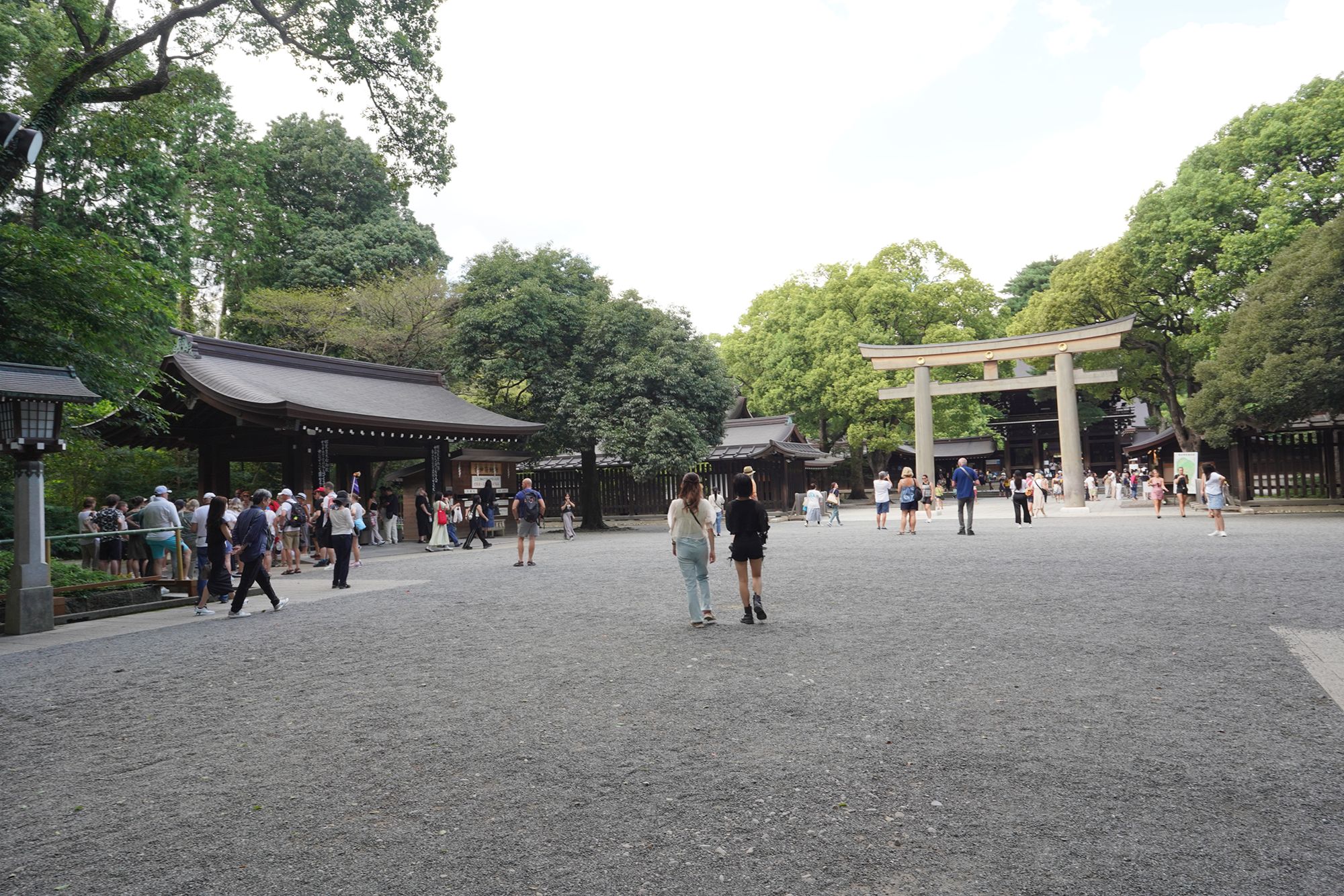


The entrance to the main shrine complex
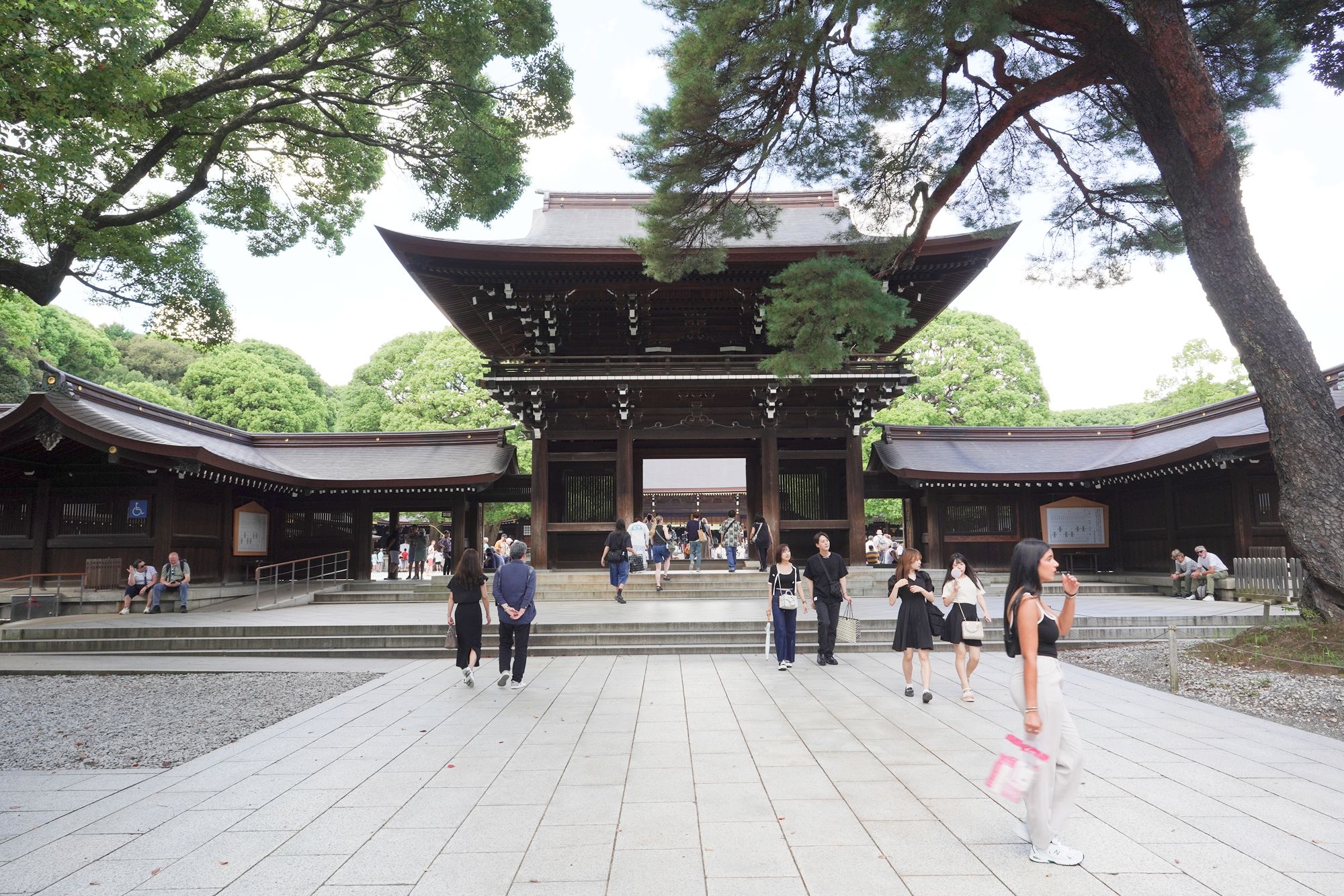
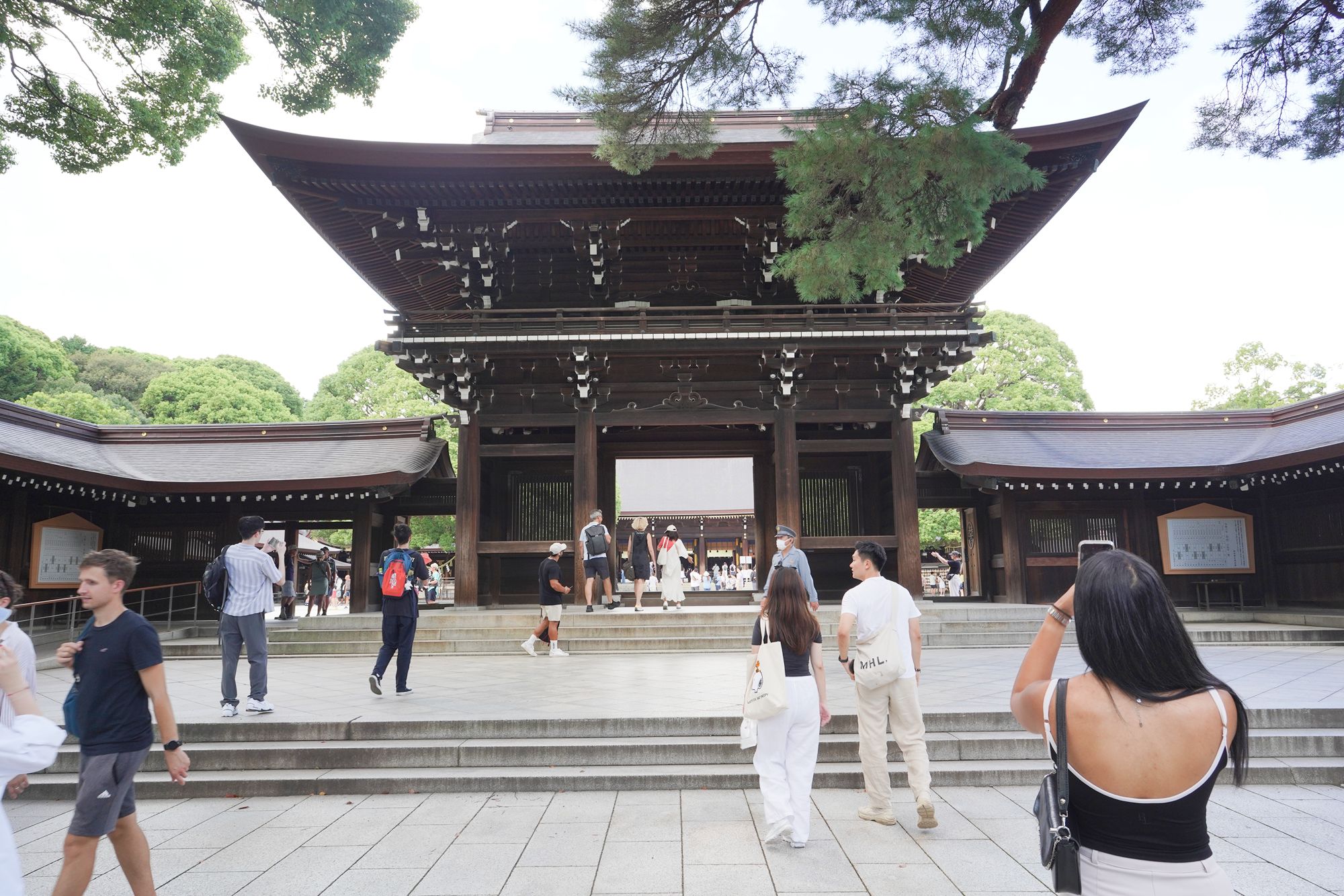



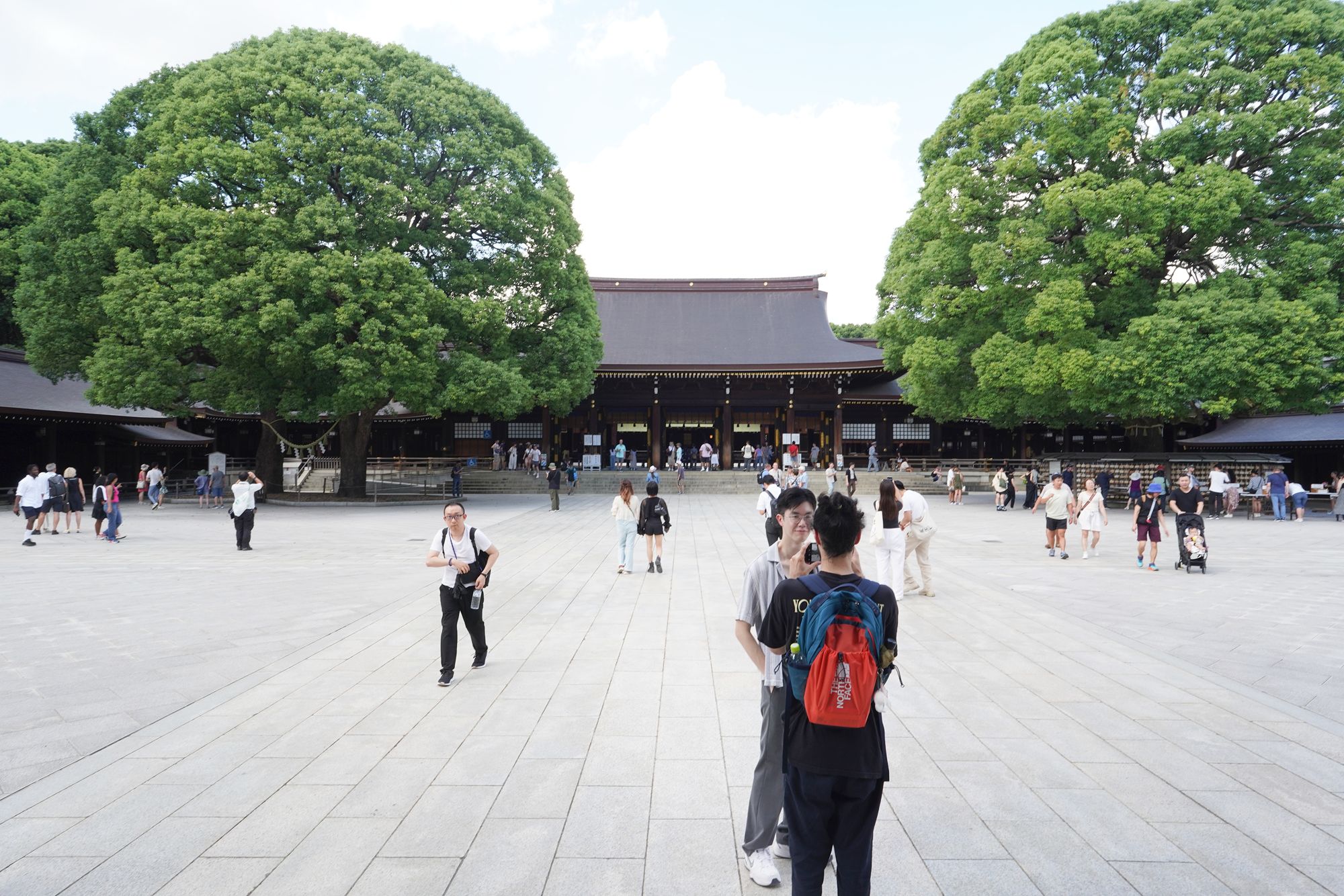

Back side
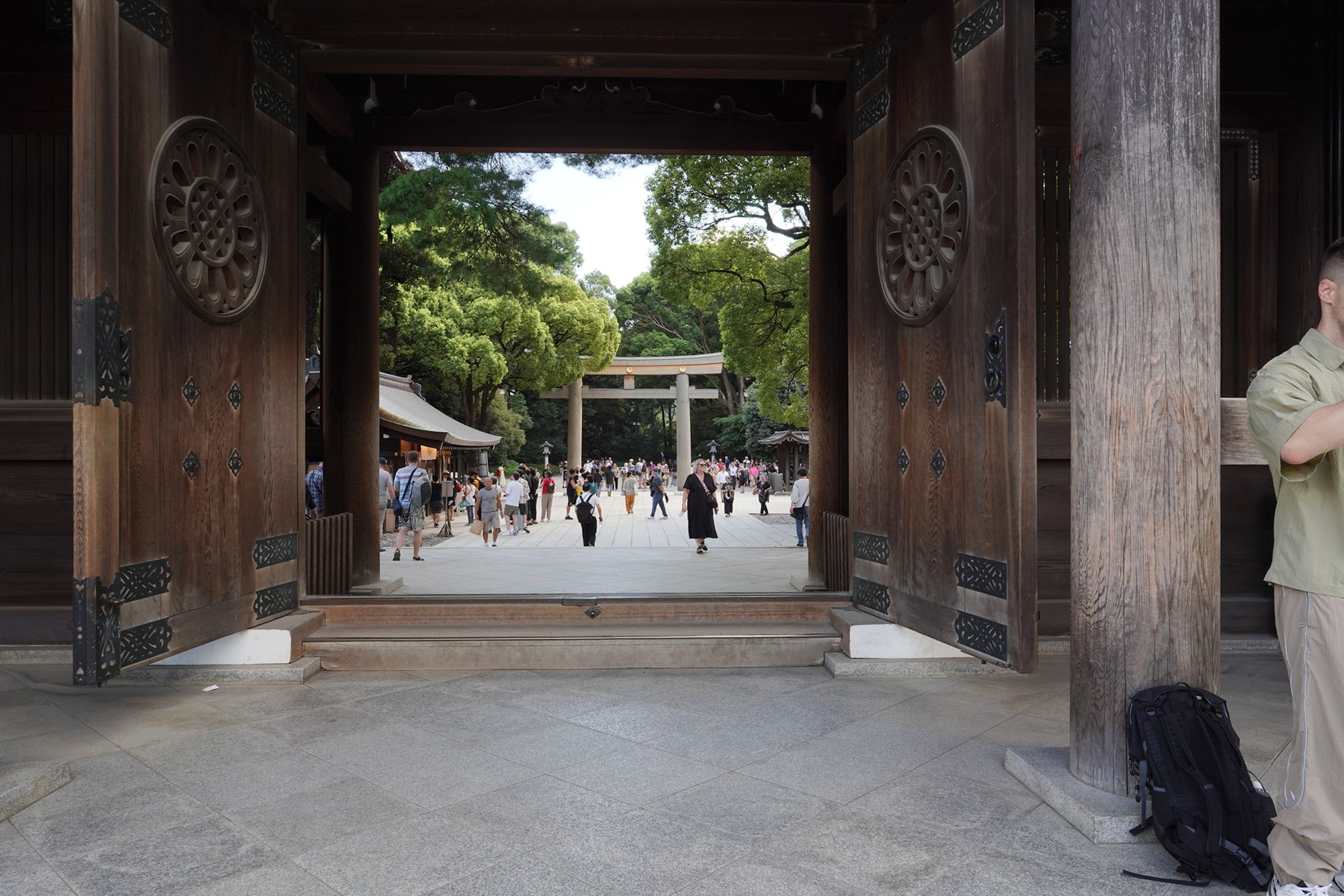
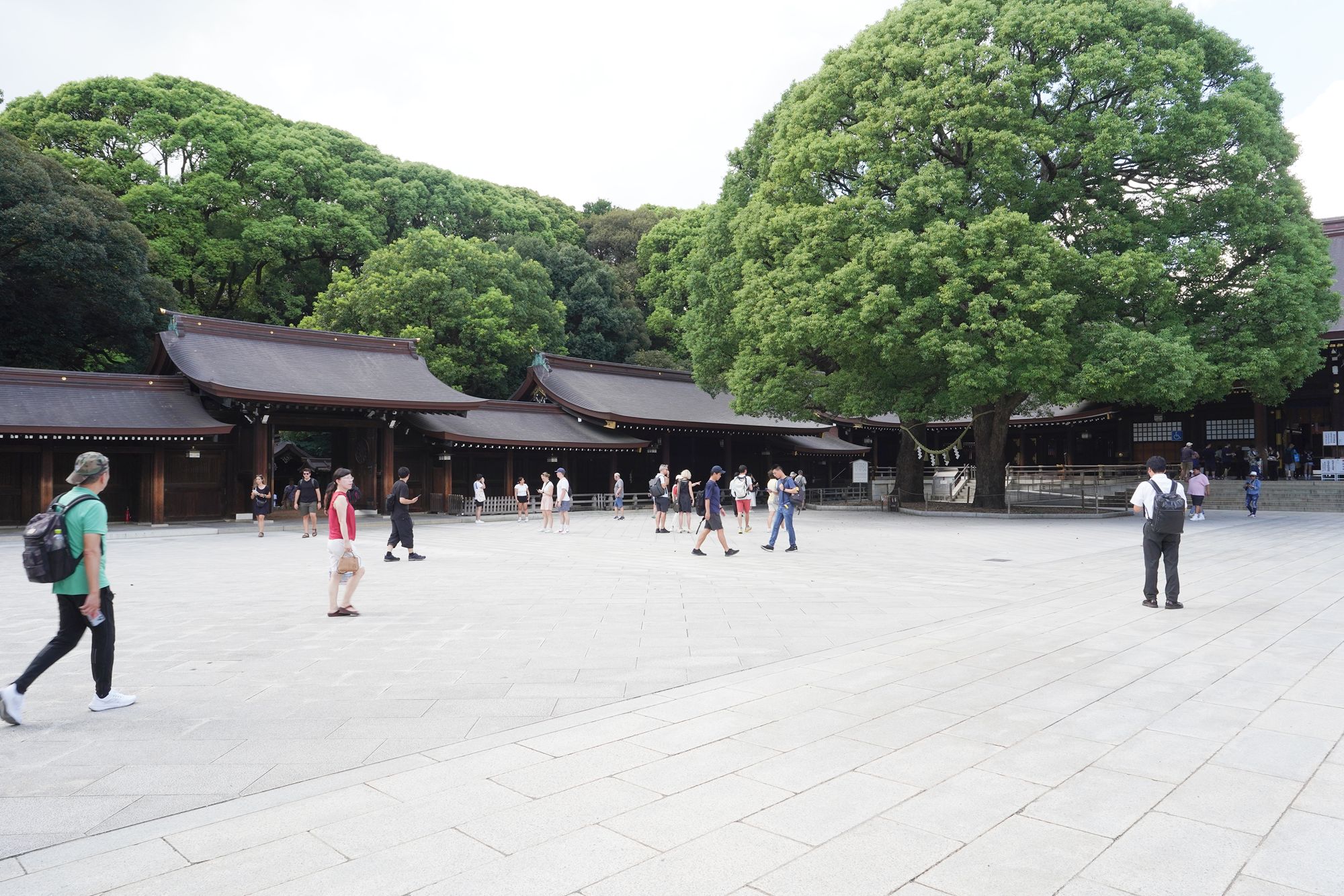
The main hall (Honden) is a classic example of traditional Japanese architecture.
Visitors can observe or participate in Shinto rituals, such as offering prayers or writing wishes on wooden ema plaques.
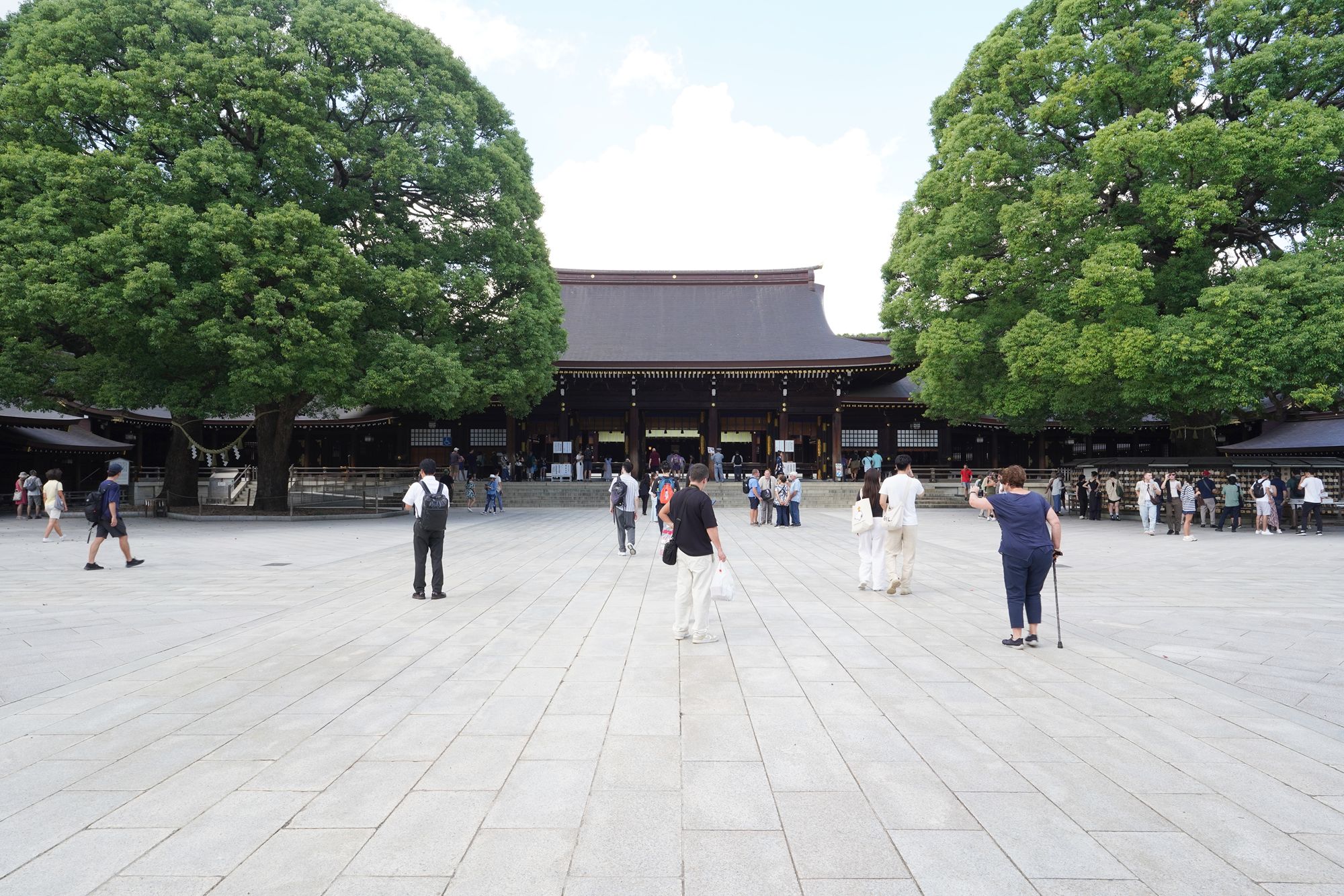

A side entrance
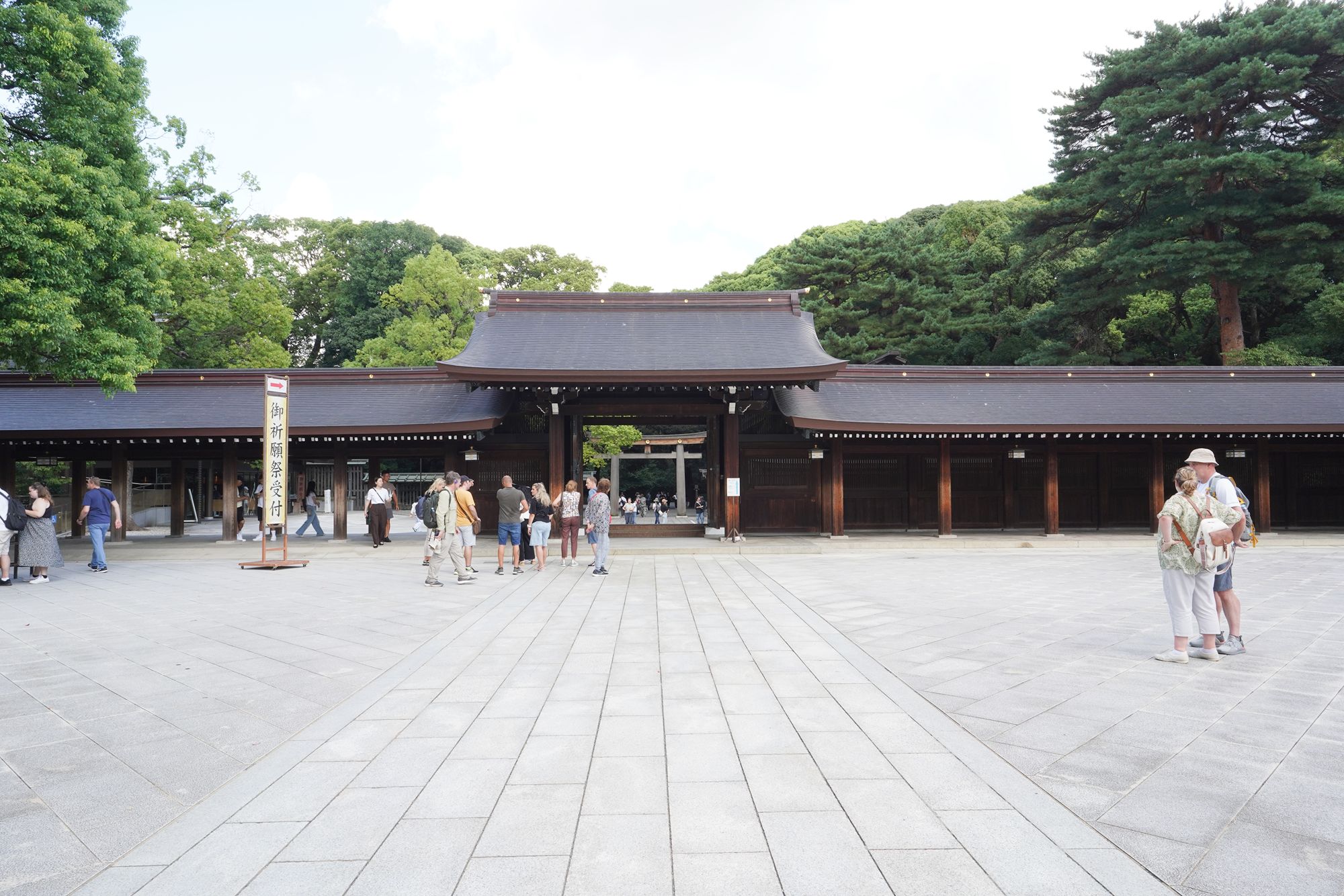

Looked back at the main entrance

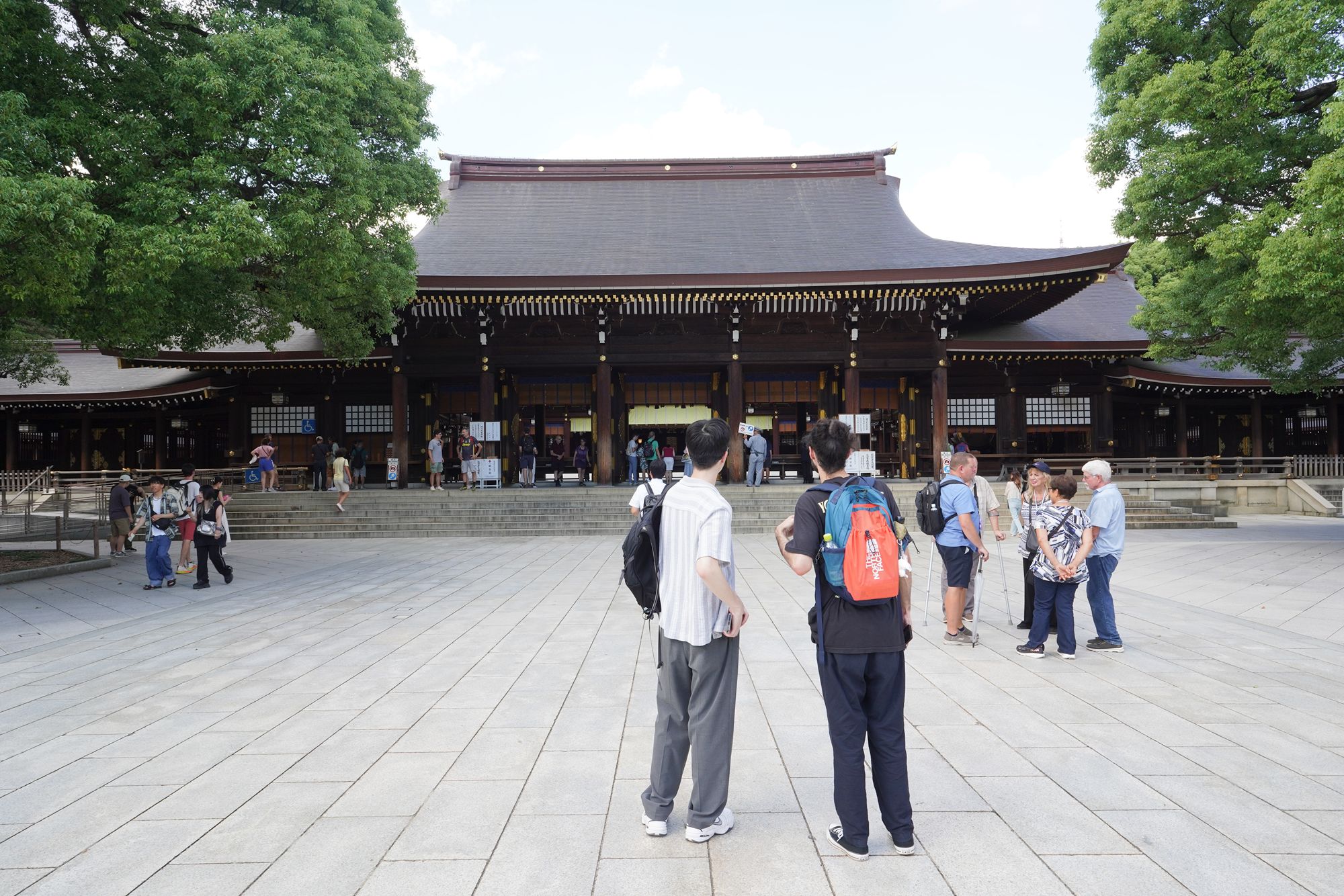
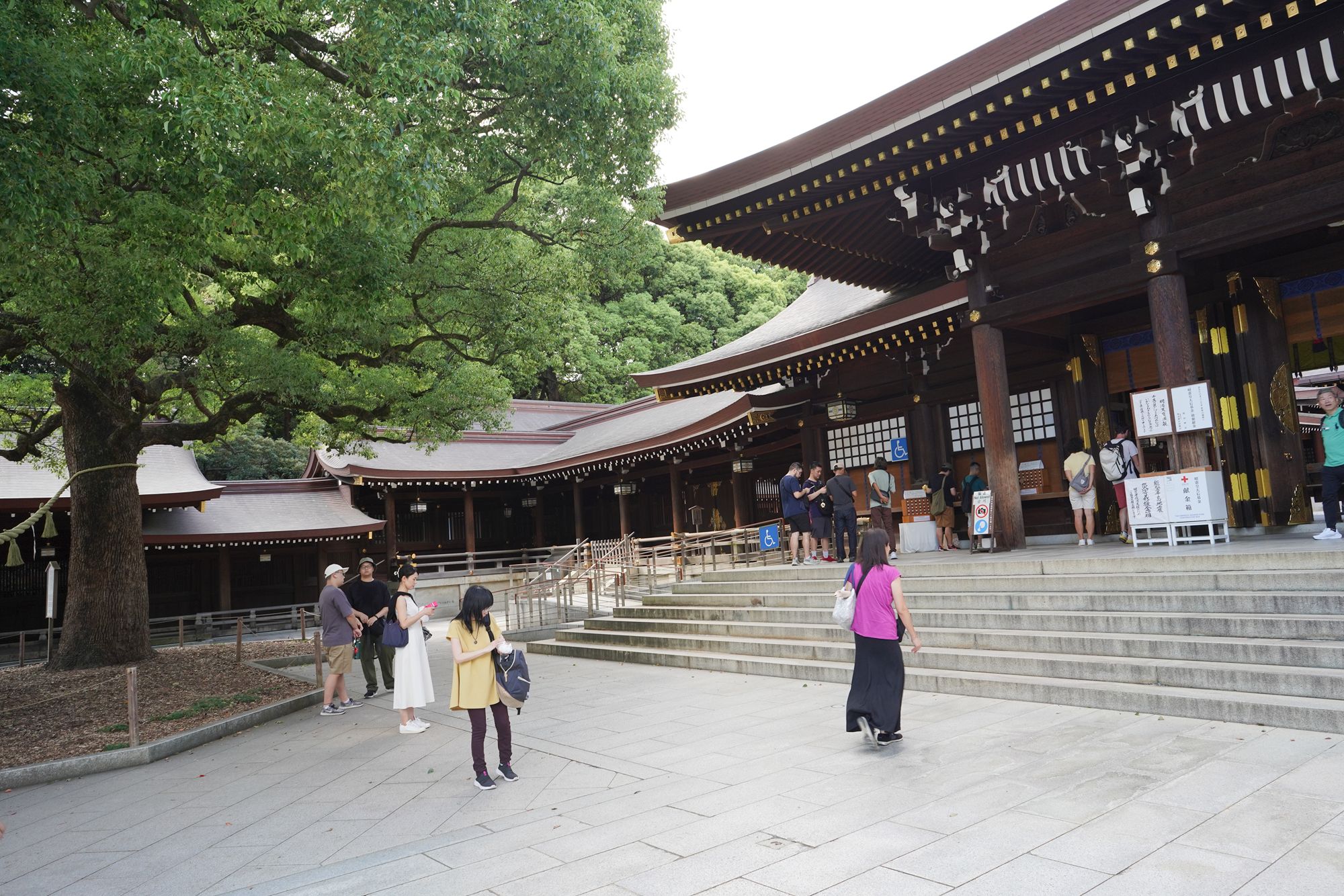
The main shrine building. Taking photos beyond this point was not allowed
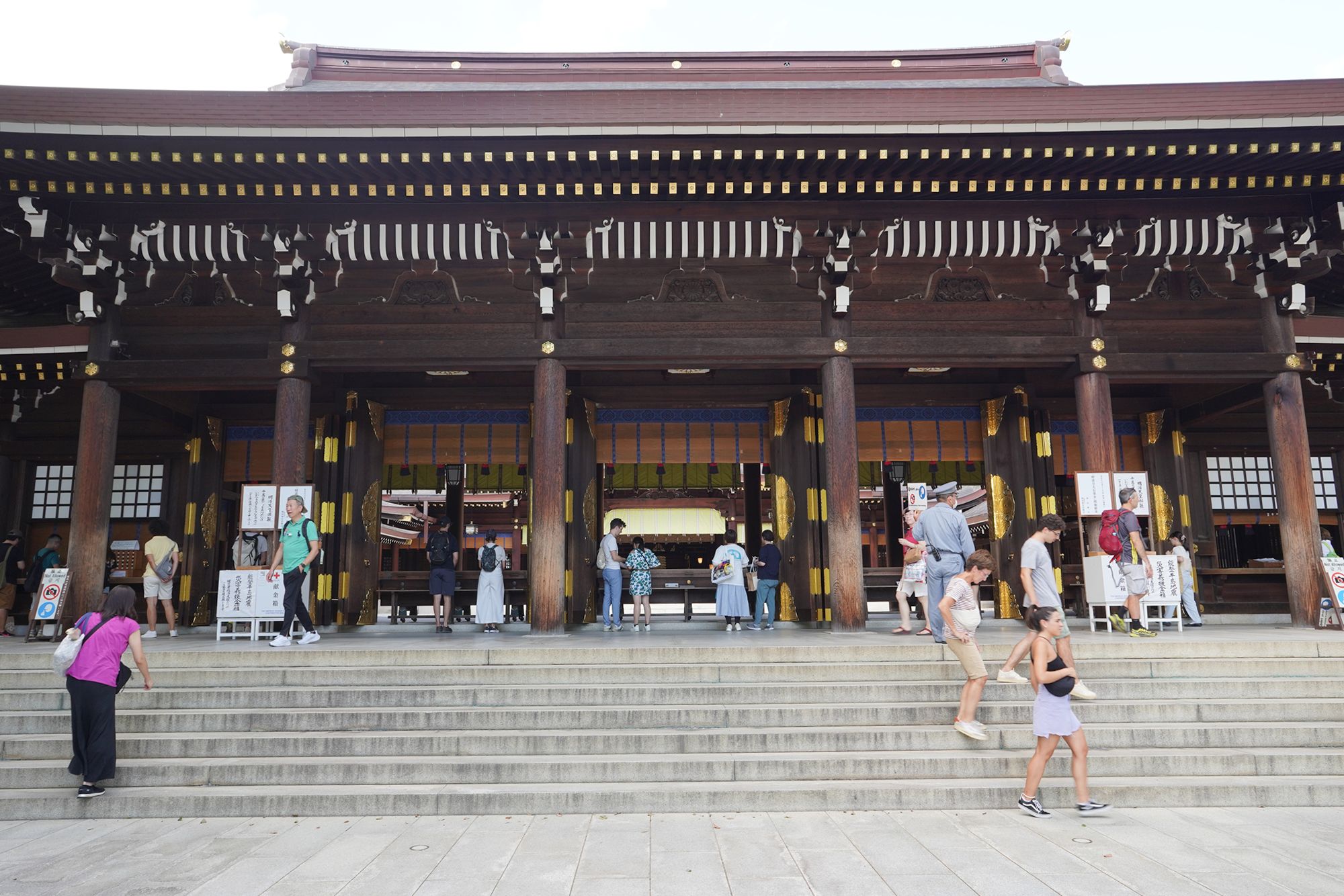
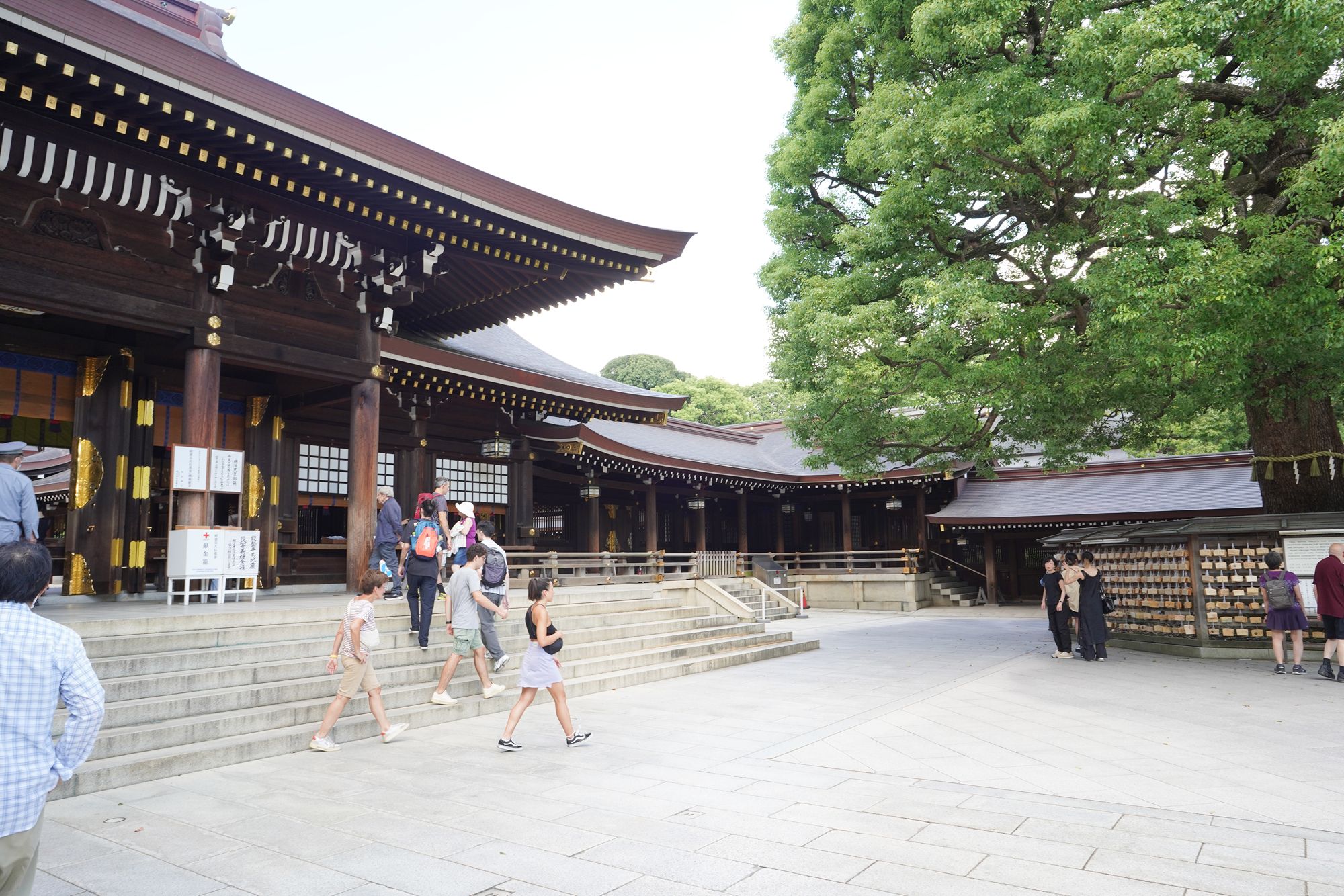

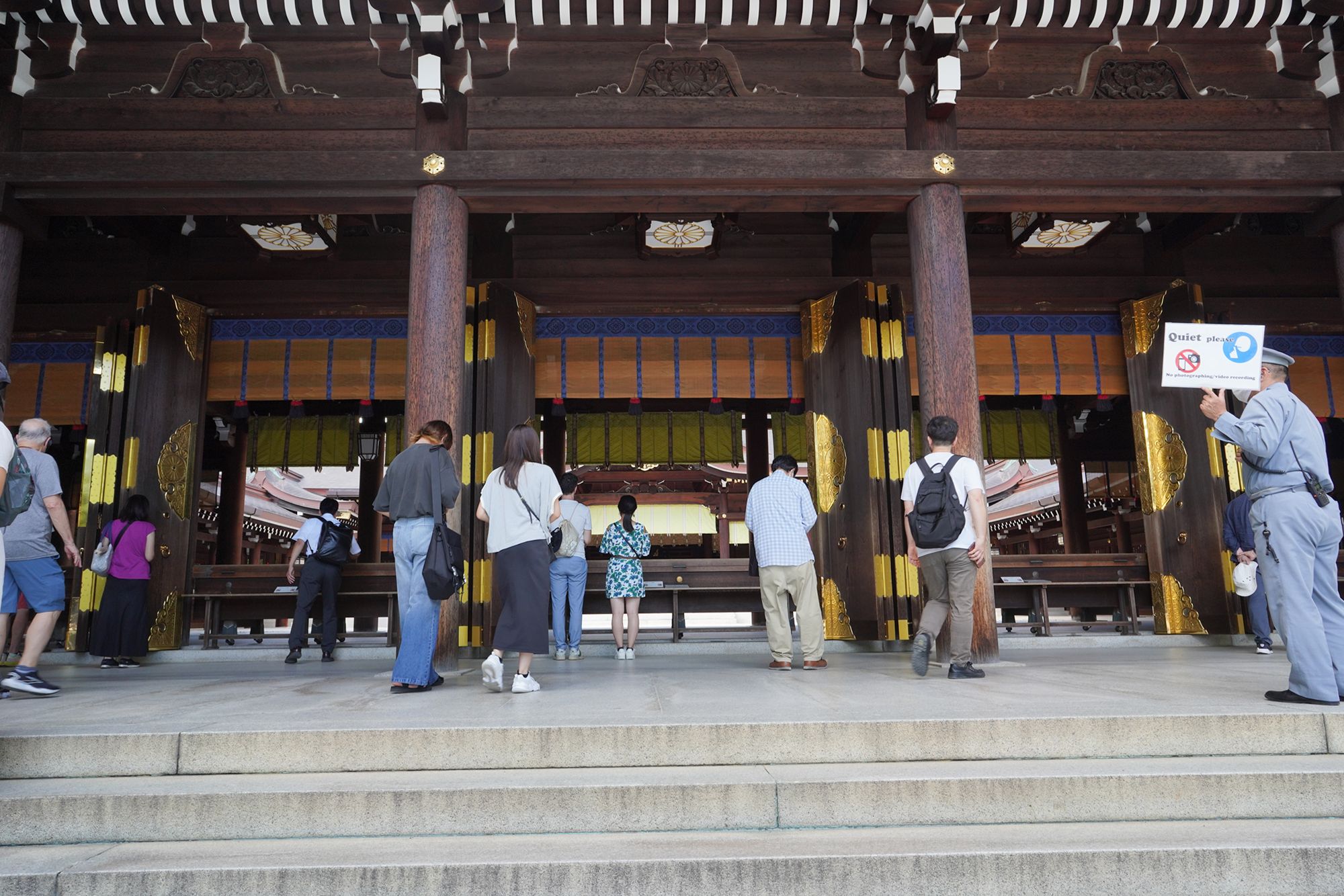
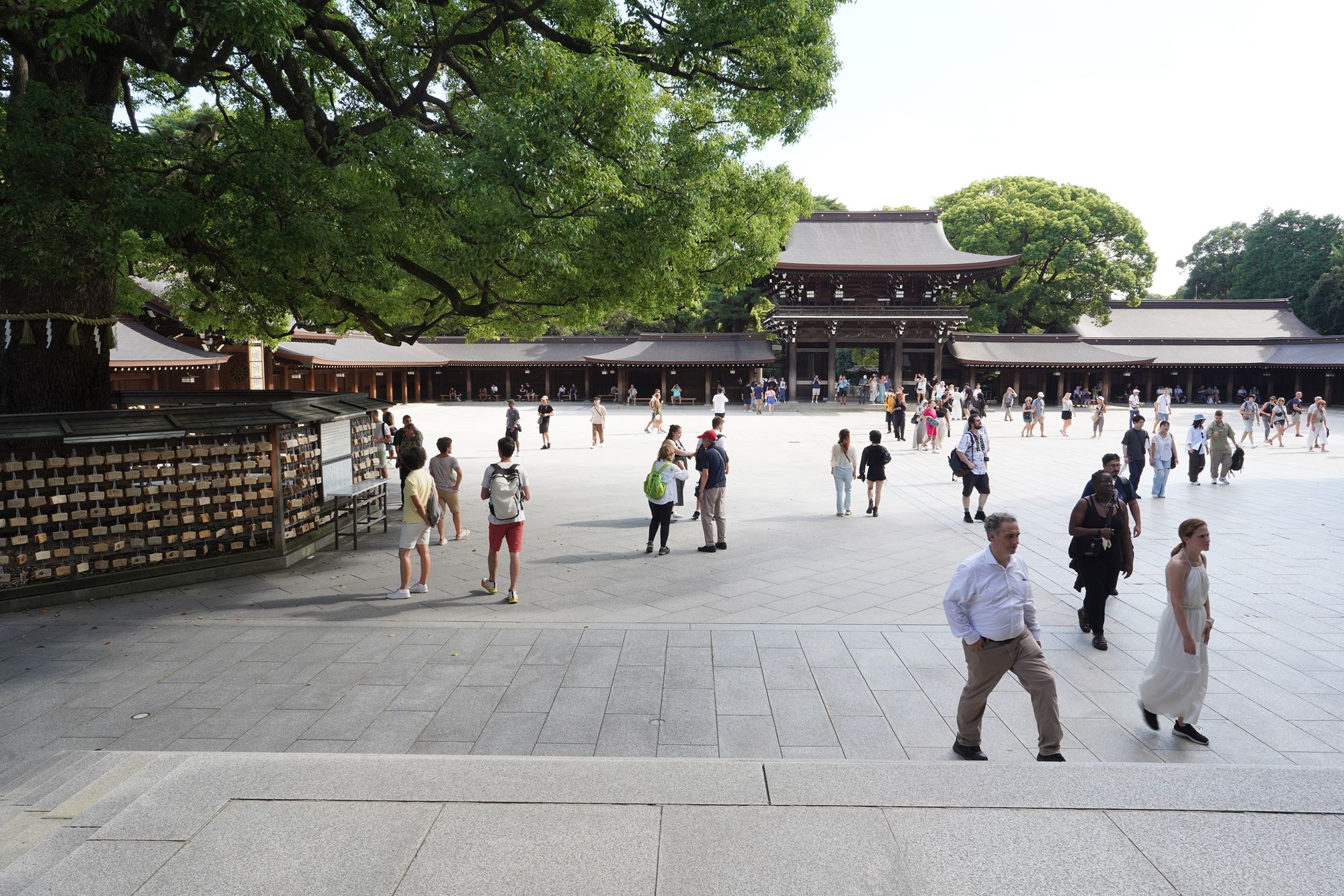

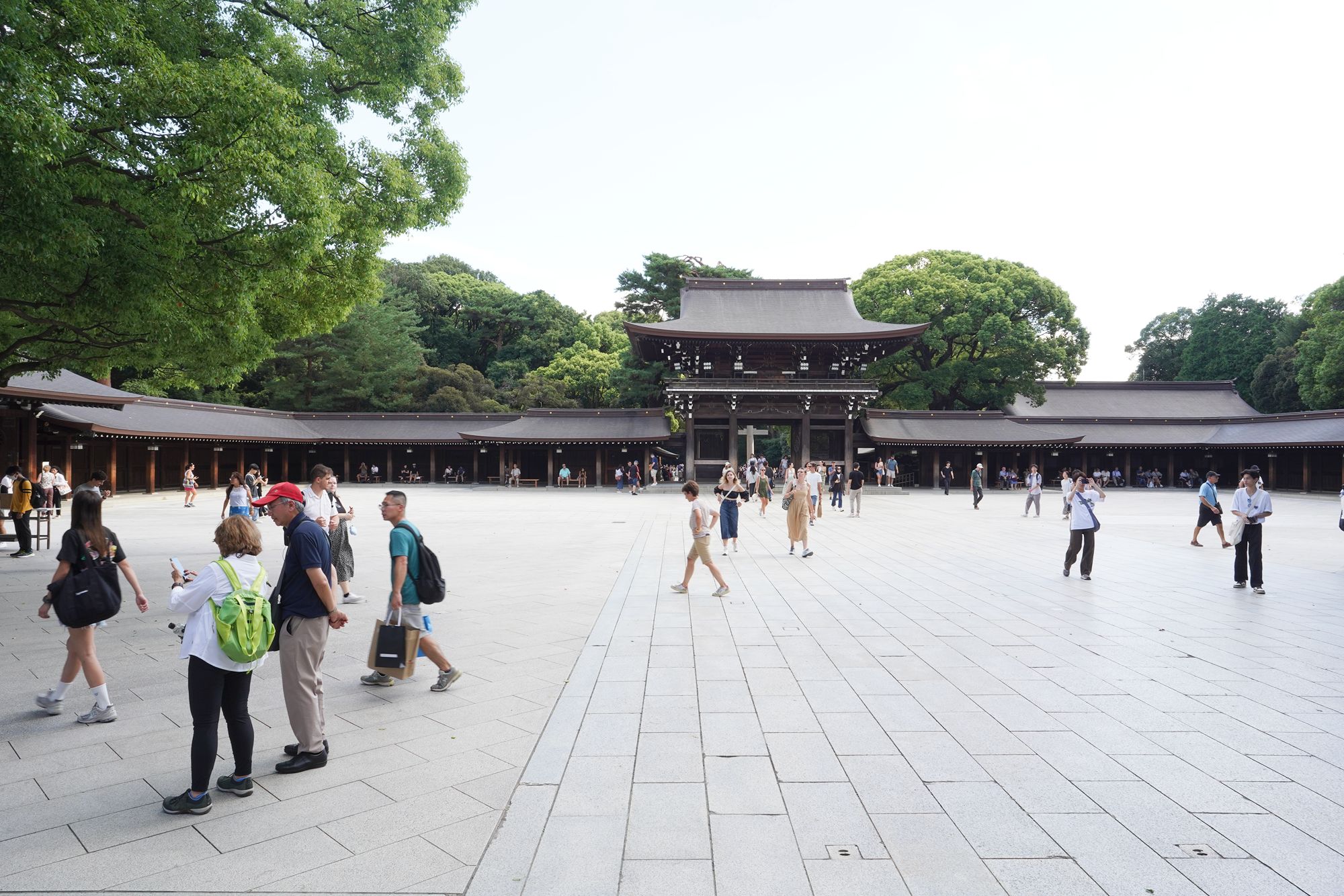


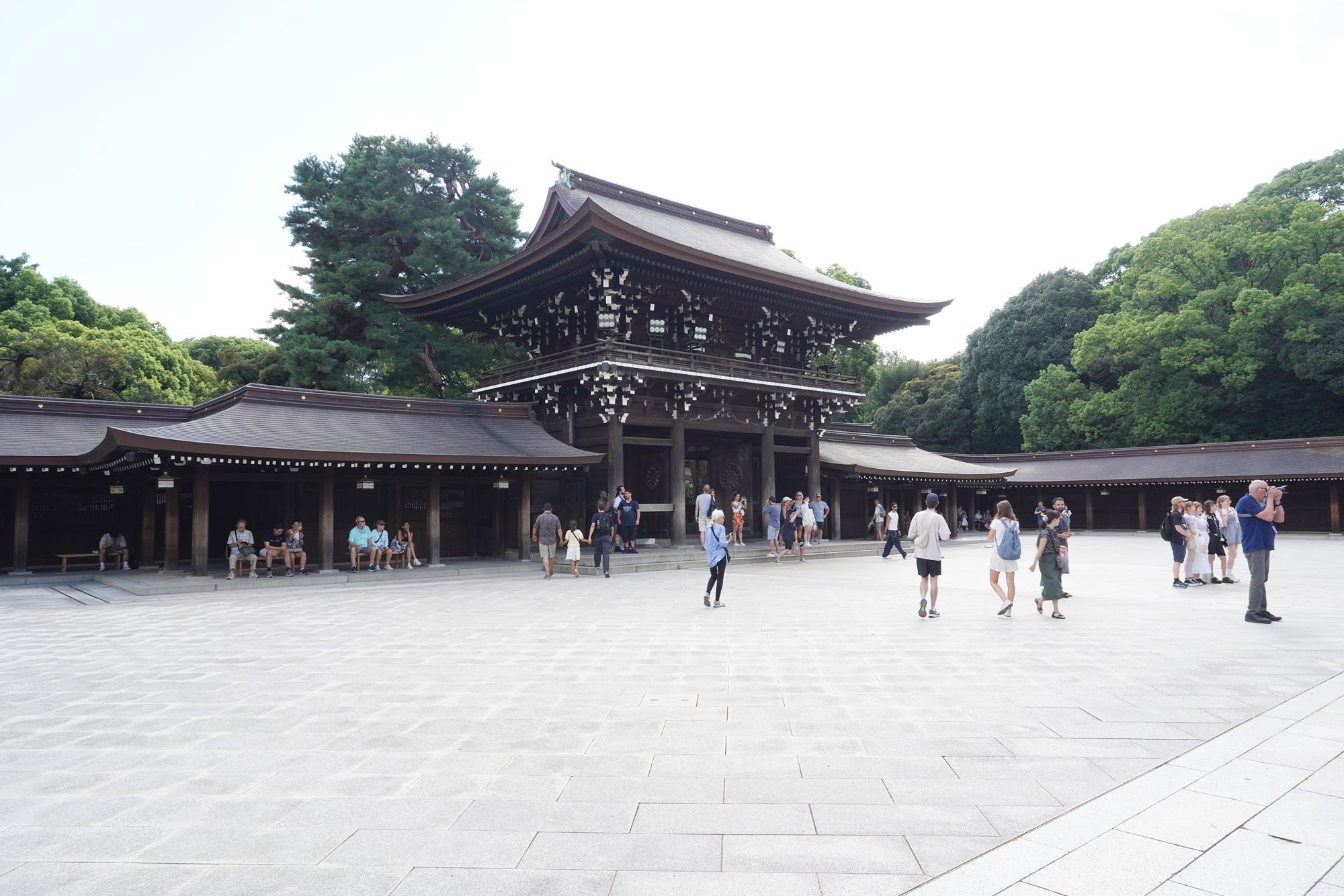
Walked back to the main entrance gate
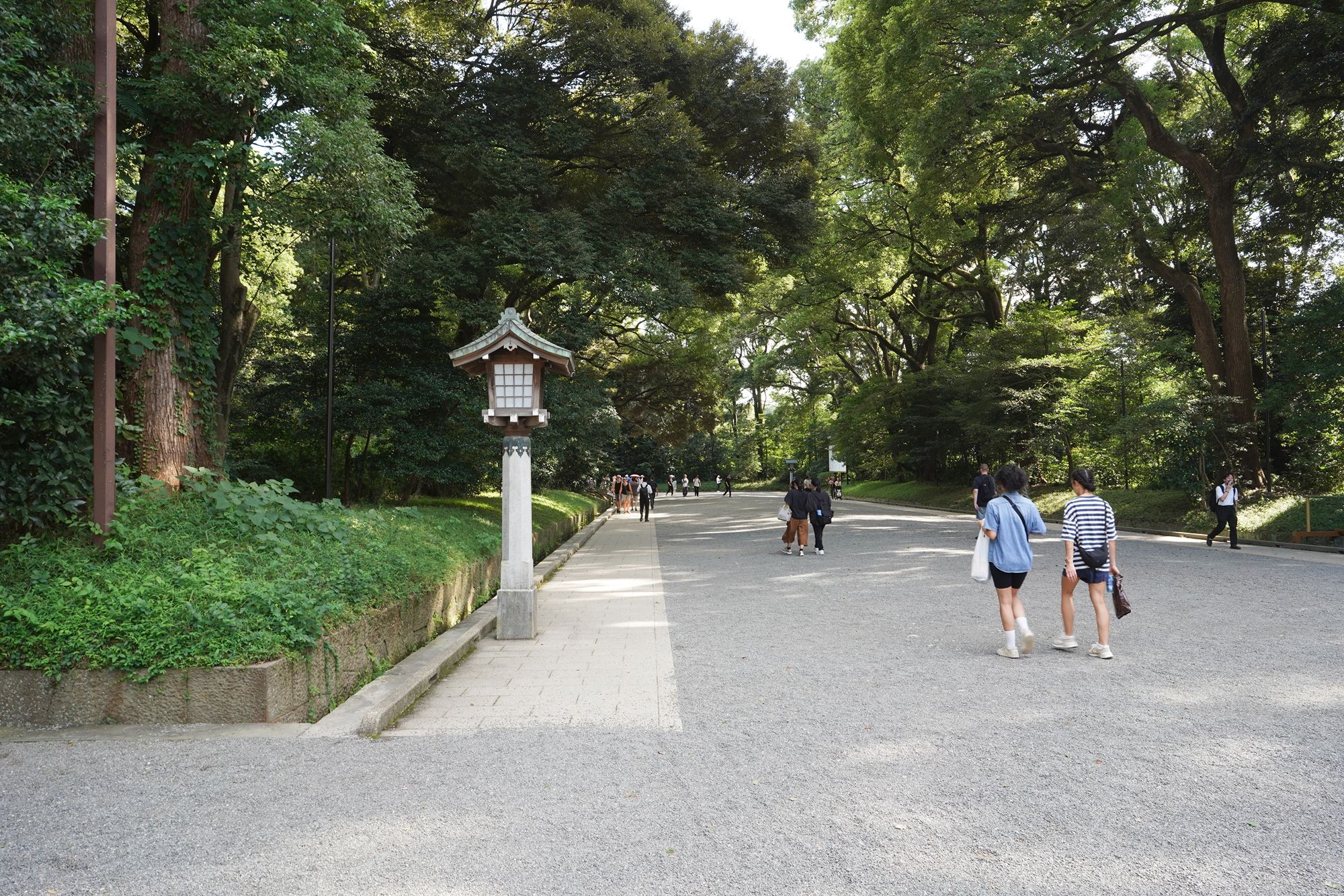


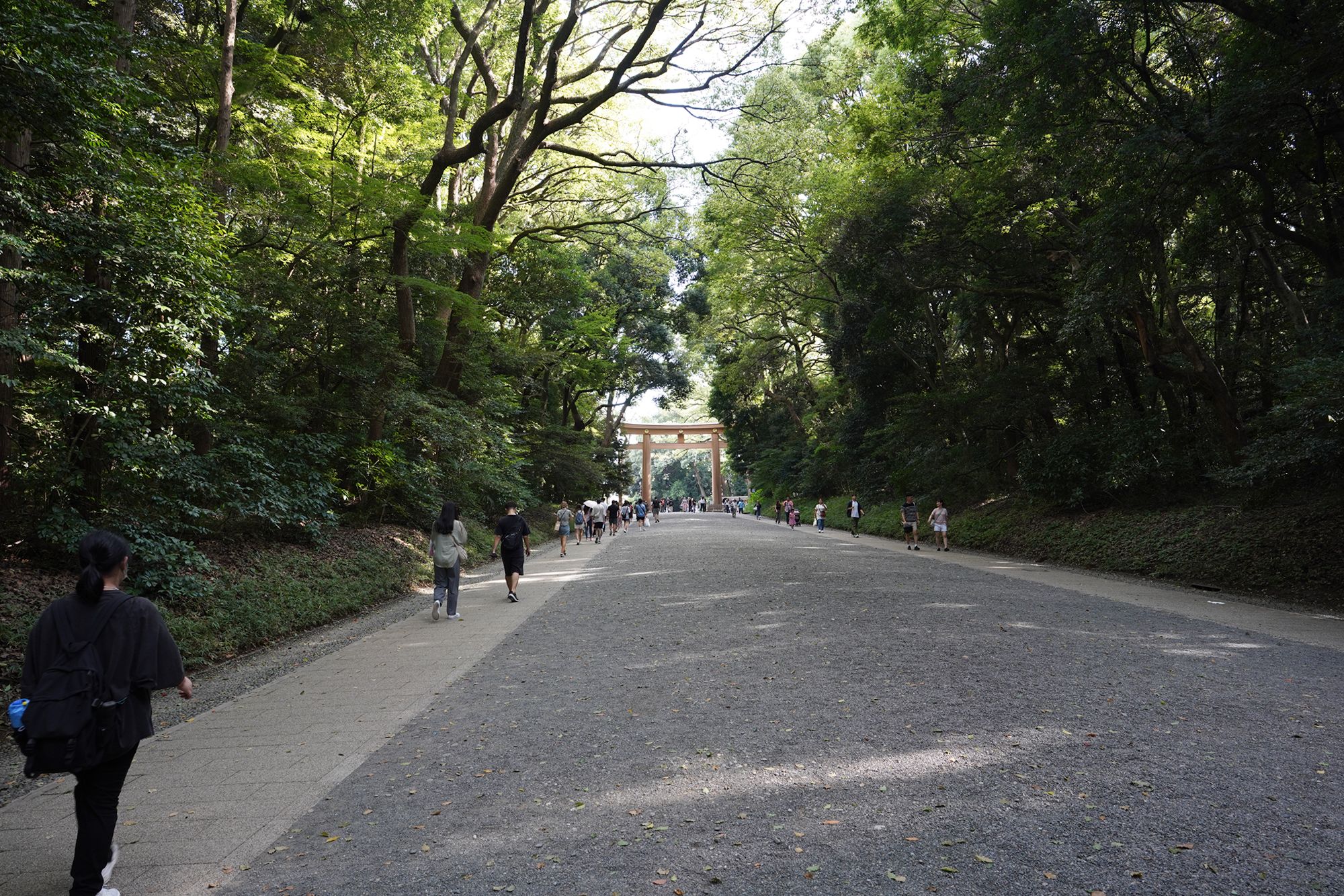
Walked back to Takeshita Street
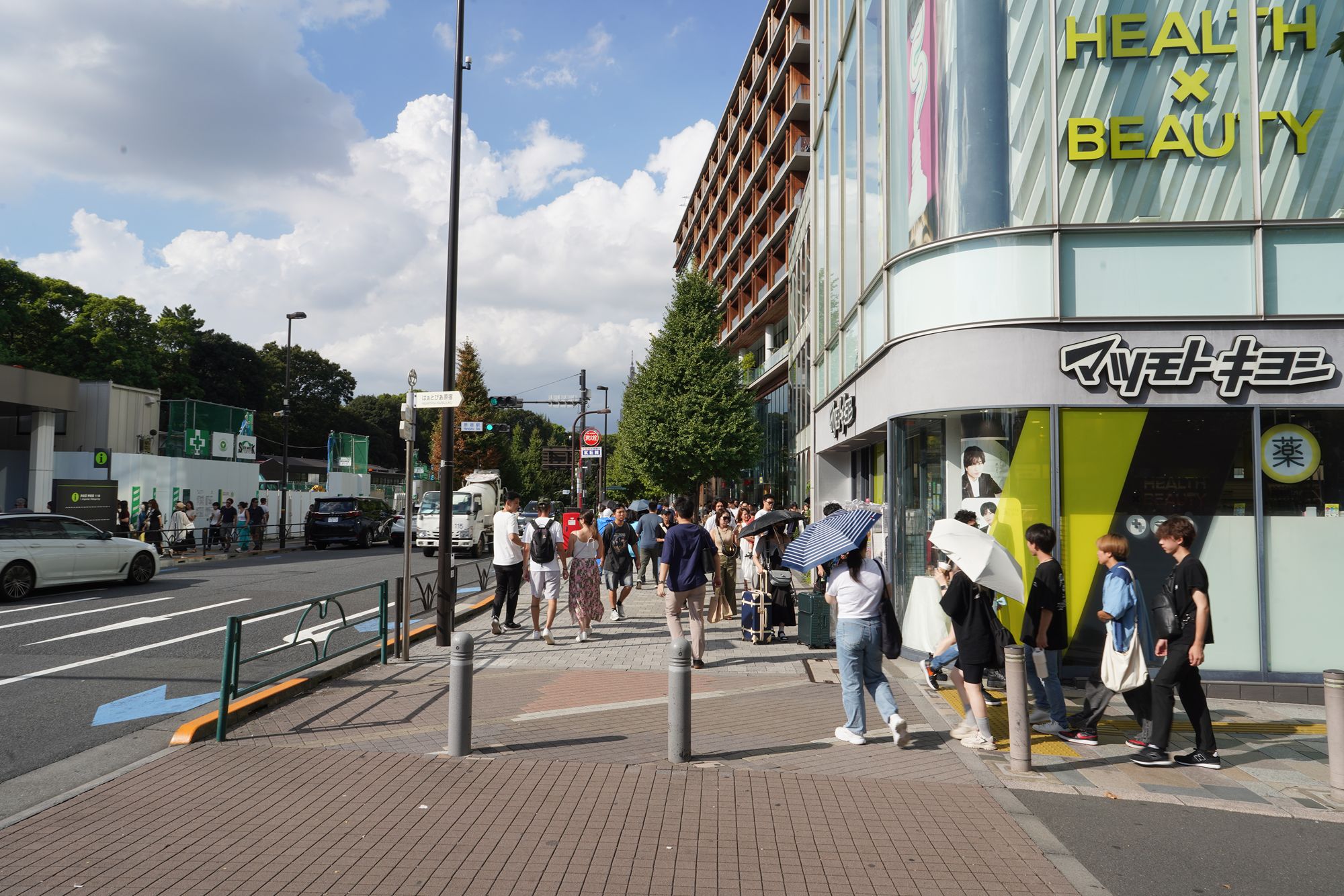
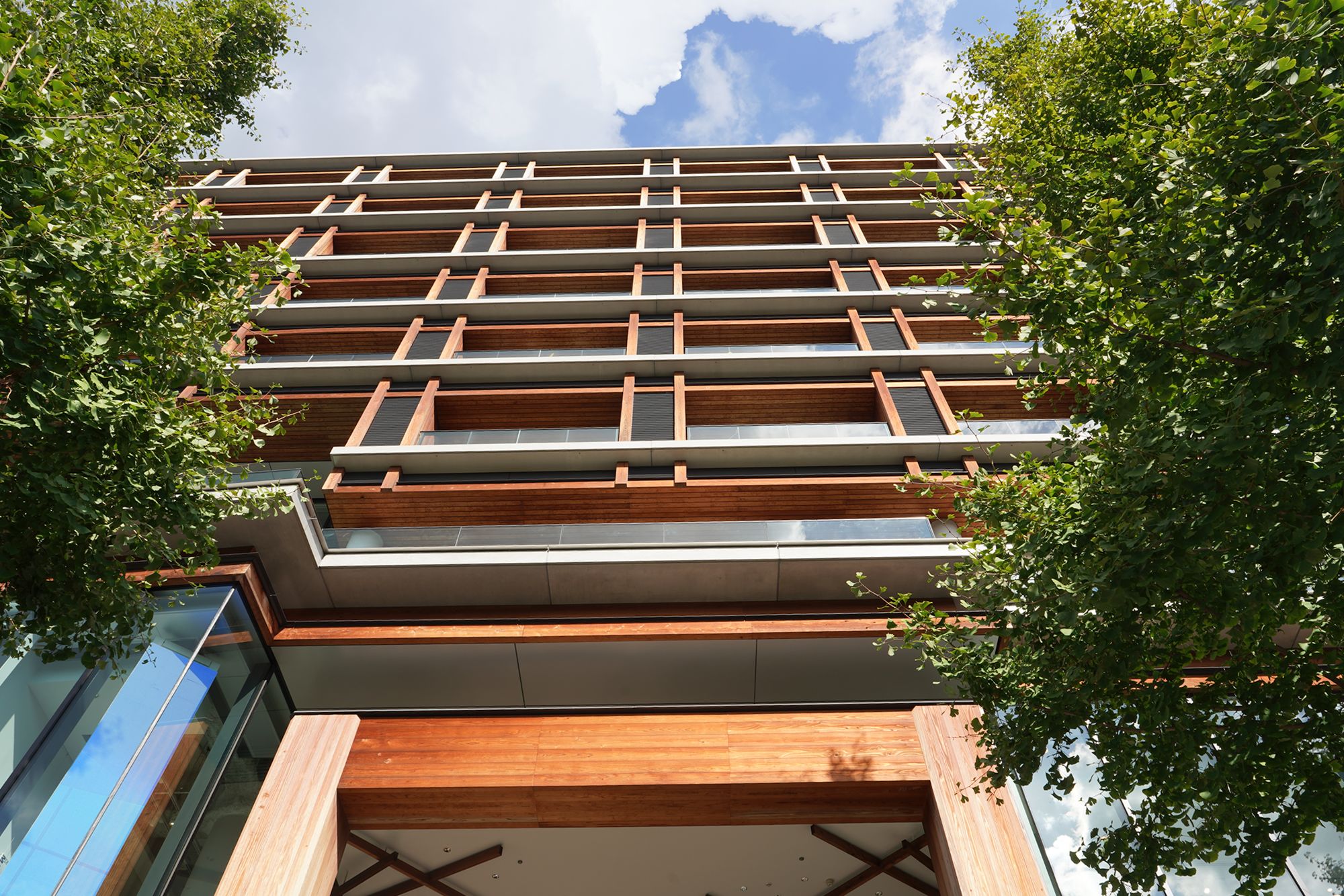


The street in front is Takeshita Street
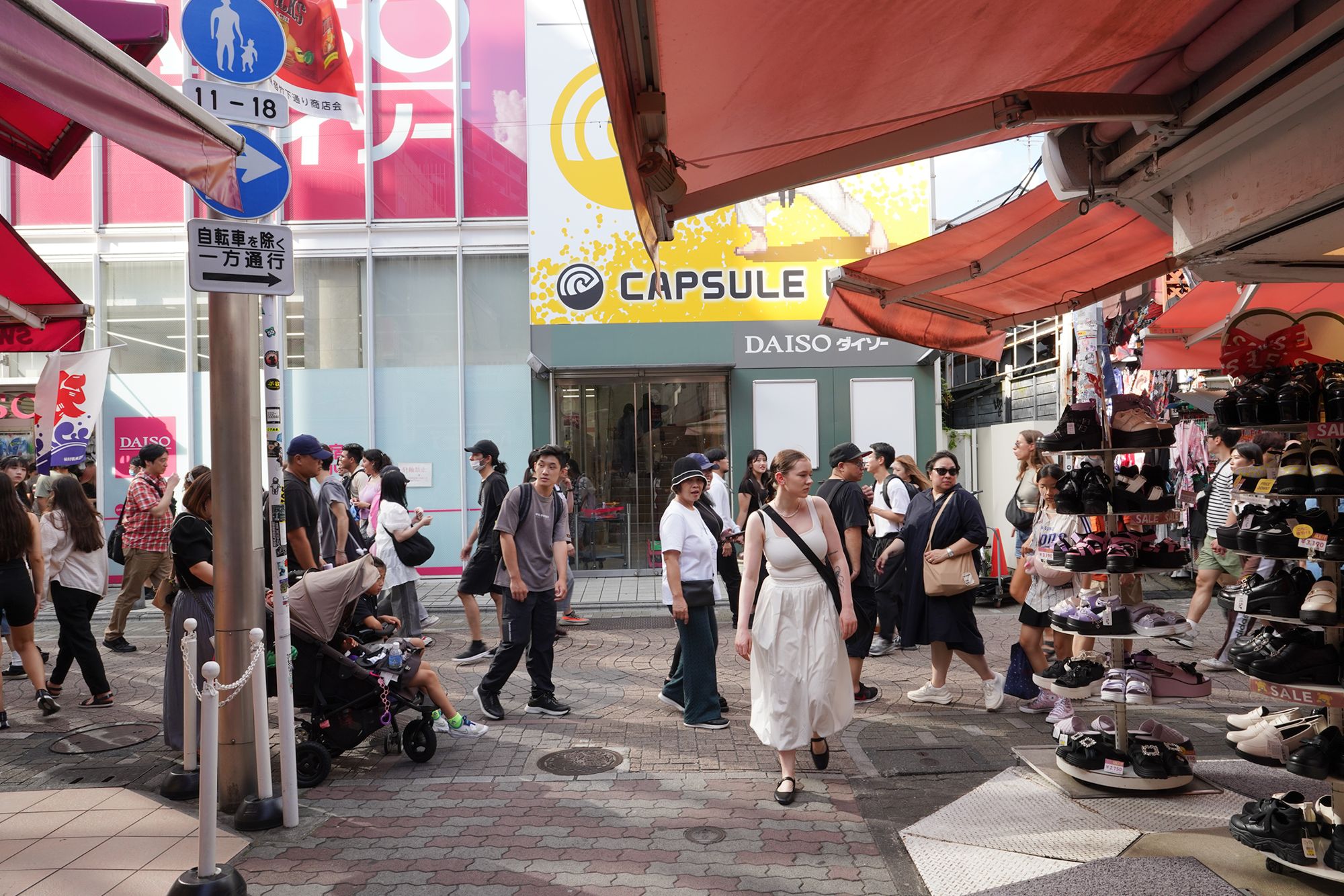
Crêpes are popular on the street
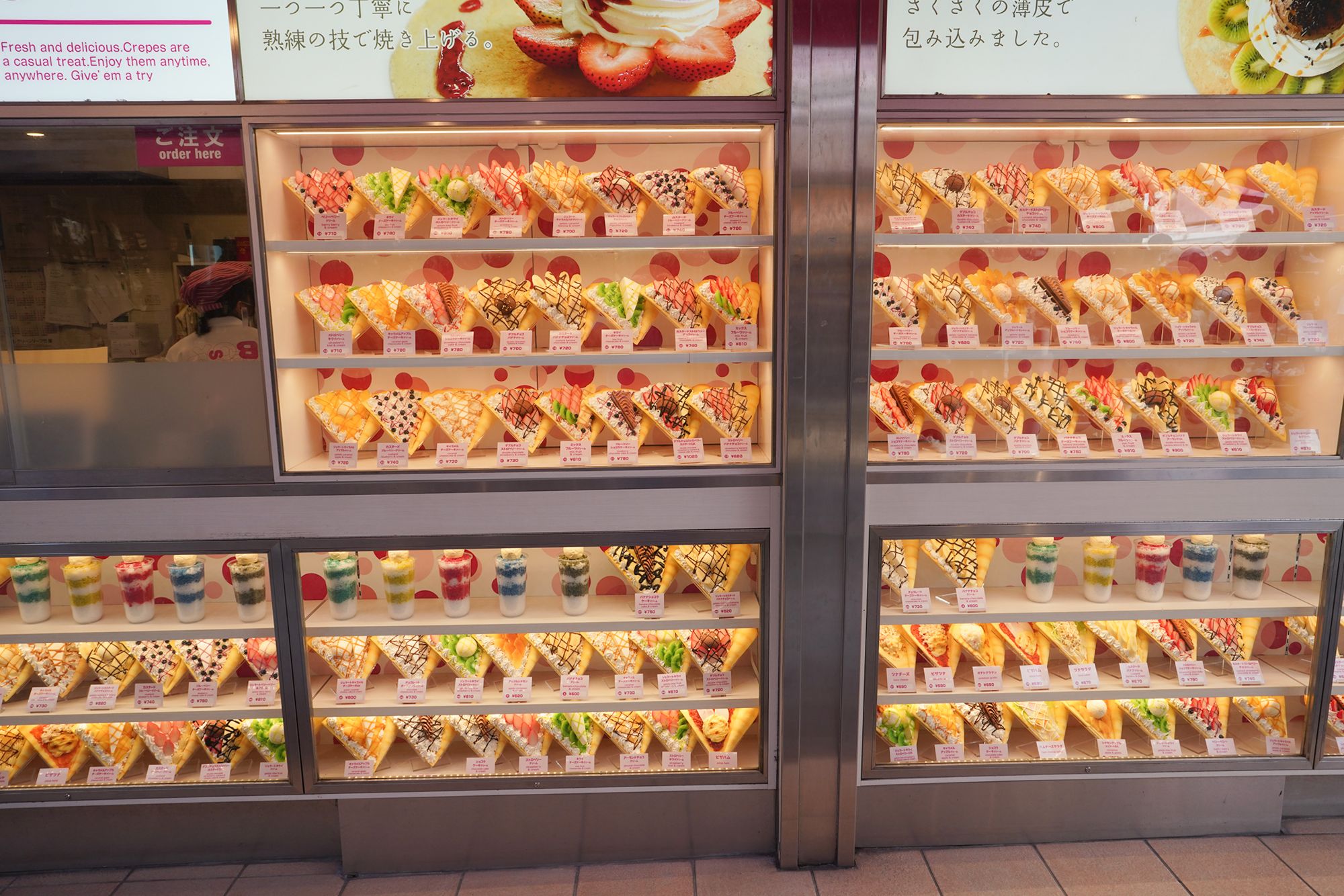
Walked down Takeshita Street, which is a long straight street
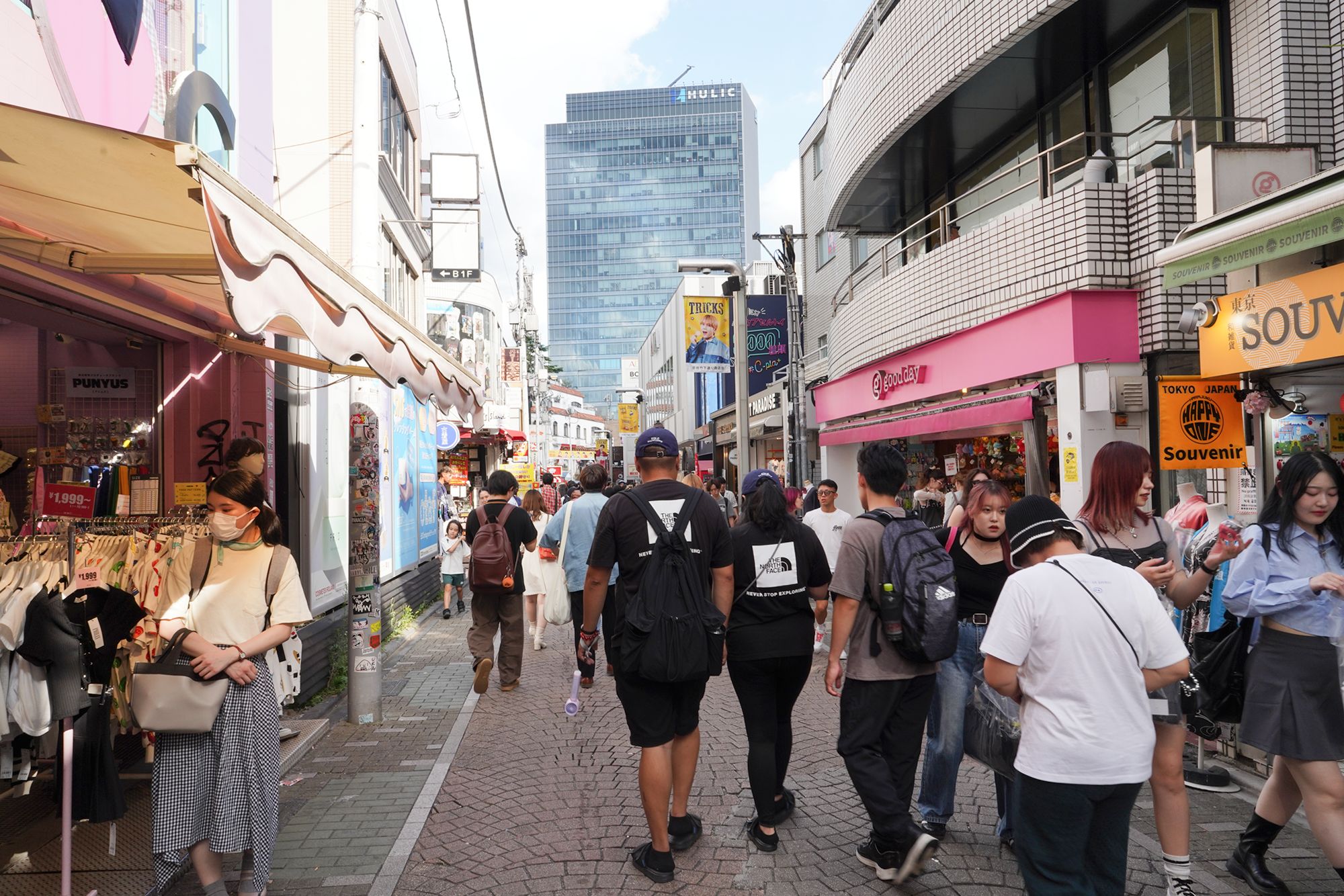

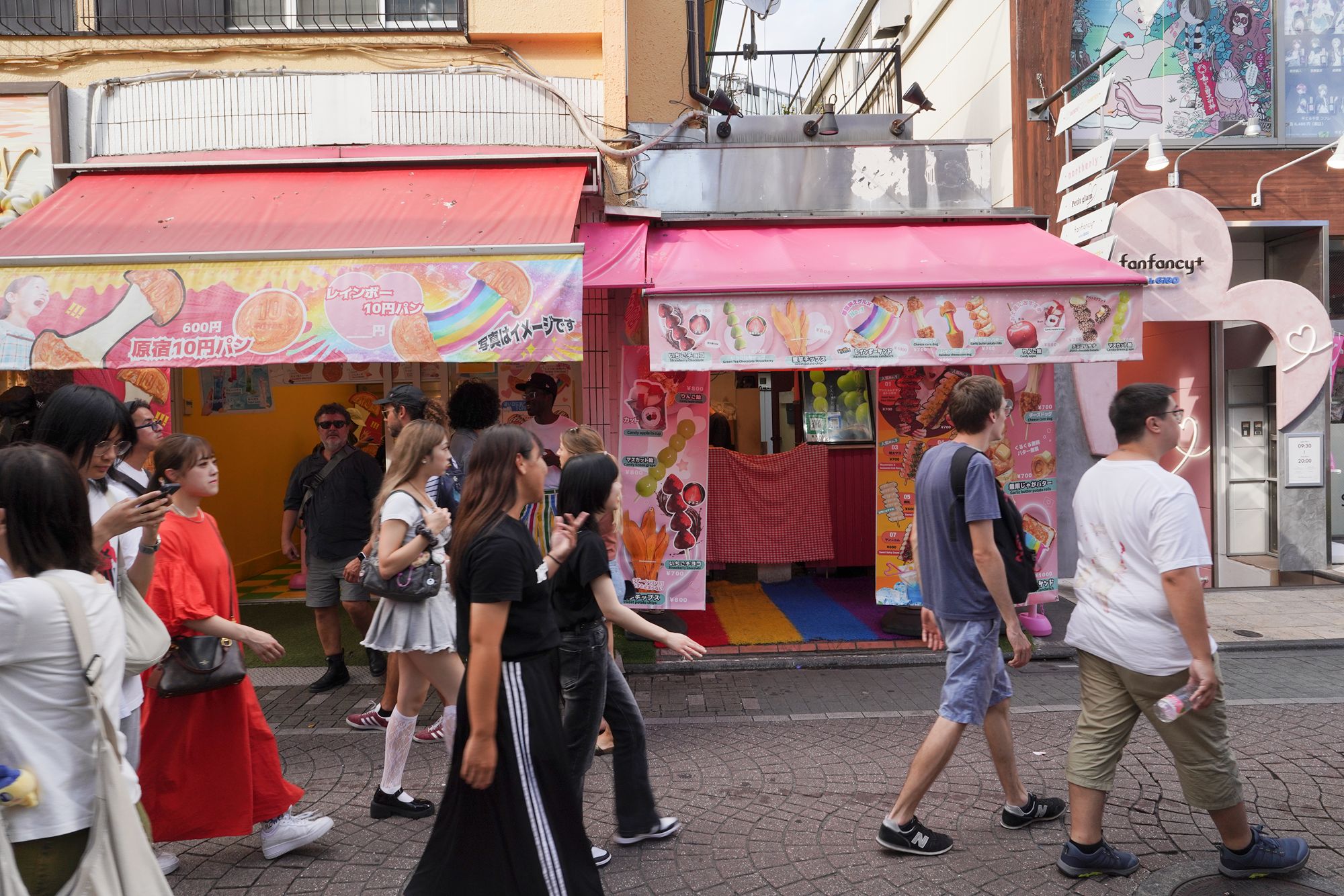
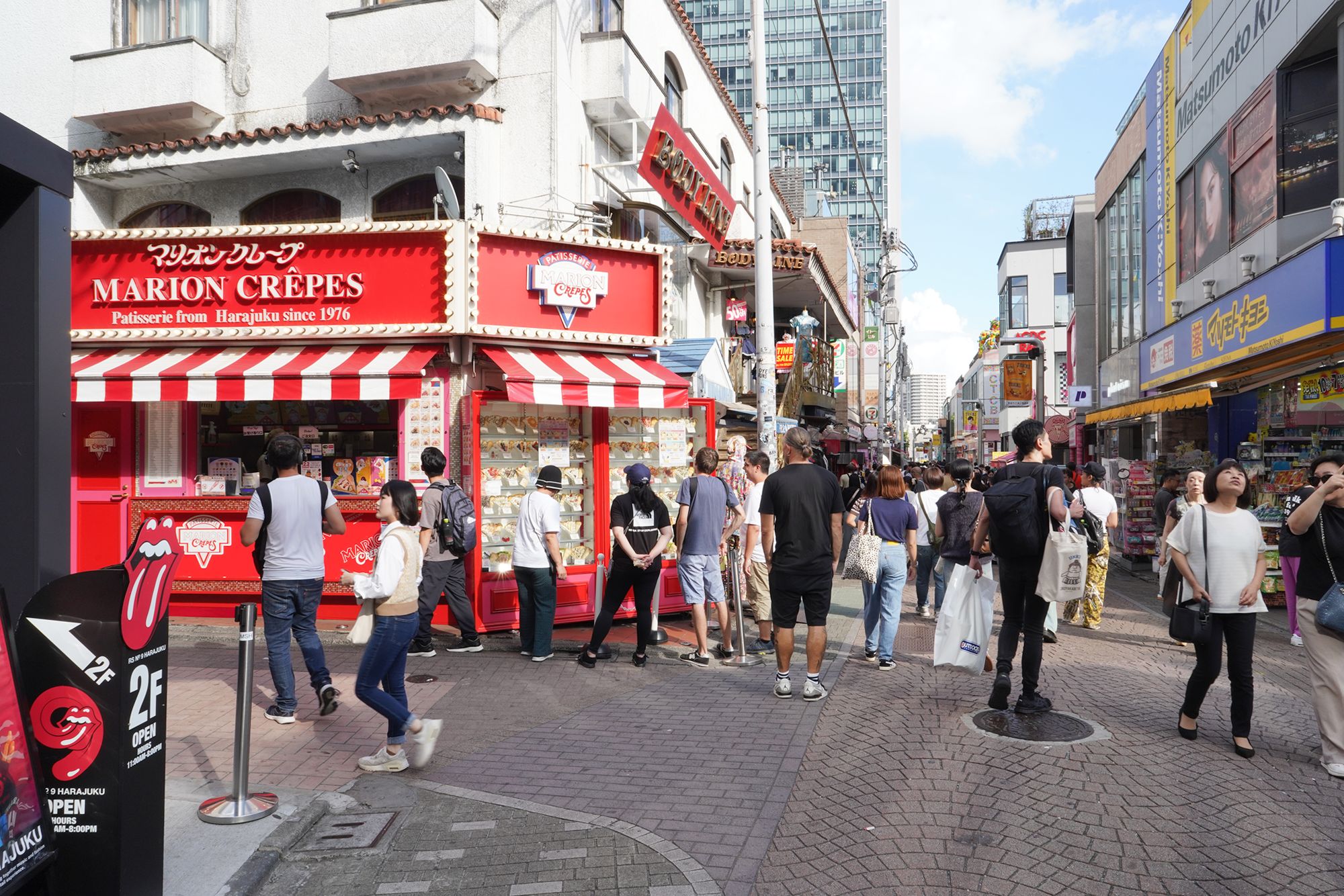
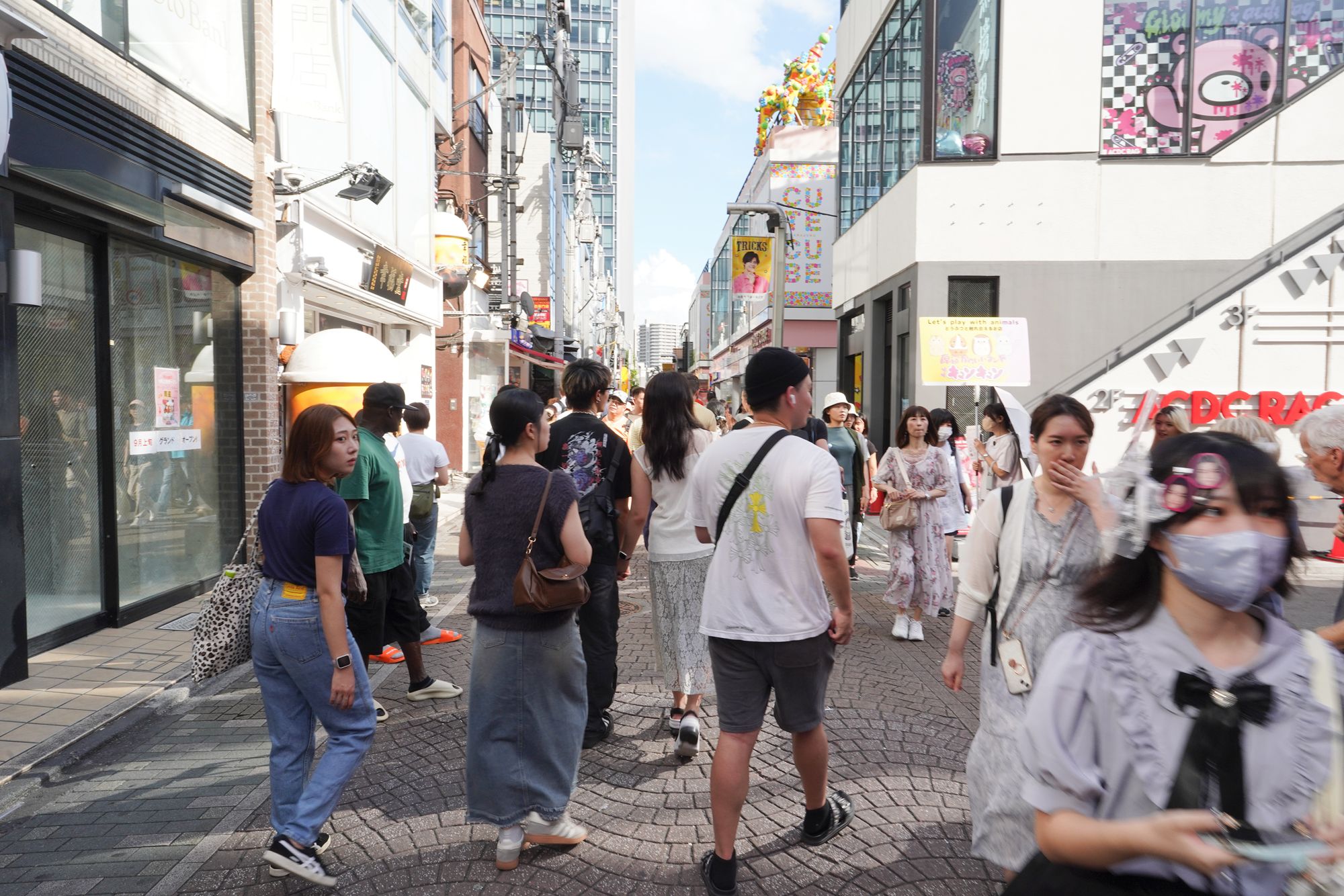
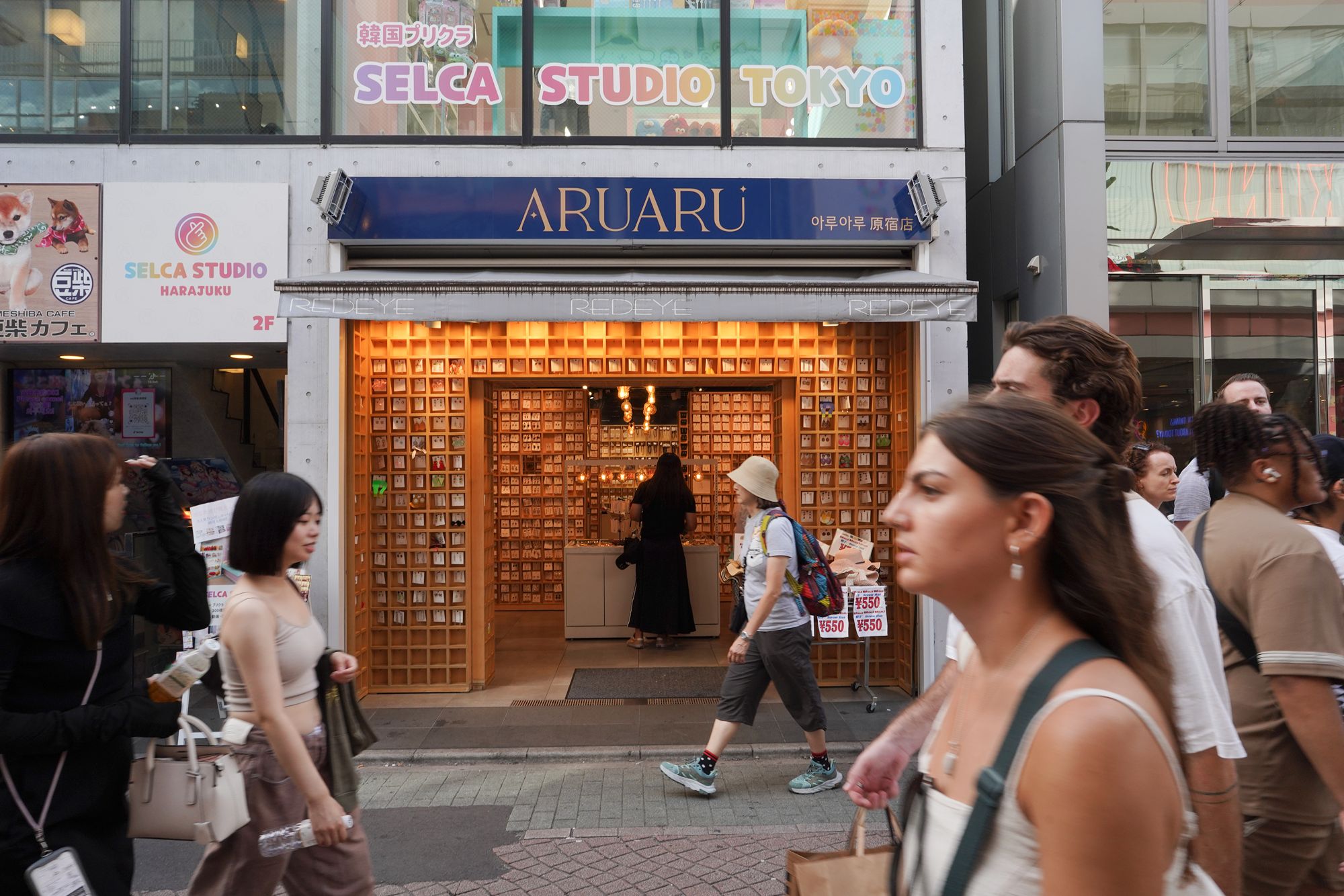
Came to the other end of the street

Back side
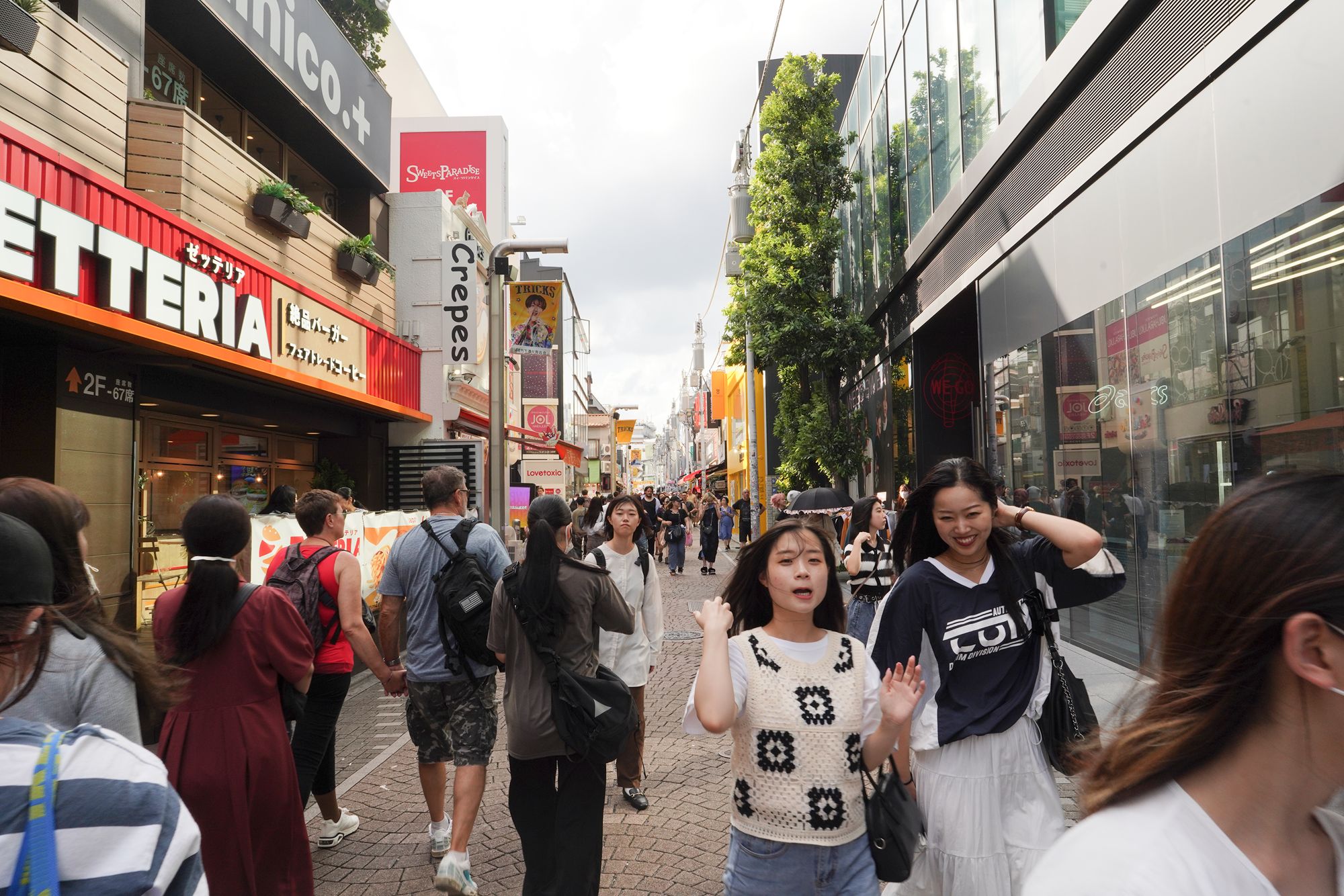
From here, I walked to Omotesando main street, which is nearby
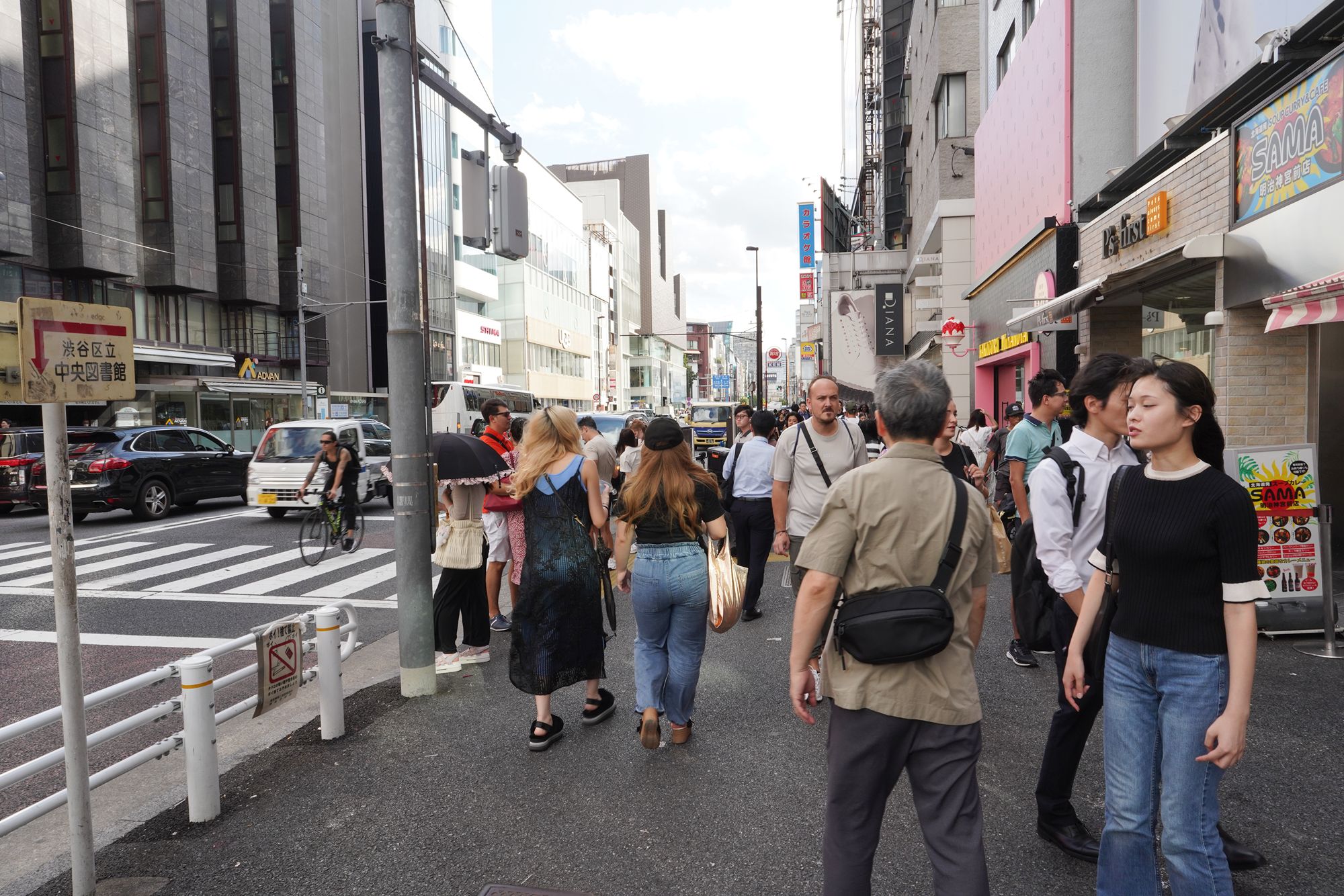
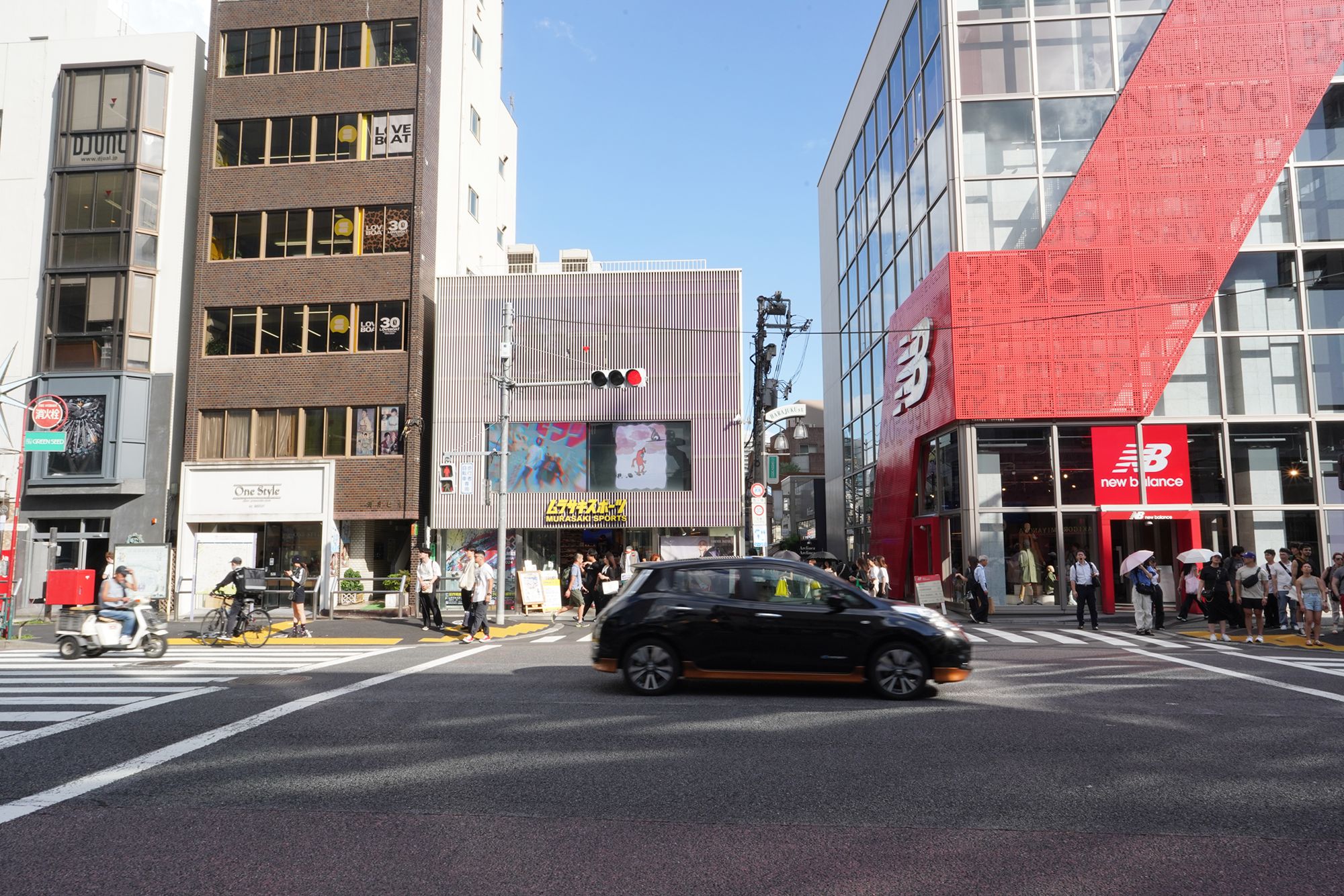
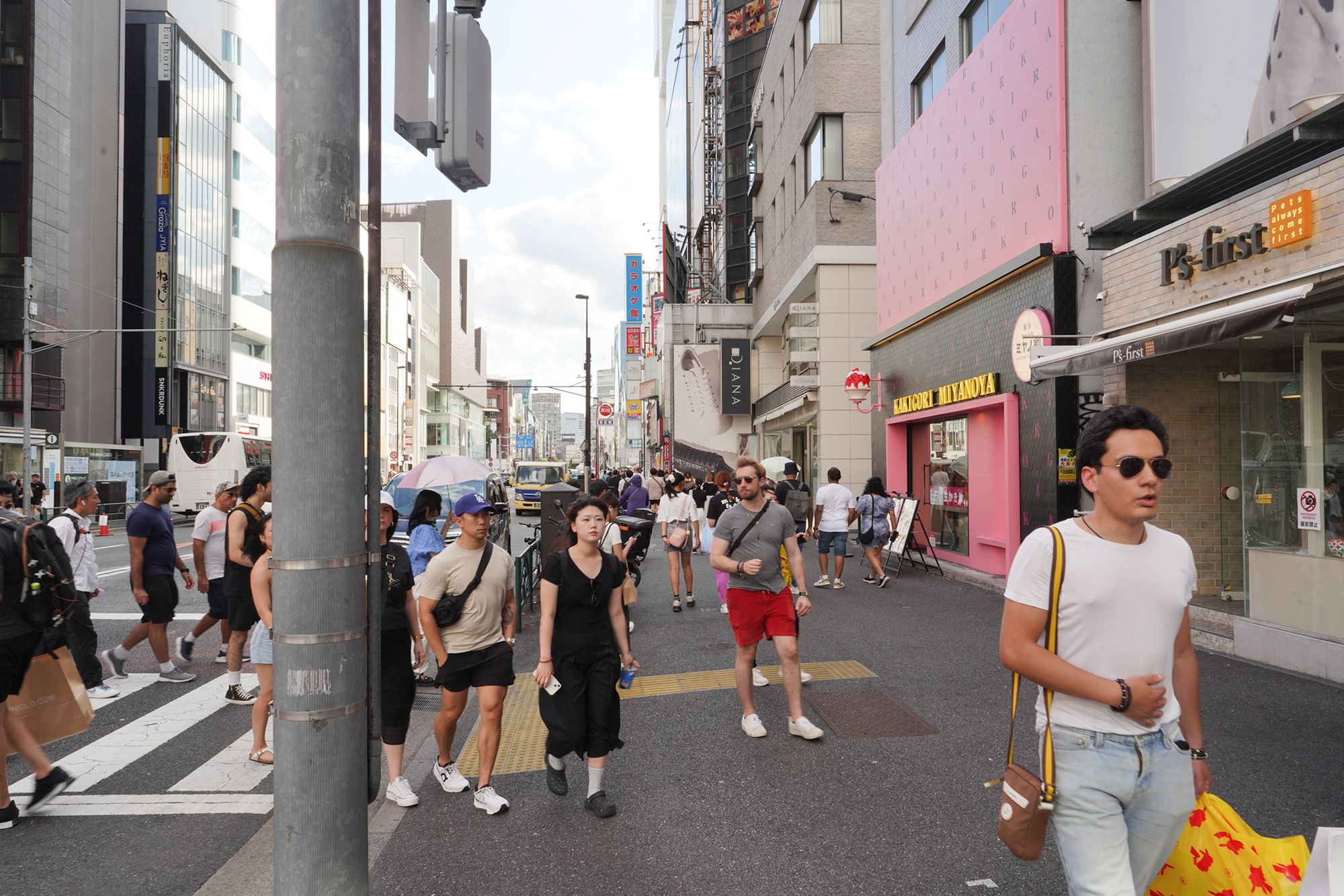
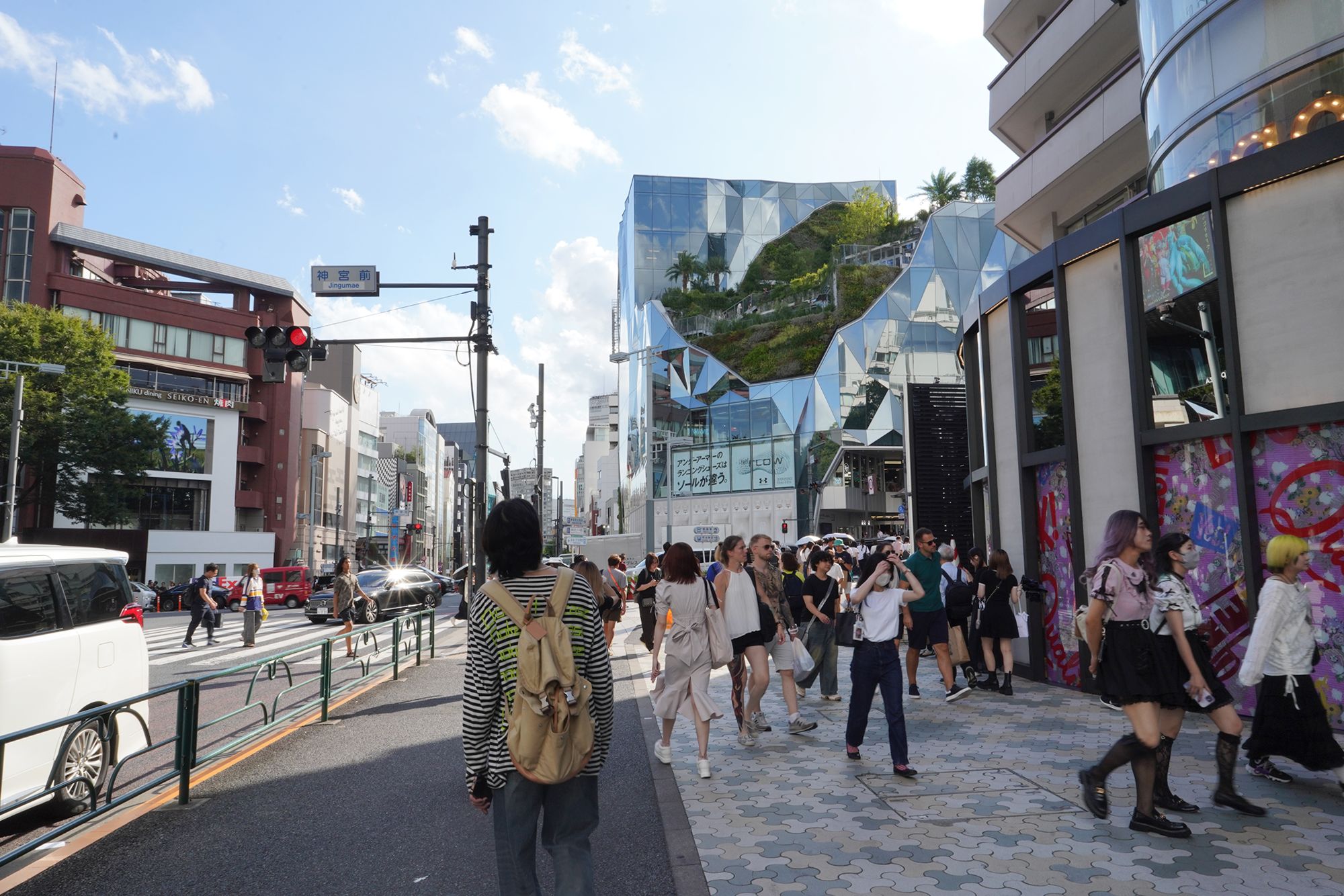

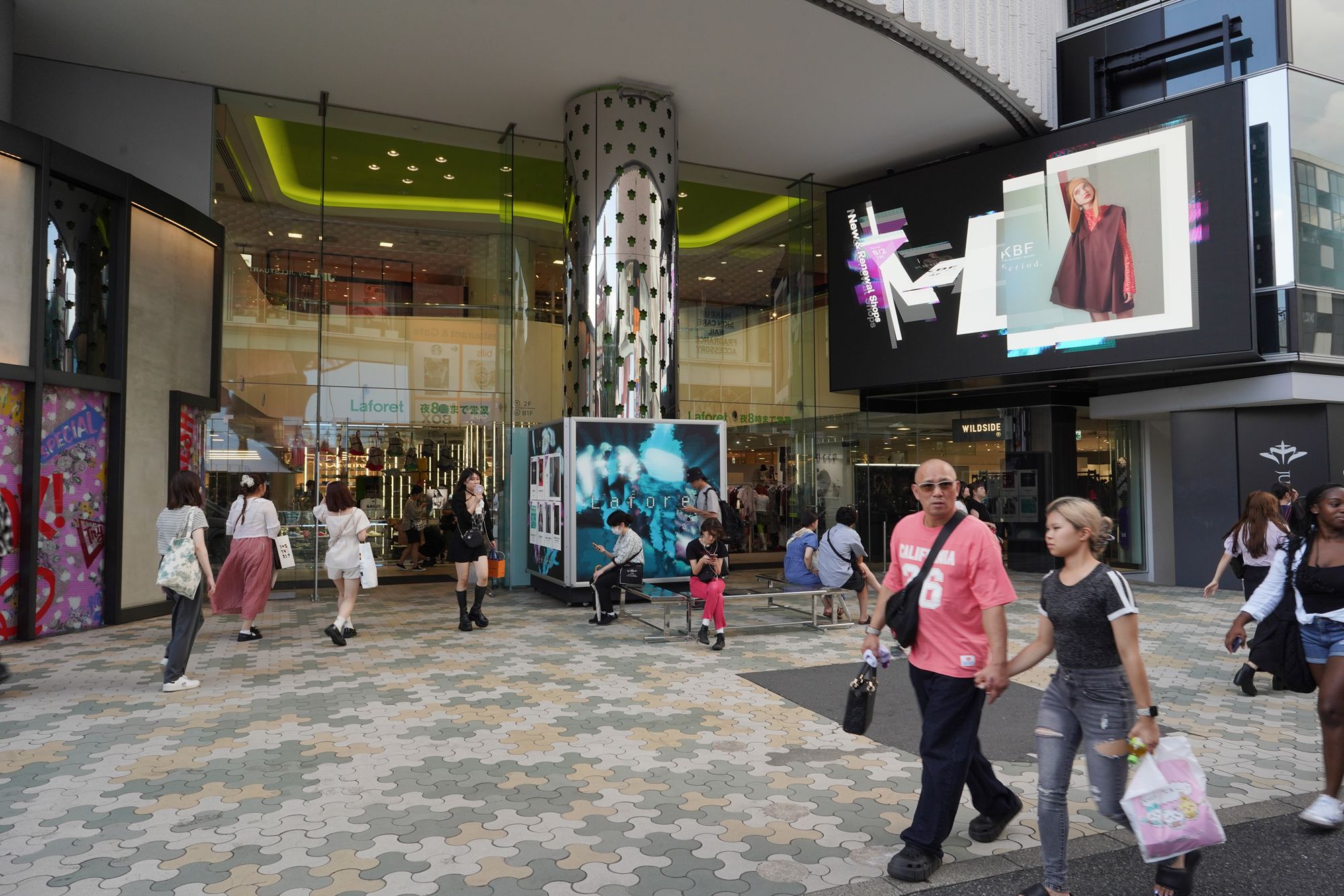
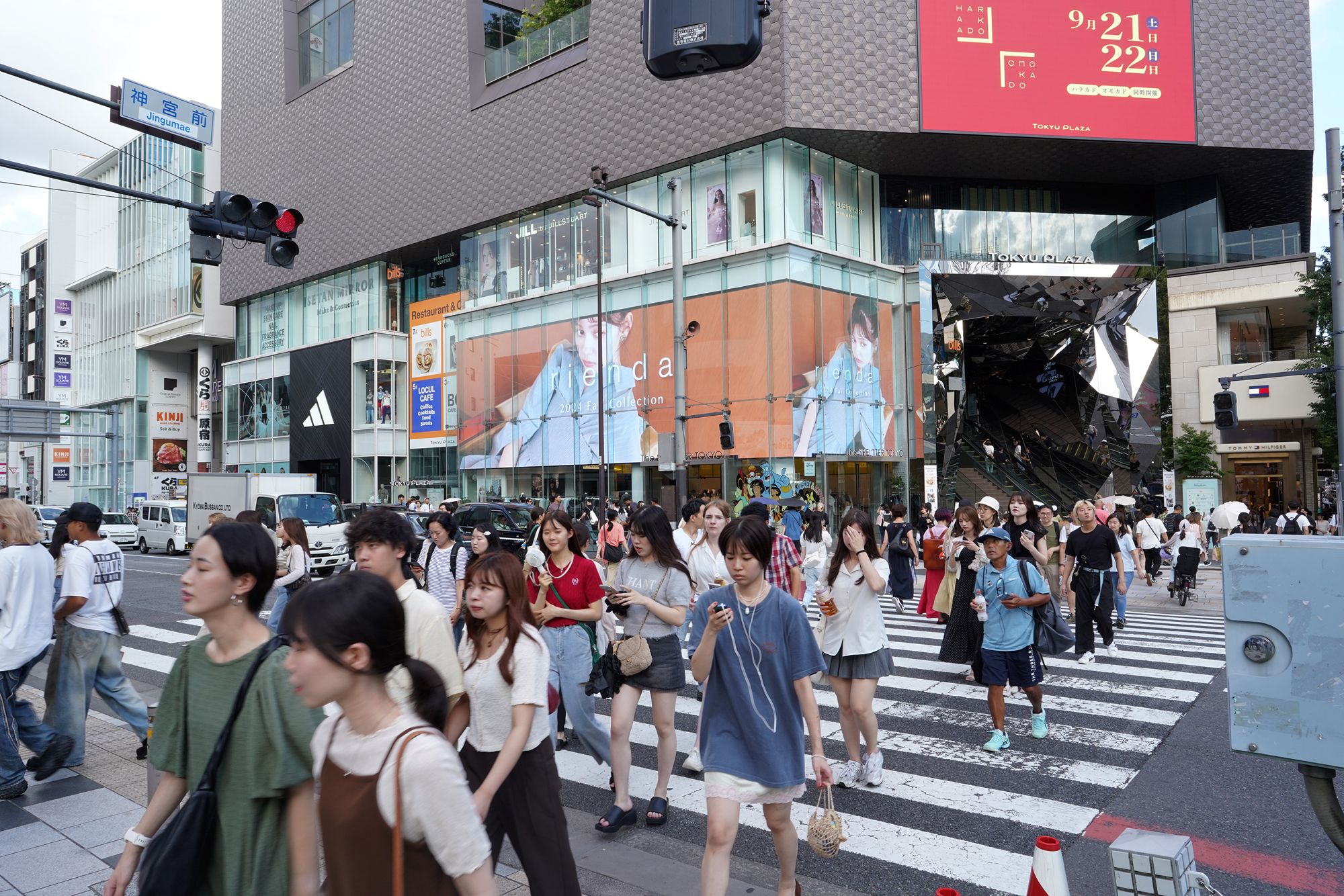
Omotesando Main Street. This street is lined with high-end brands like Louis Vuitton, Prada, Gucci, and Dior.


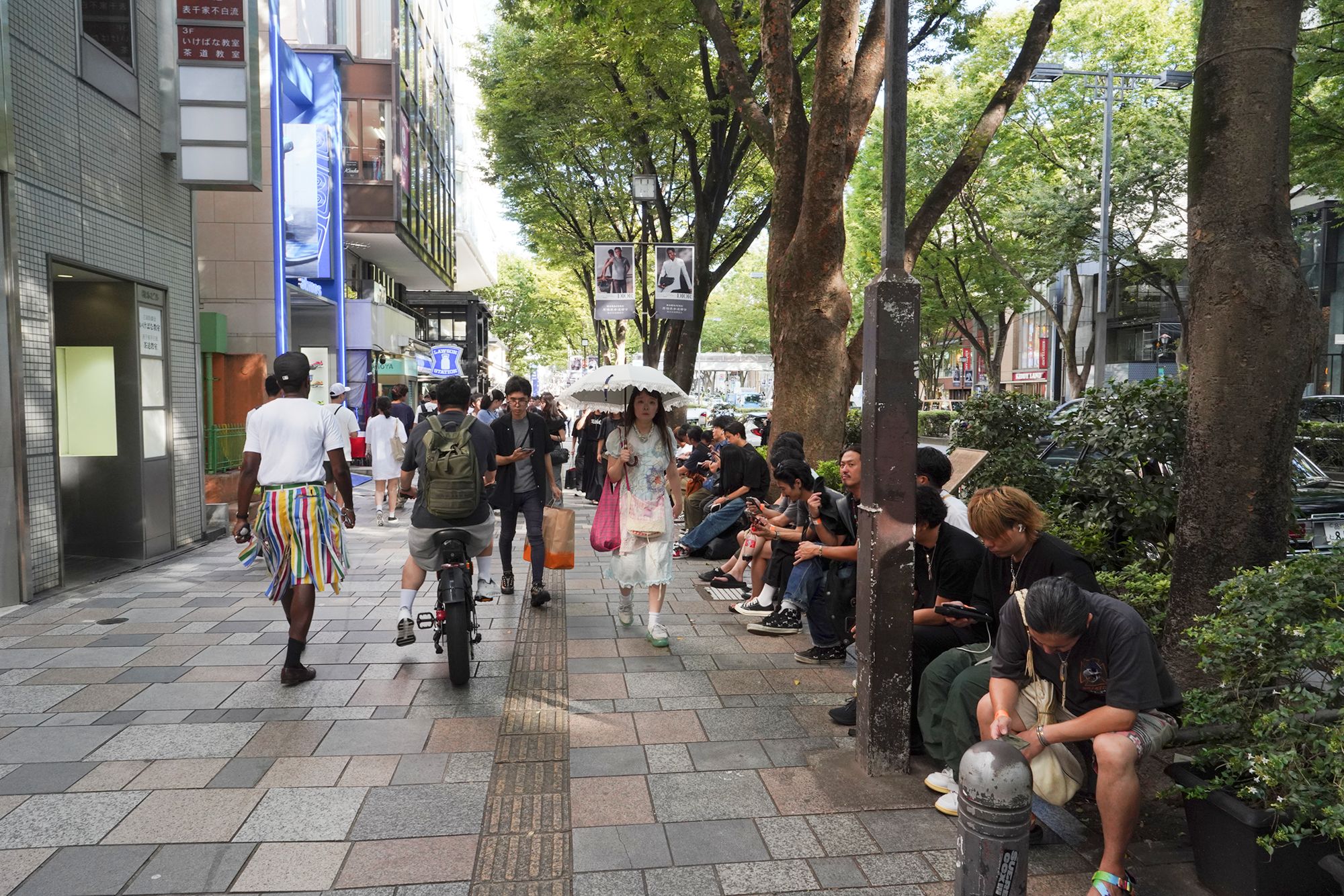

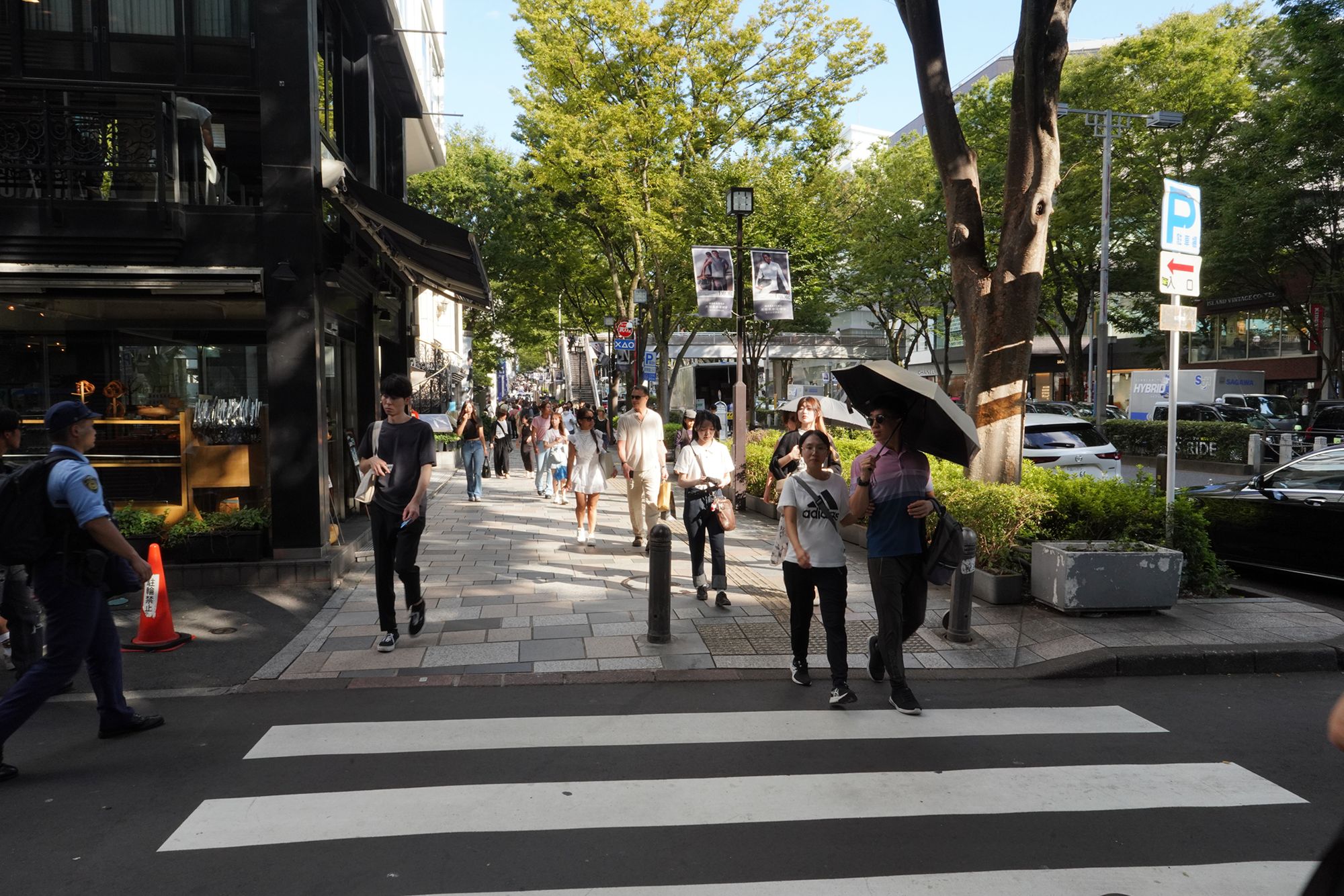
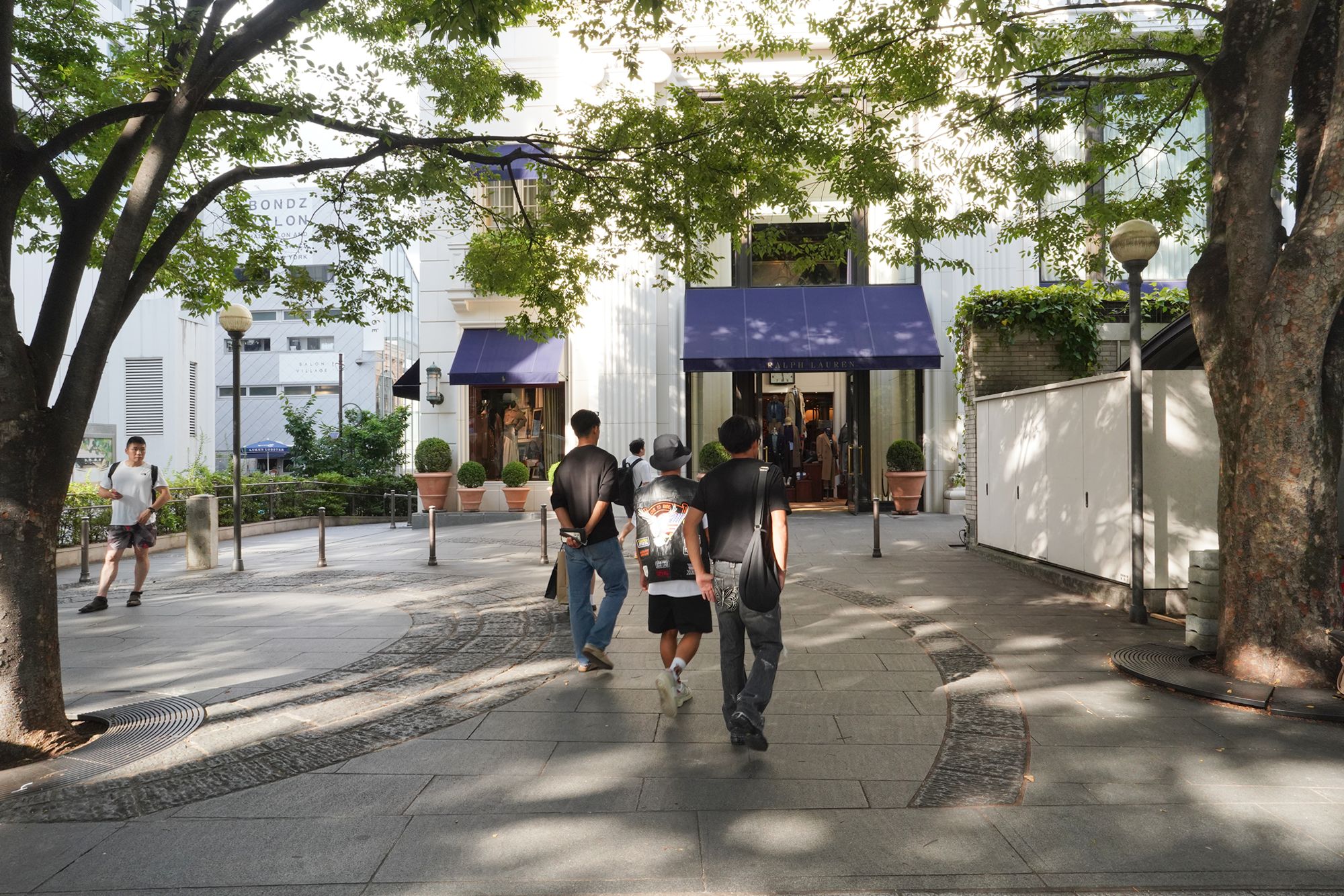
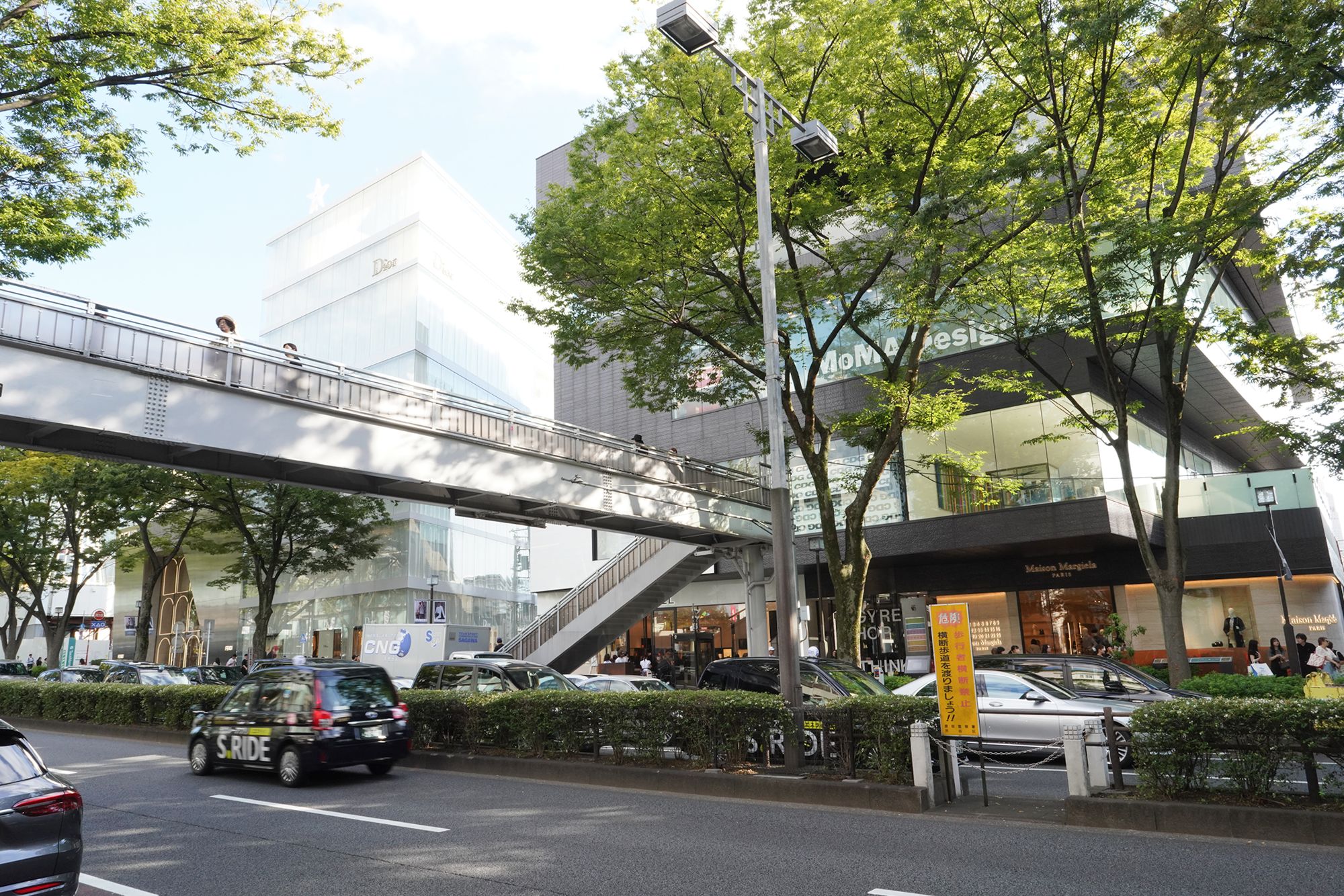
Omotesando Hills: A luxury shopping complex with over 100 shops and restaurants, designed by renowned architect Tadao Ando.

The stores across the street
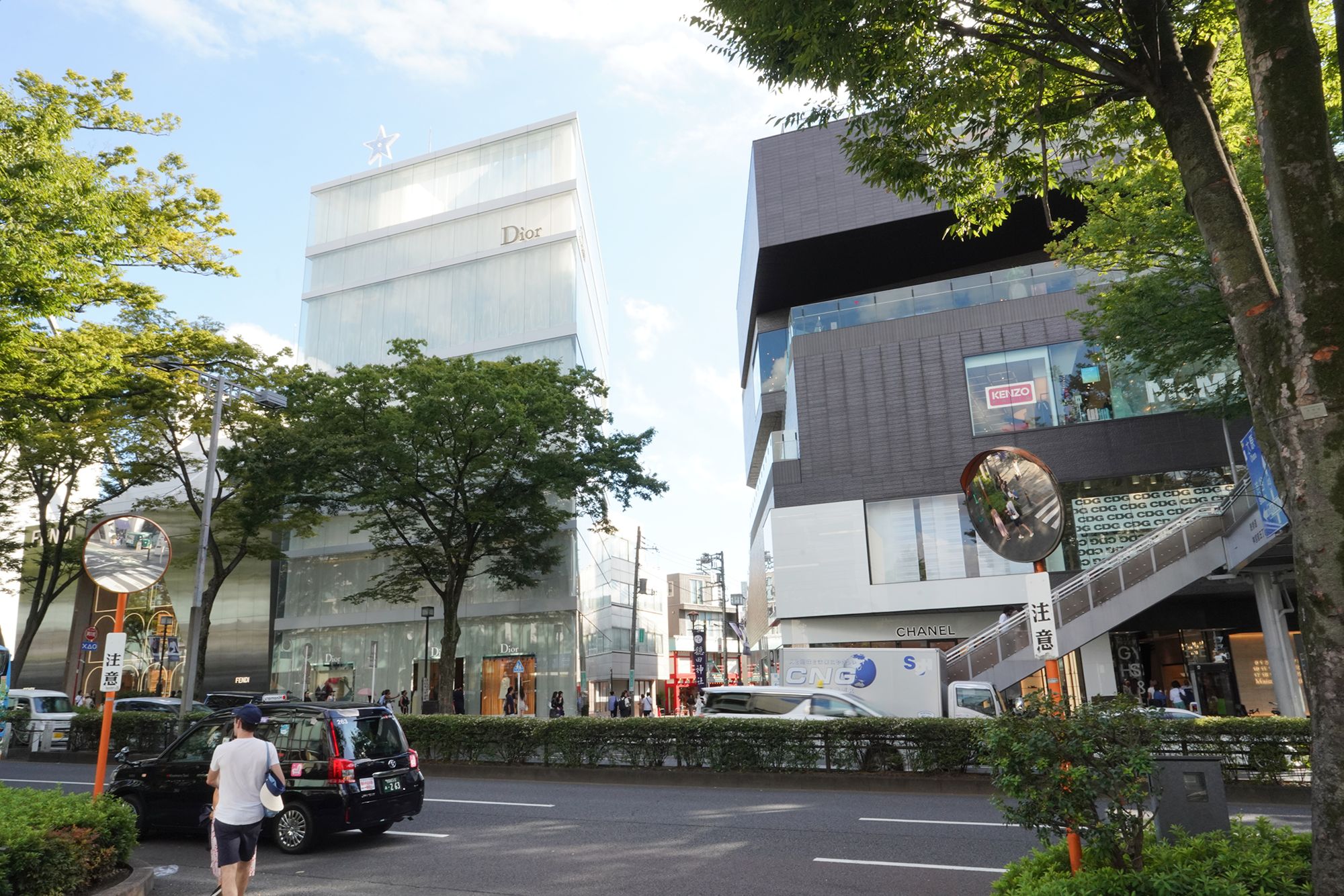
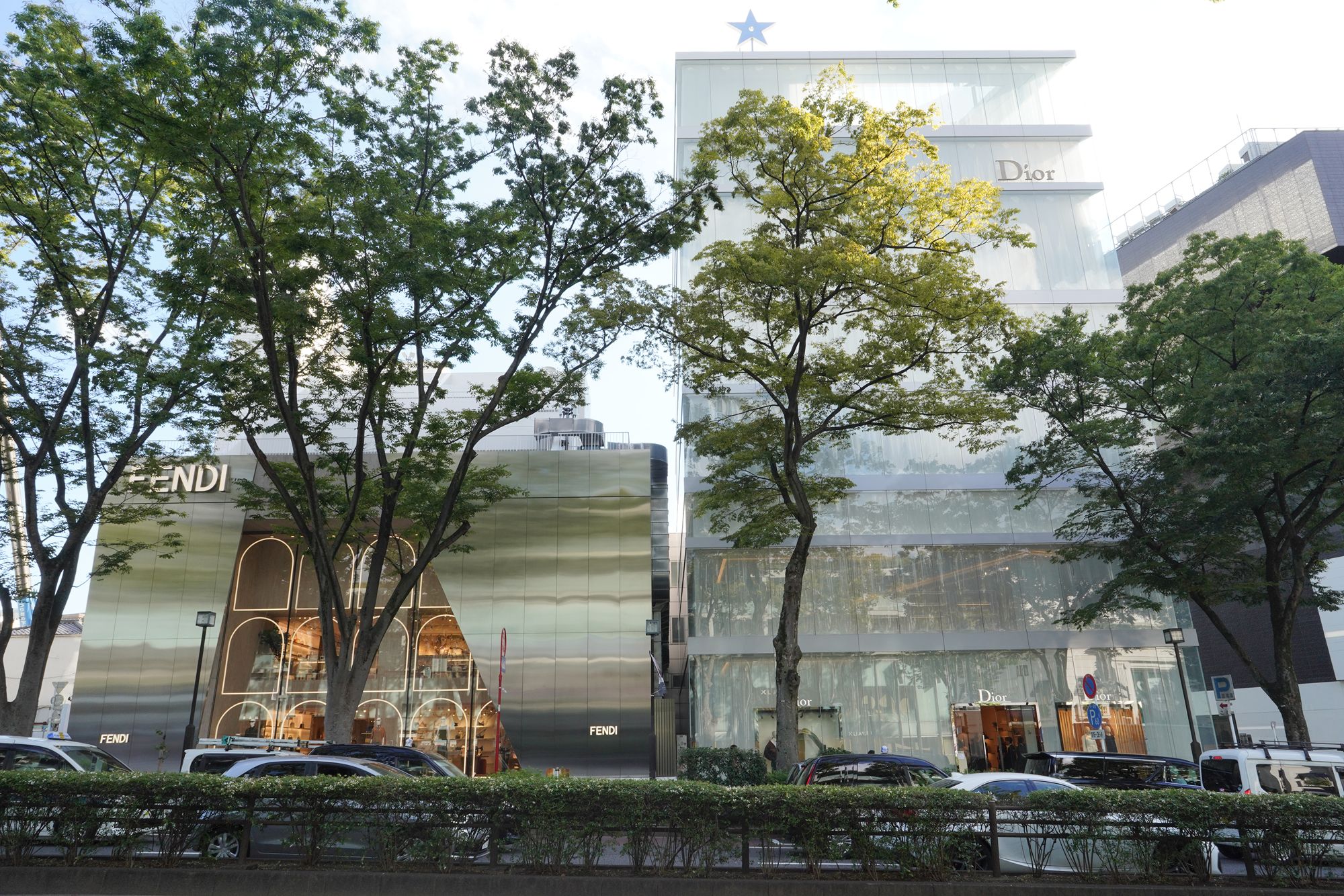
Omotesando Hills
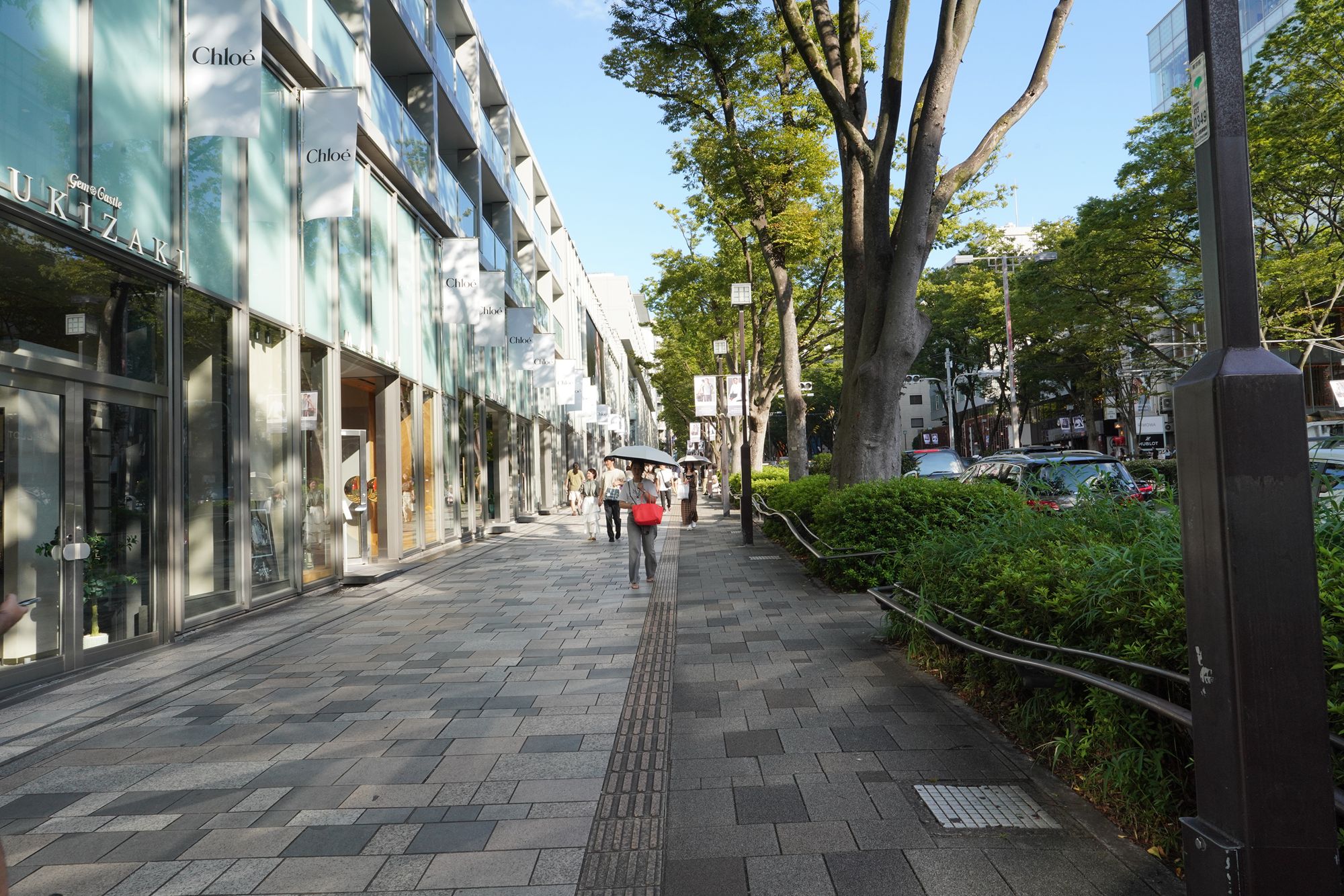
I went to the other side by using the overpass
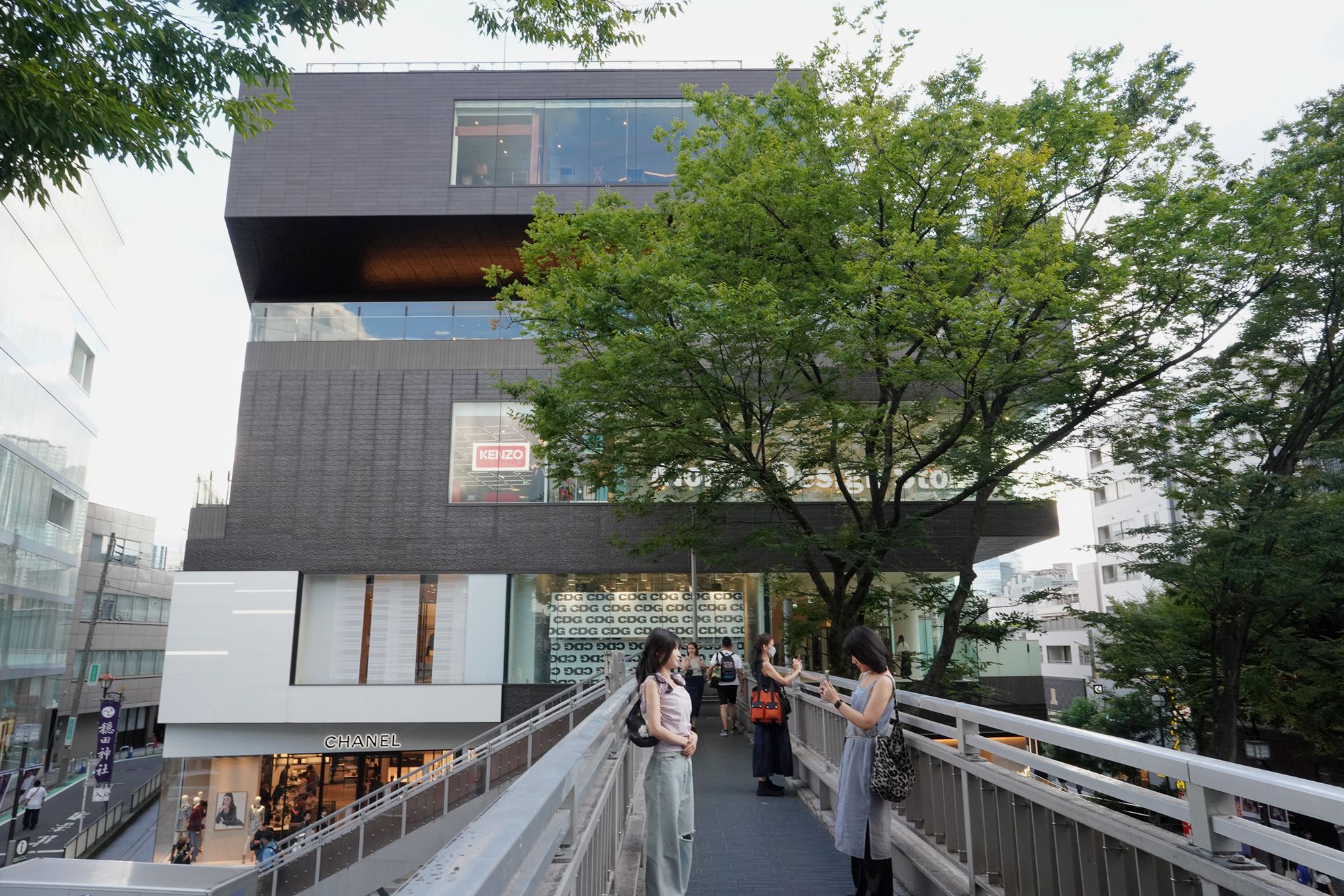

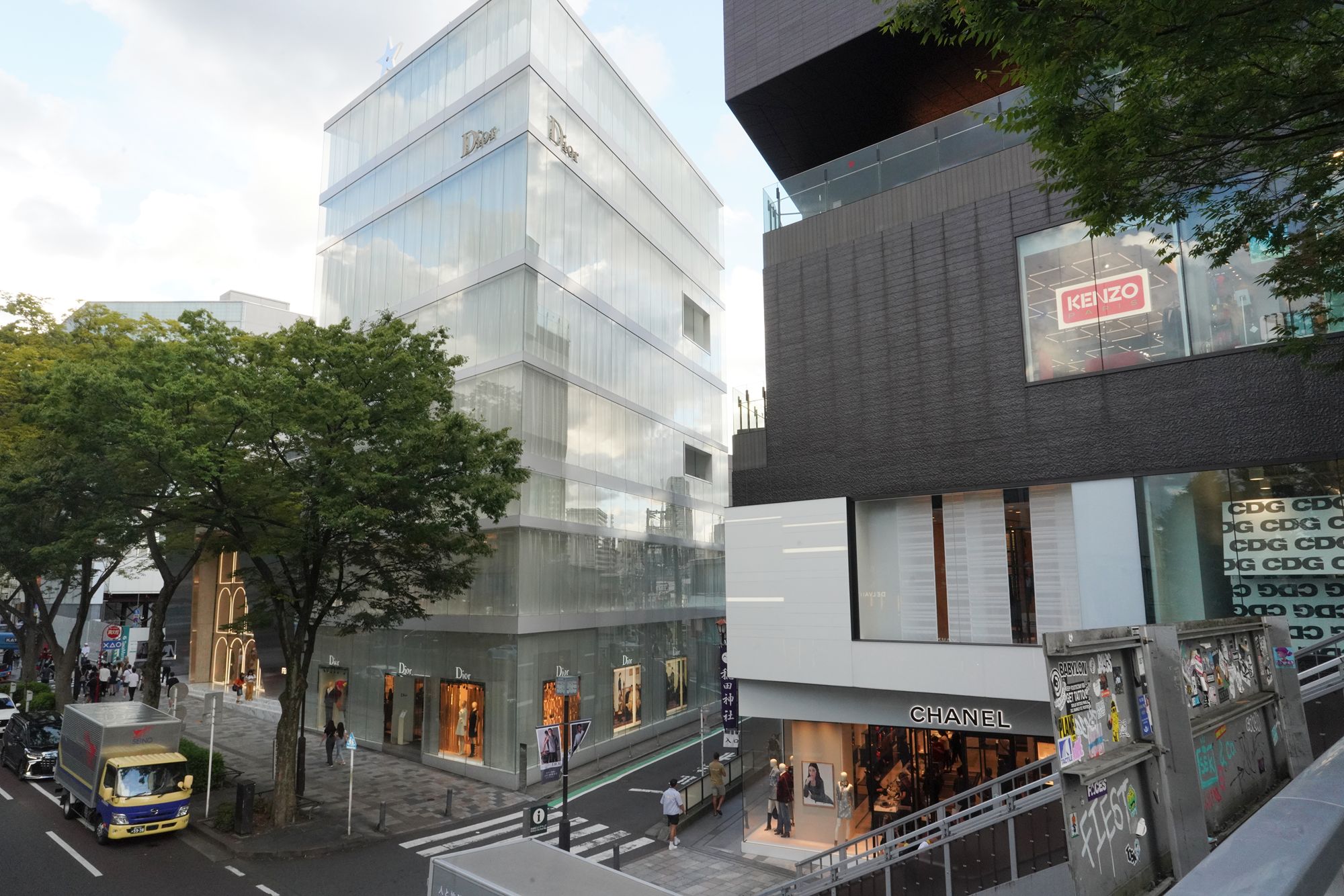
MoMA Desing Store is on the other side of the street, in the Chanel building.

Inside the MoMA Design Store

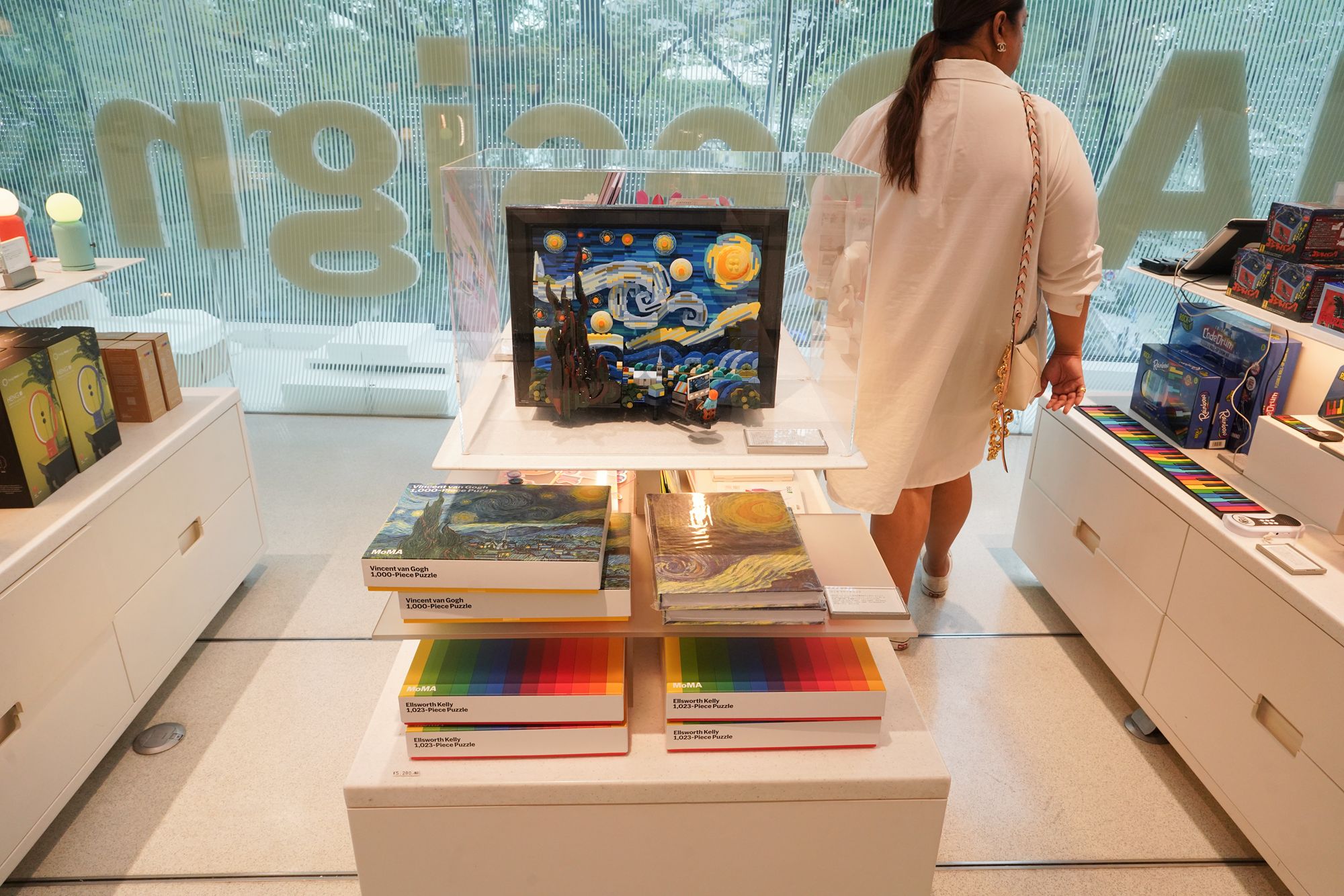

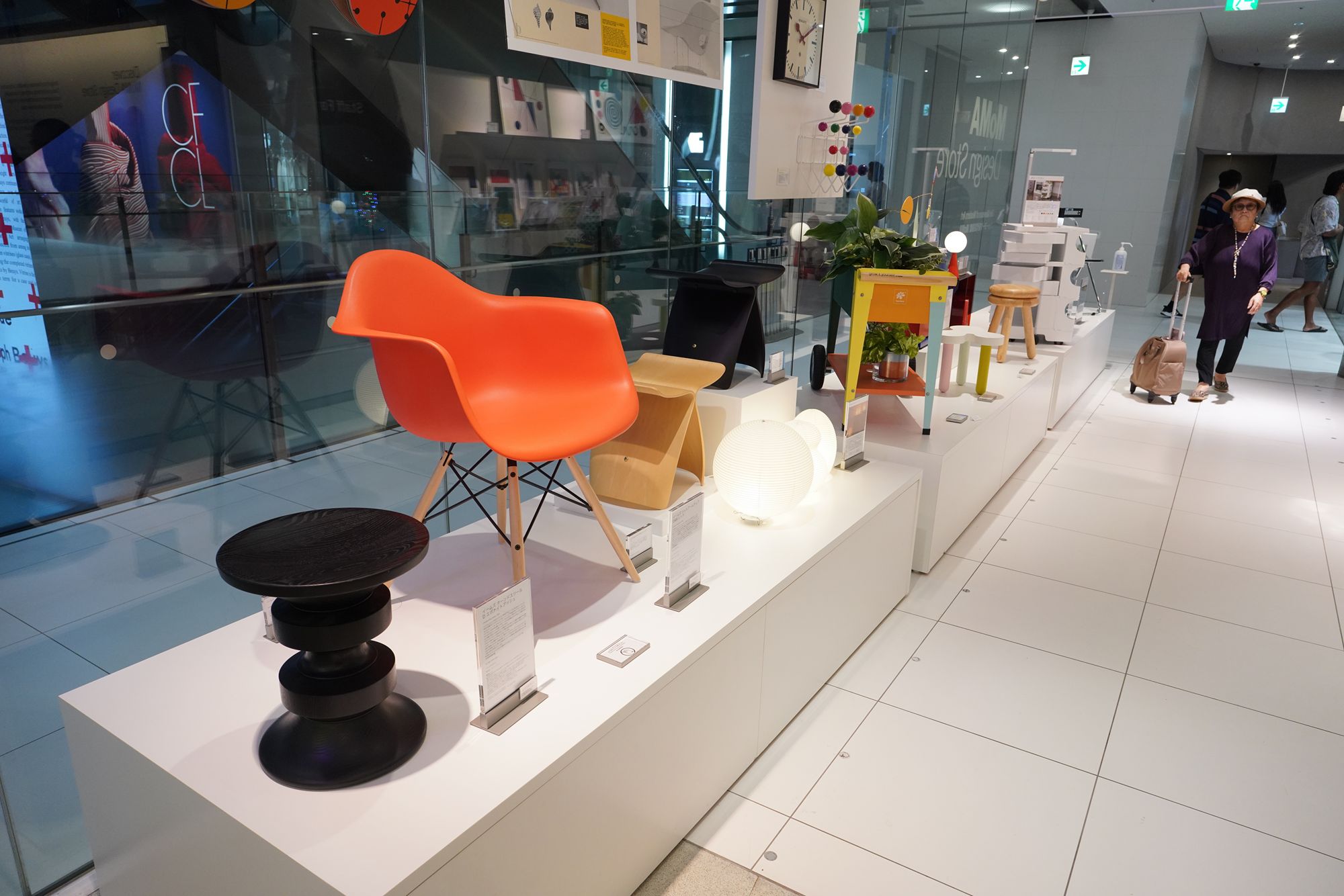
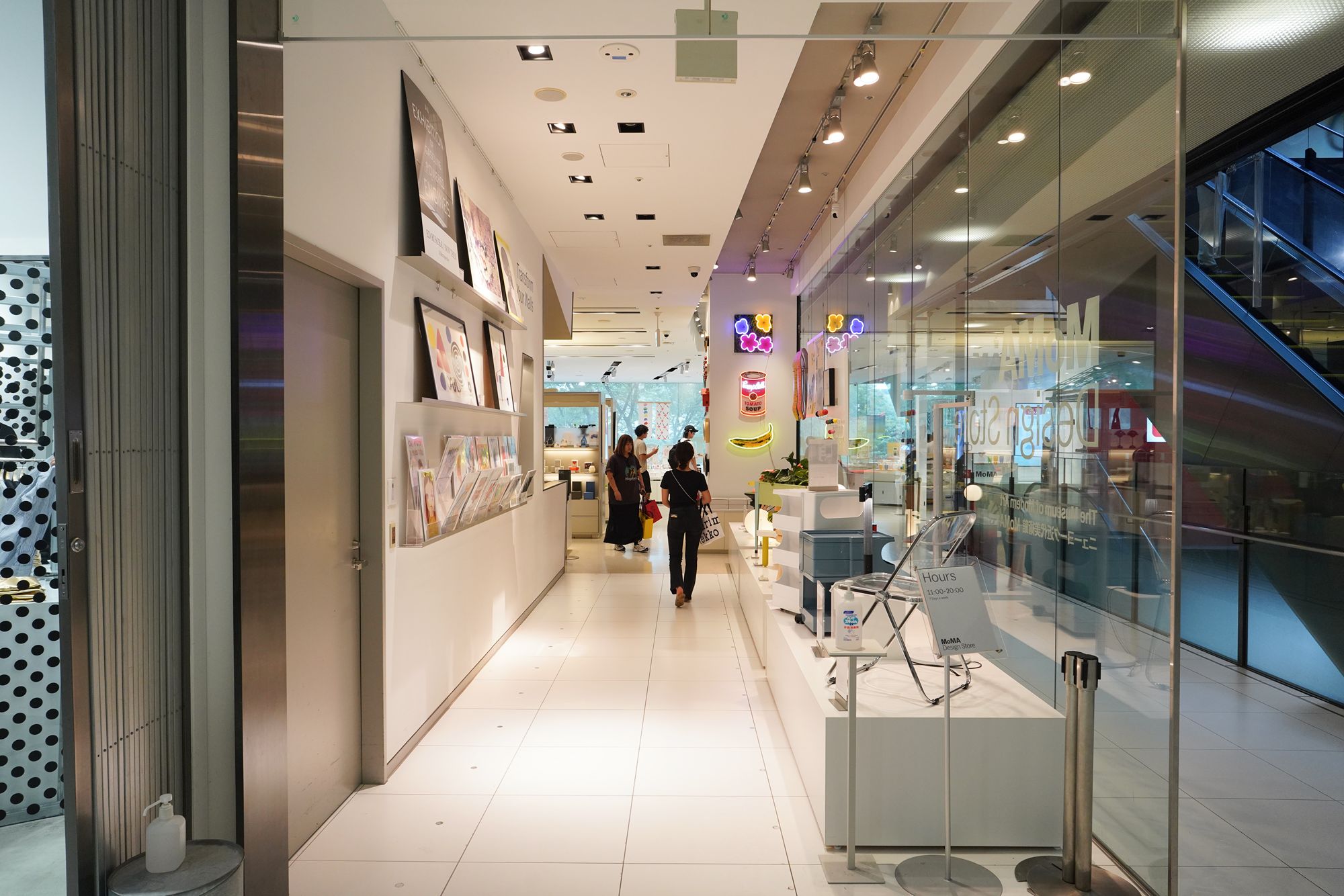

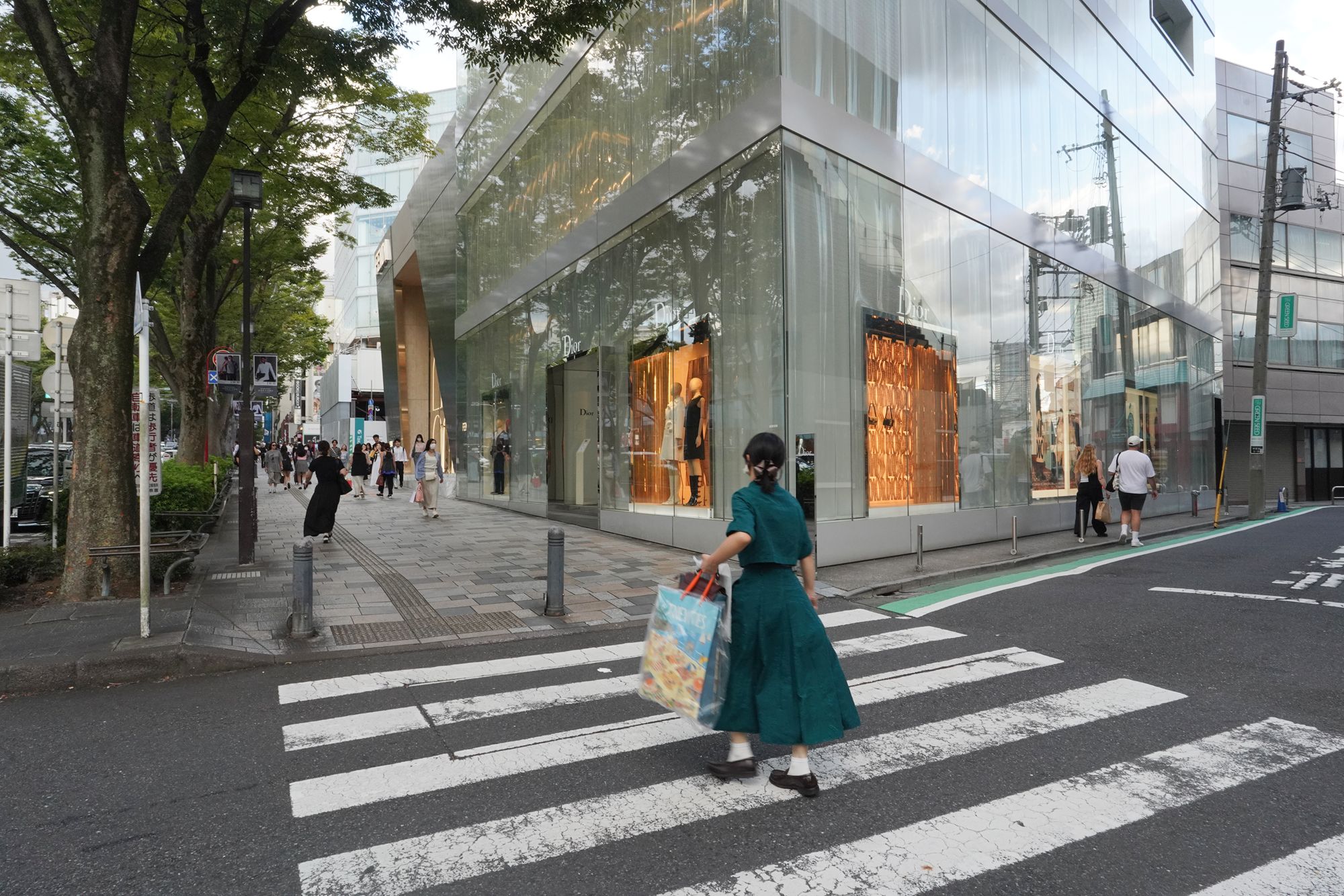
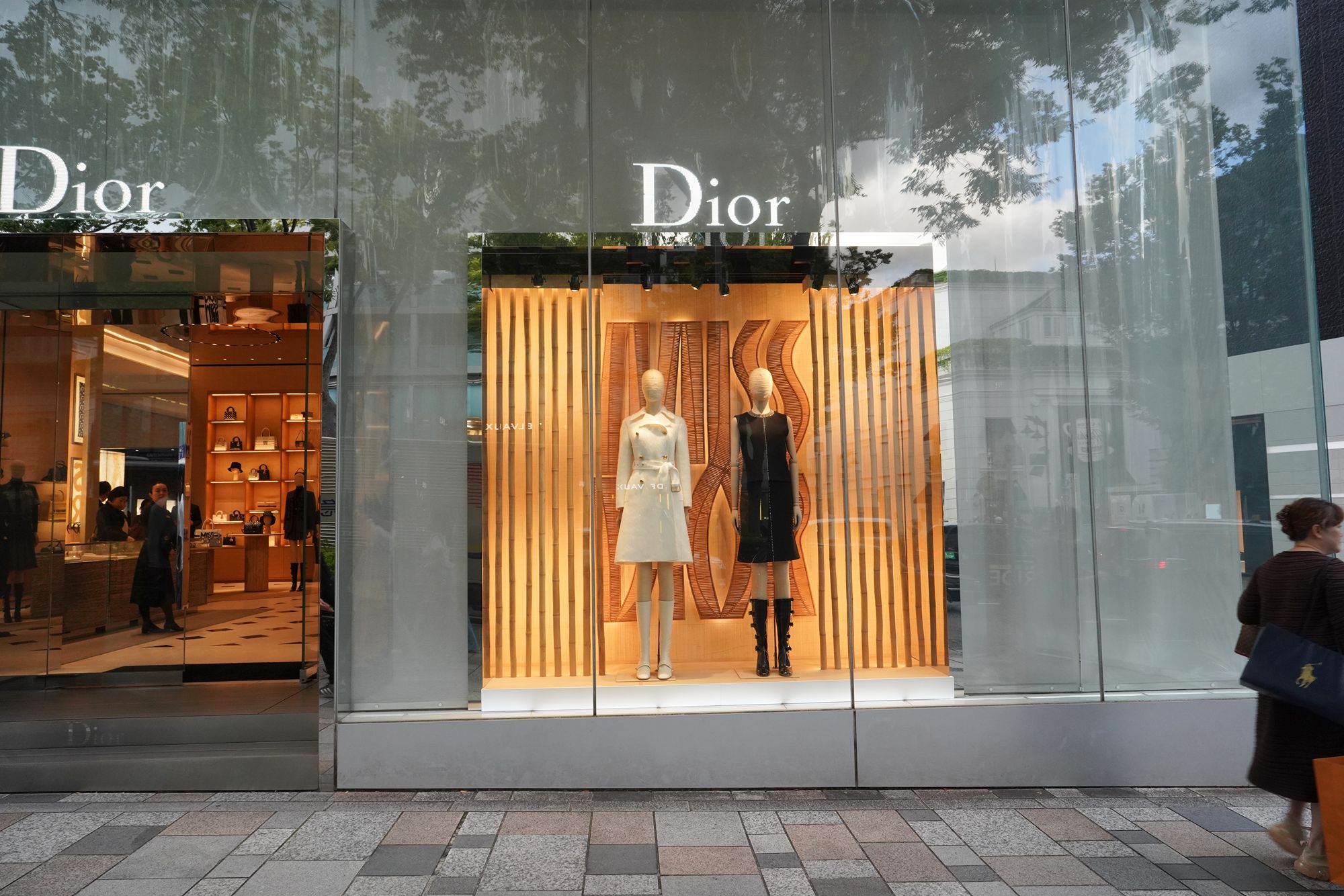
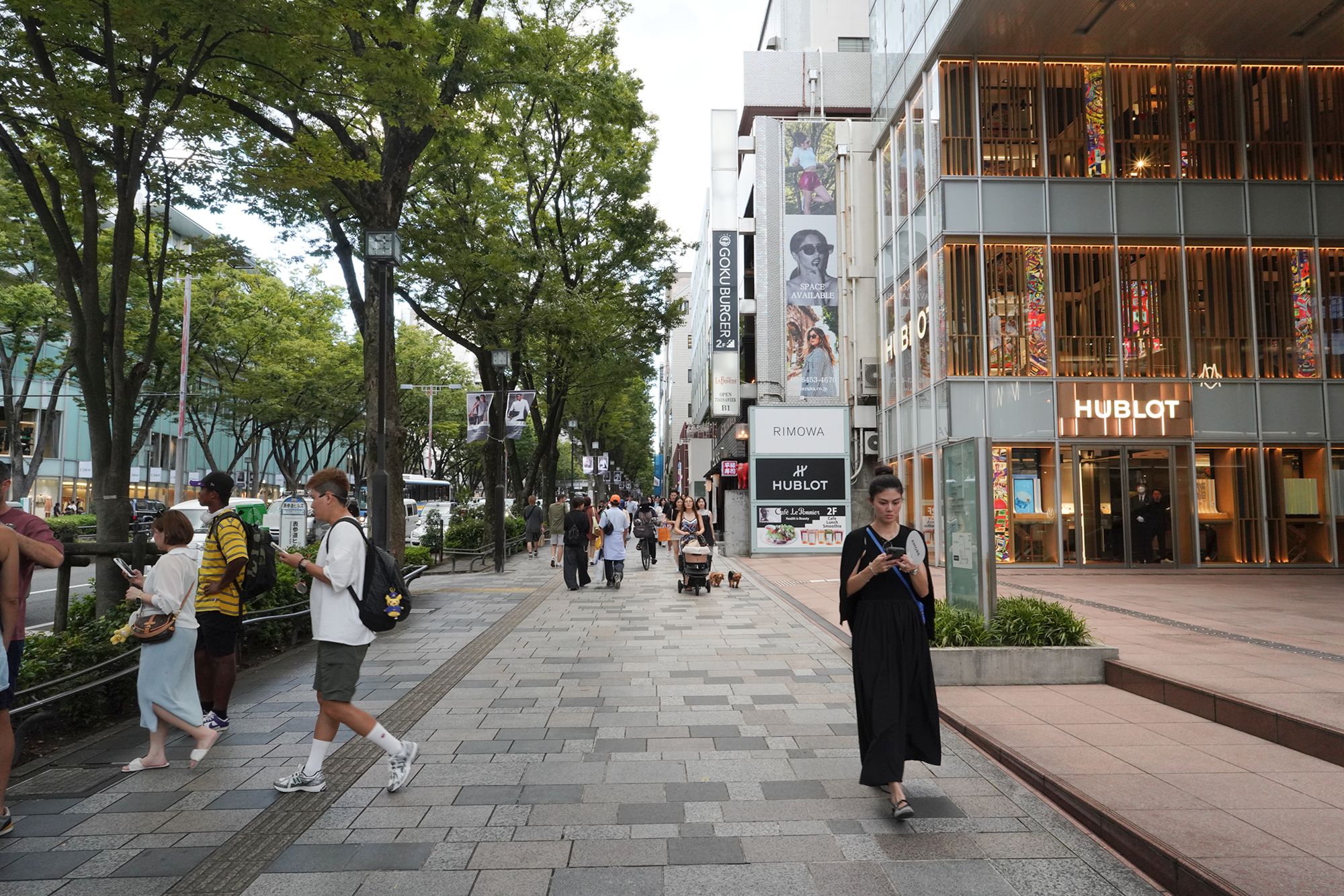
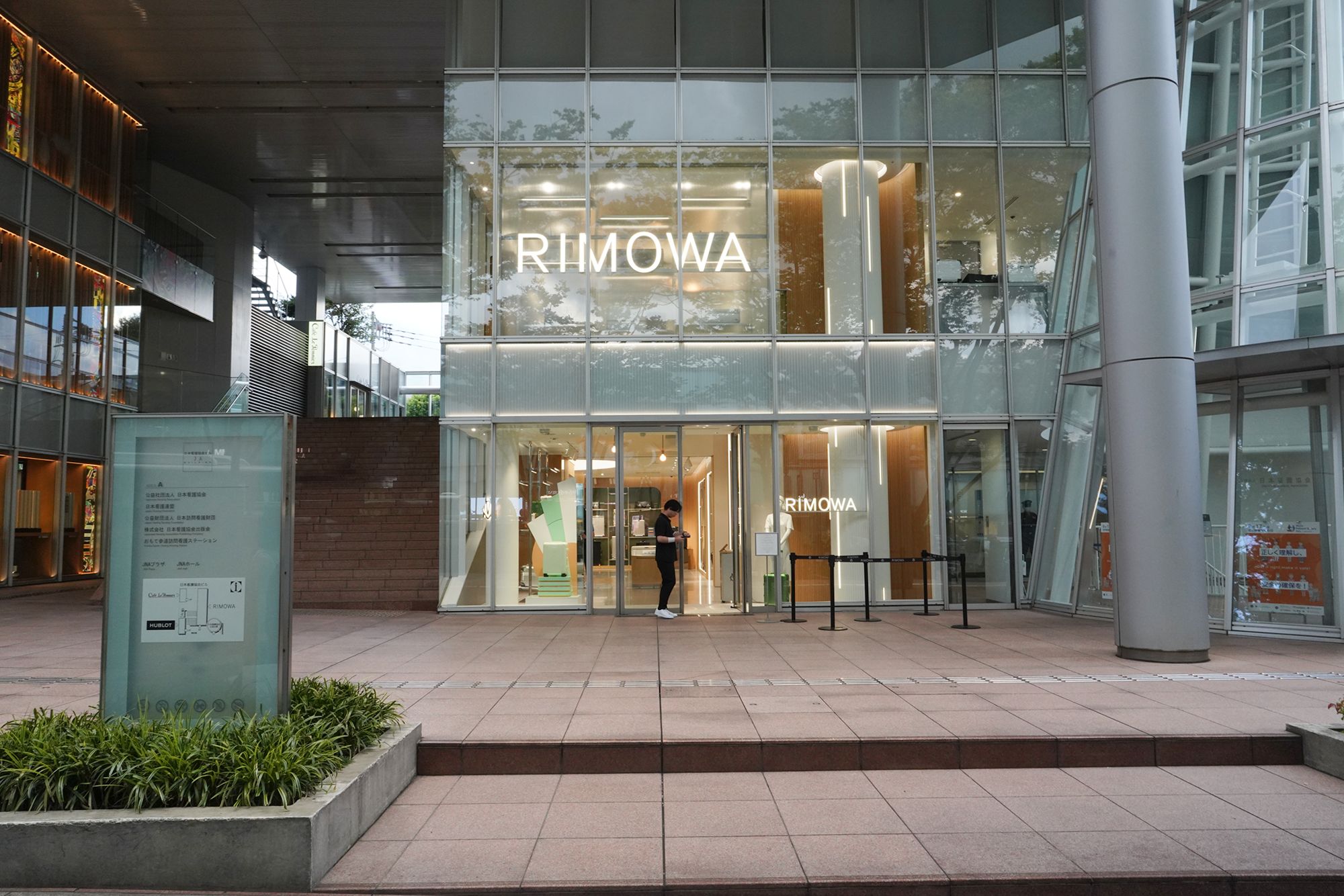
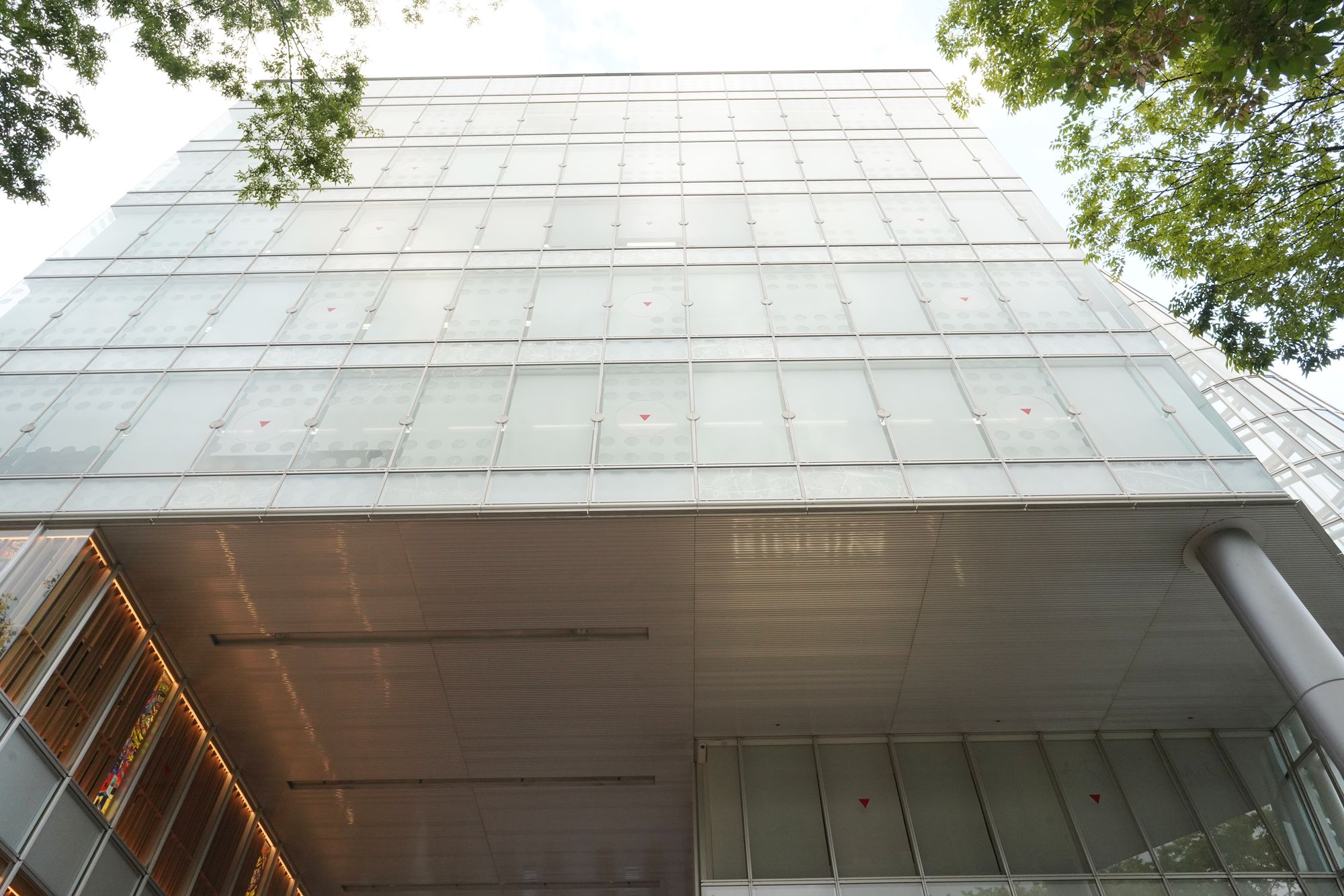
From here, I walked across the street again to Omotesando Hills.

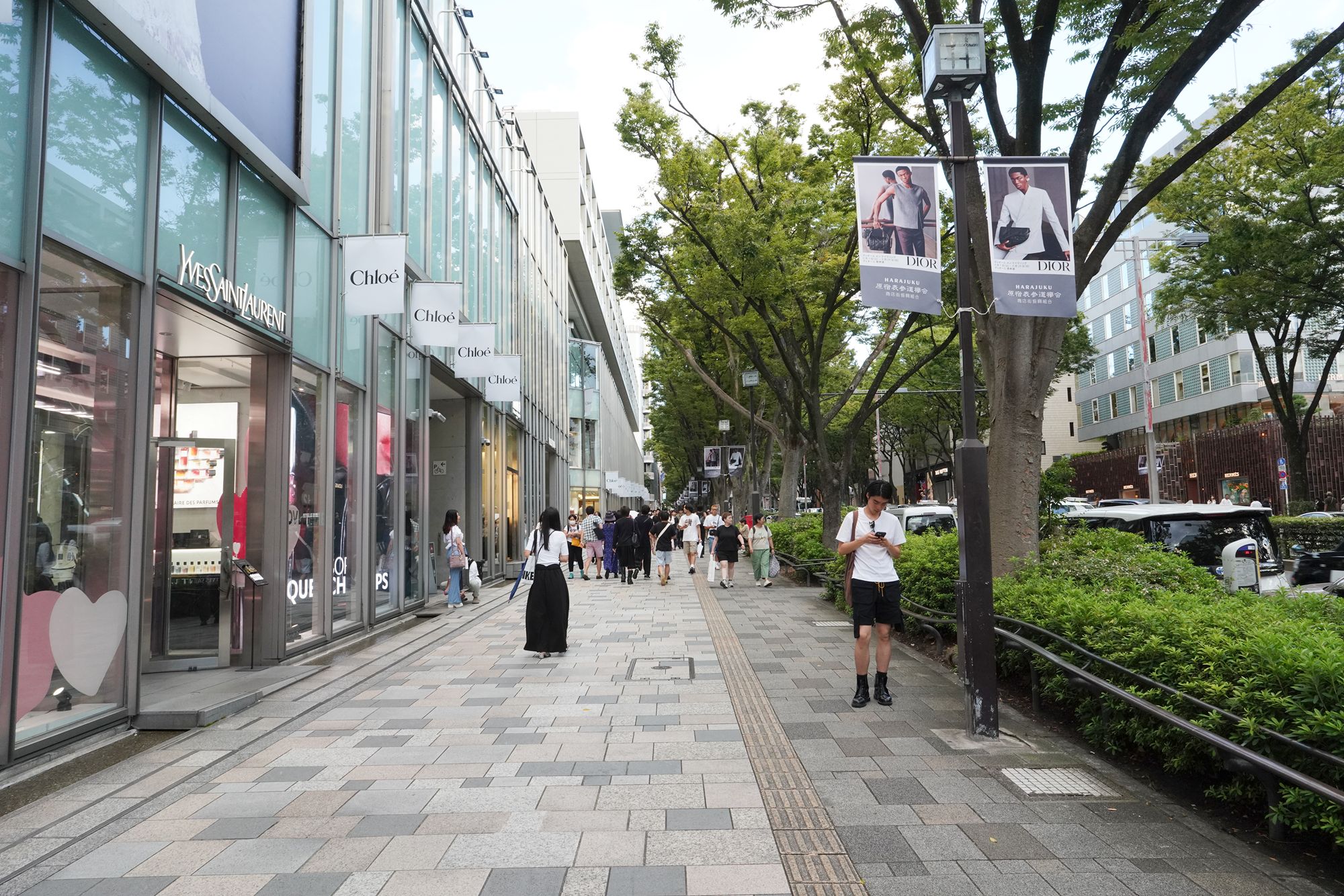
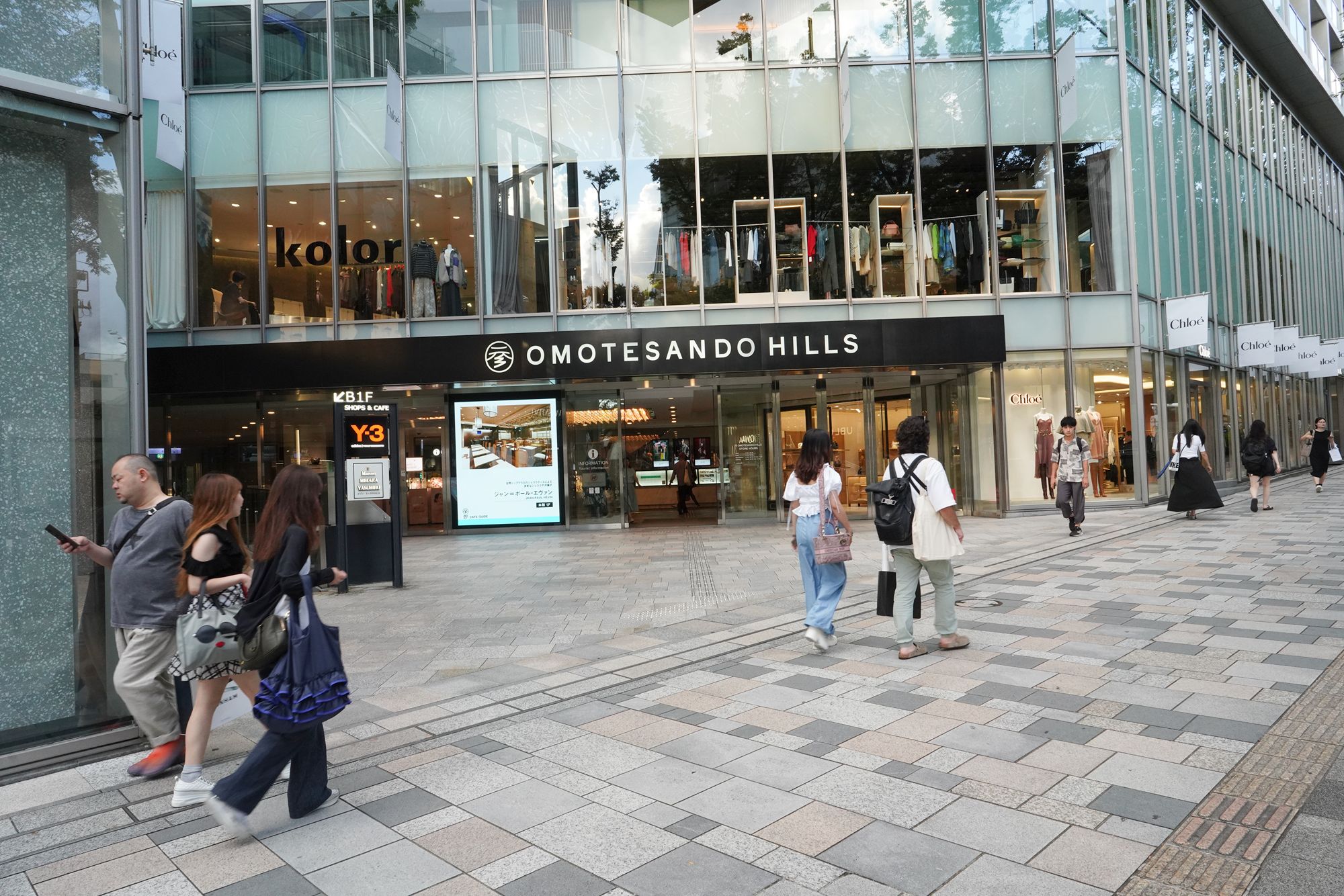
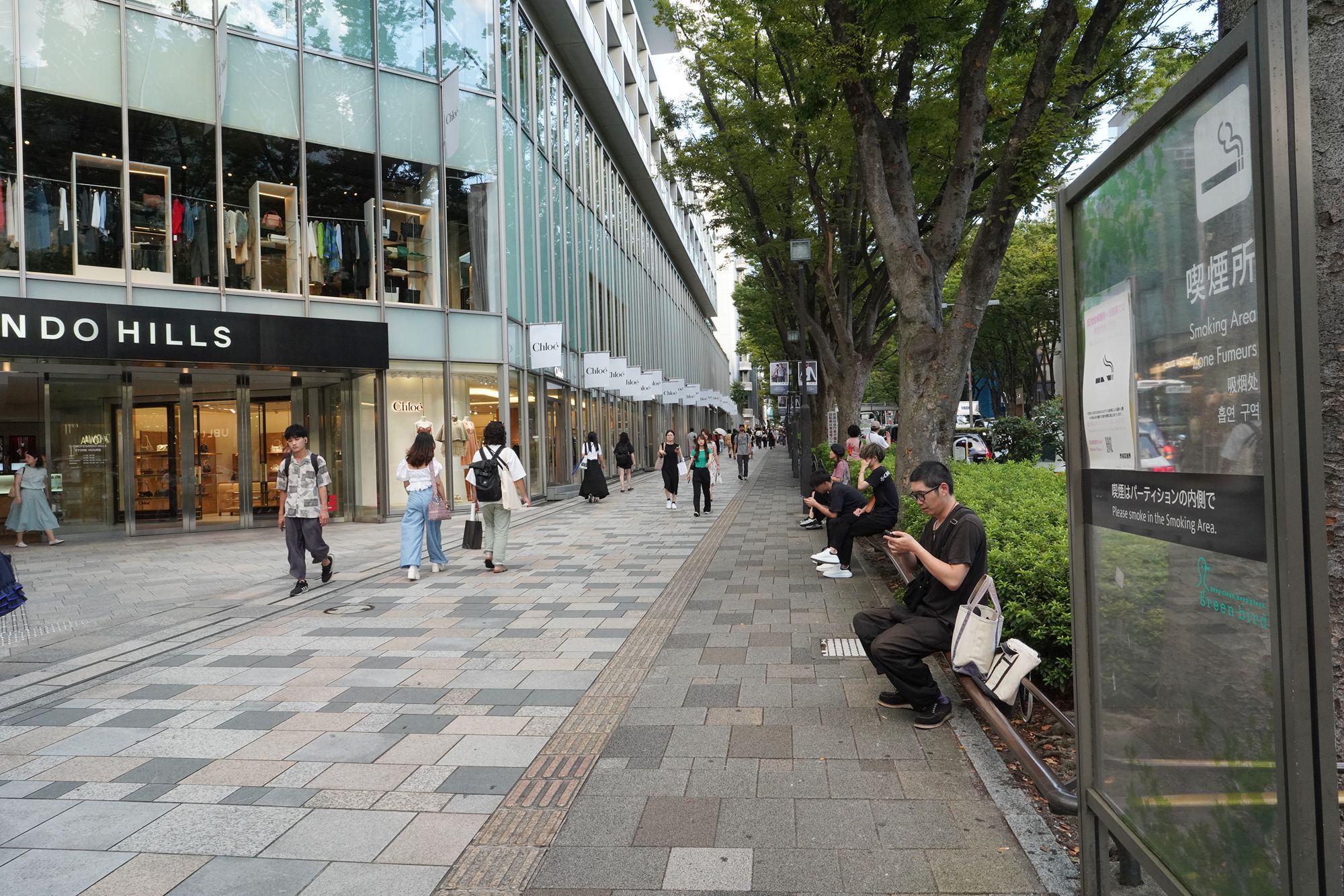

Inside Omotesando Hills
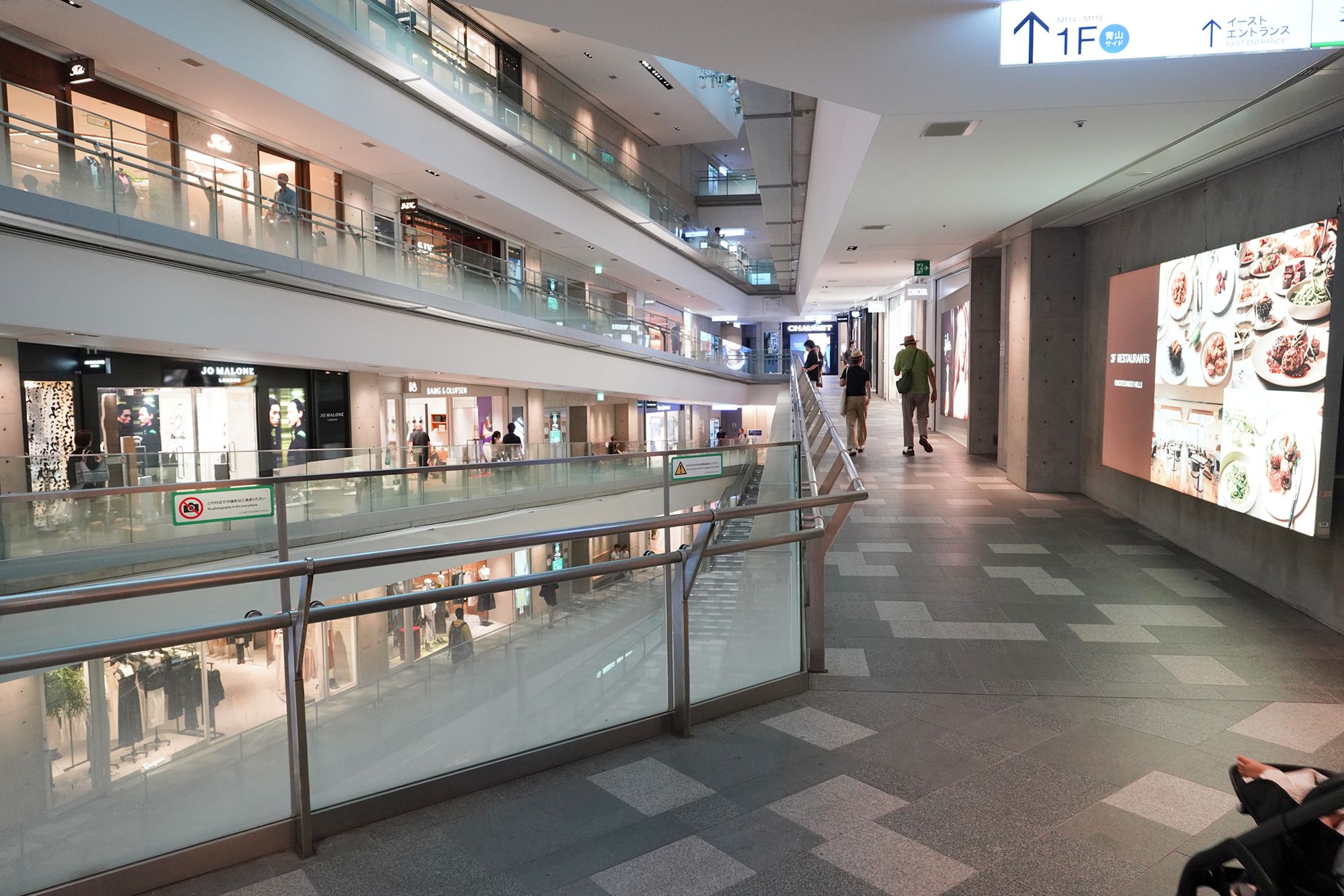
Omotesando Hills is a premium shopping complex in the heart of Omotesando, Tokyo’s upscale fashion district. Designed by renowned architect Tadao Ando, it is both an architectural marvel and a luxury shopping destination, featuring a blend of high-end boutiques, gourmet dining, and cultural events.
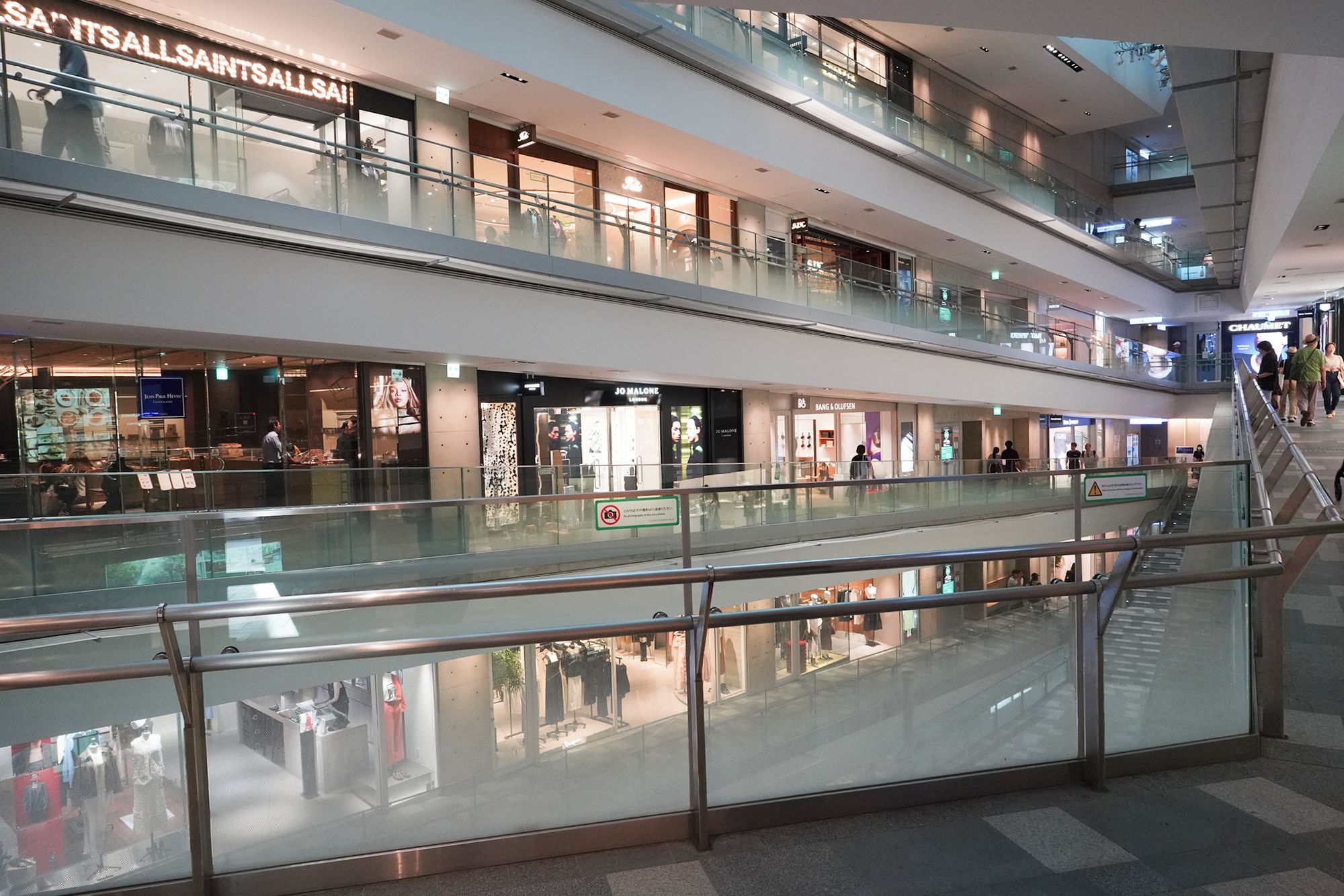
Spiral Ramp Design
Unique Layout: Inside, a continuous spiral ramp gently ascends the entire length of the building, making all levels easily accessible and visually connected.
Flow: The ramp enhances the fluidity of movement, allowing shoppers to explore seamlessly.
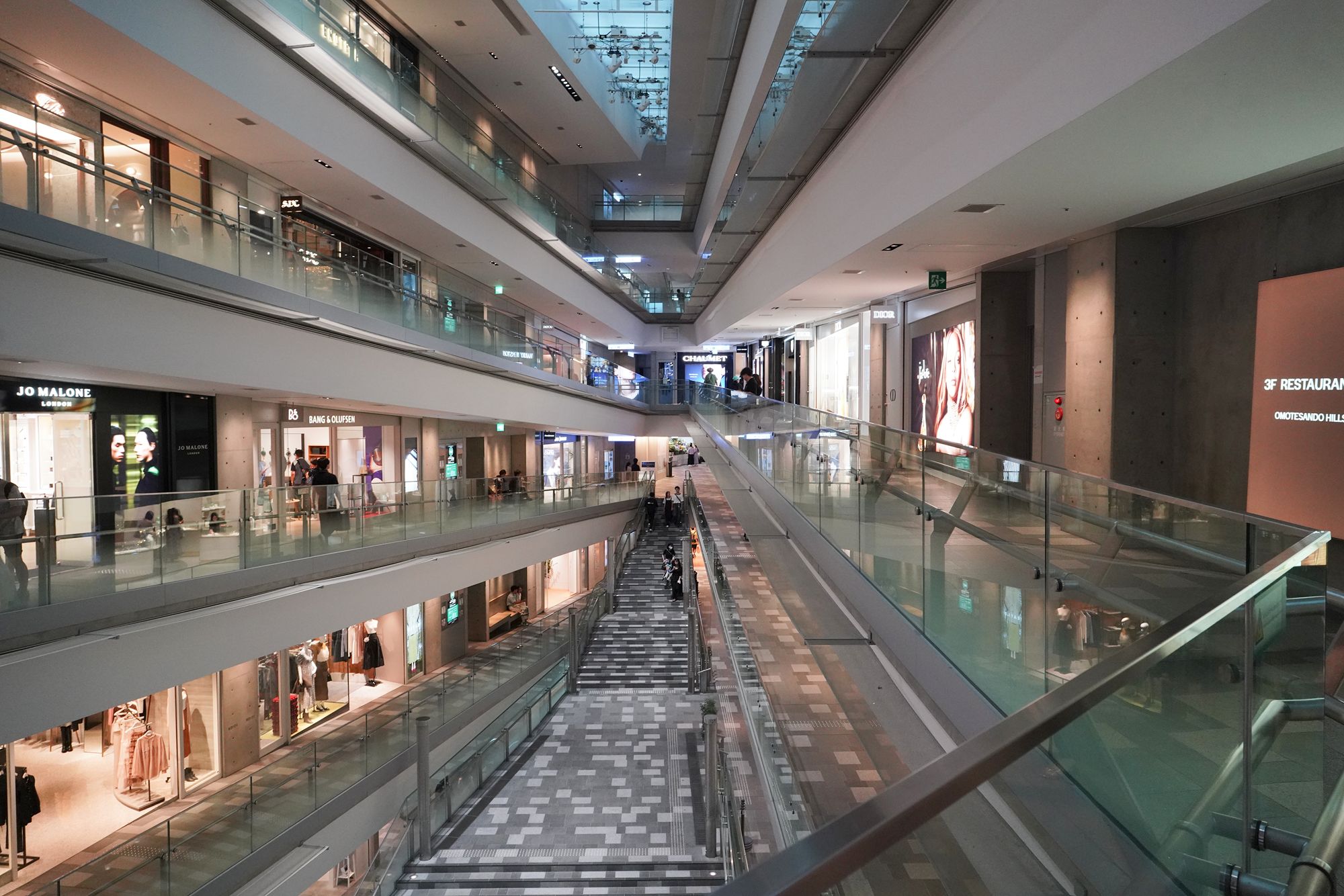
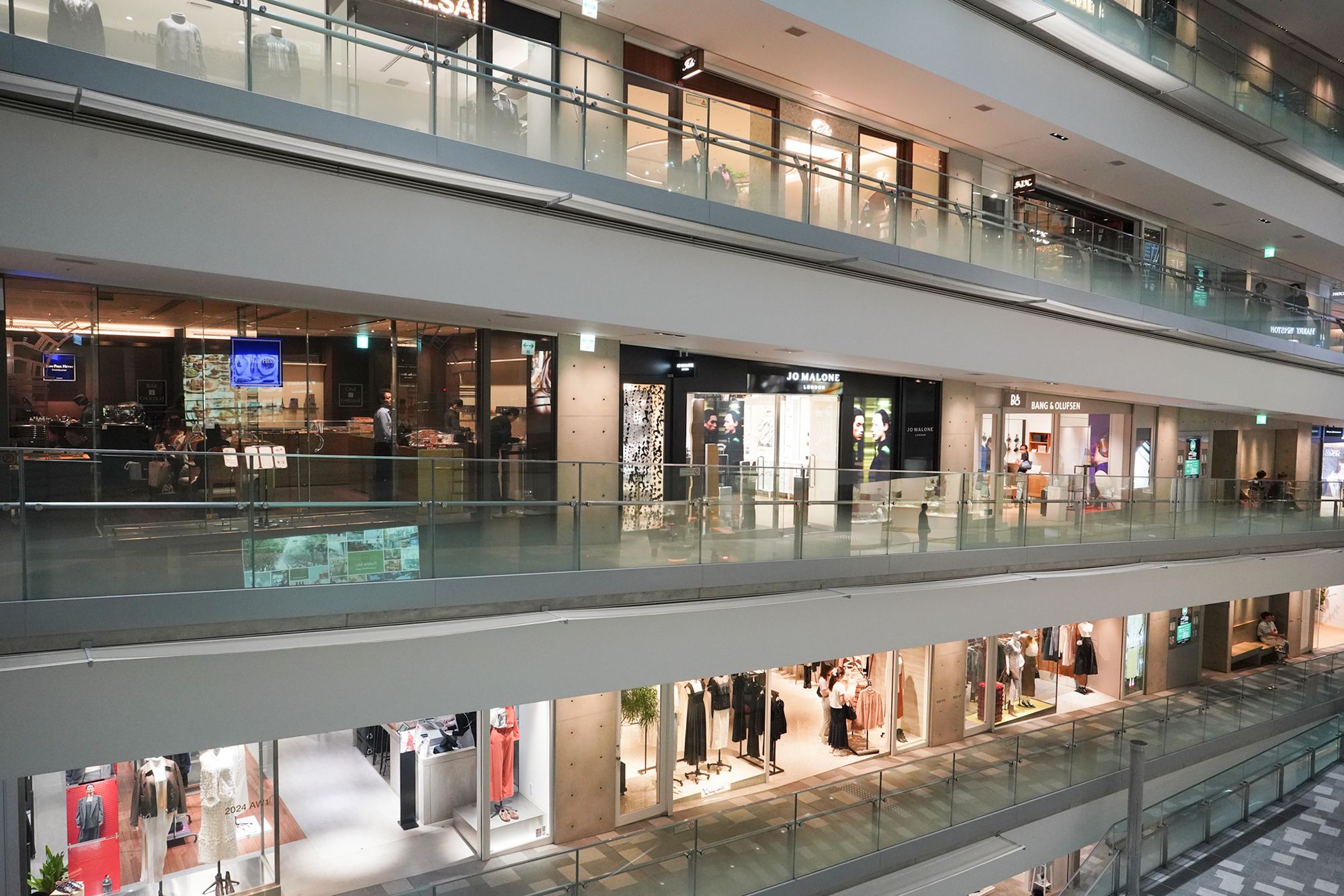
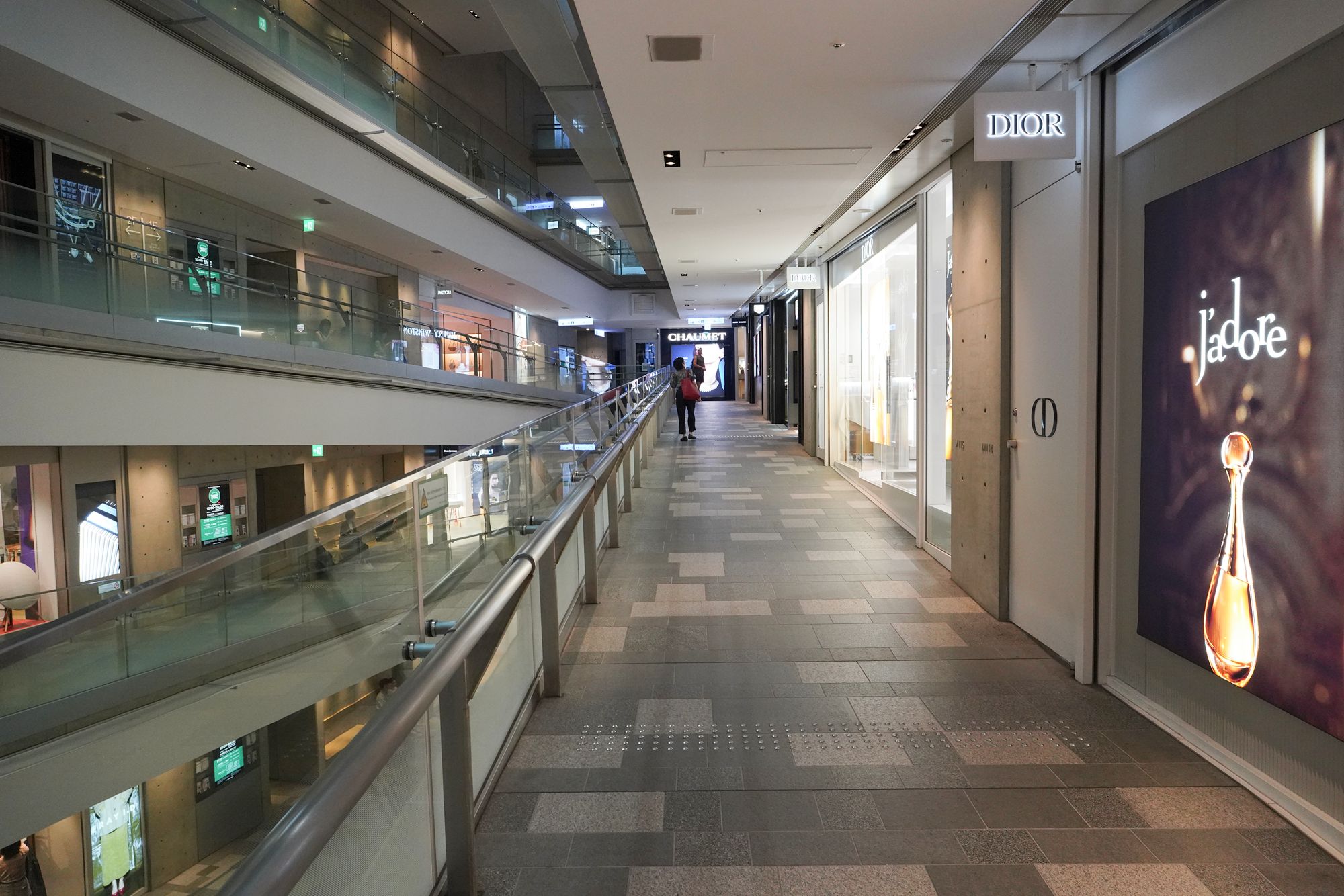
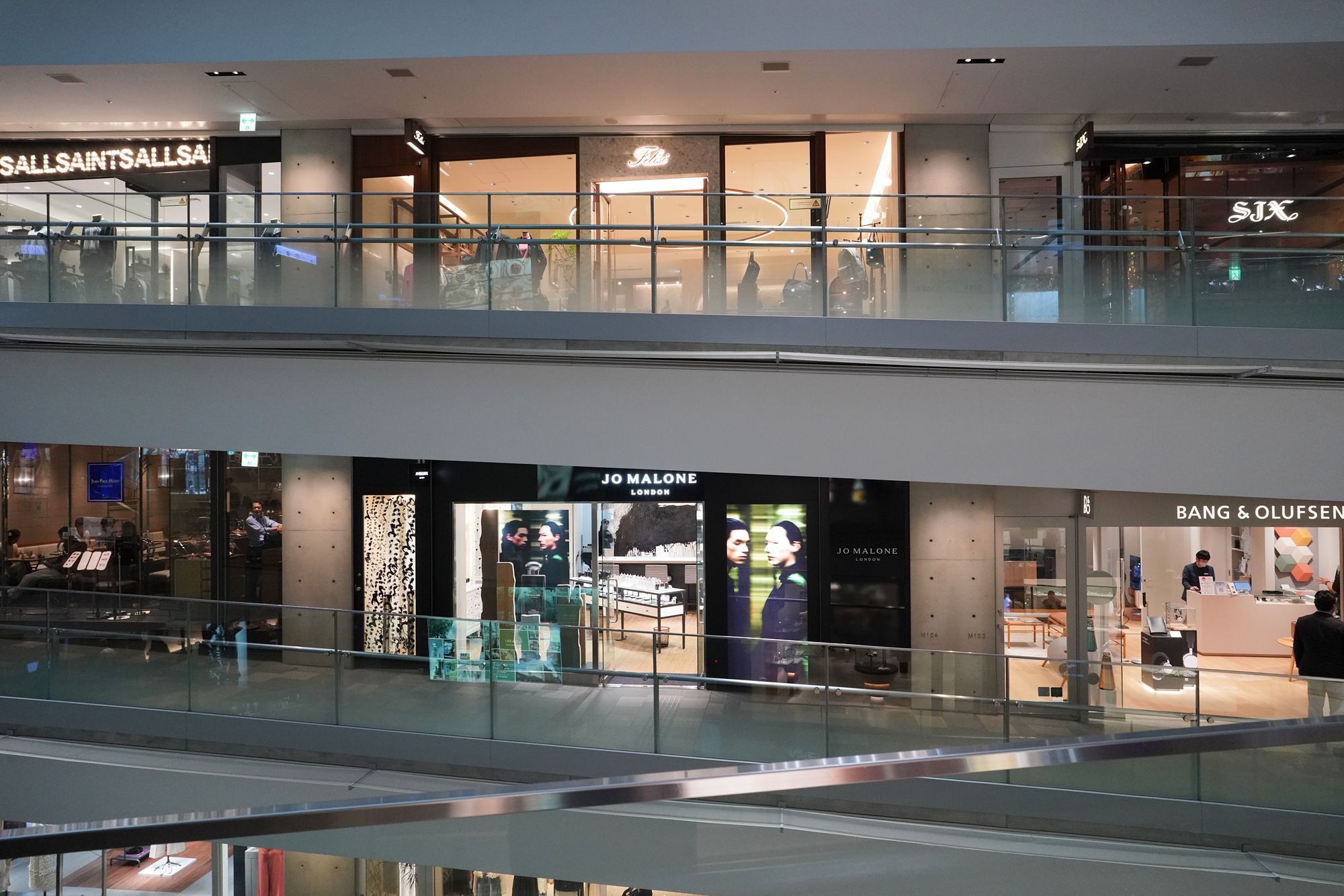
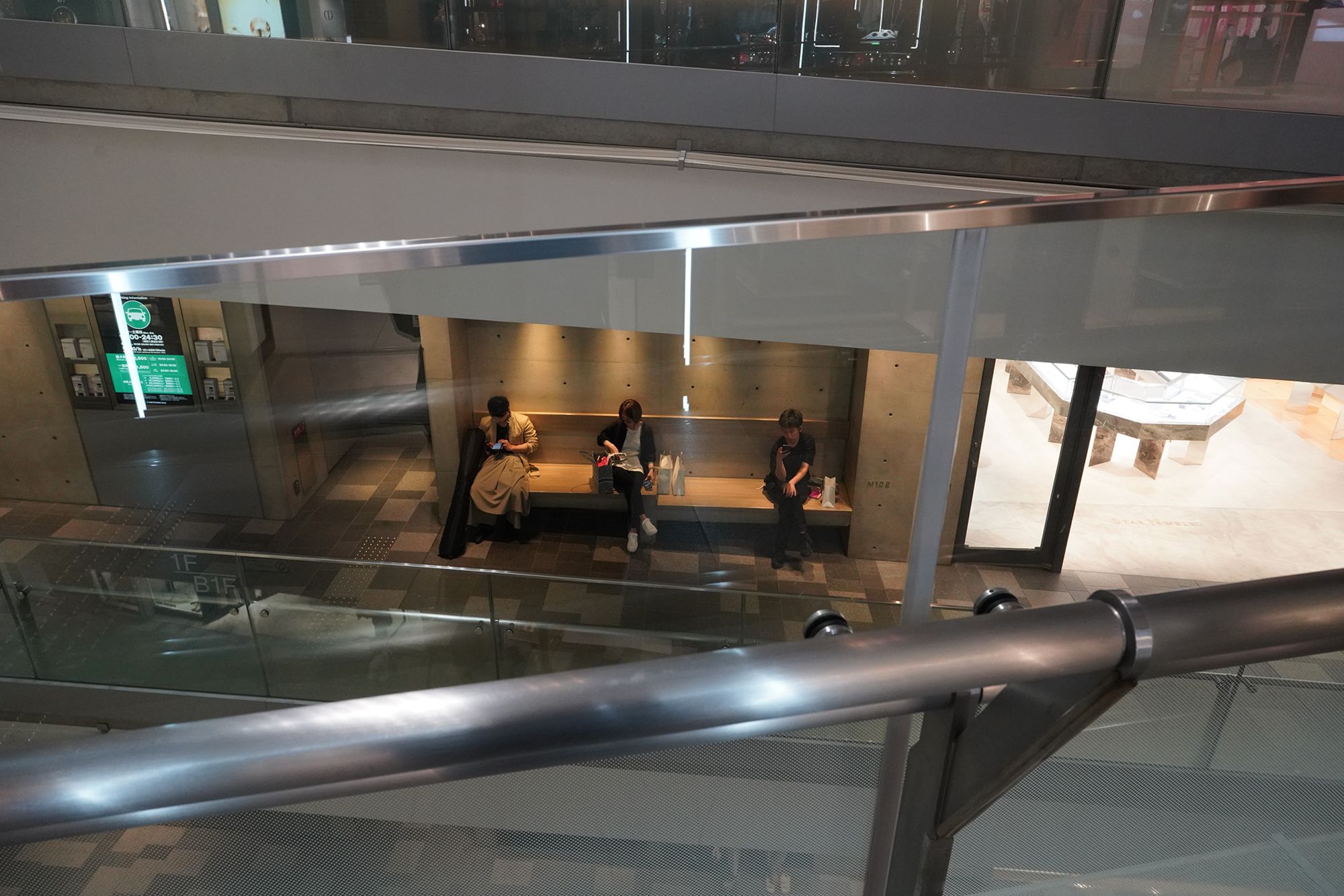

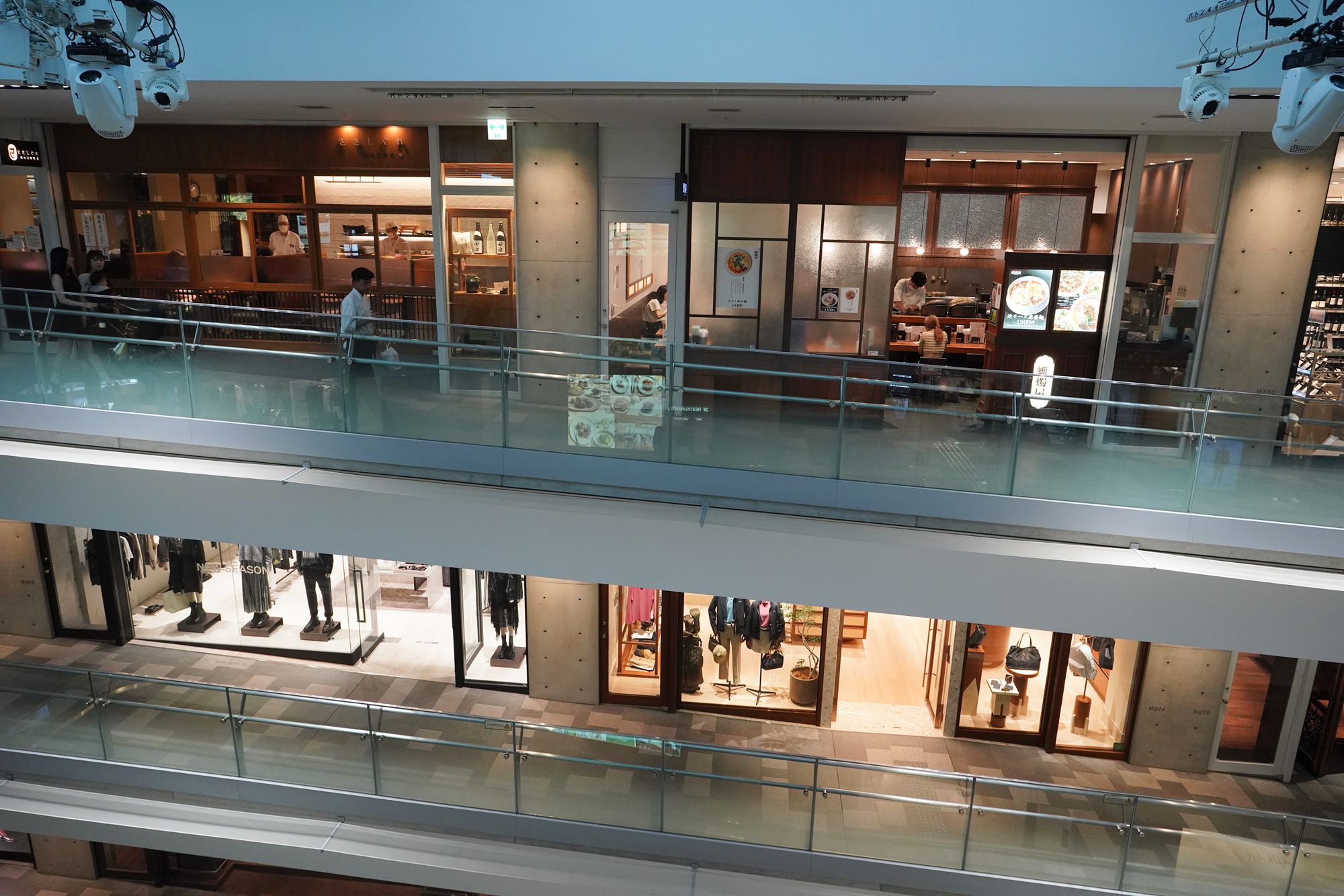
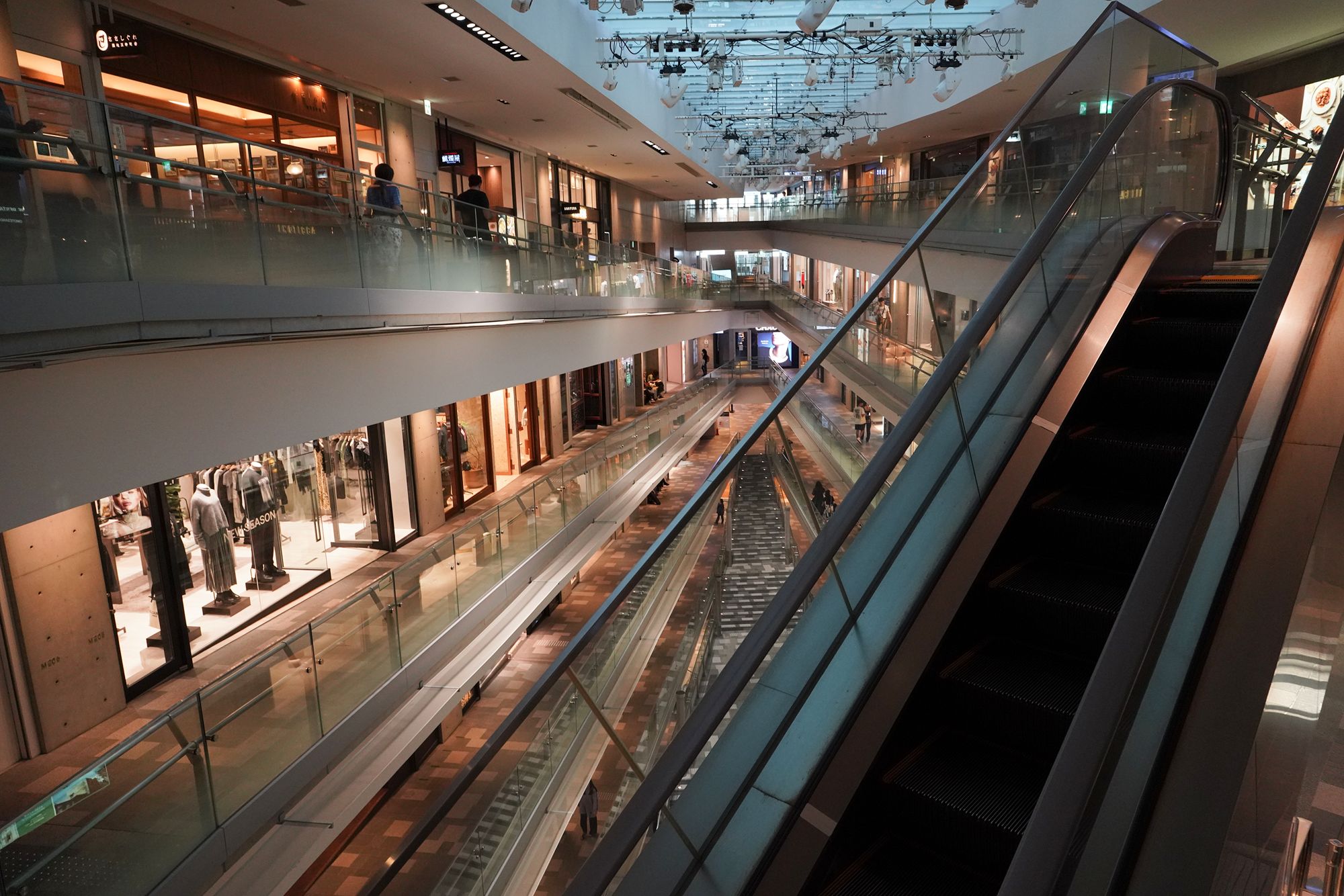
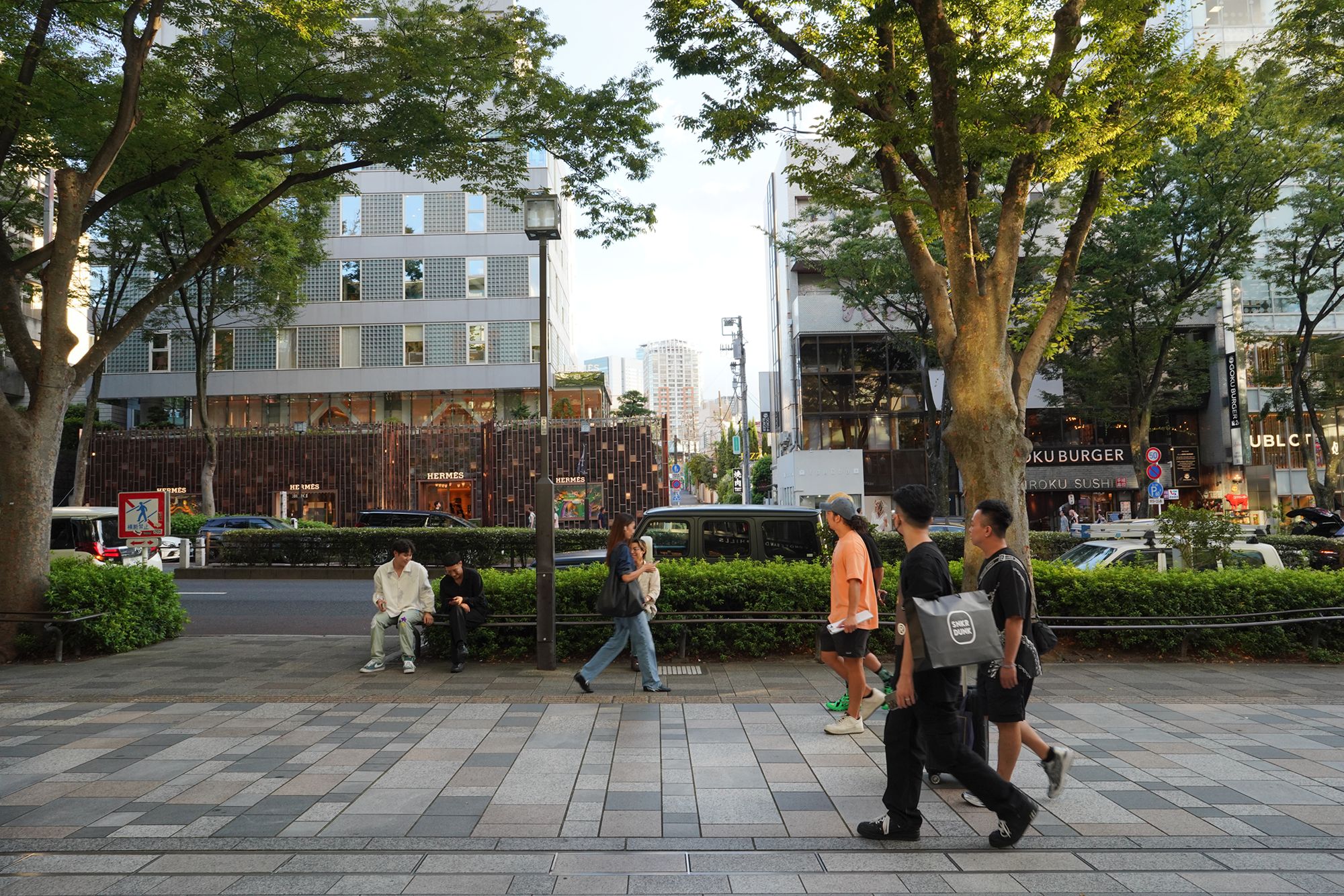
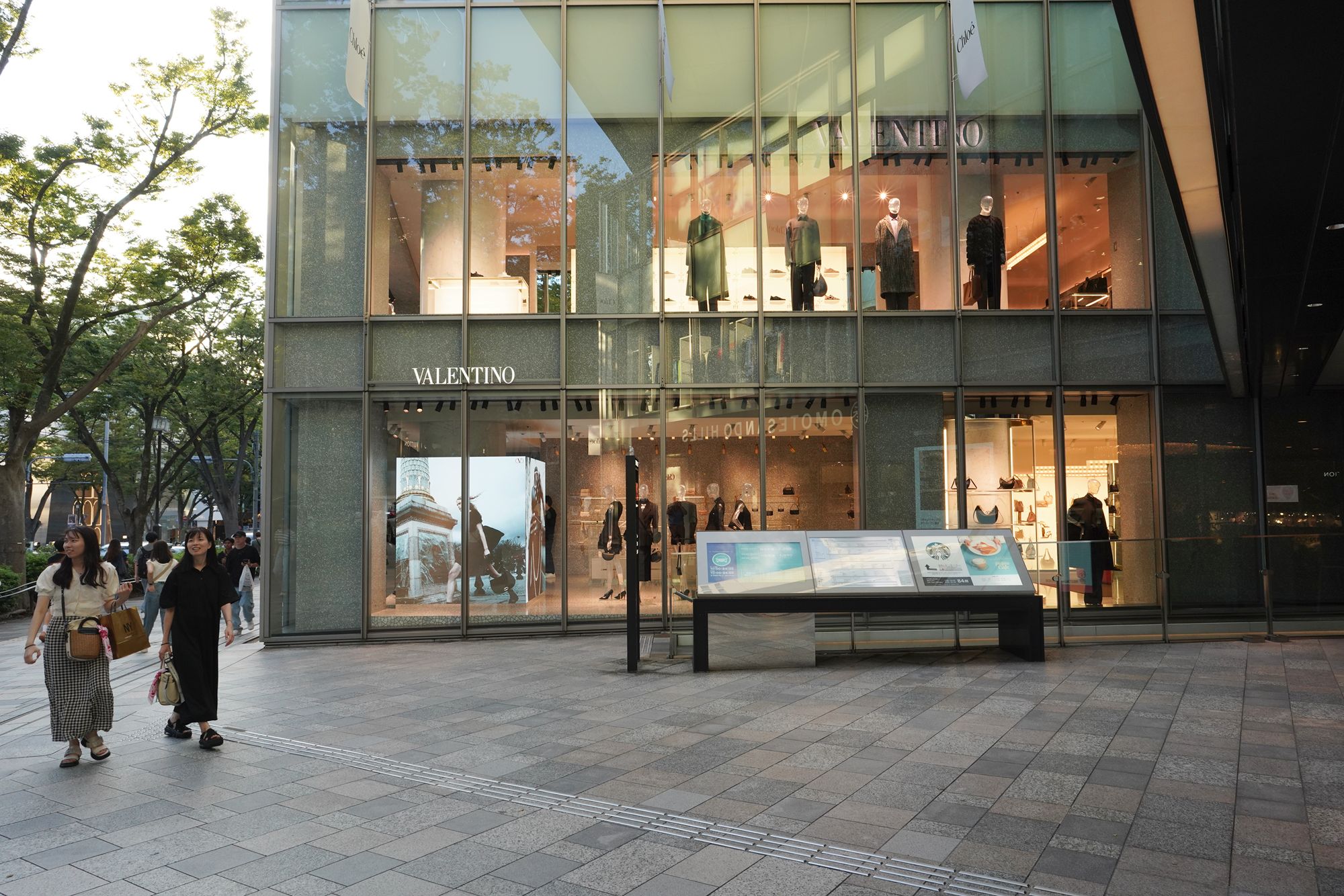

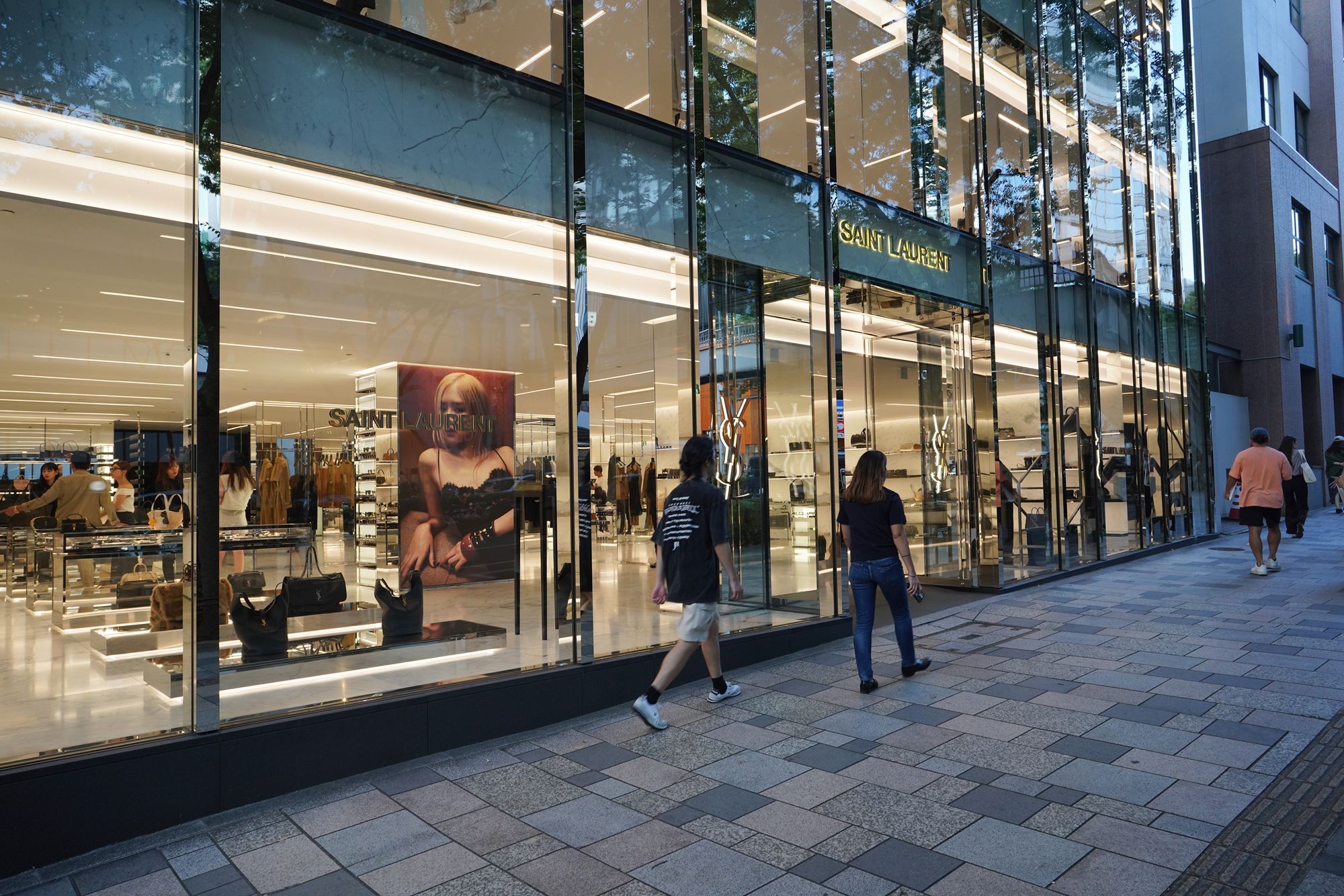
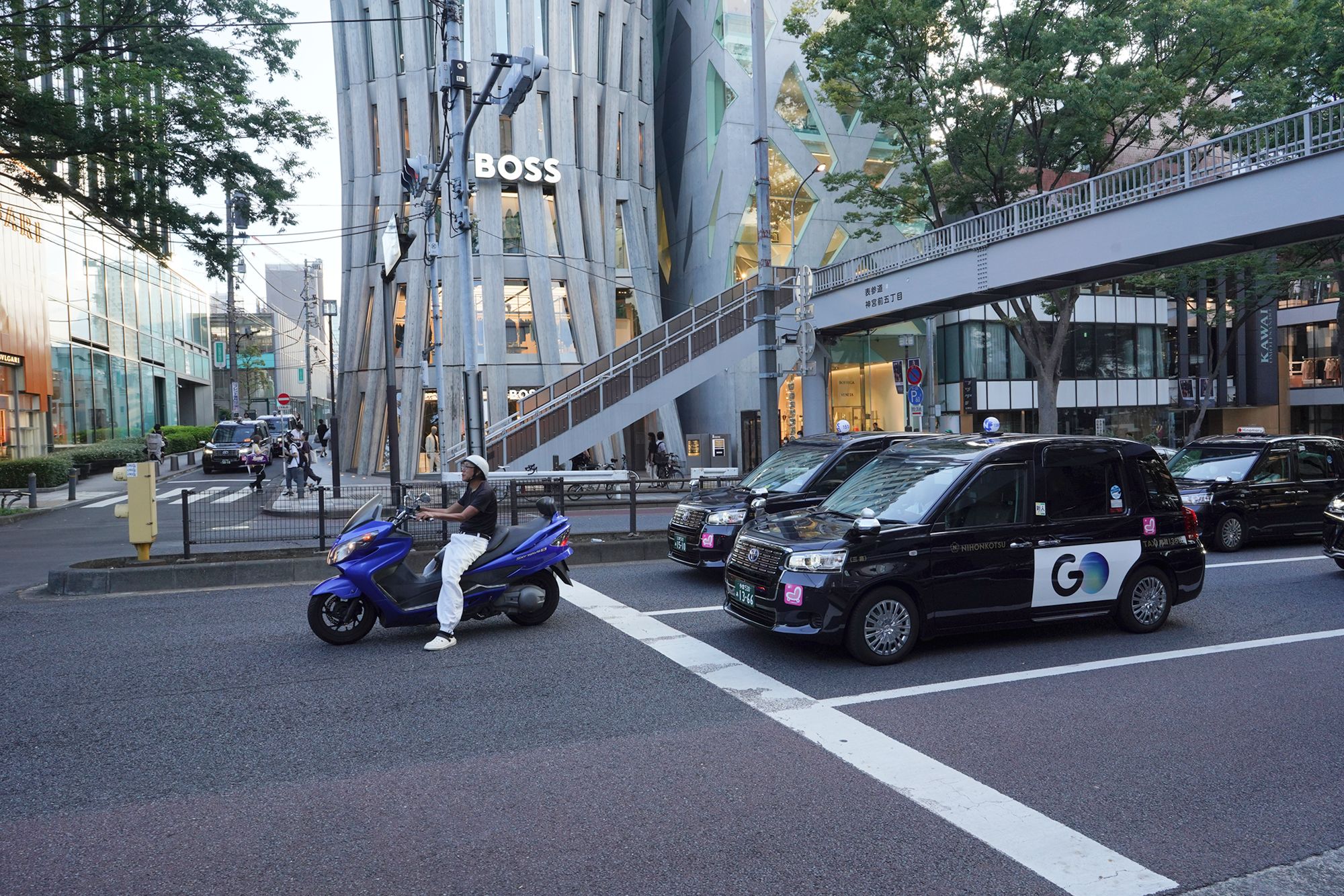
I used the overpass again to go to the other side of the street
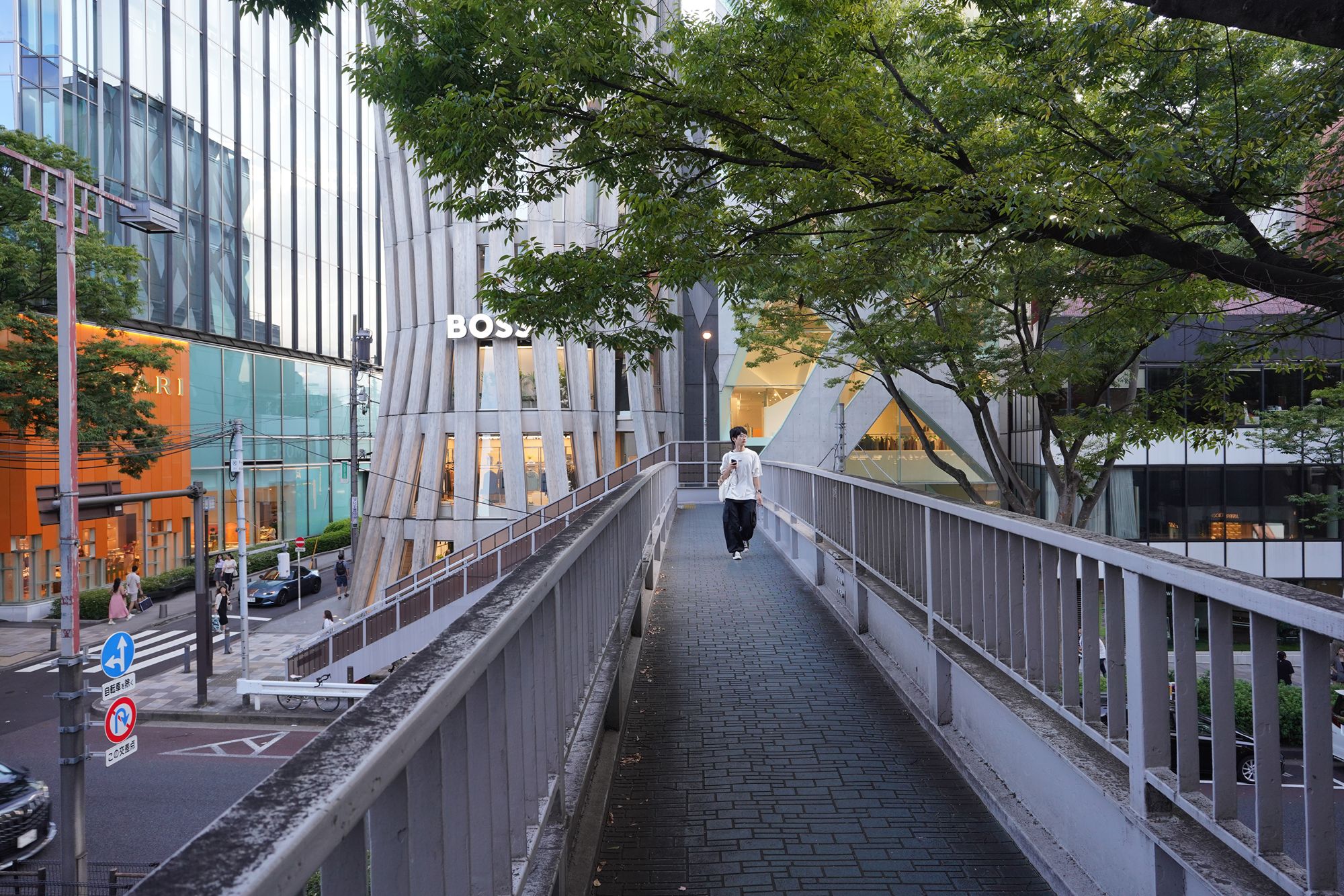
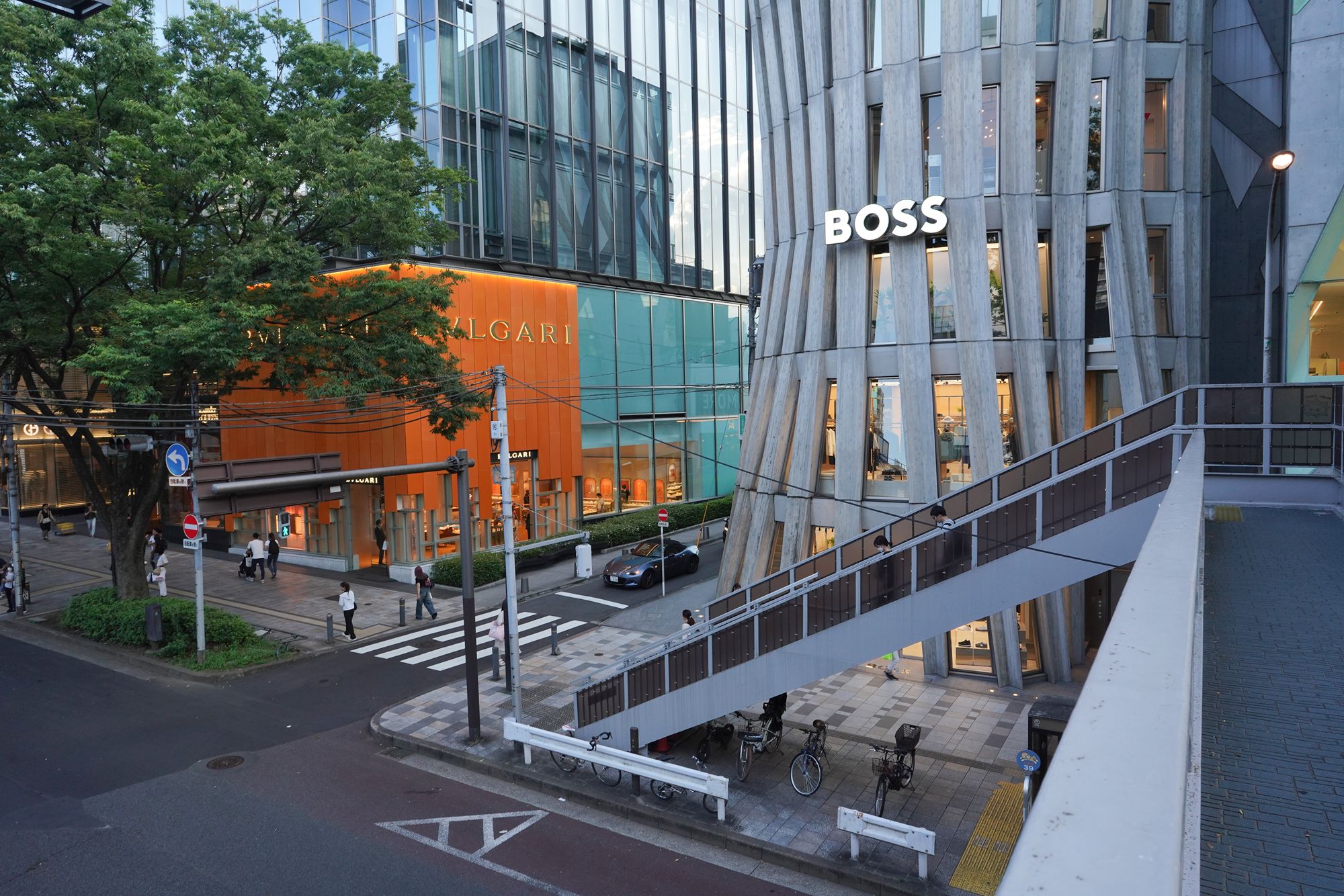
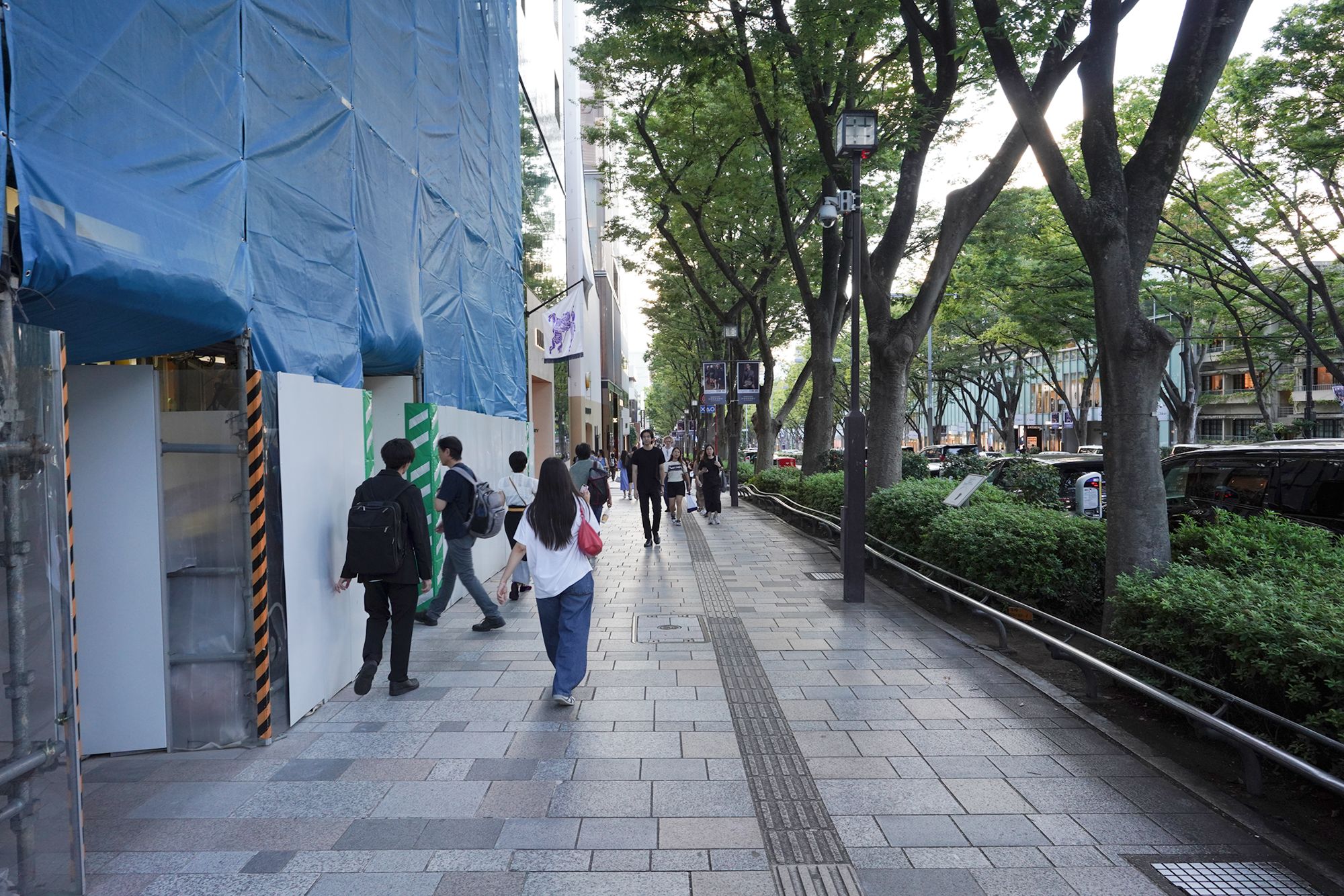
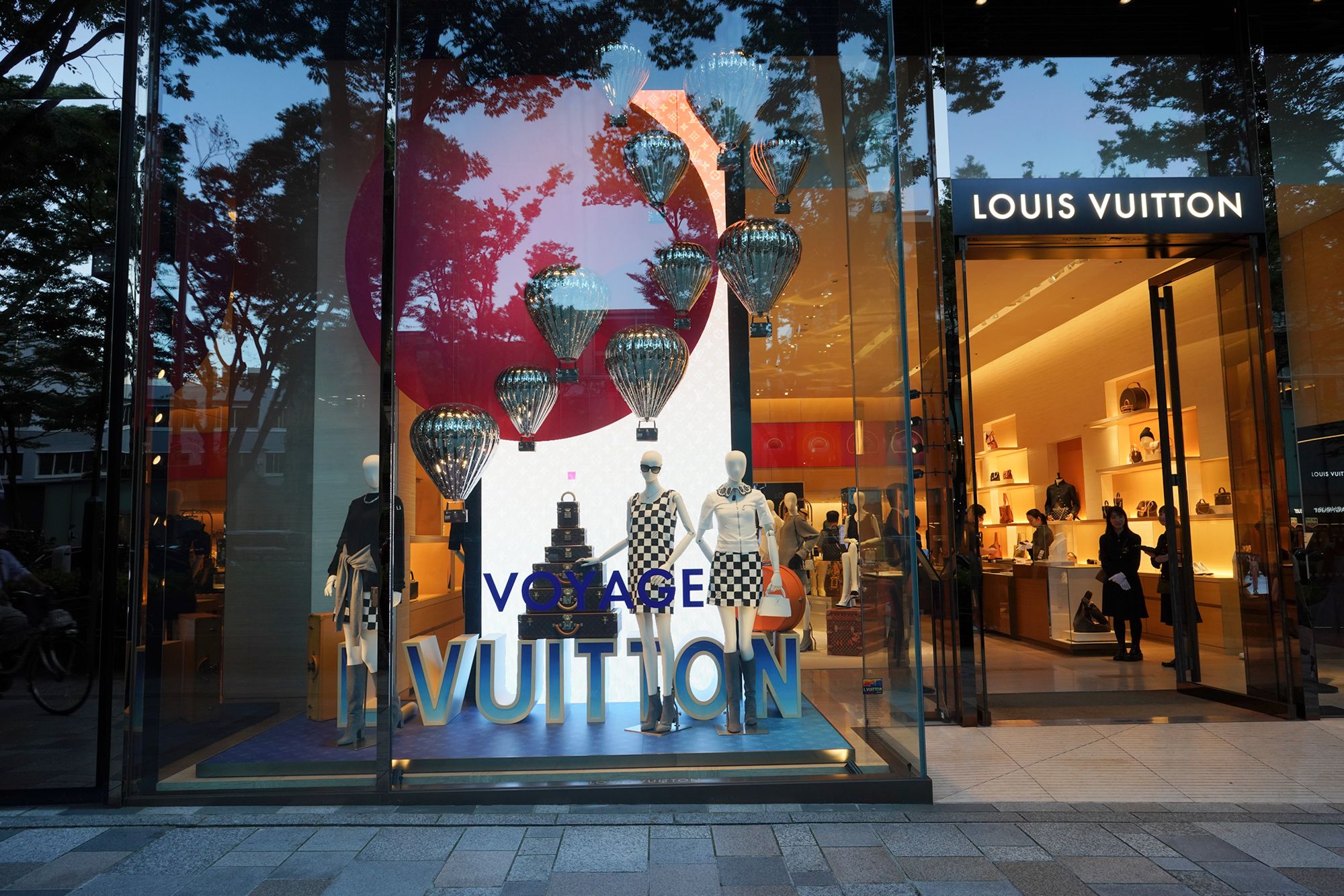
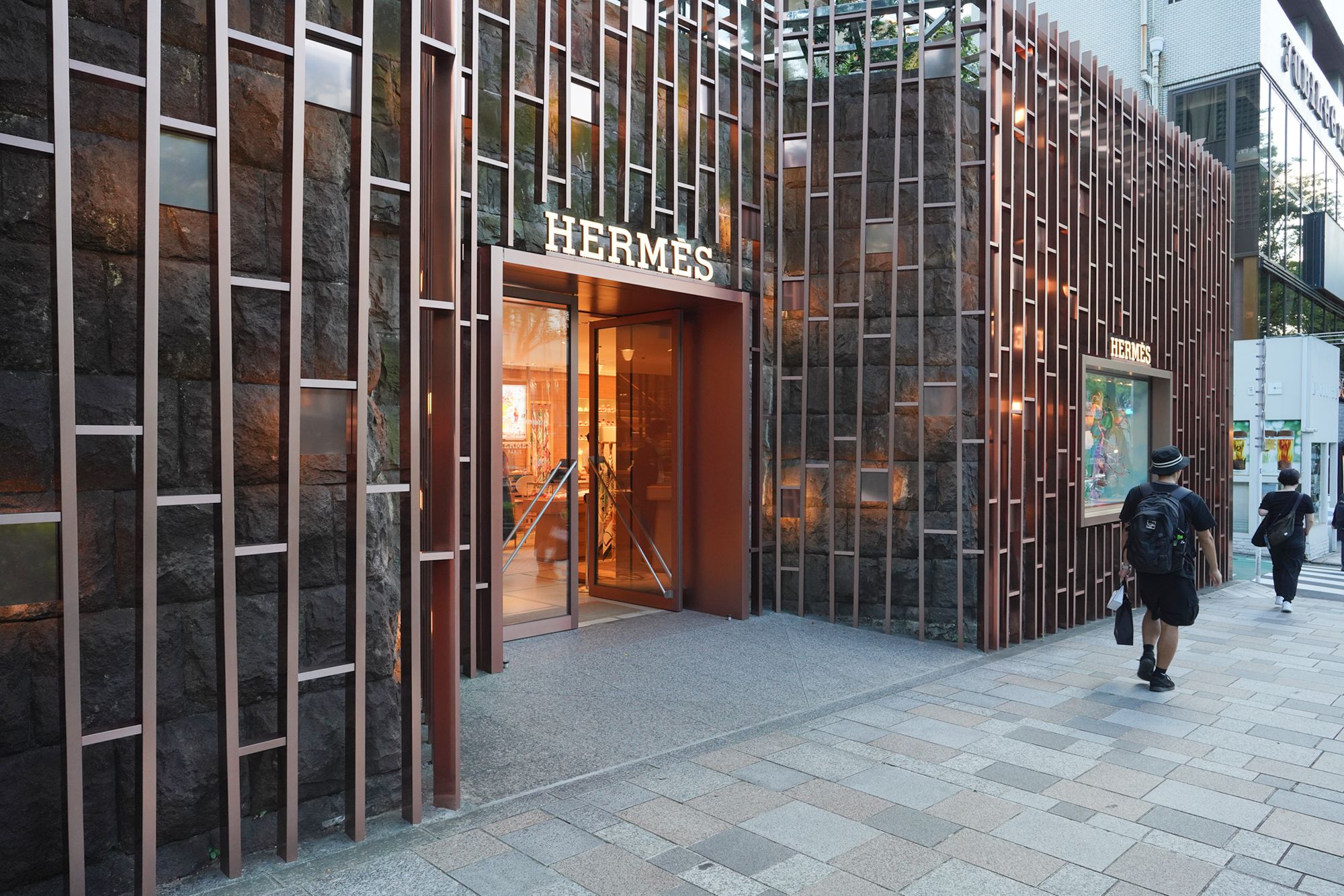
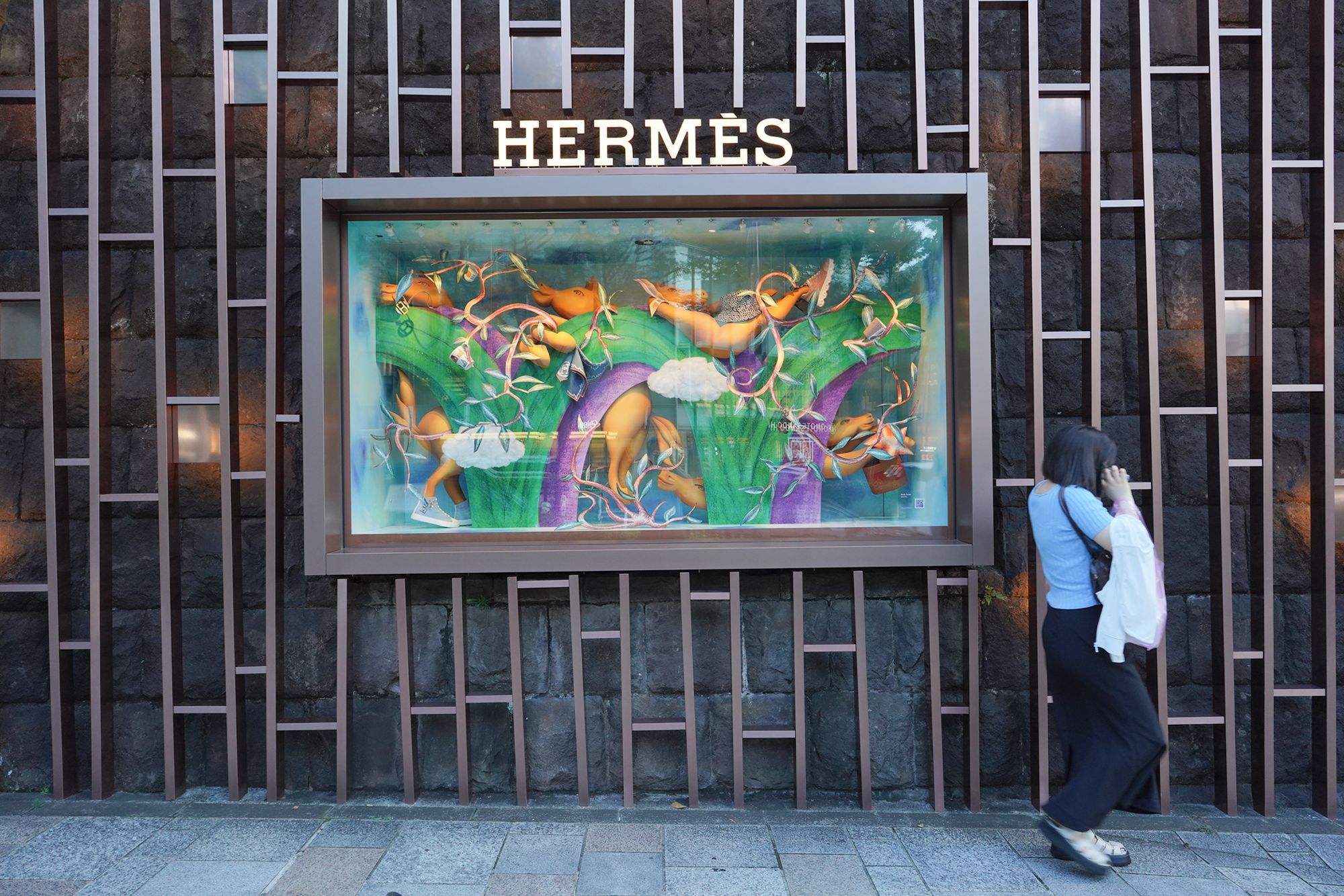
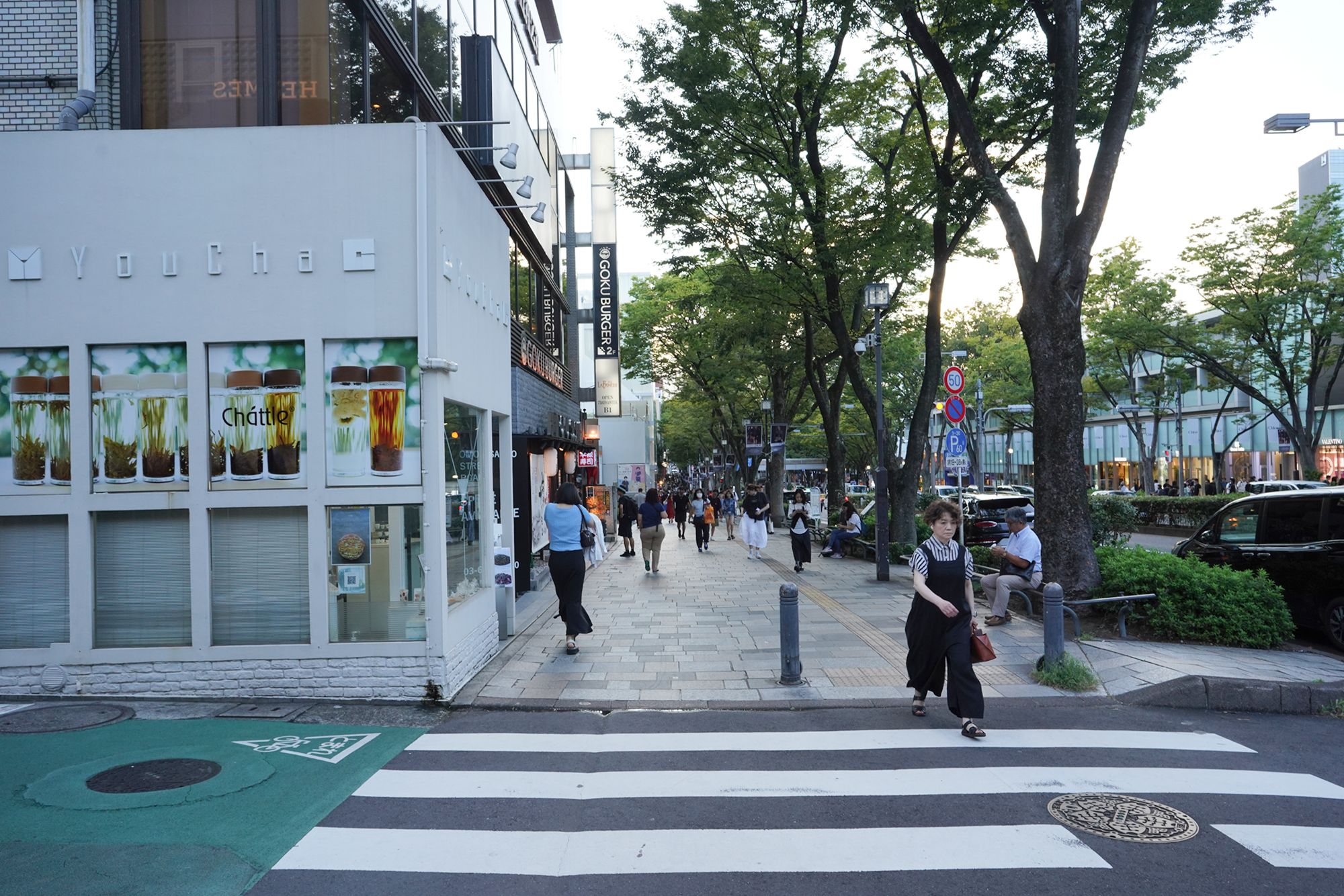
Looked back at Omotesando Hills
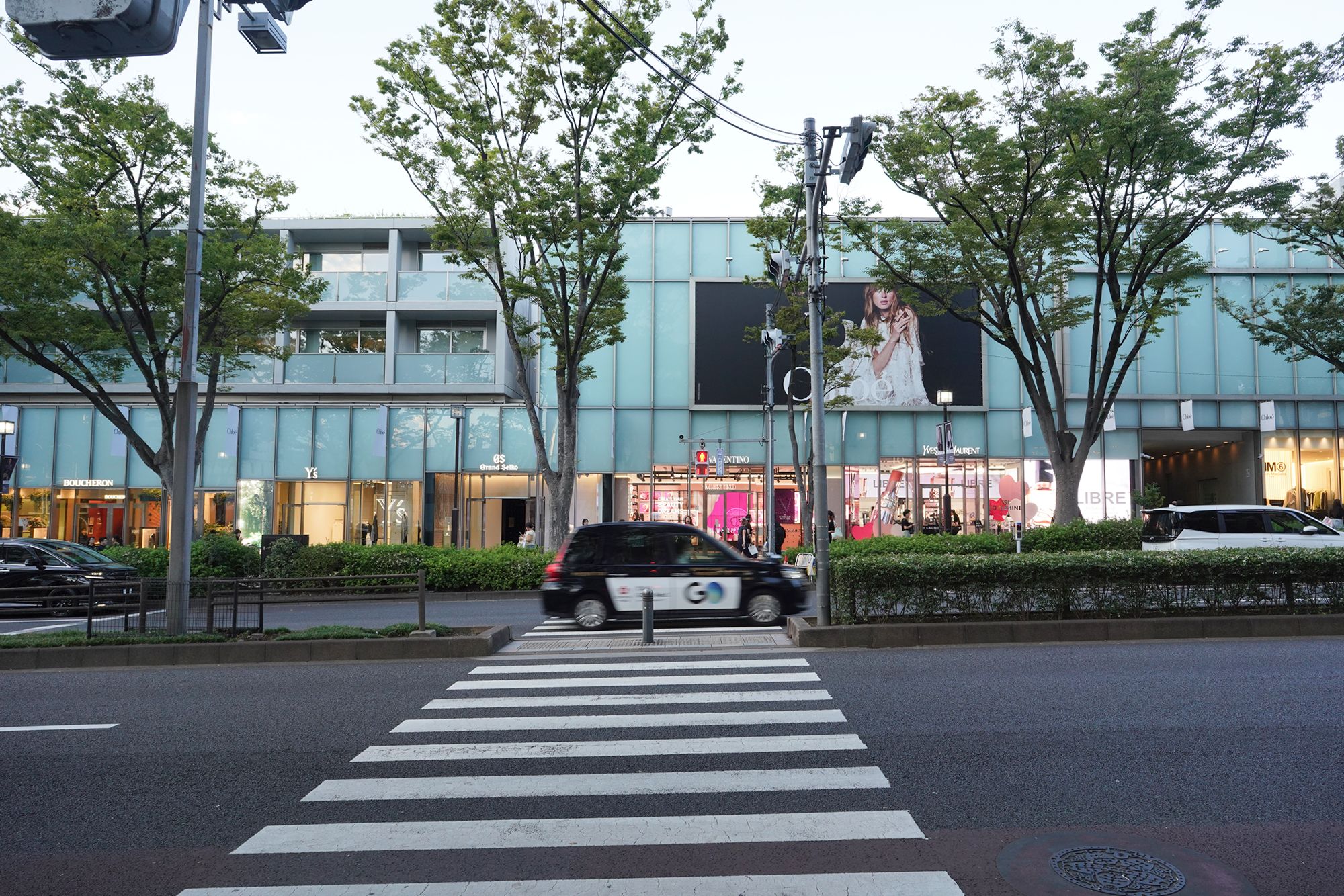
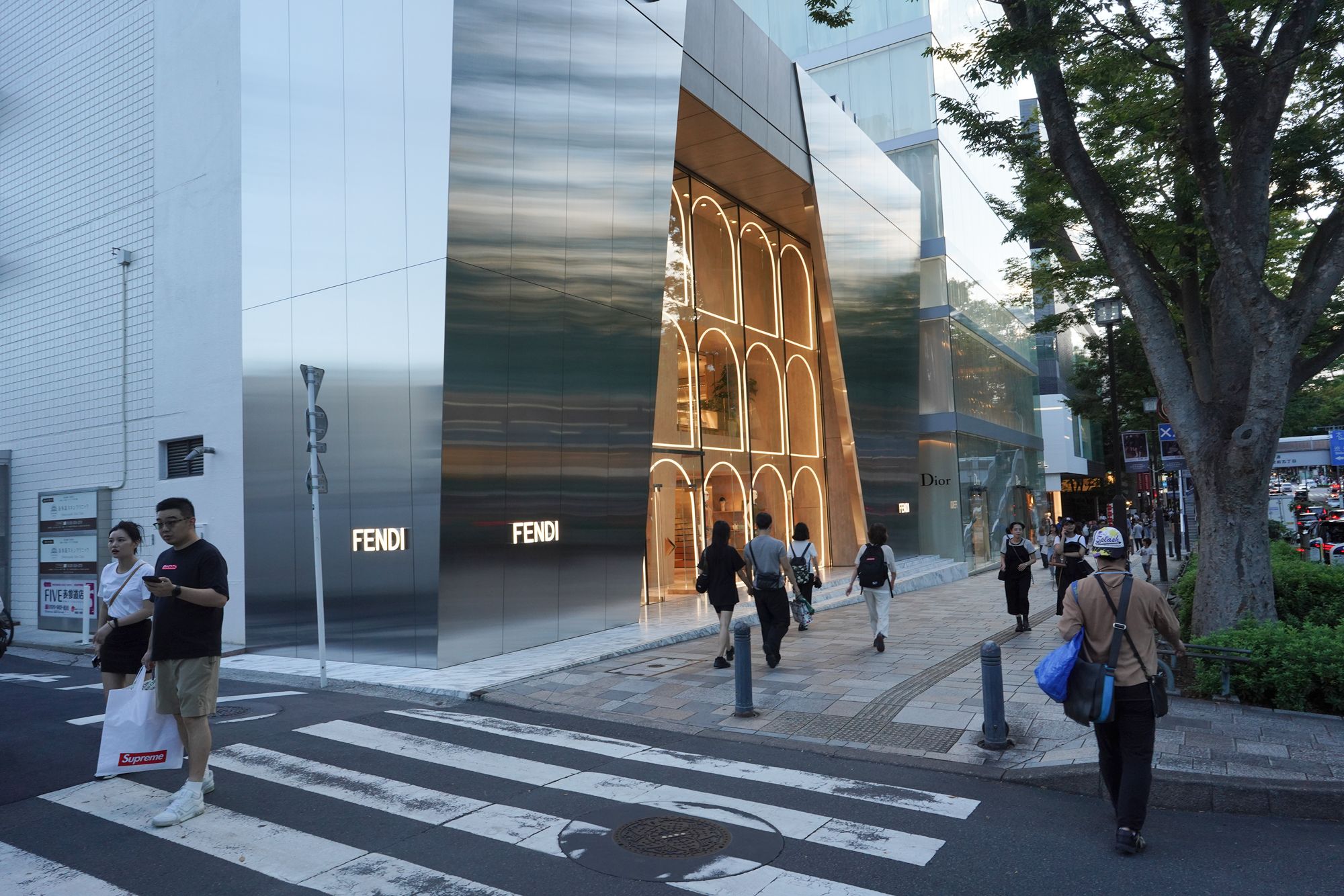
I turned left from this point onto Cat Street.
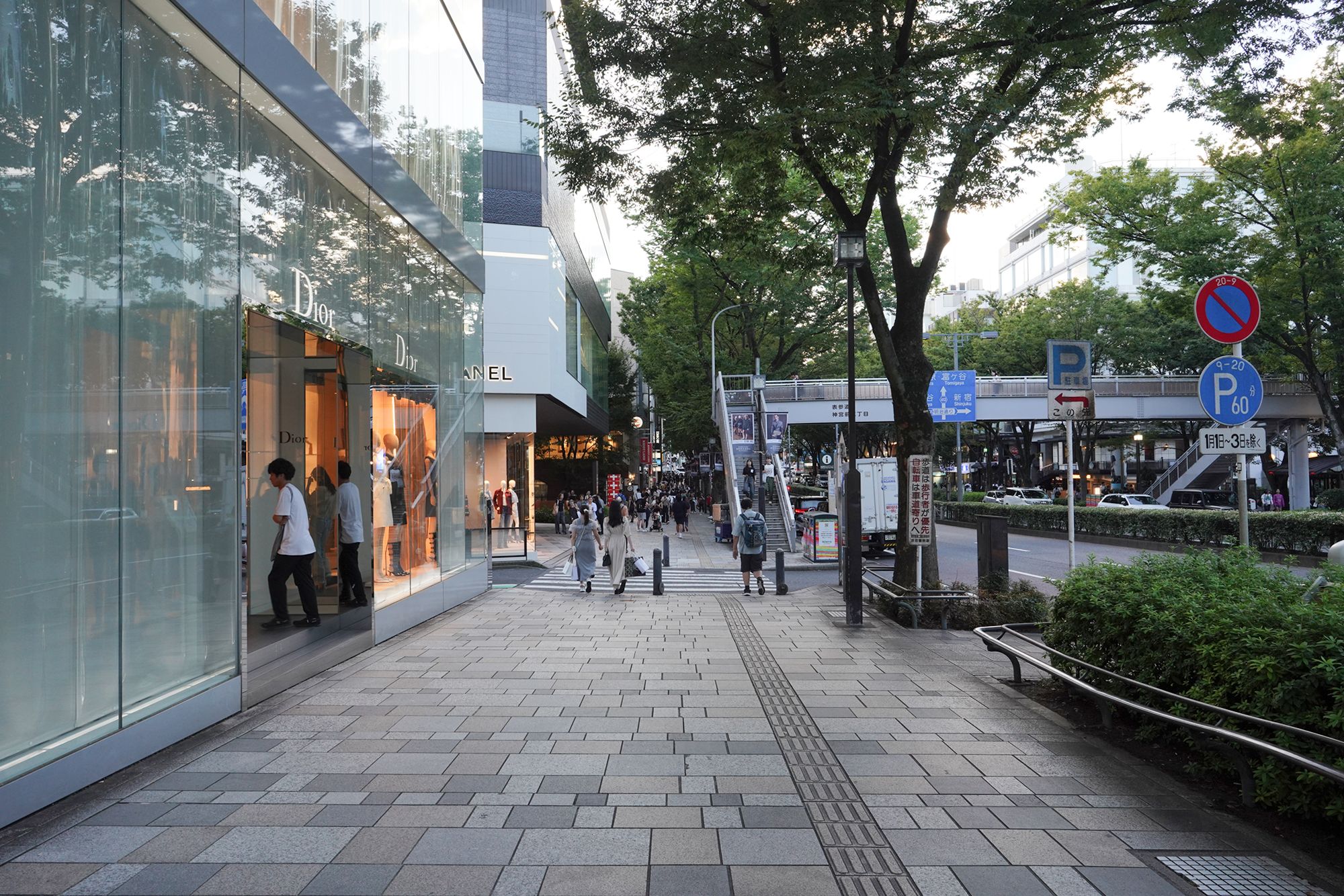

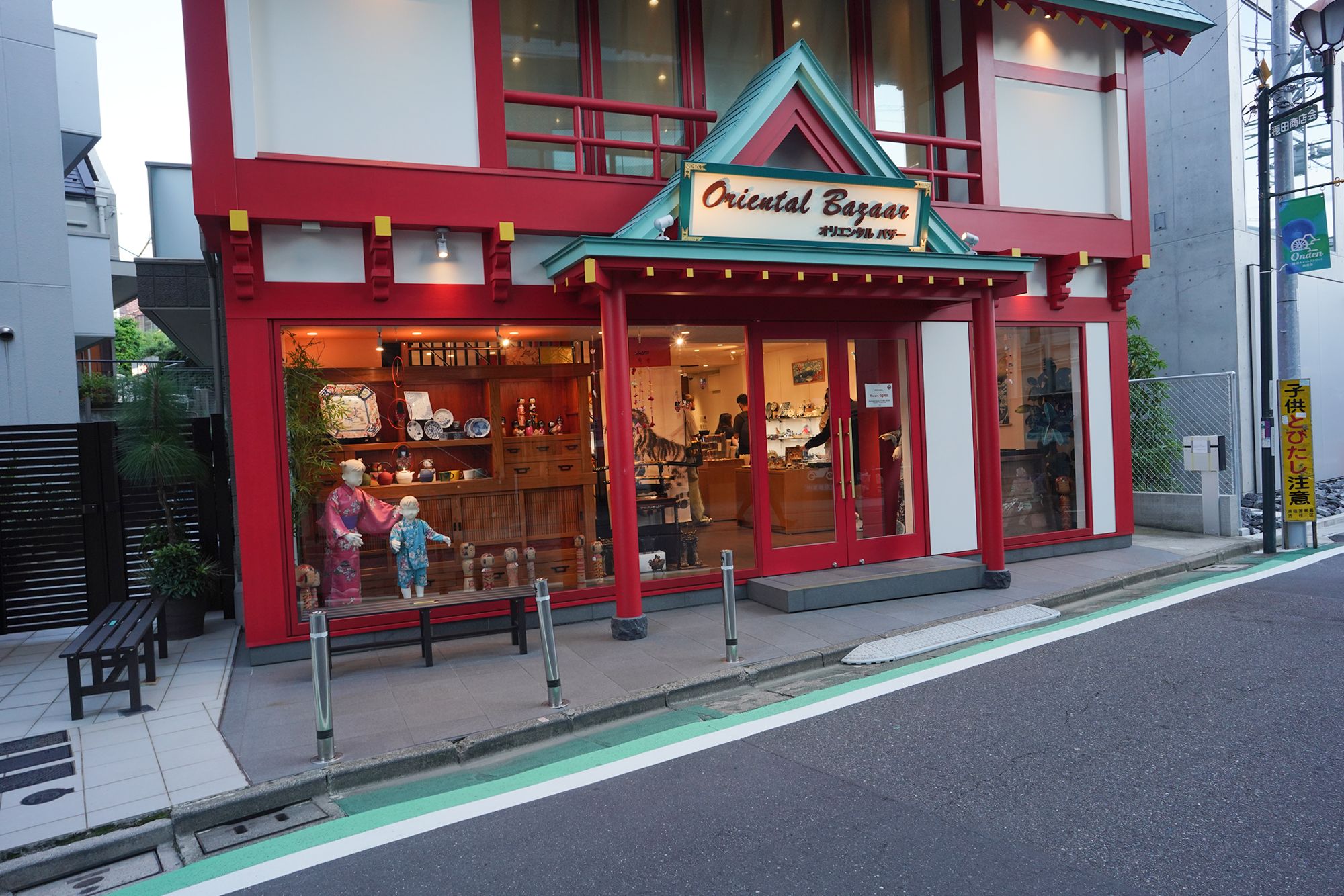
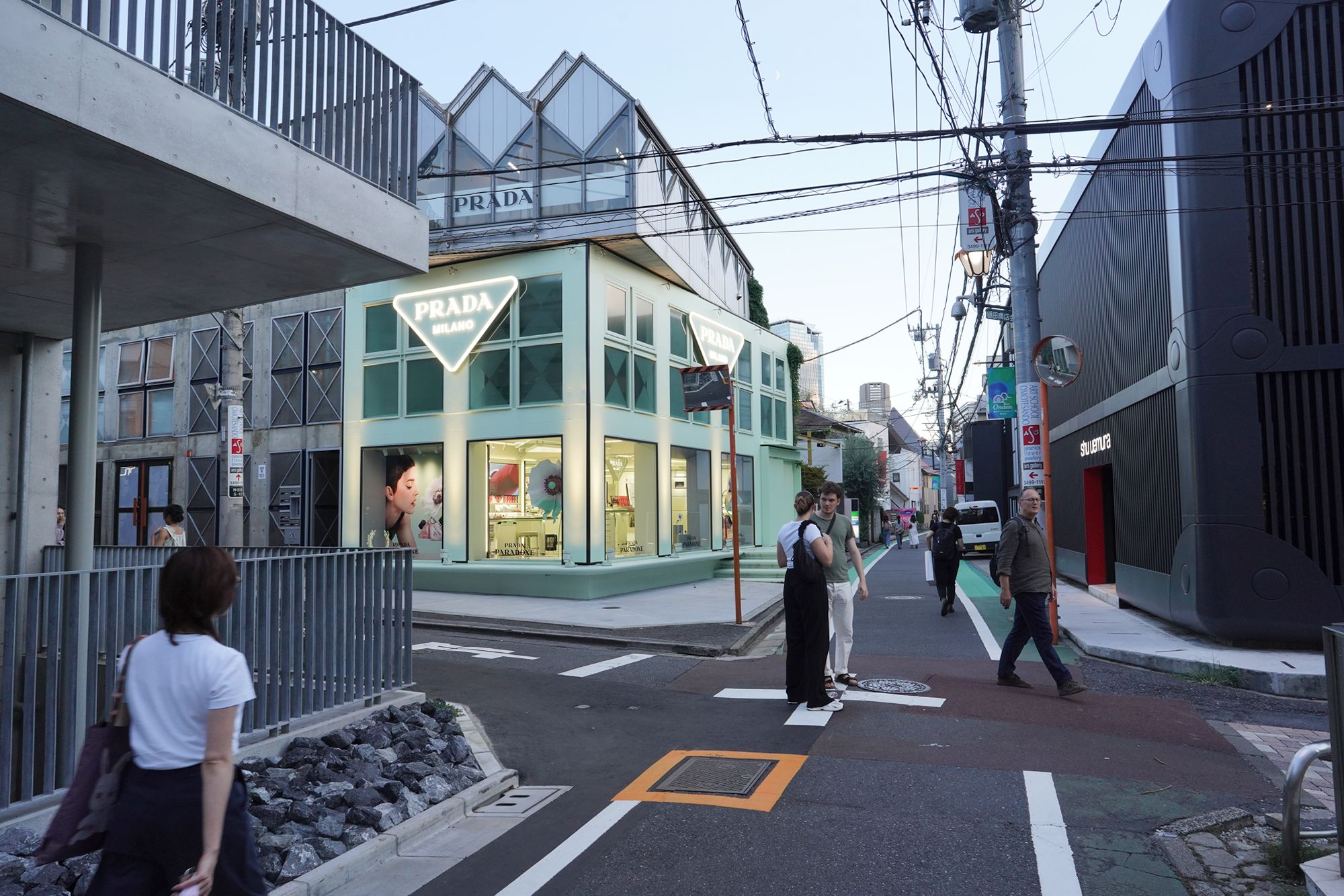
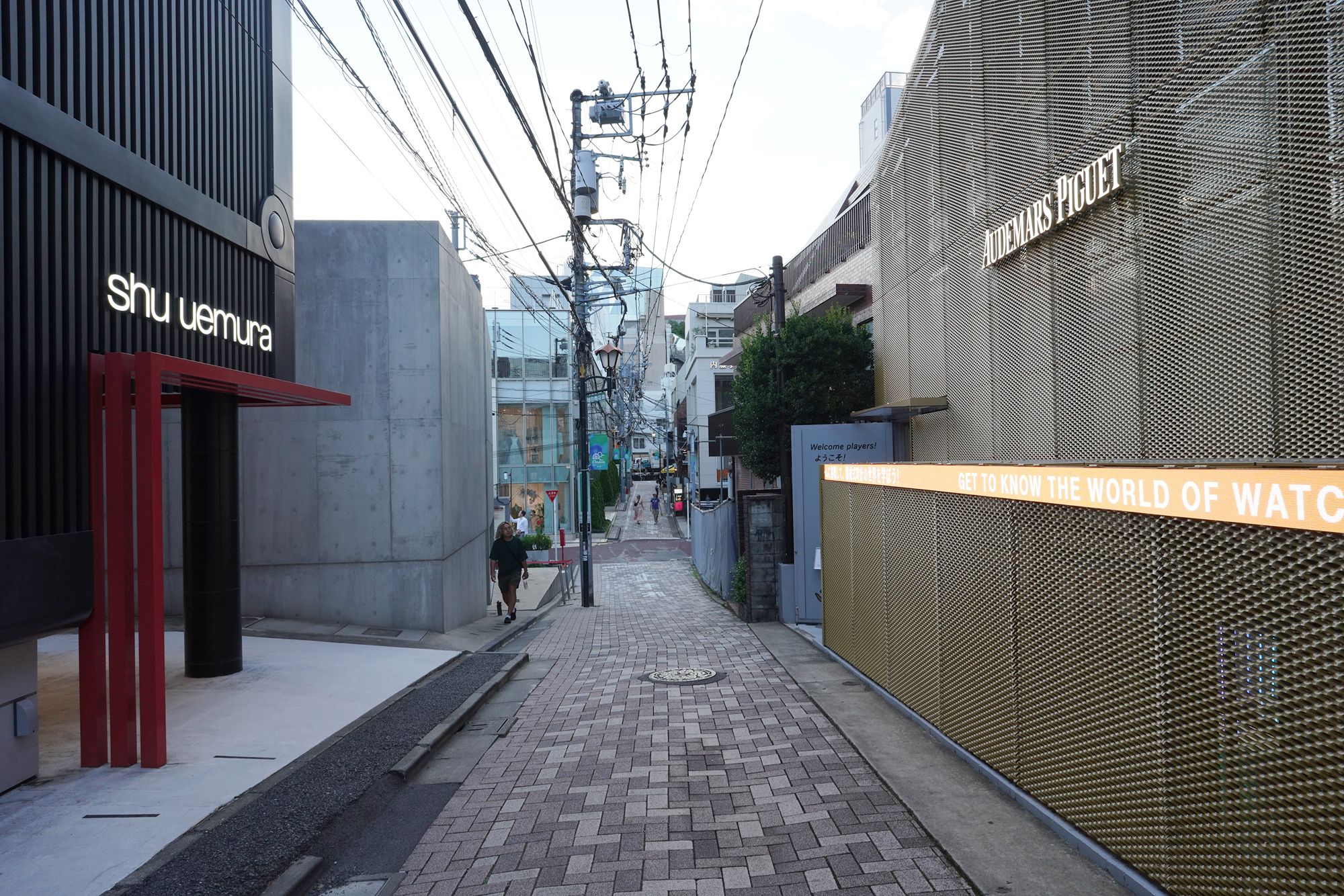
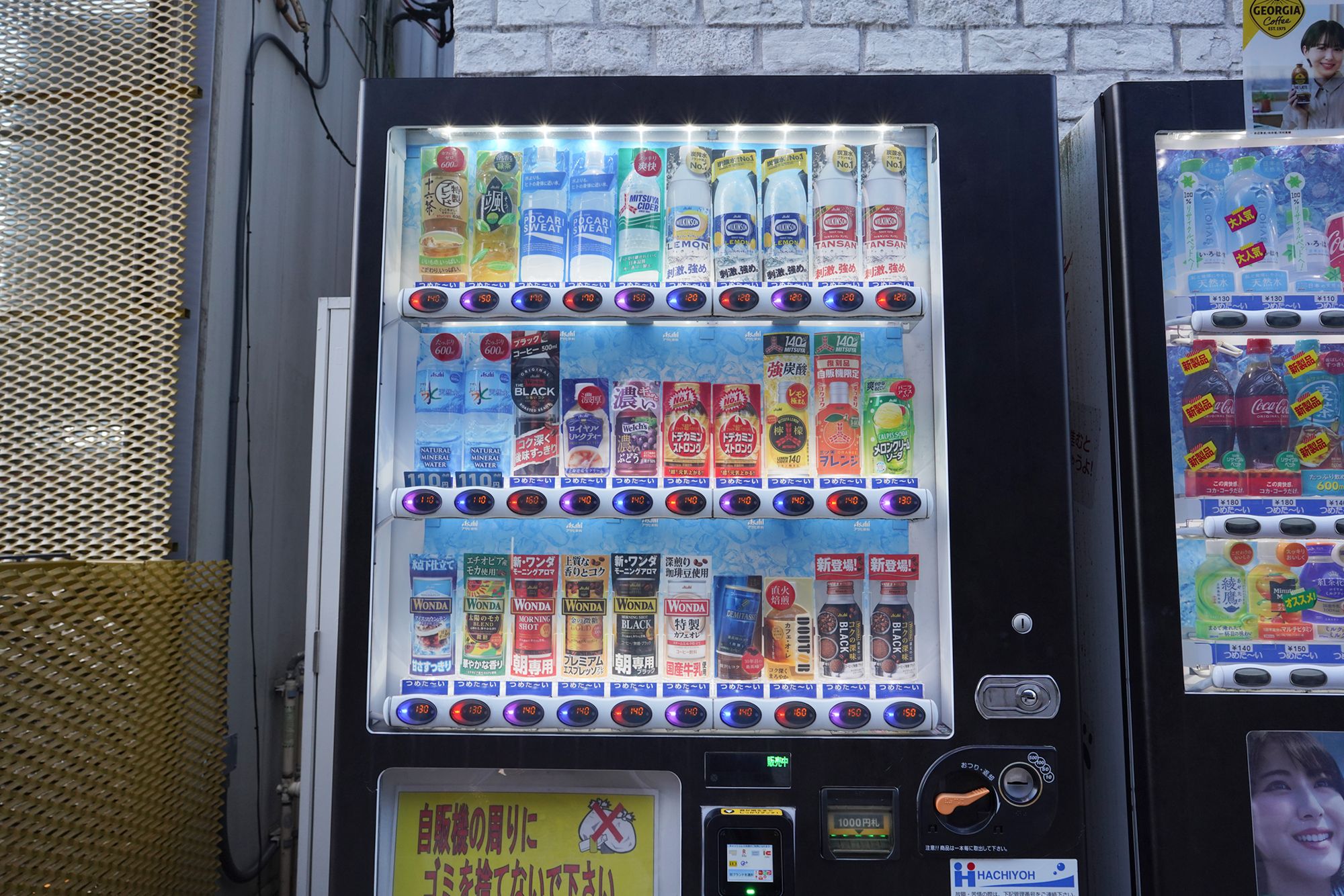
Cat Street, officially known as Kyu-Shibuya-gawa Yuhodoro (旧渋谷川遊歩道路), is a vibrant pedestrian avenue connecting Tokyo’s Harajuku and Shibuya districts. Renowned as the spiritual home of Tokyo’s street fashion culture, it offers a unique blend of trendy boutiques, stylish cafes, and a laid-back atmosphere, making it a must-visit for fashion enthusiasts and culture seekers.
